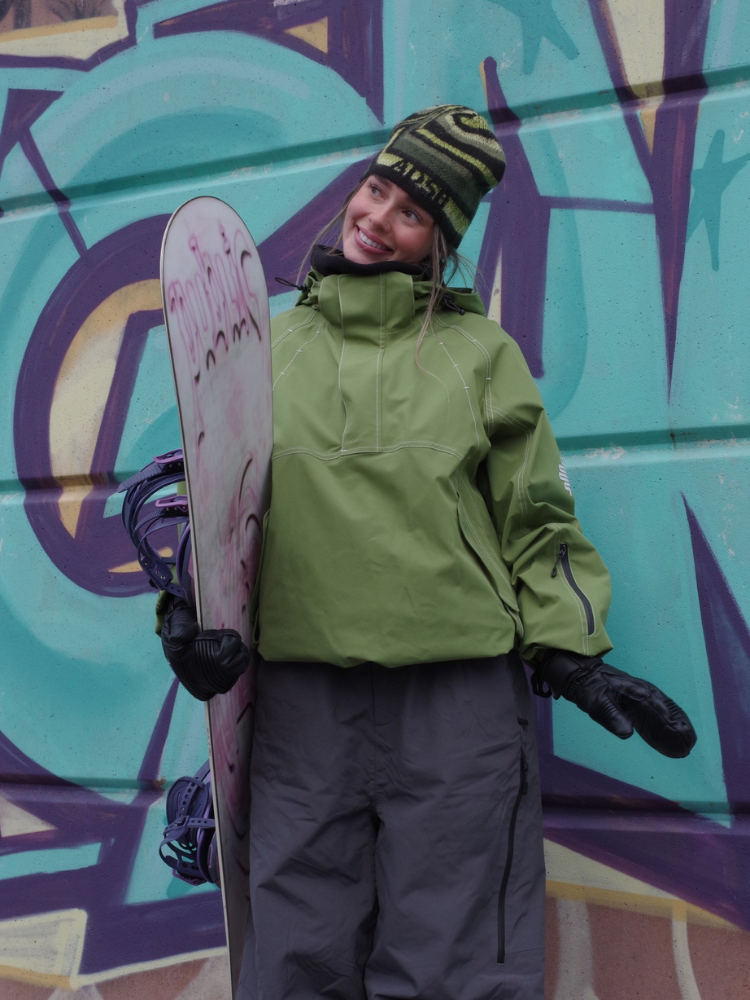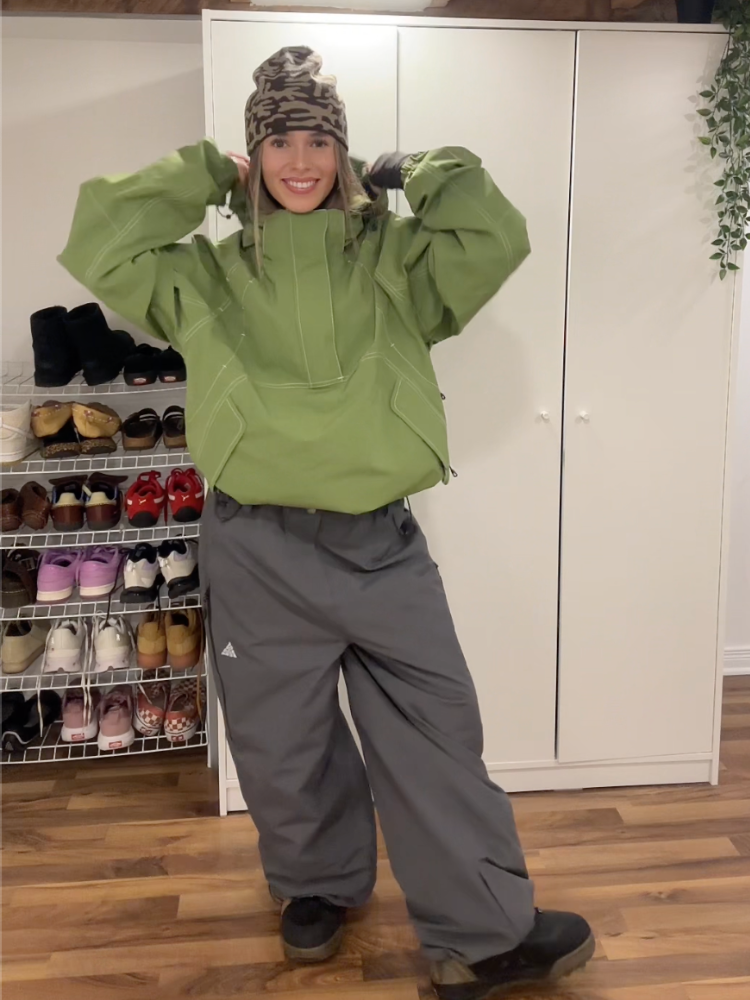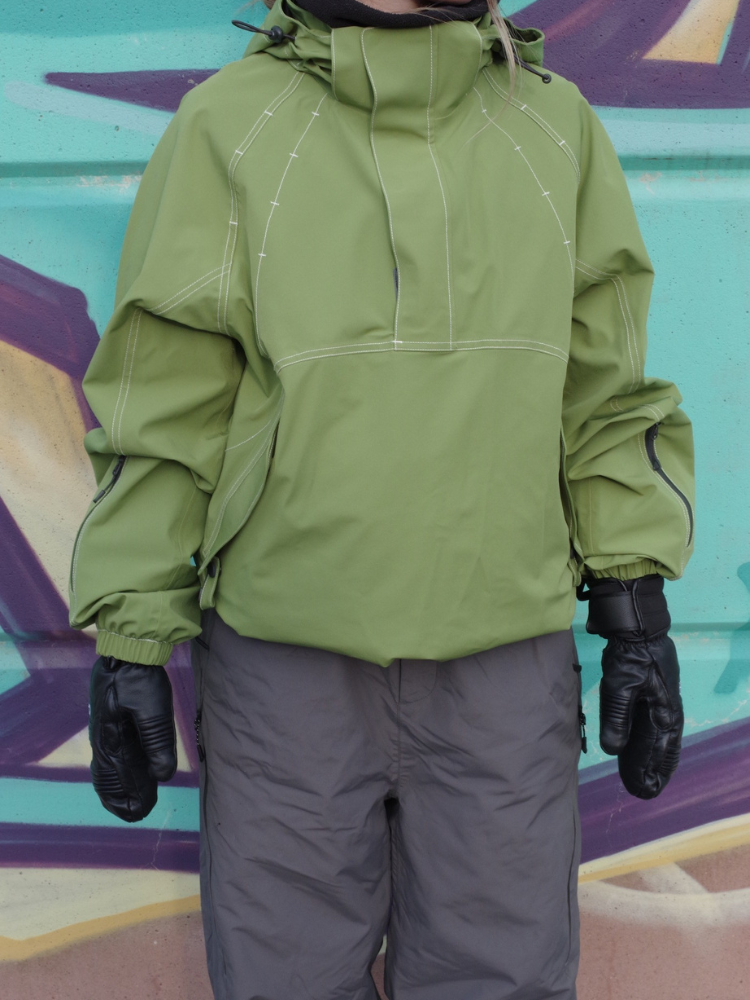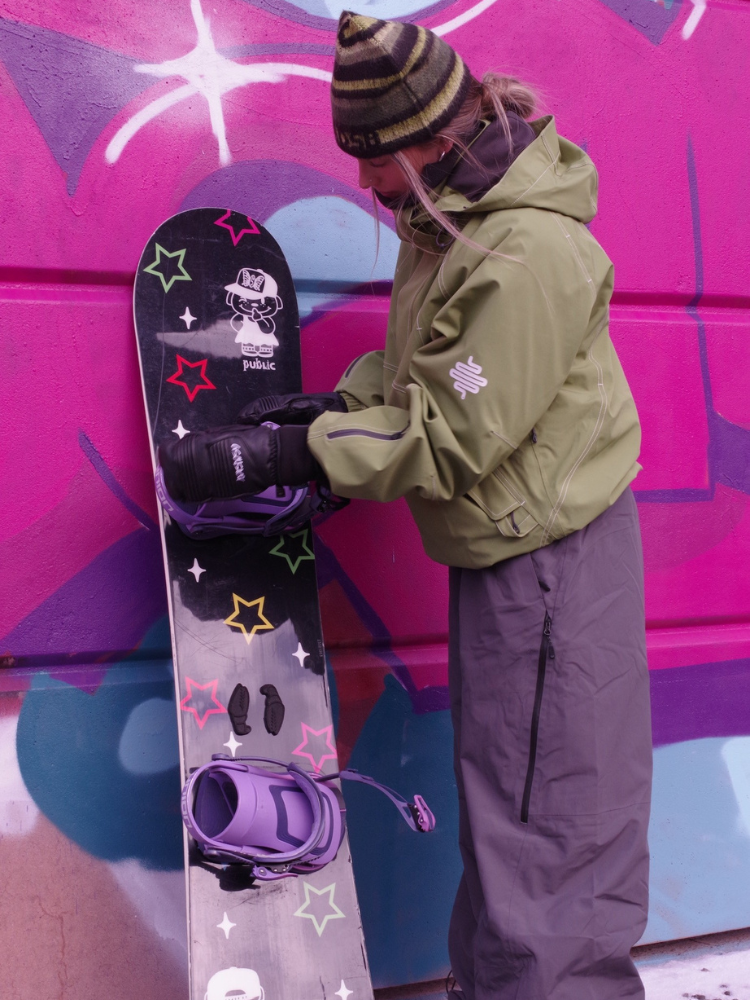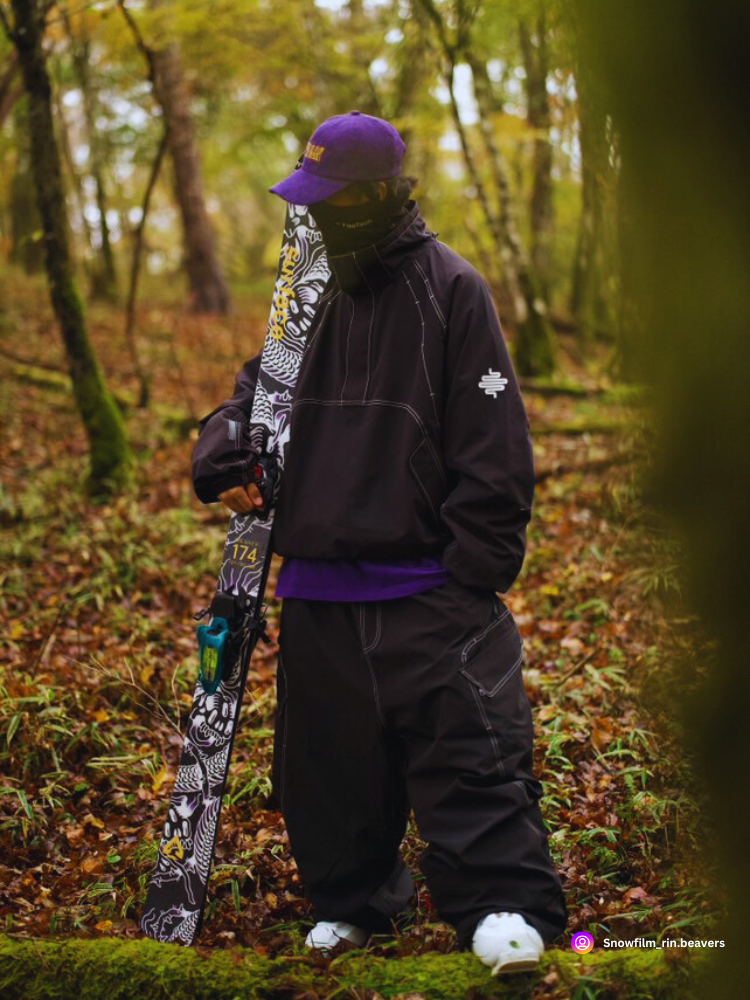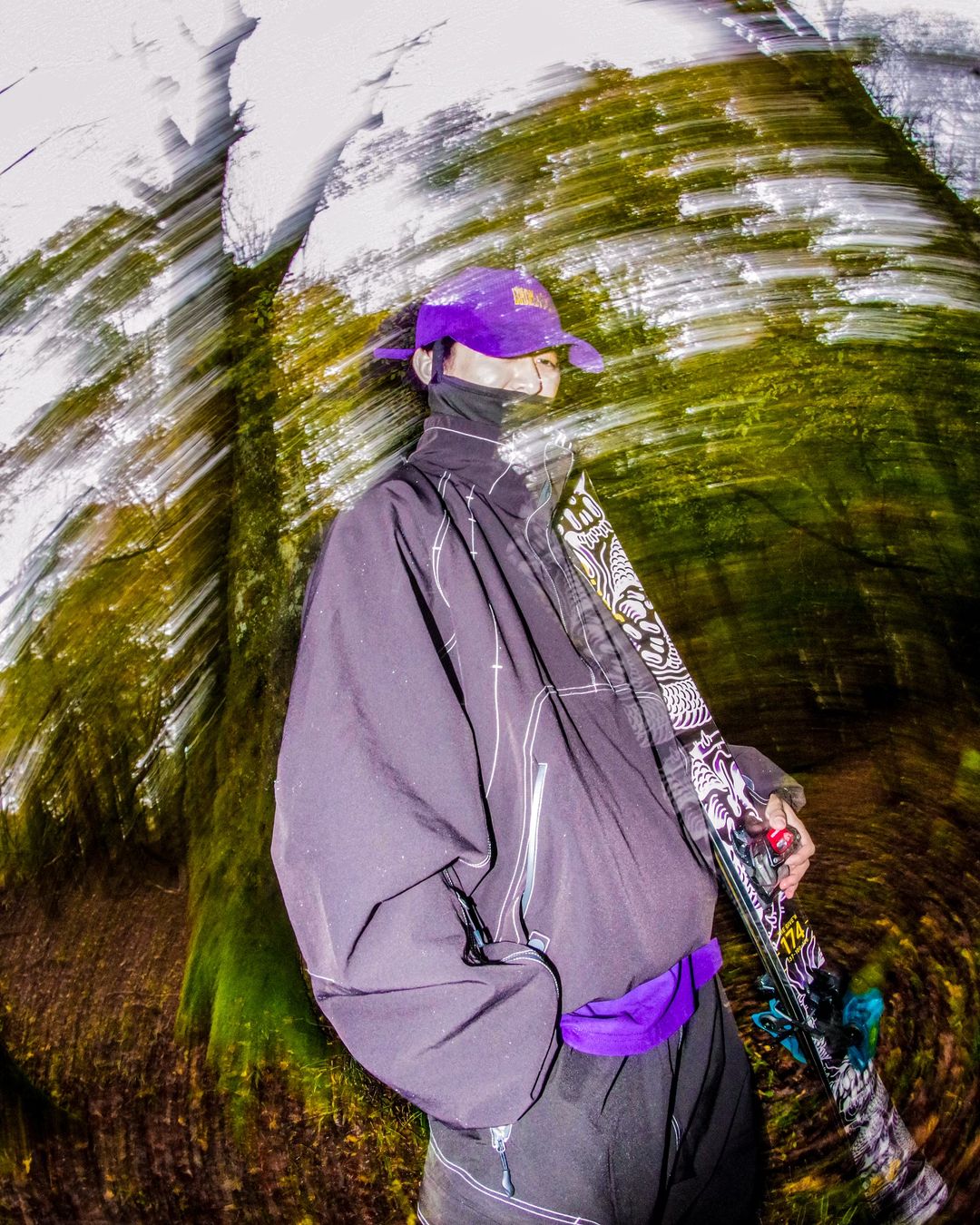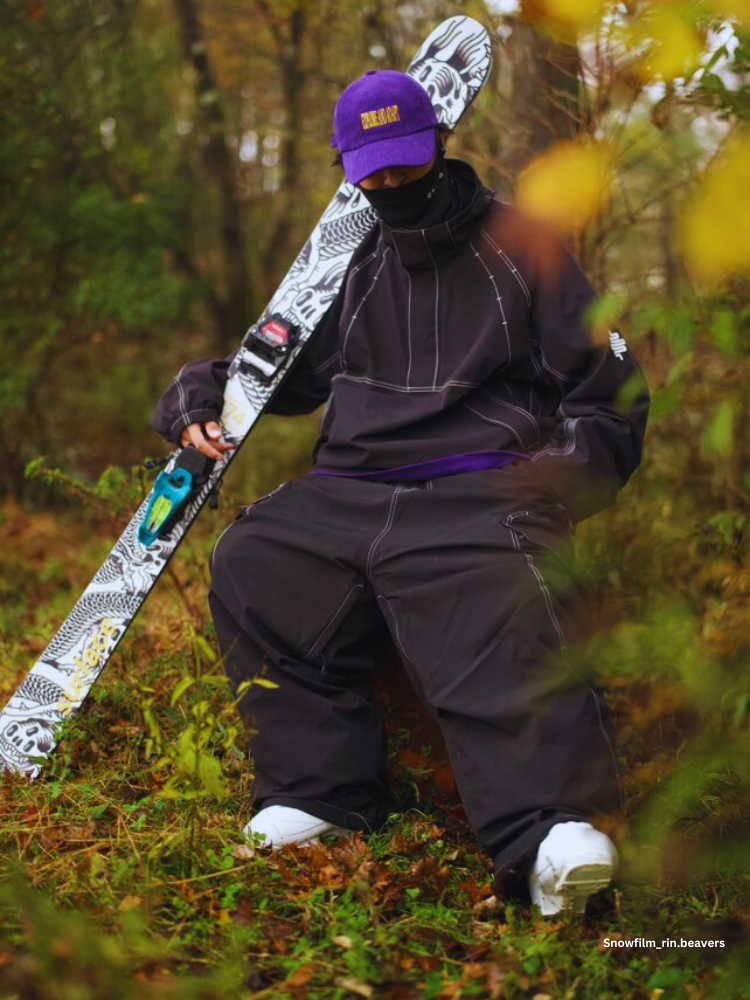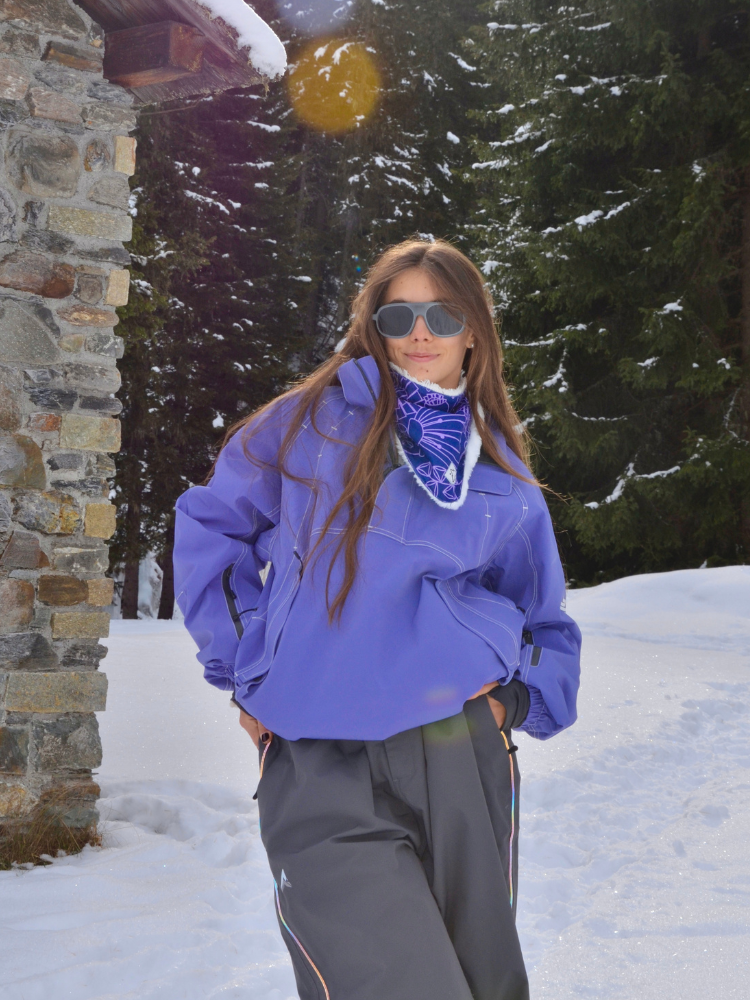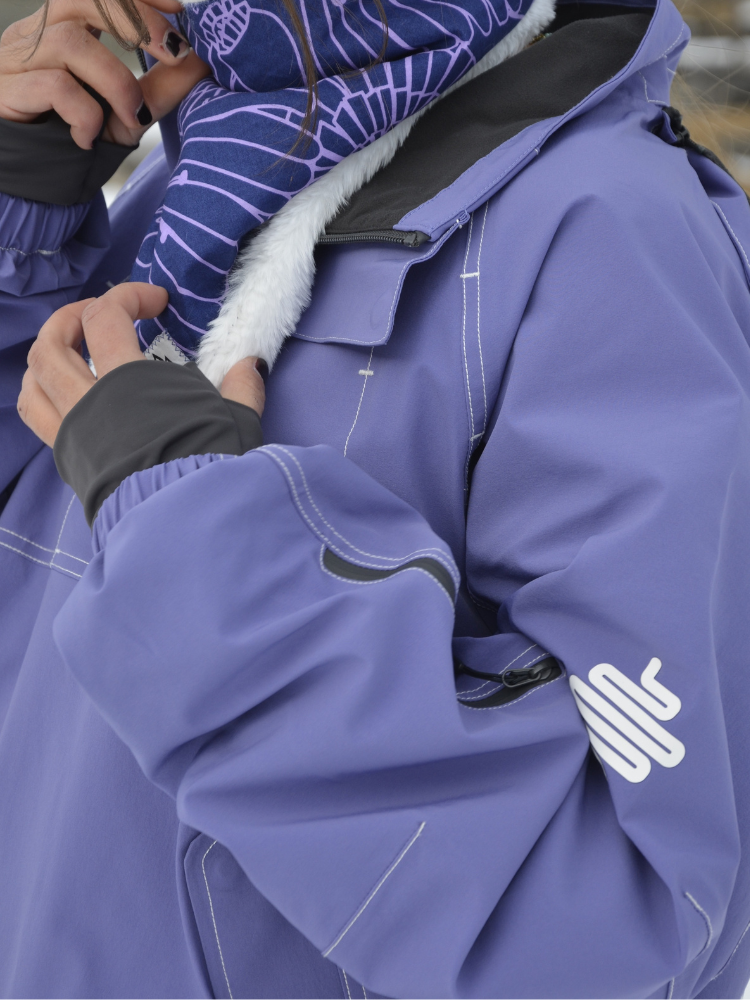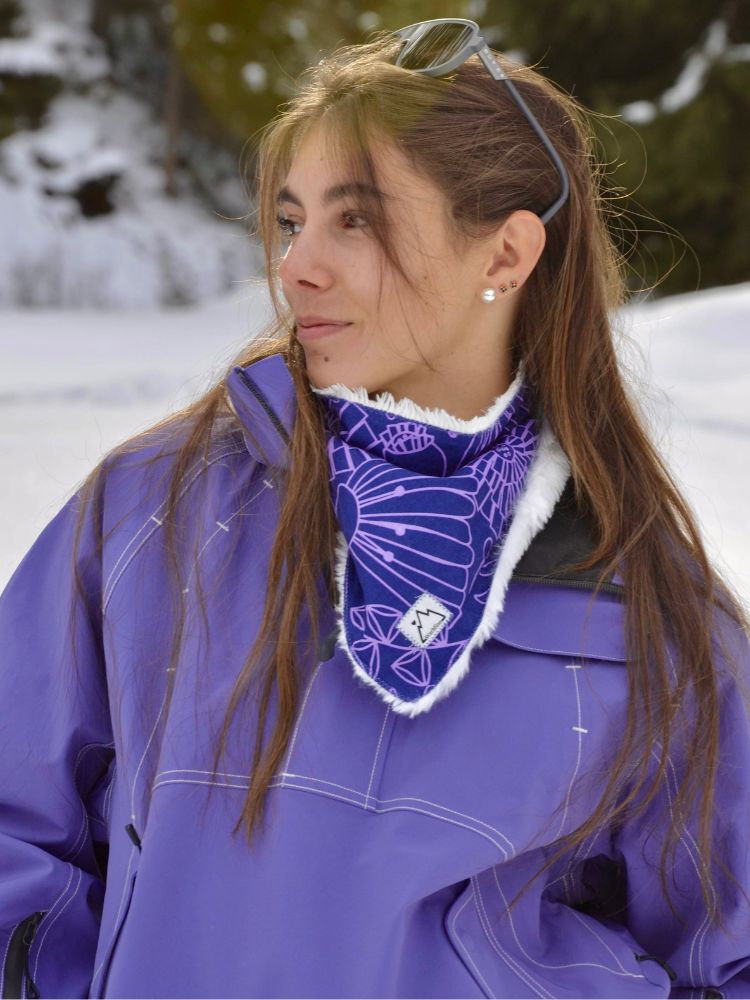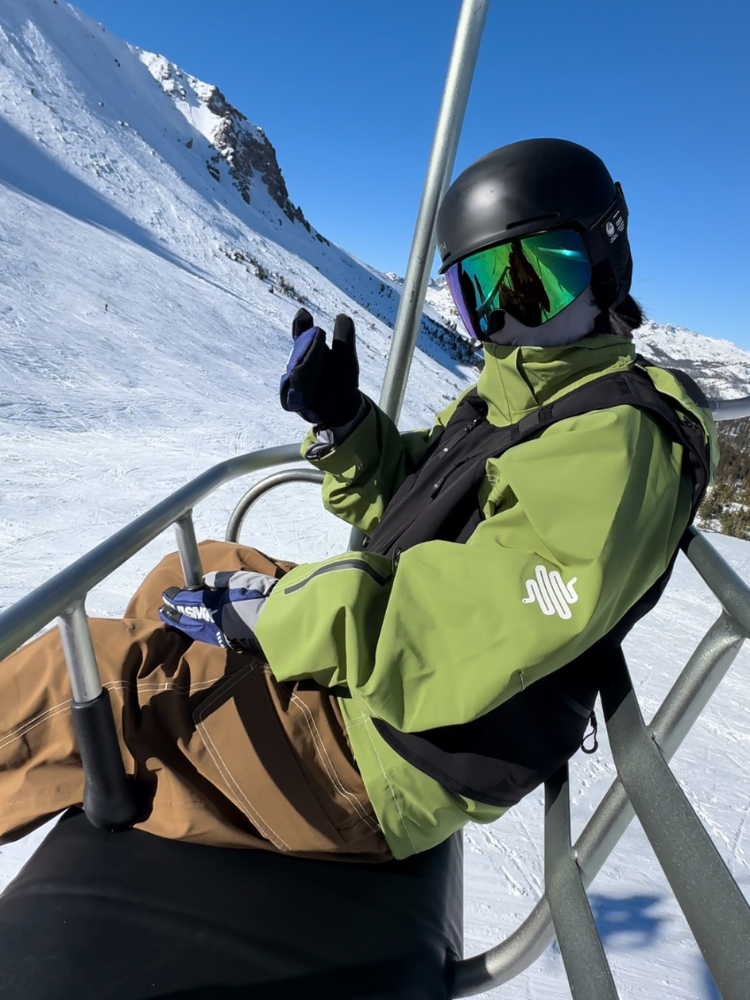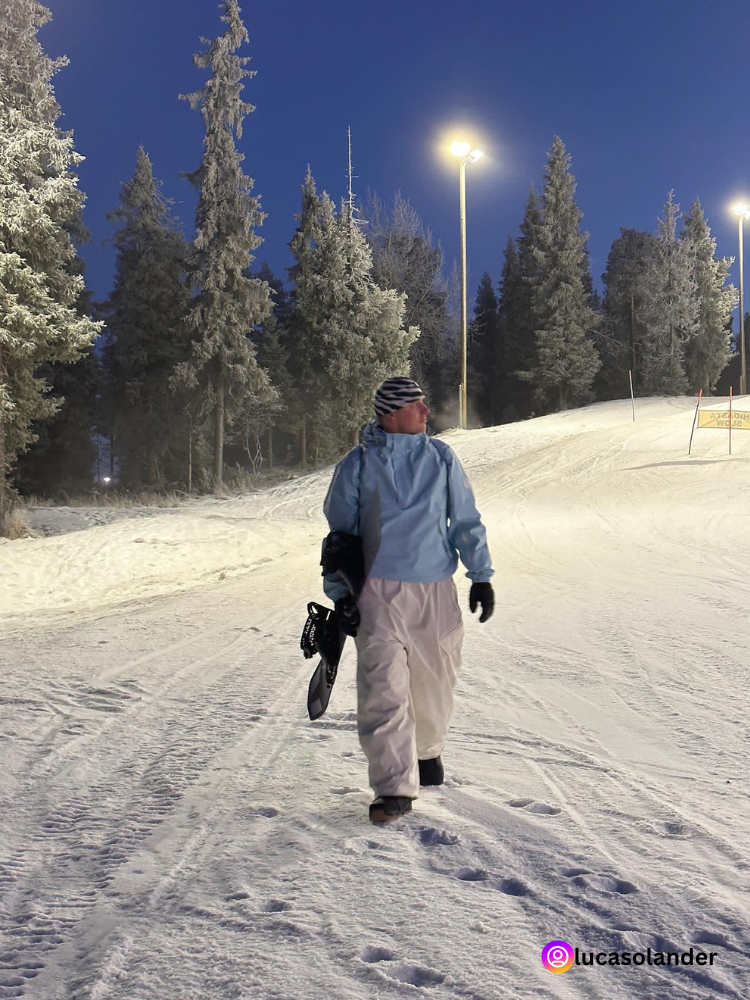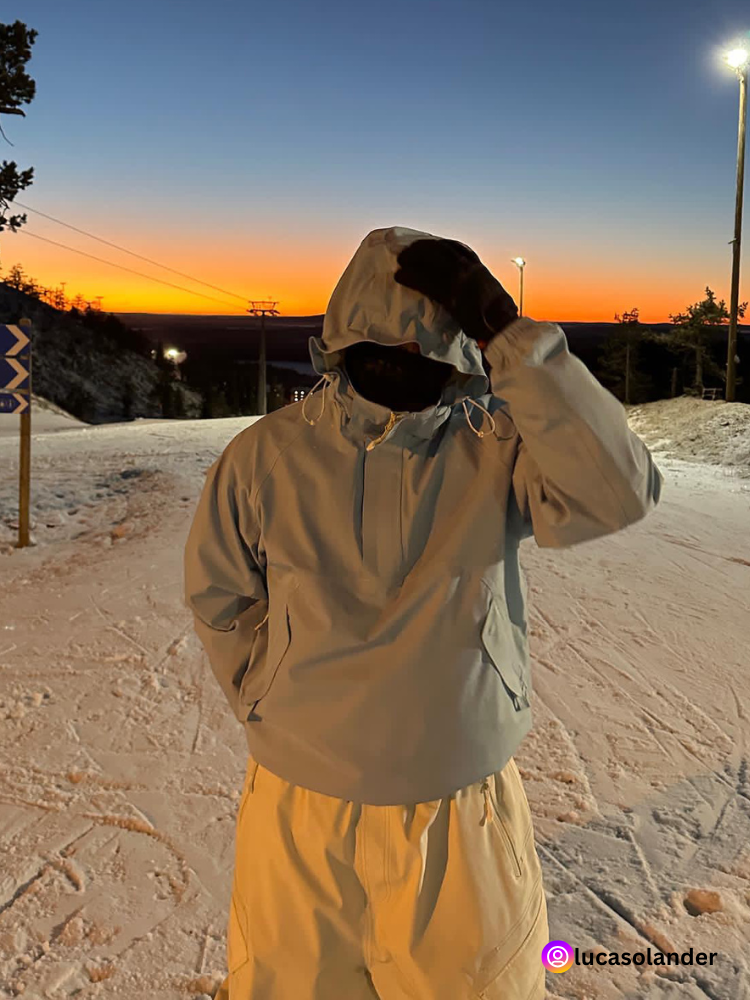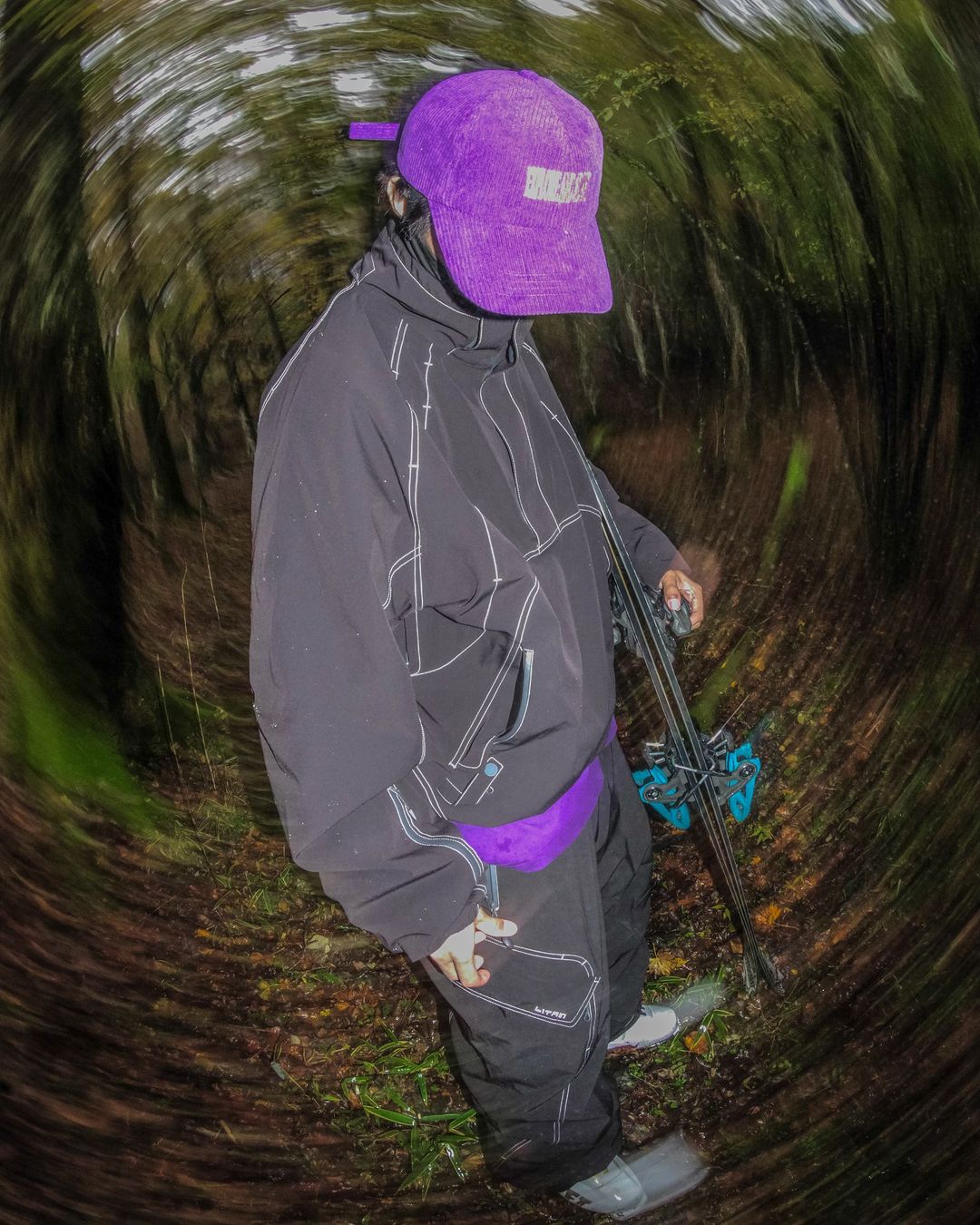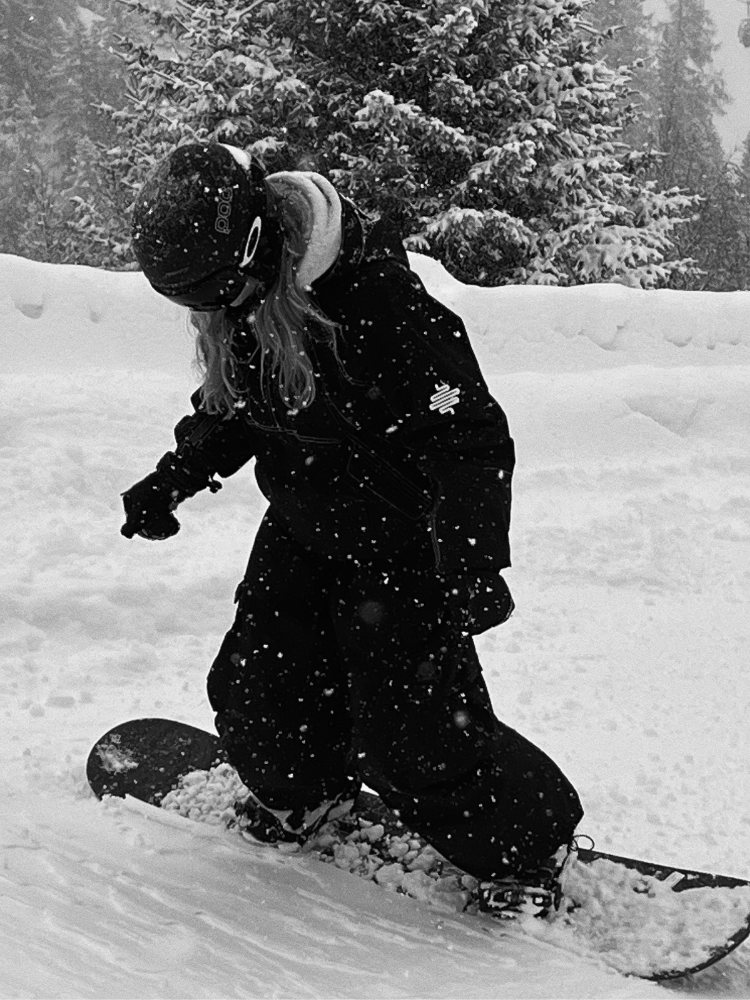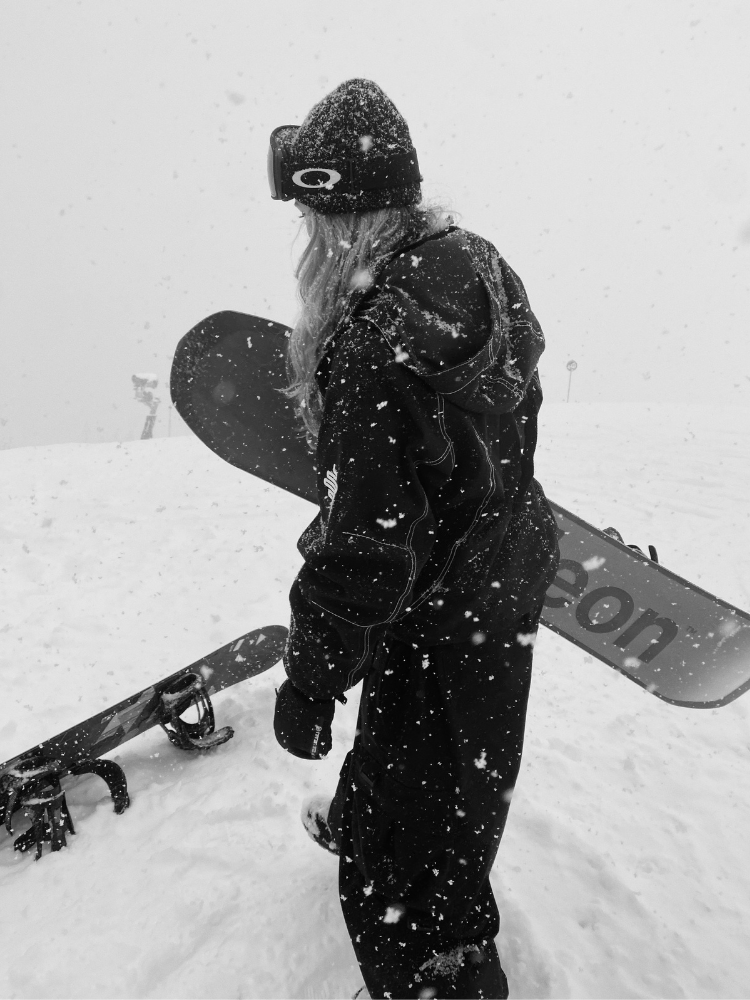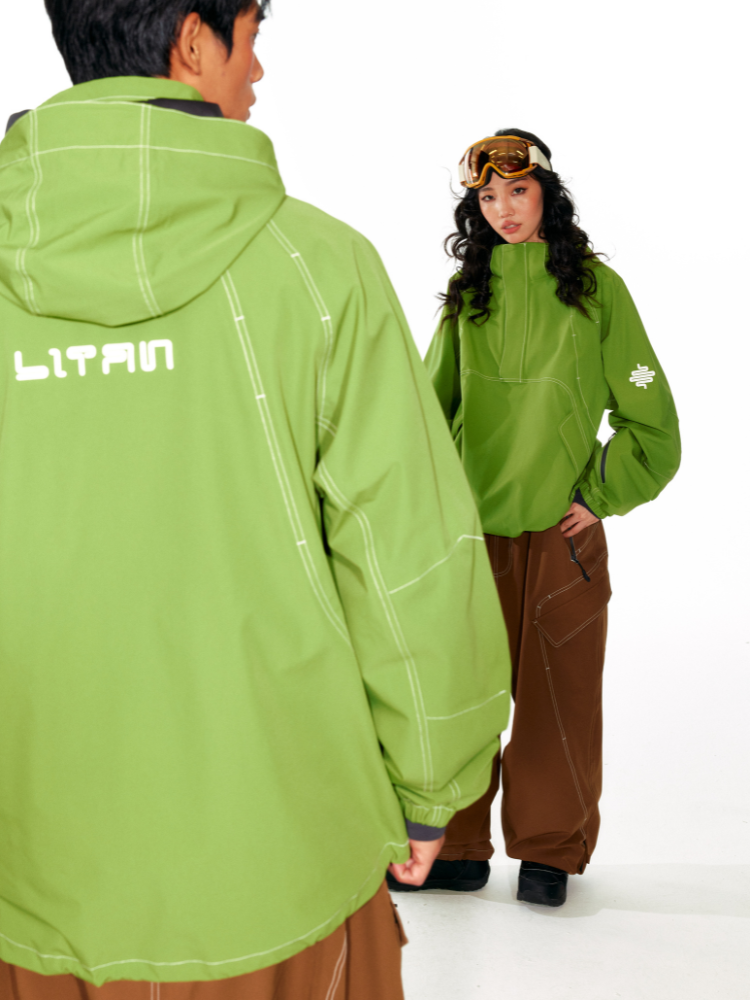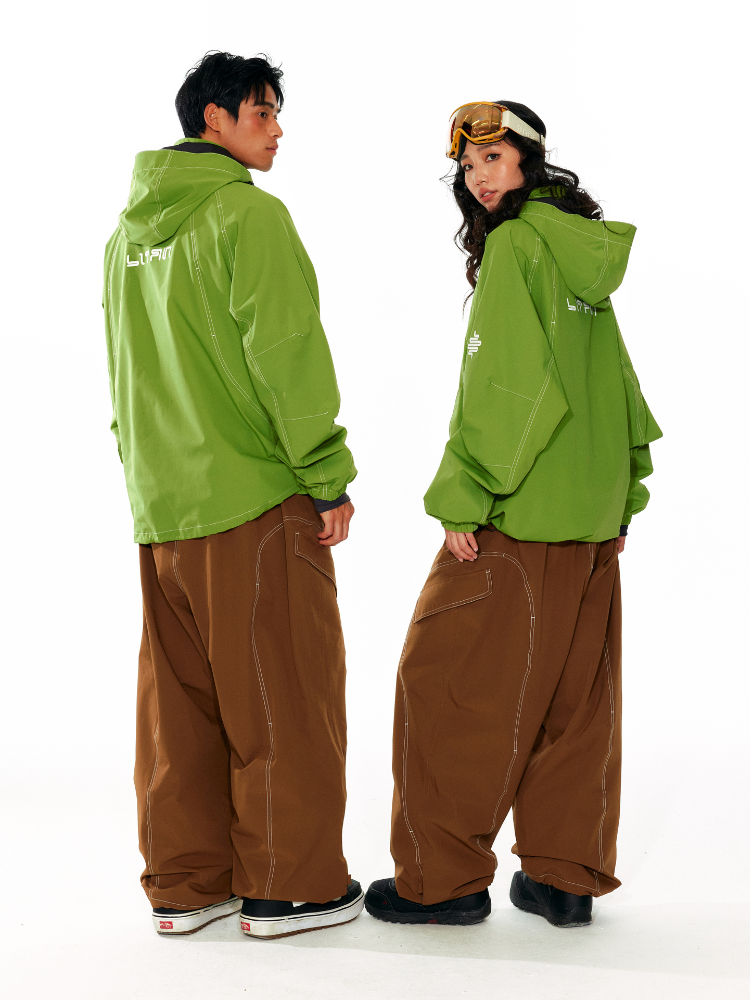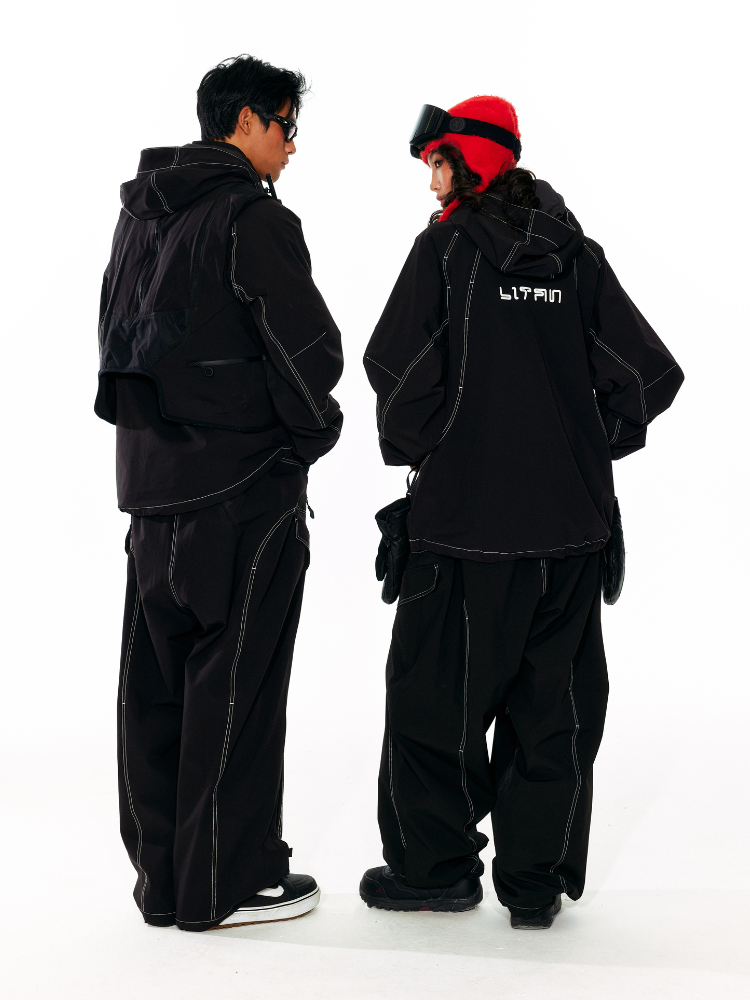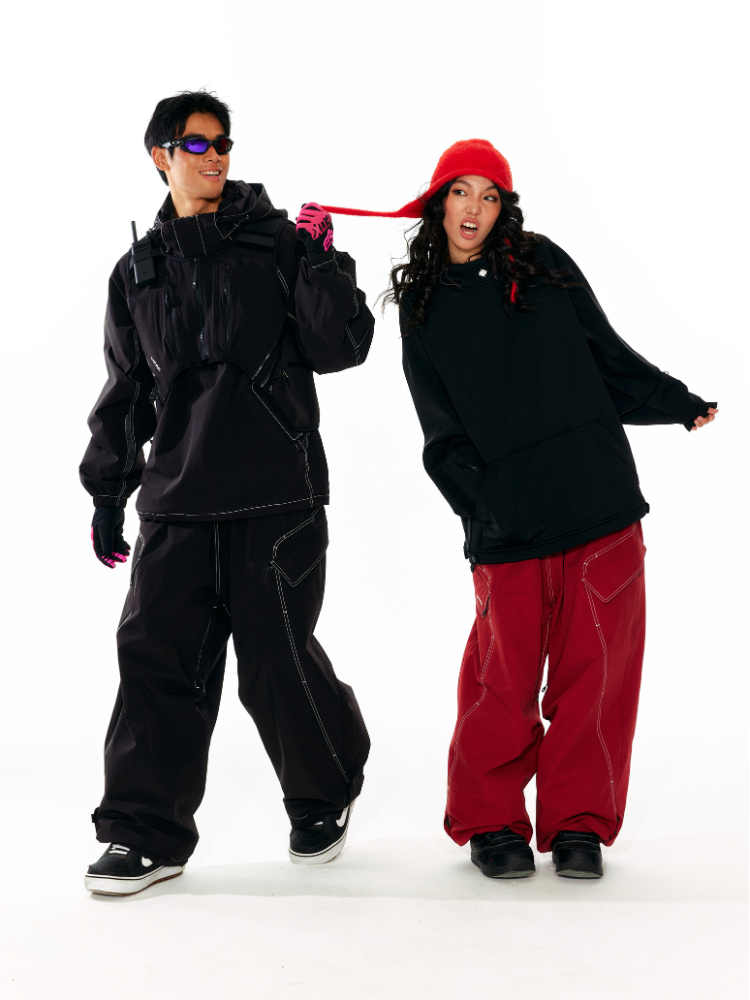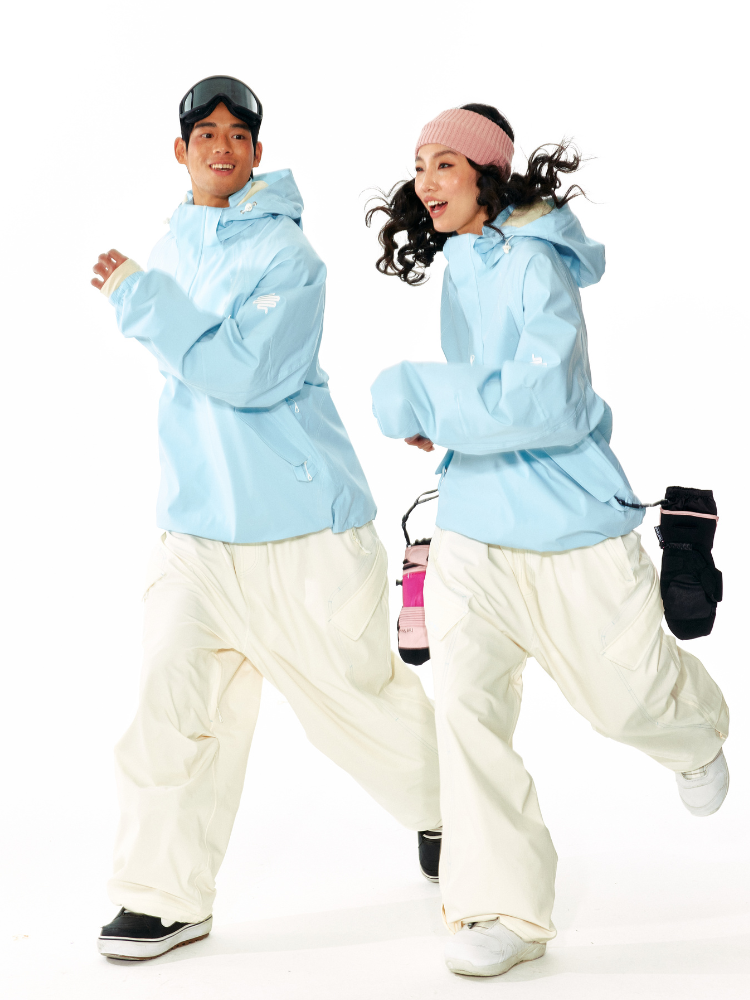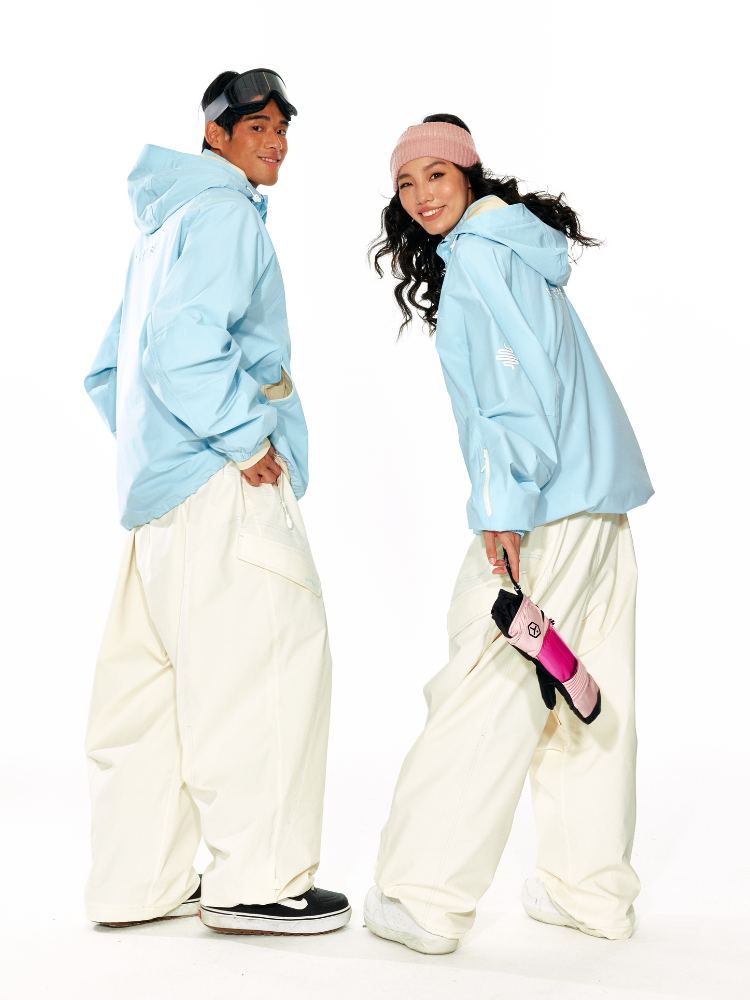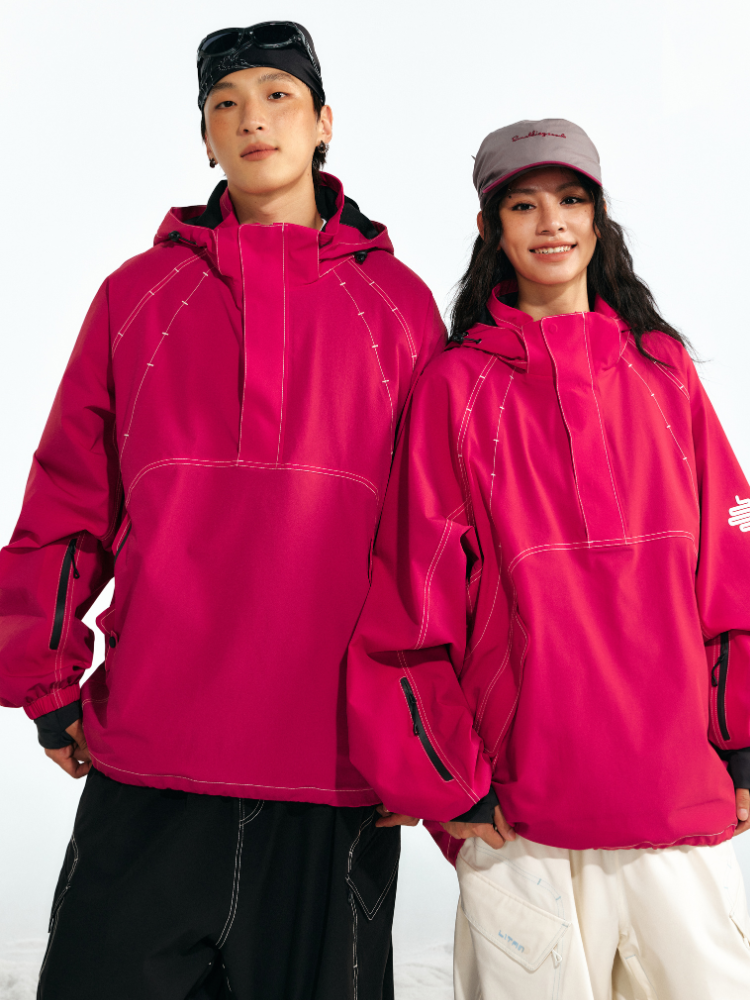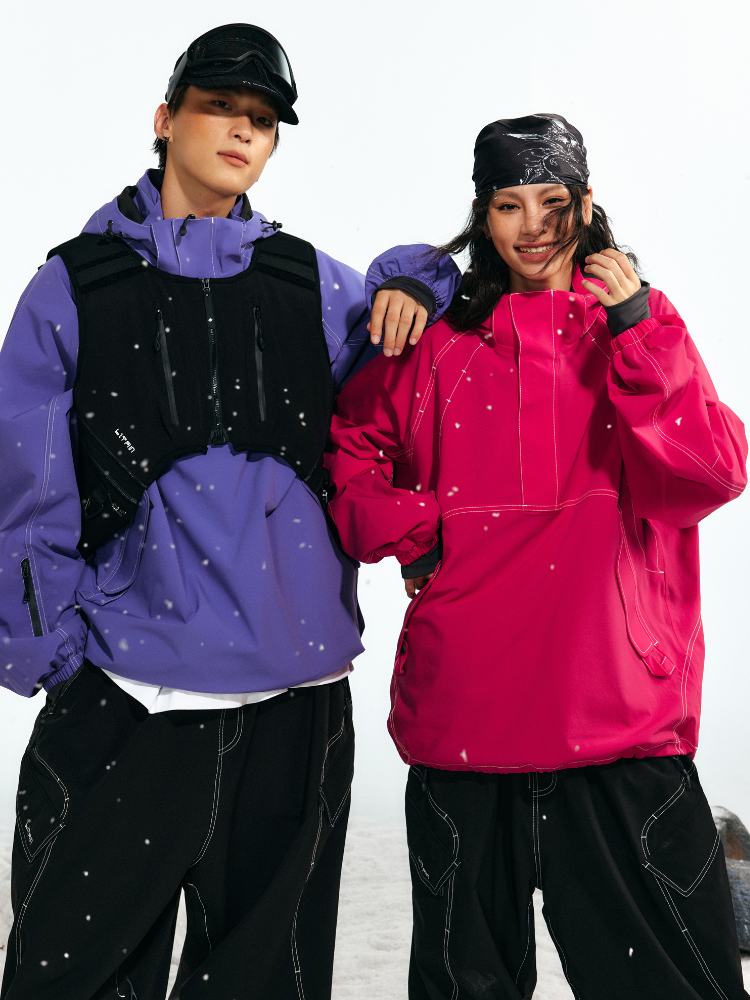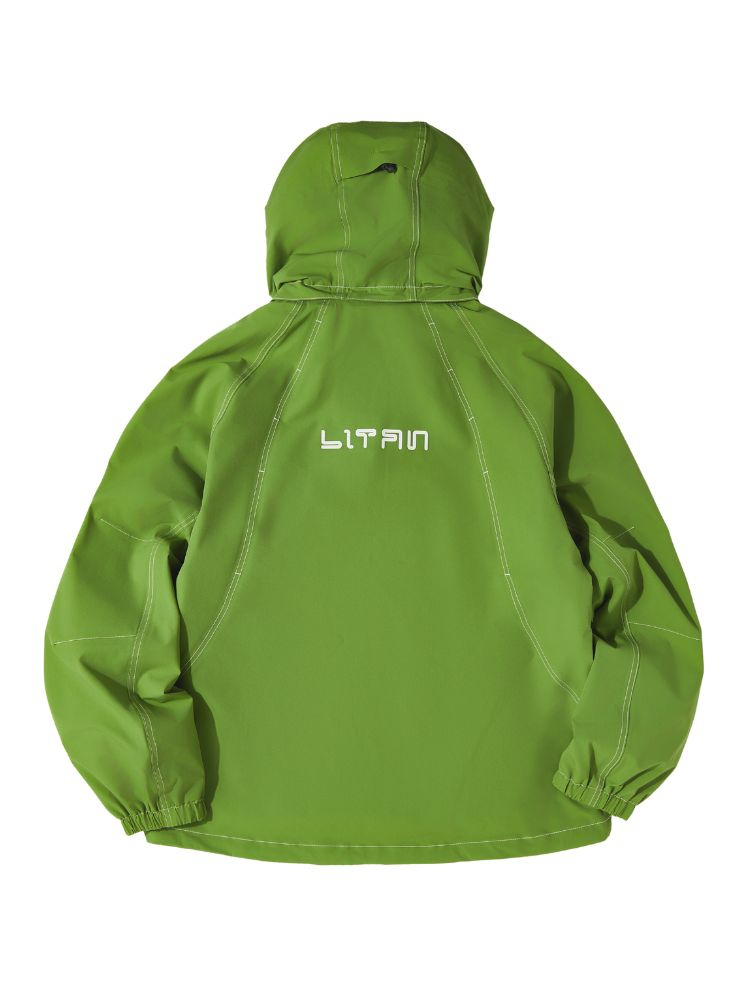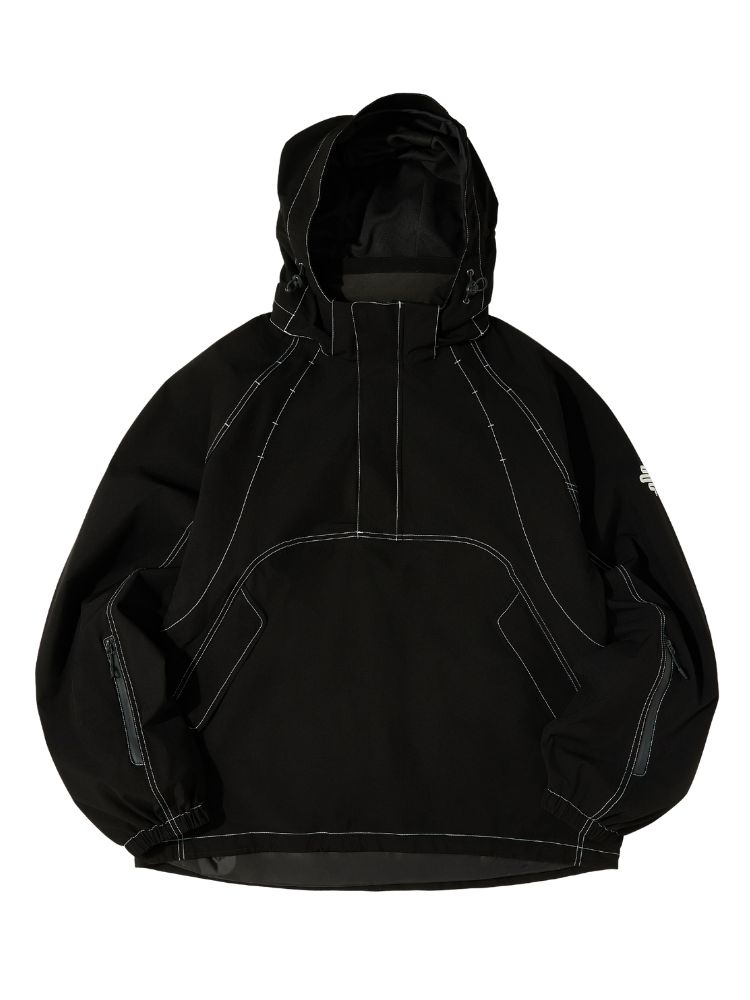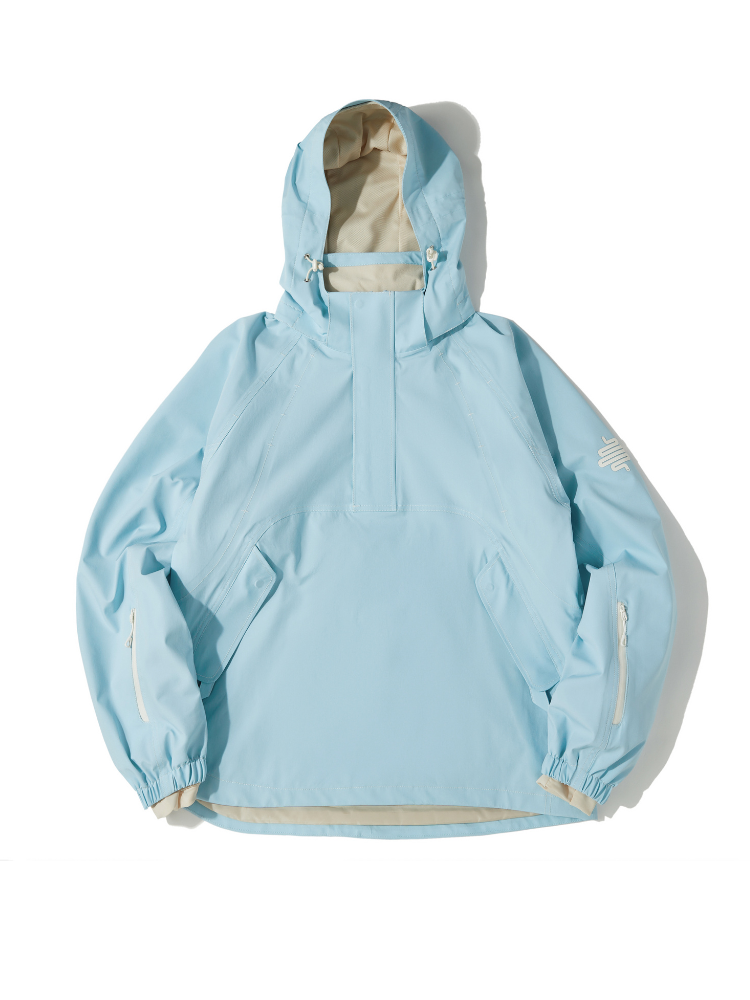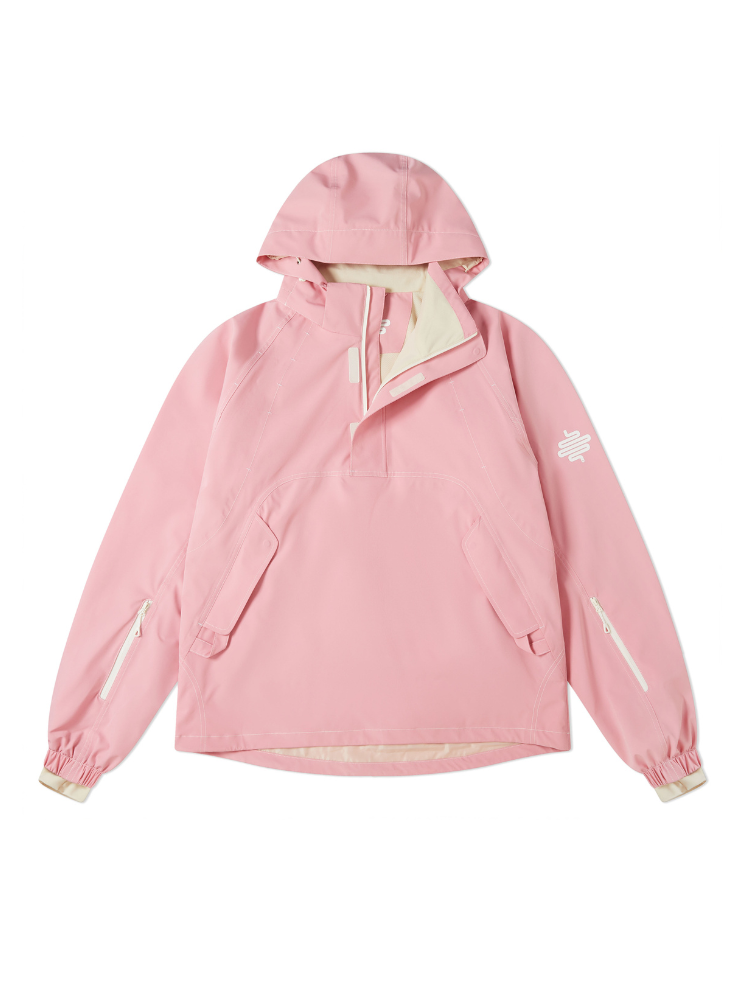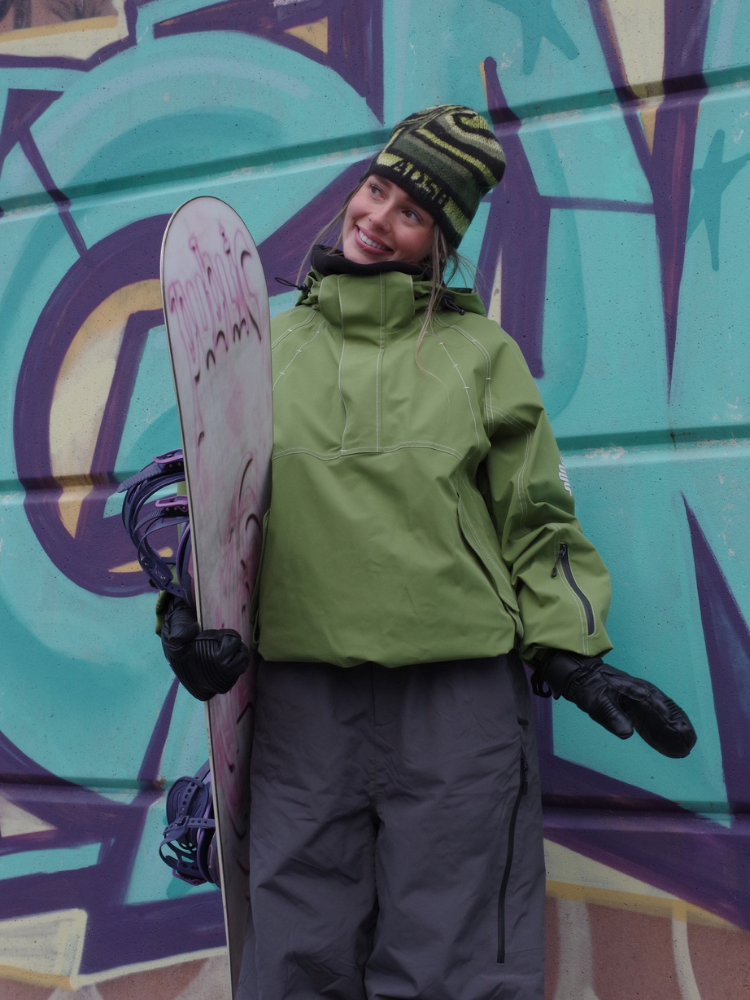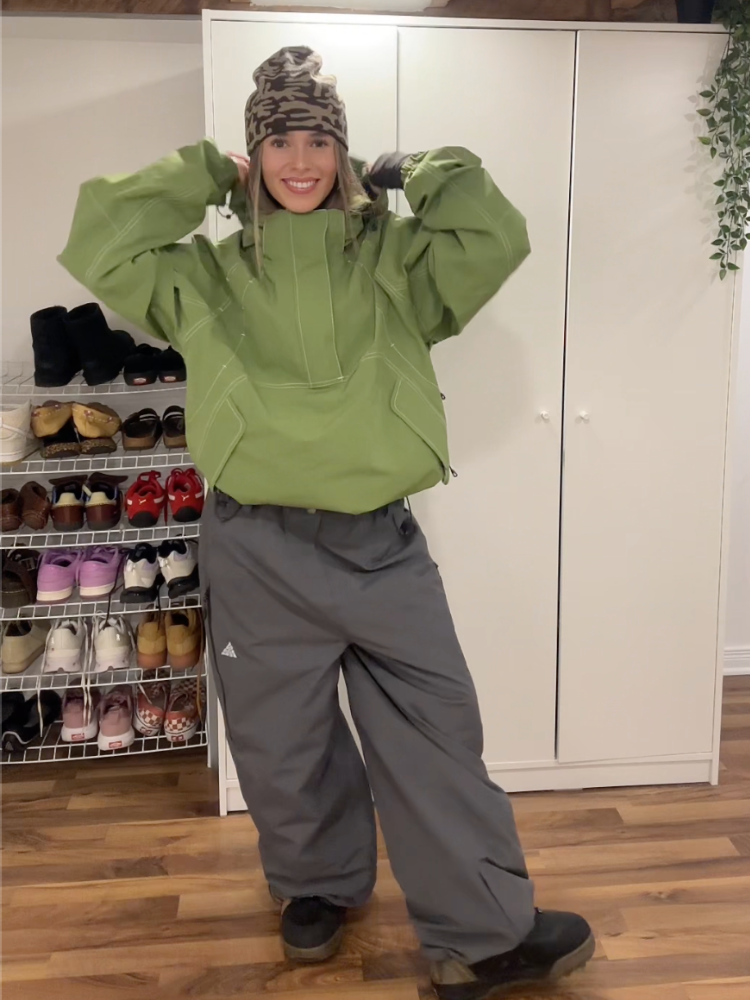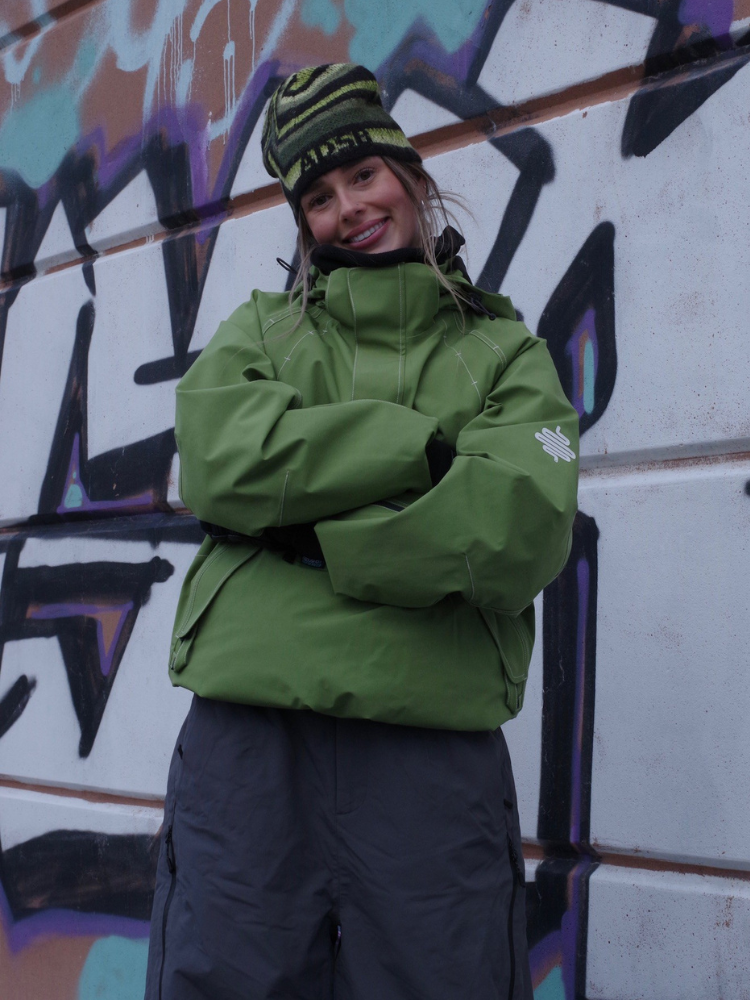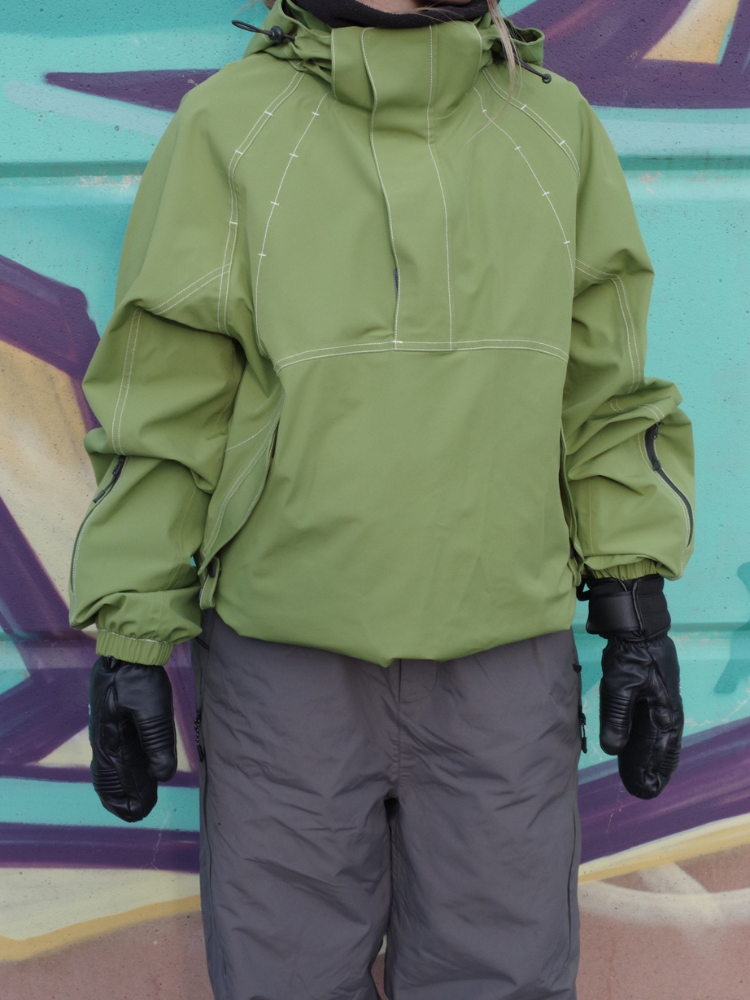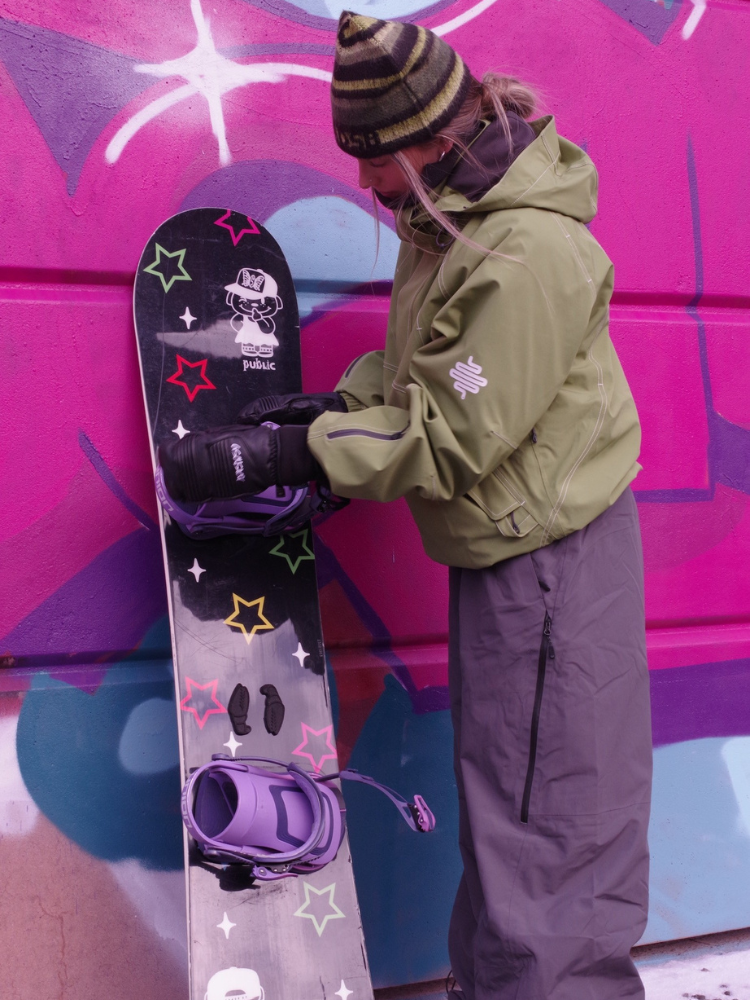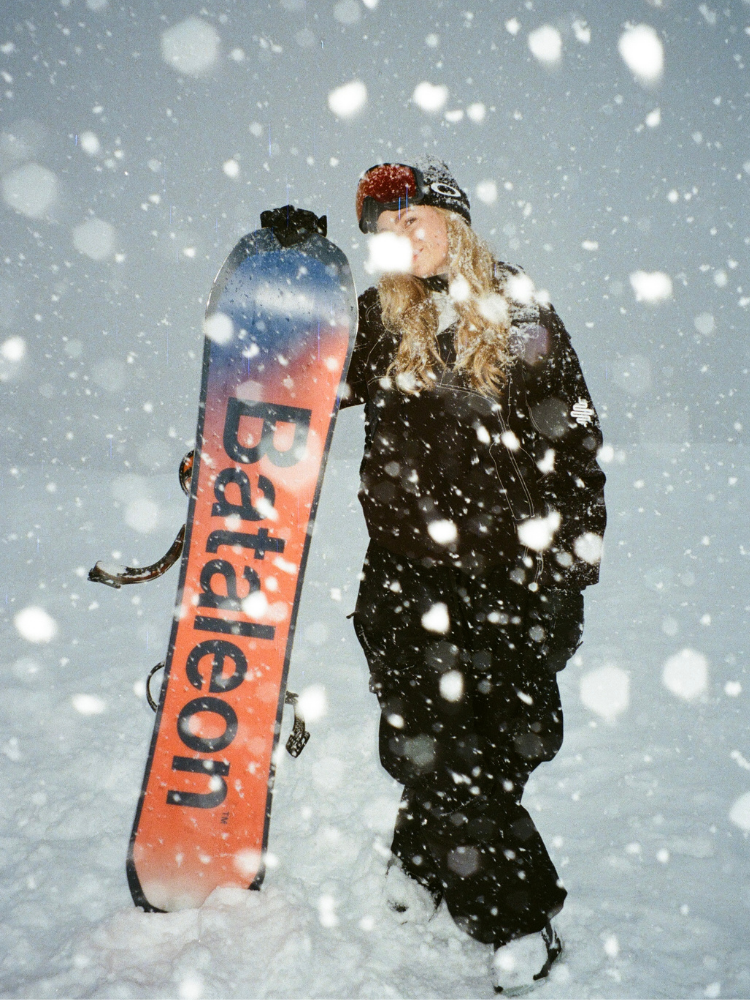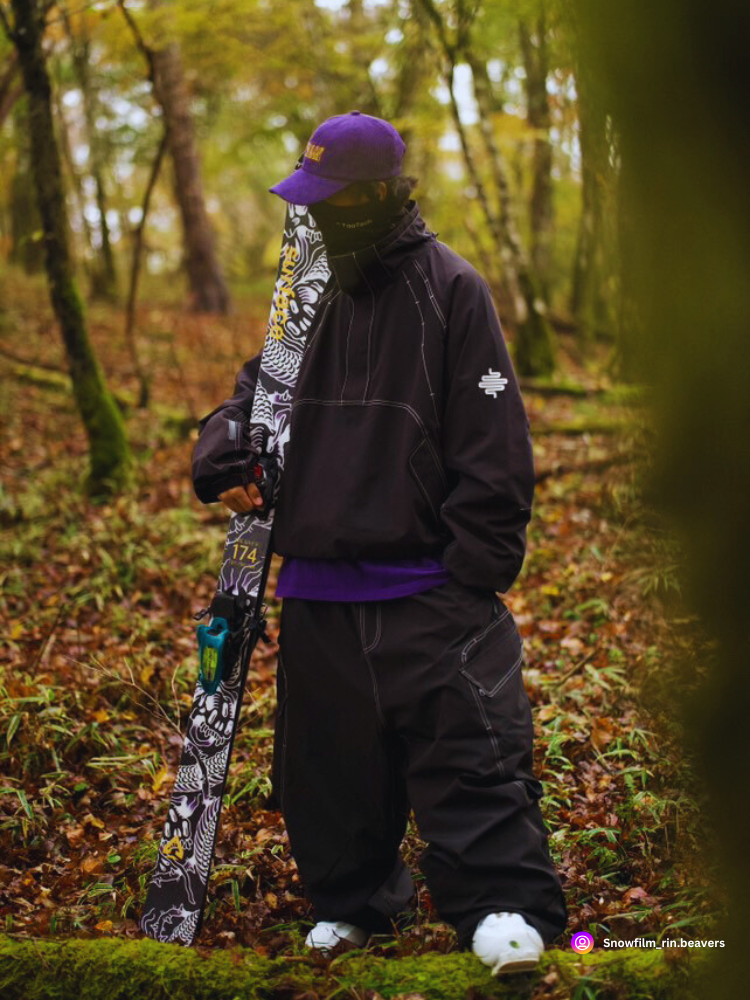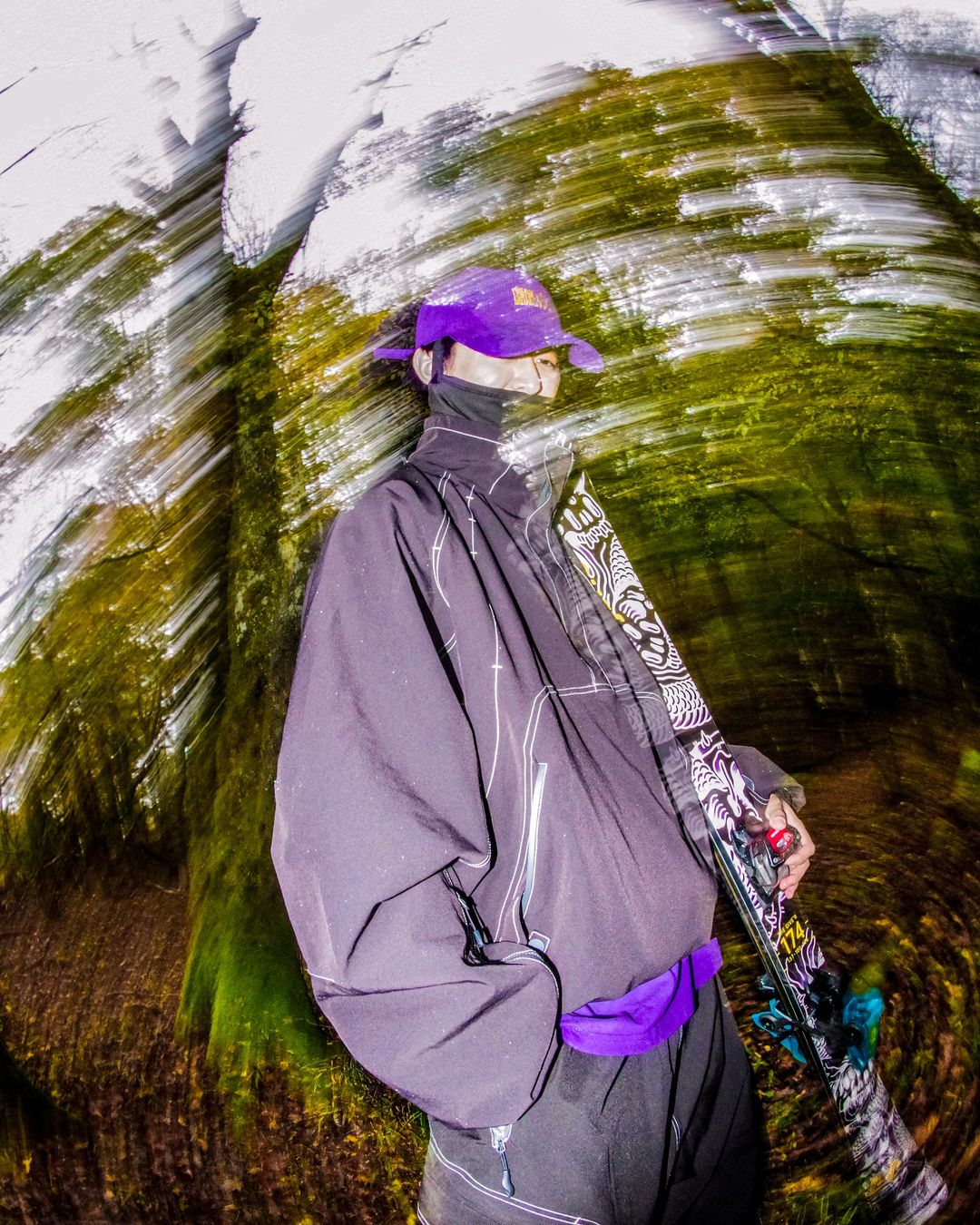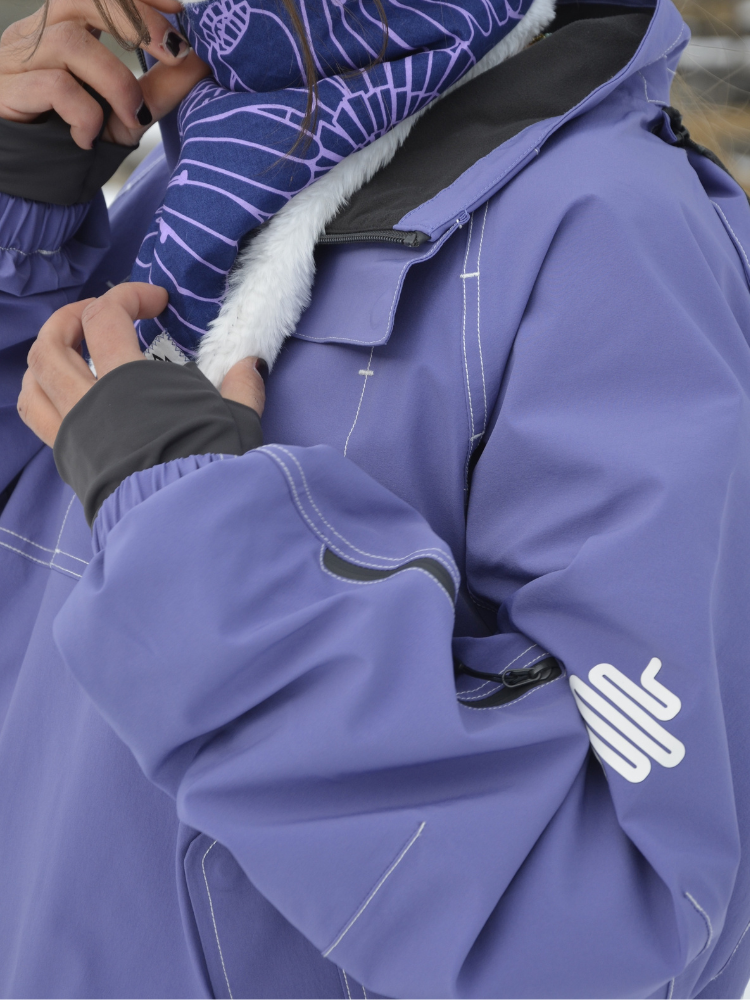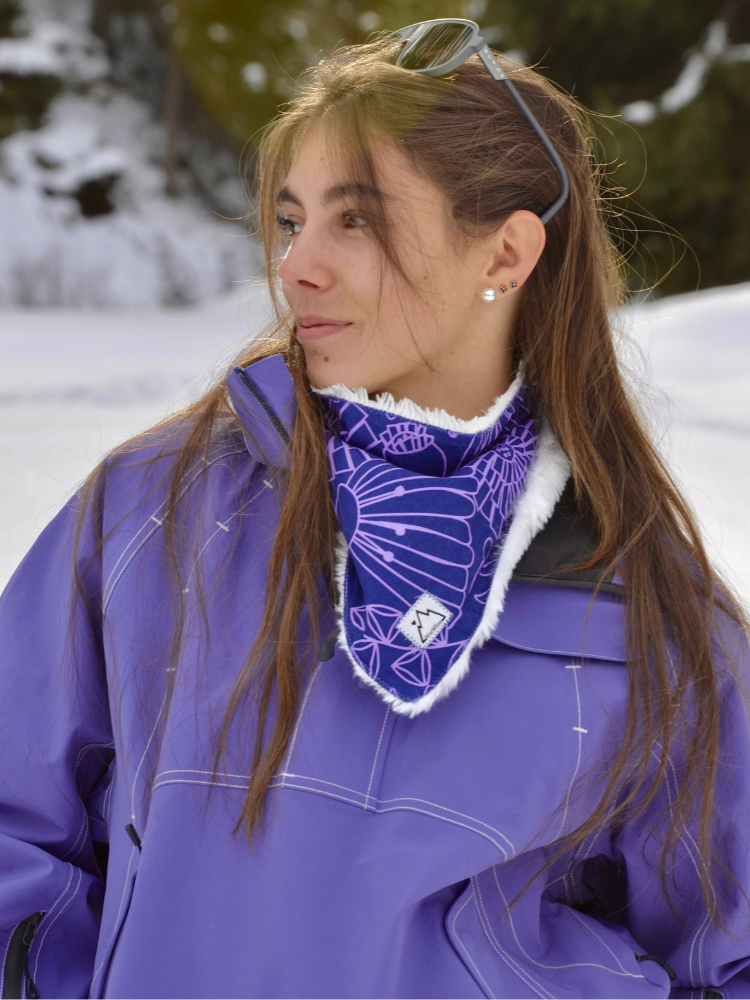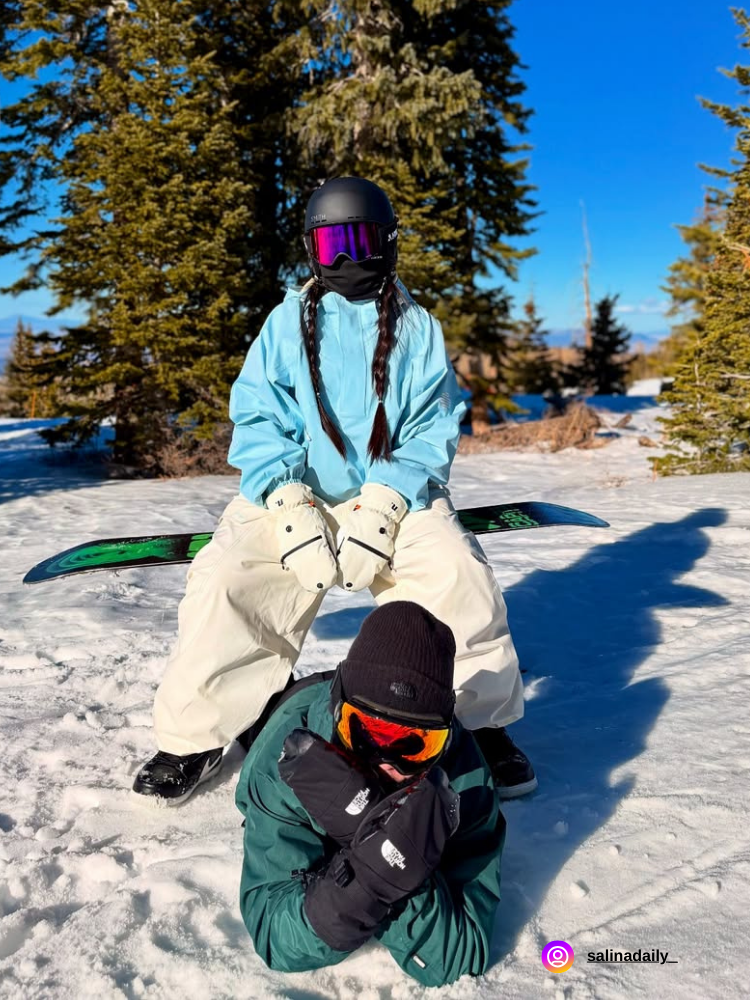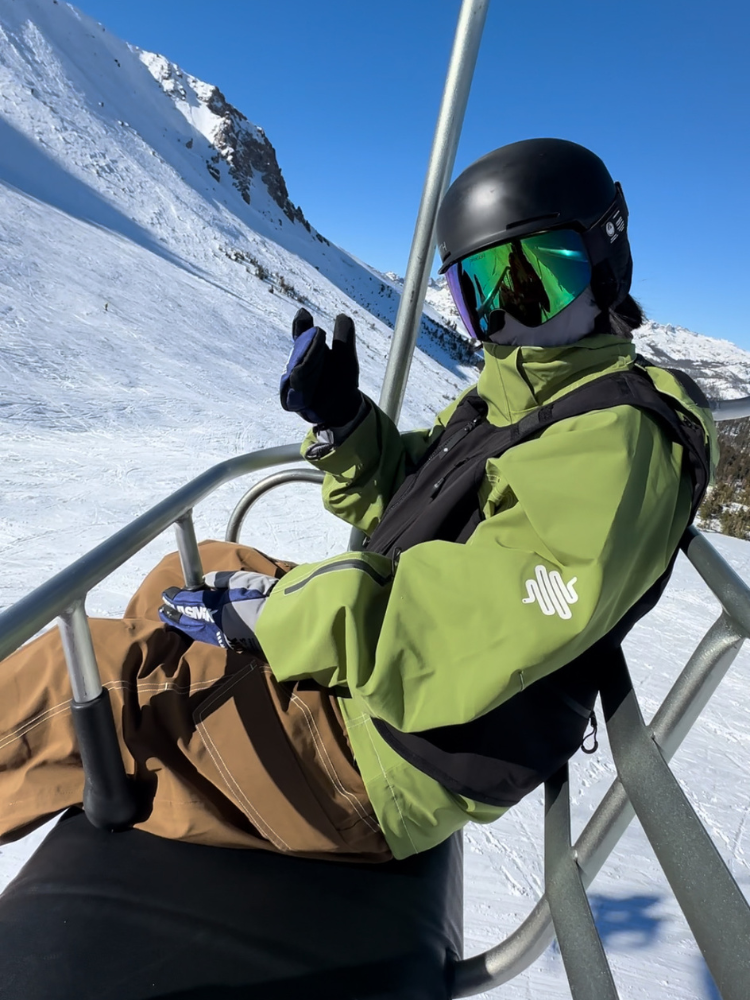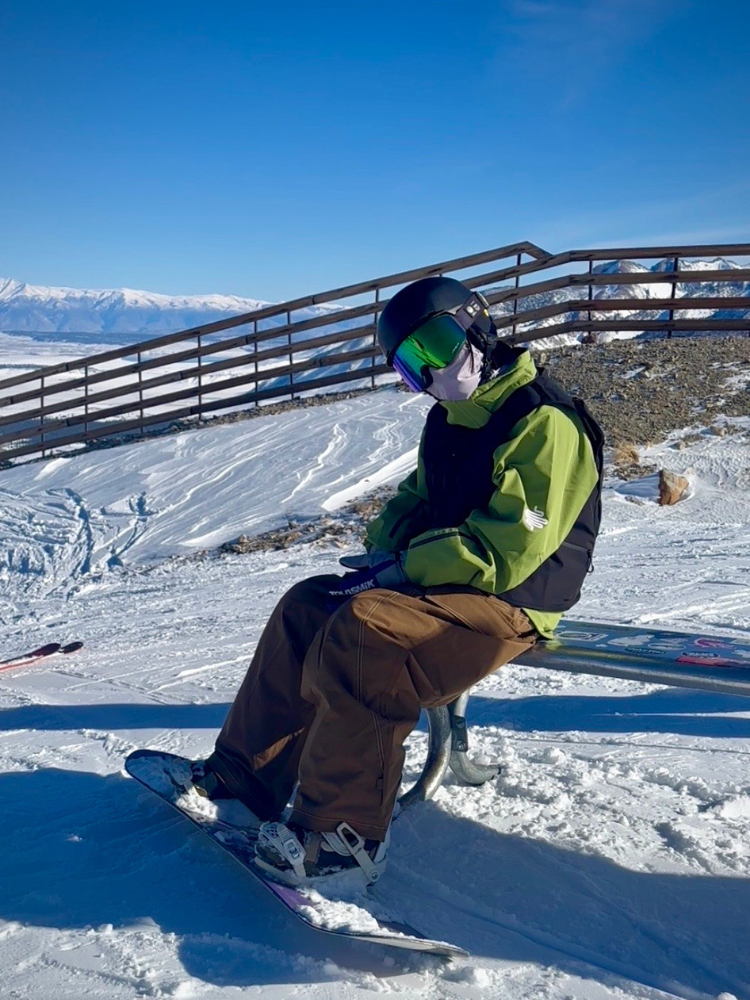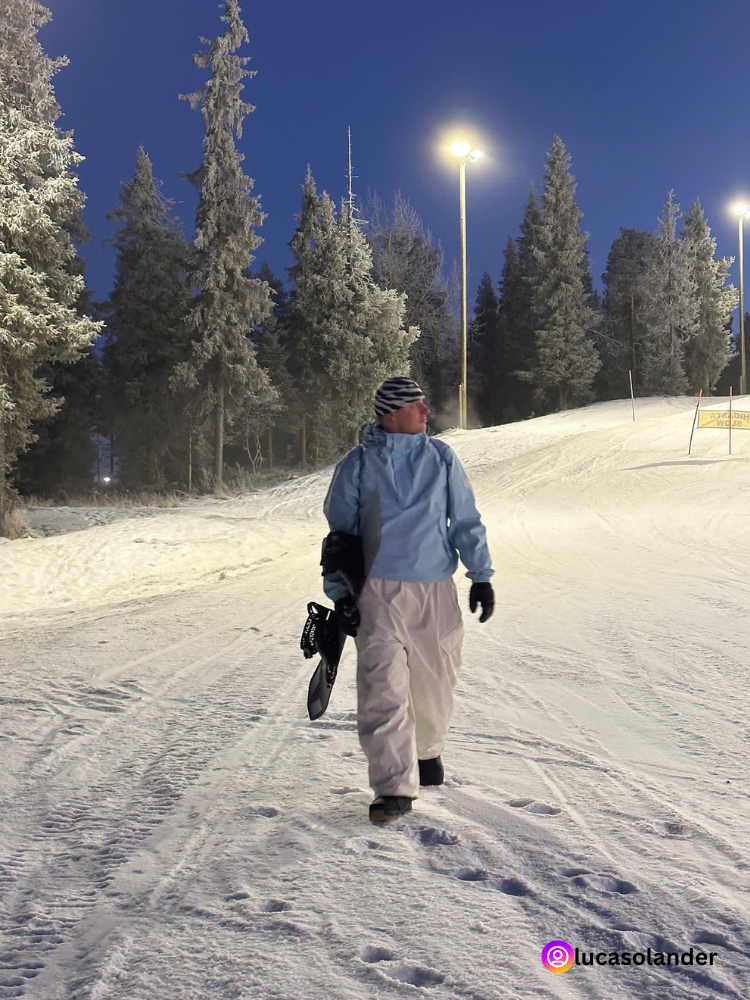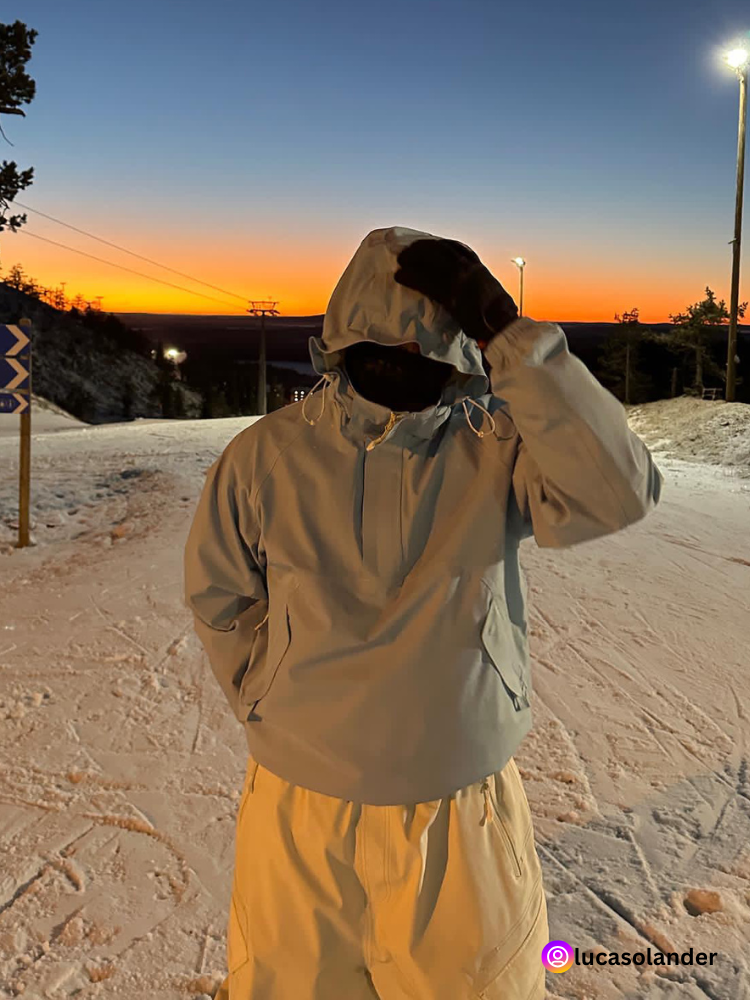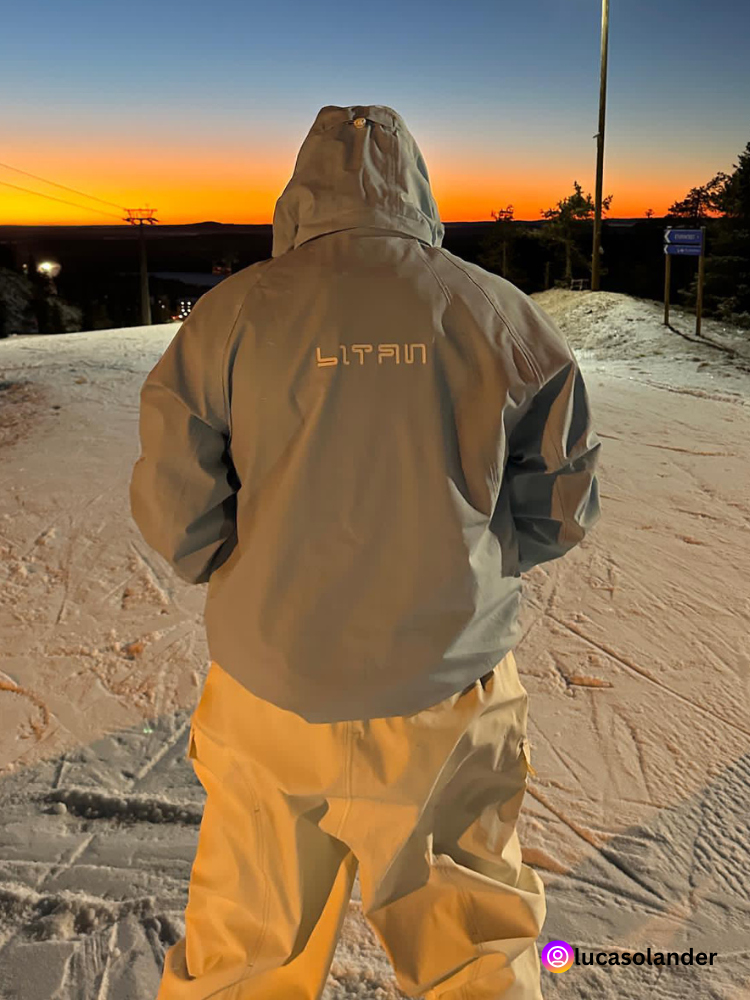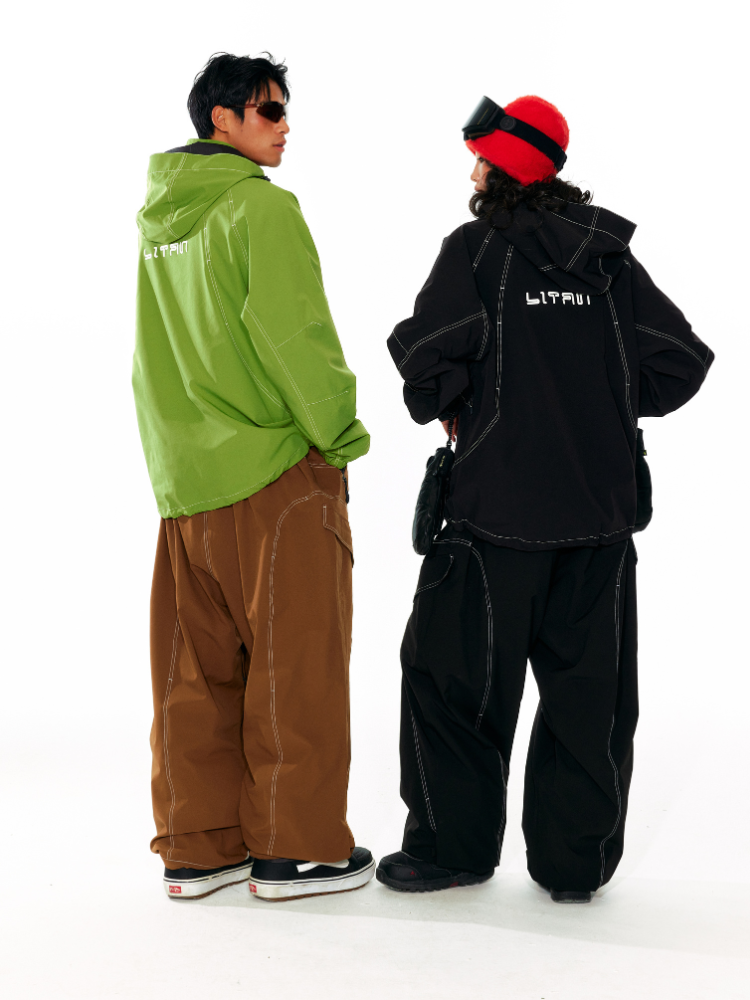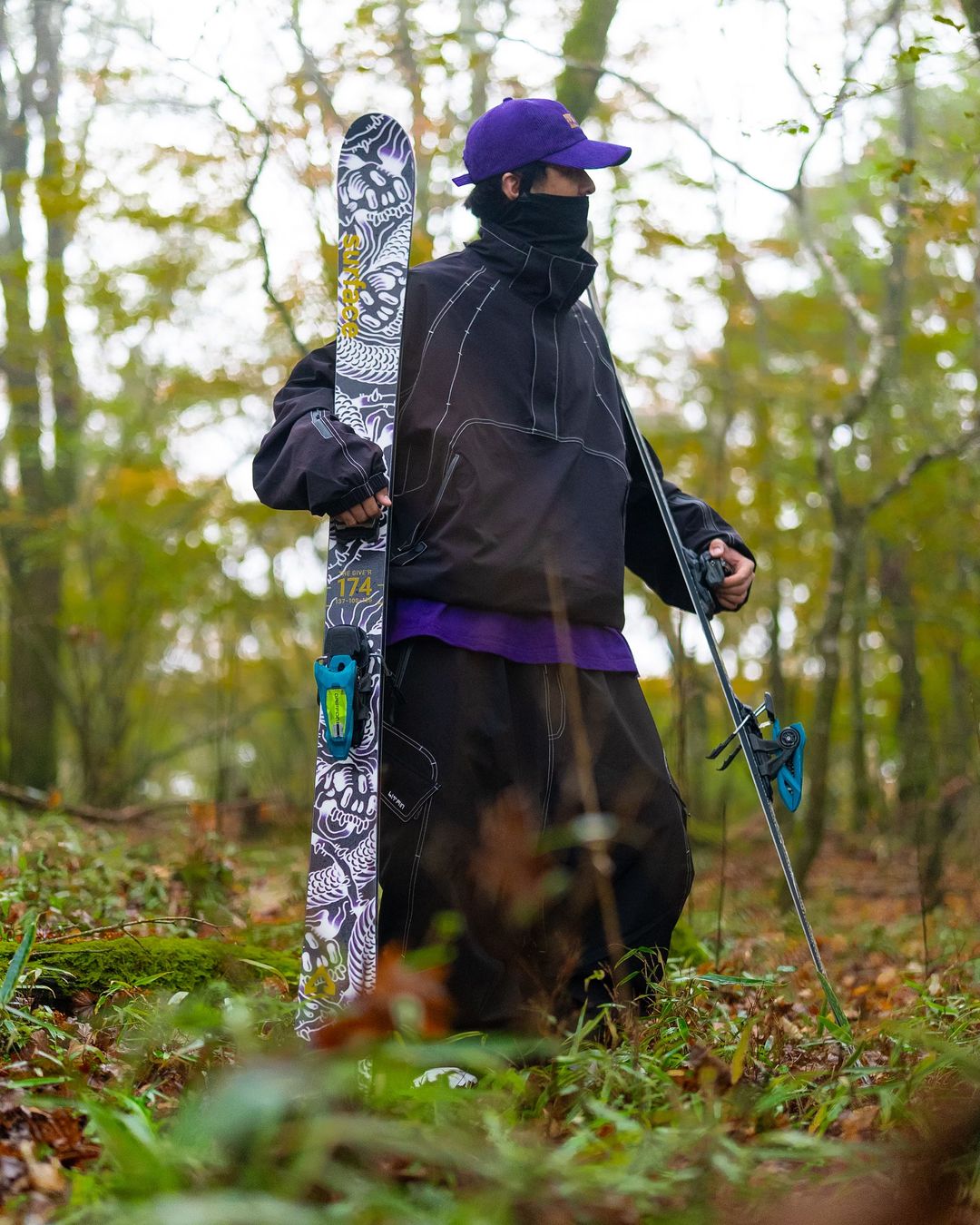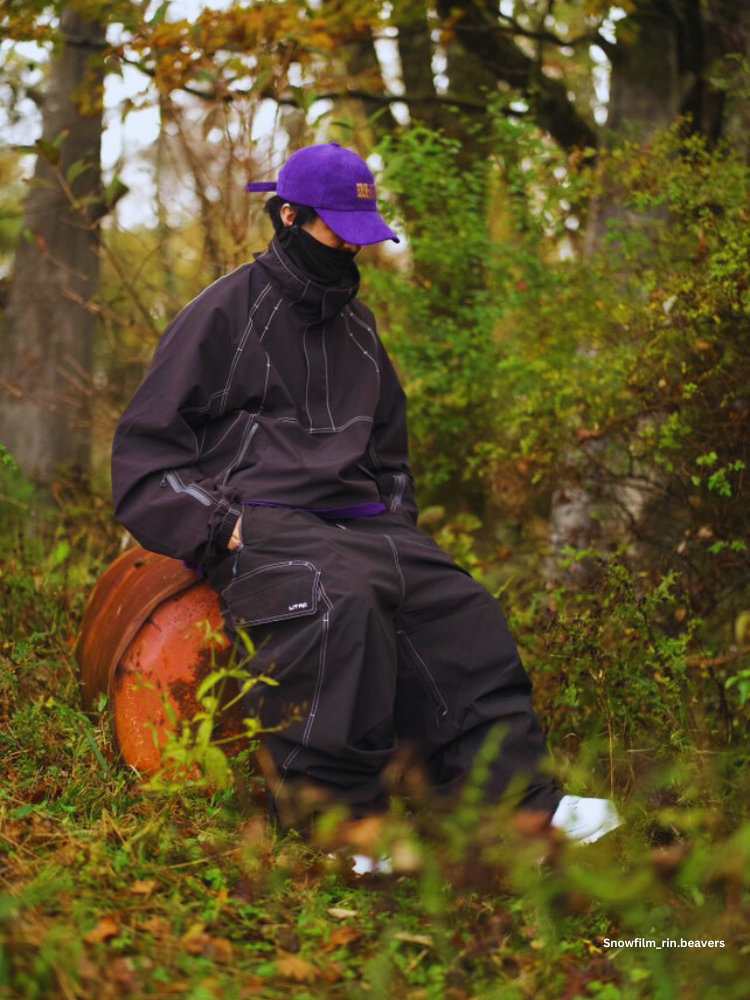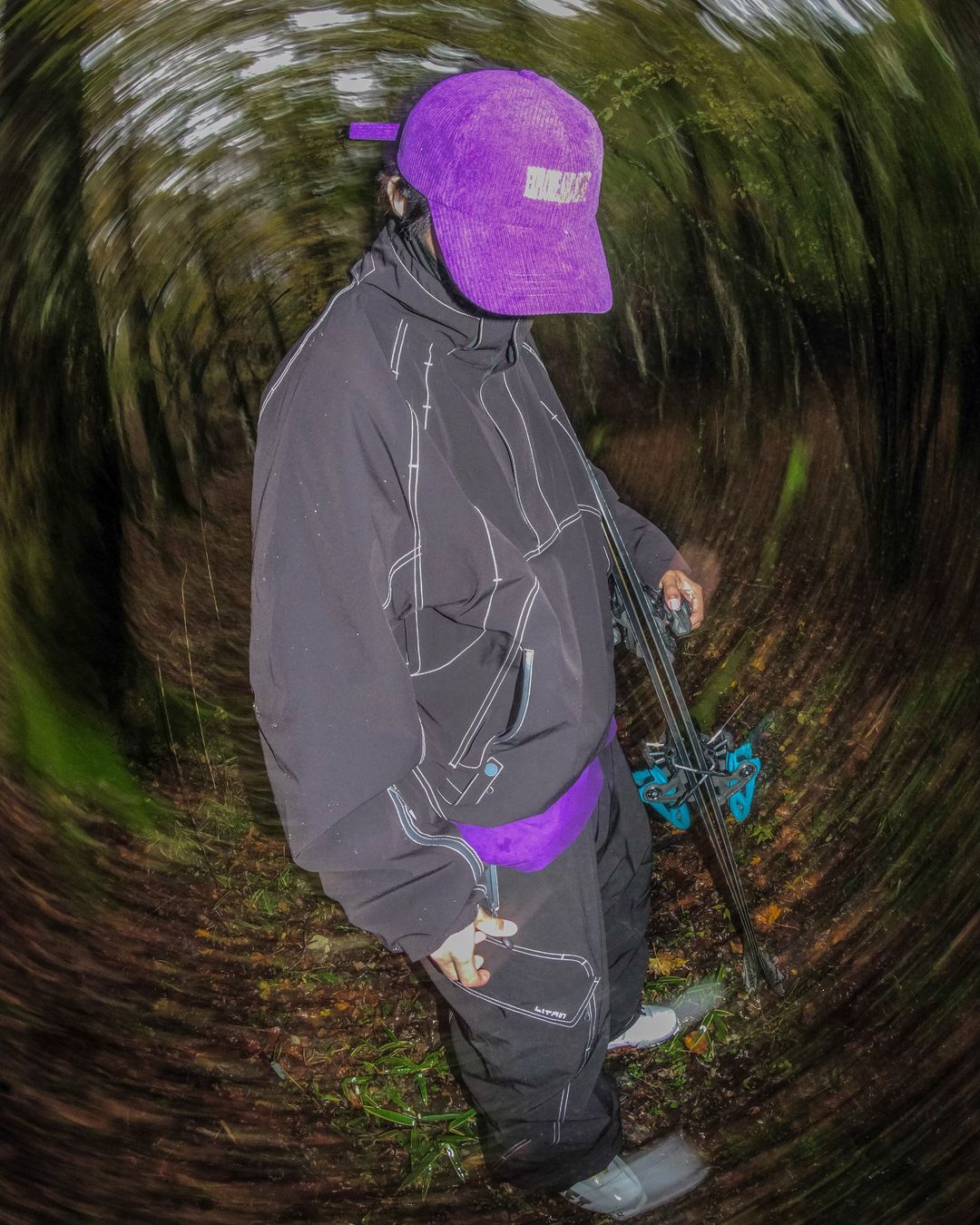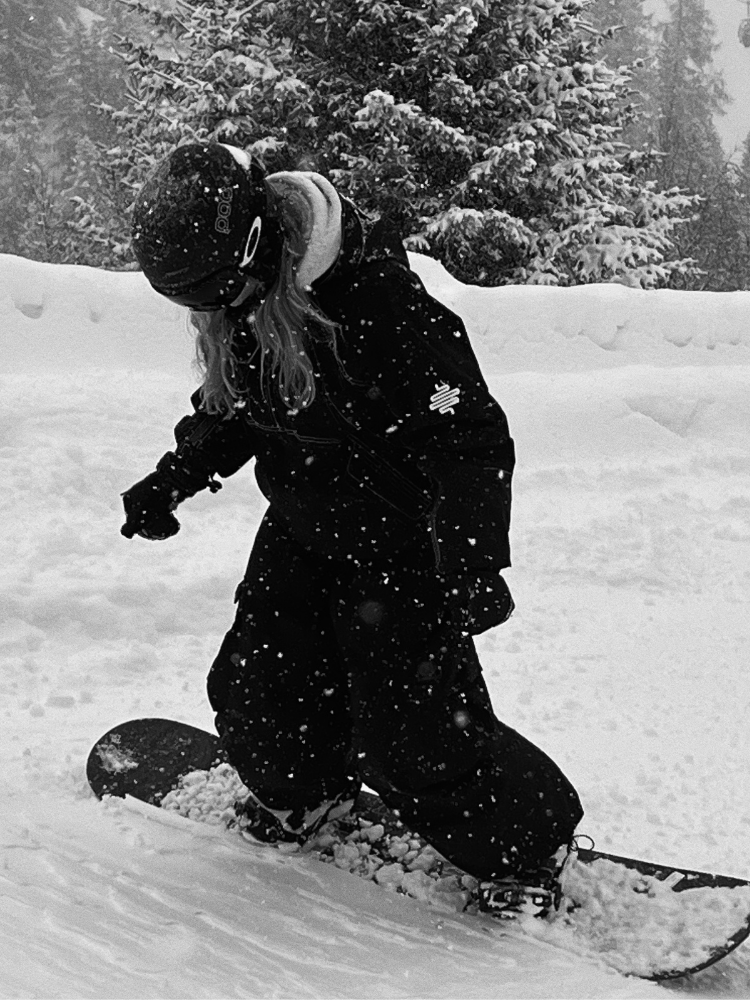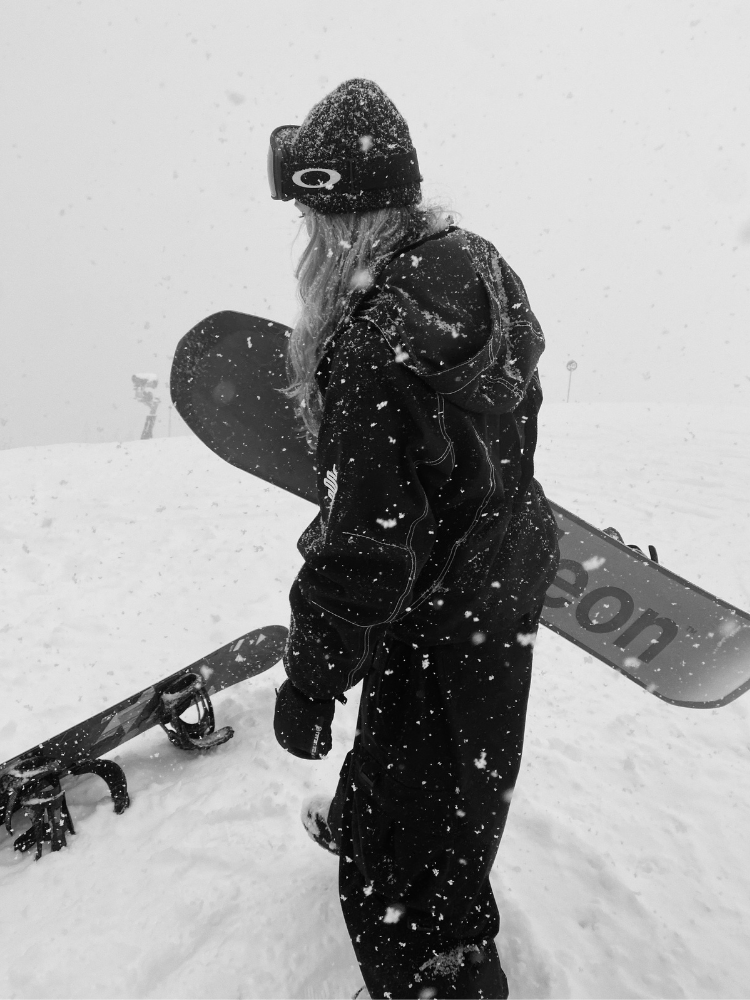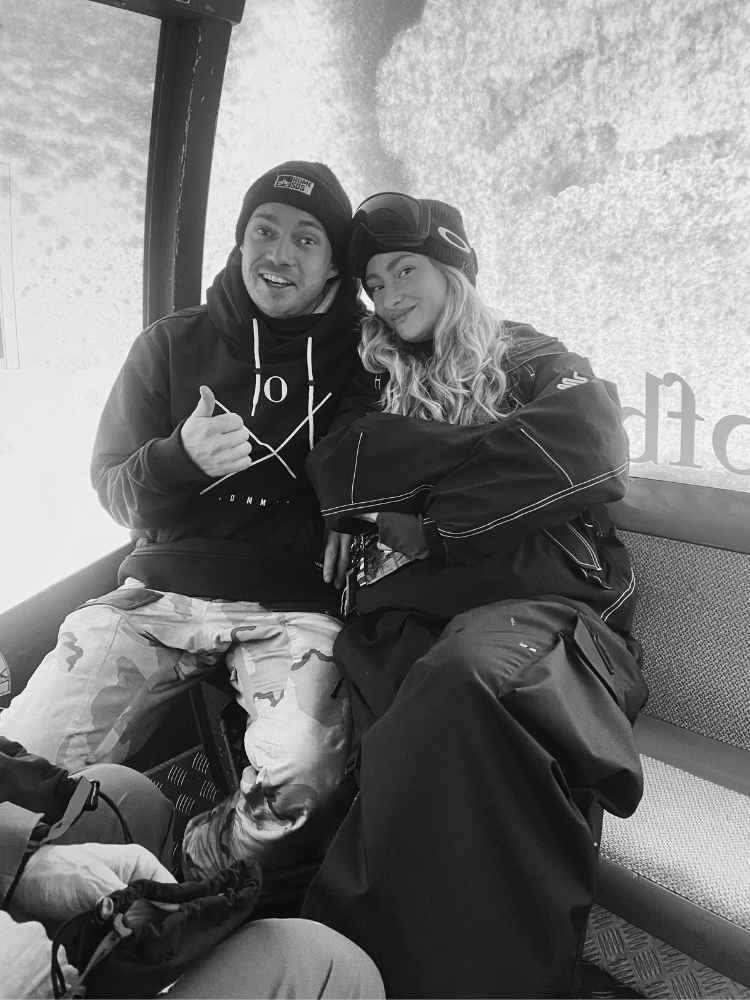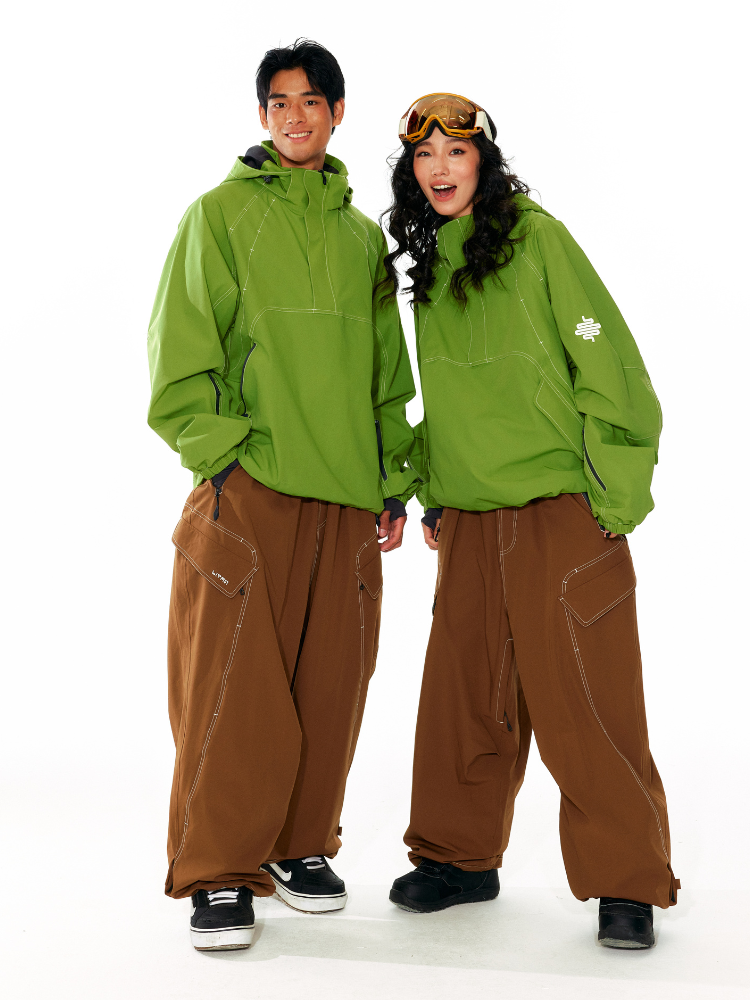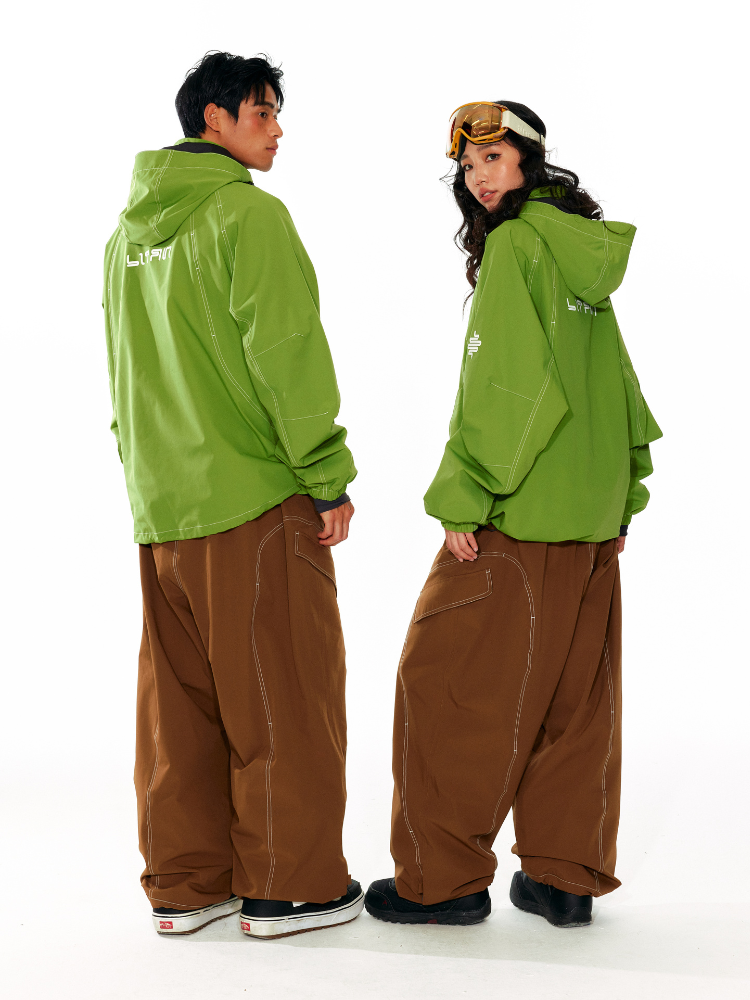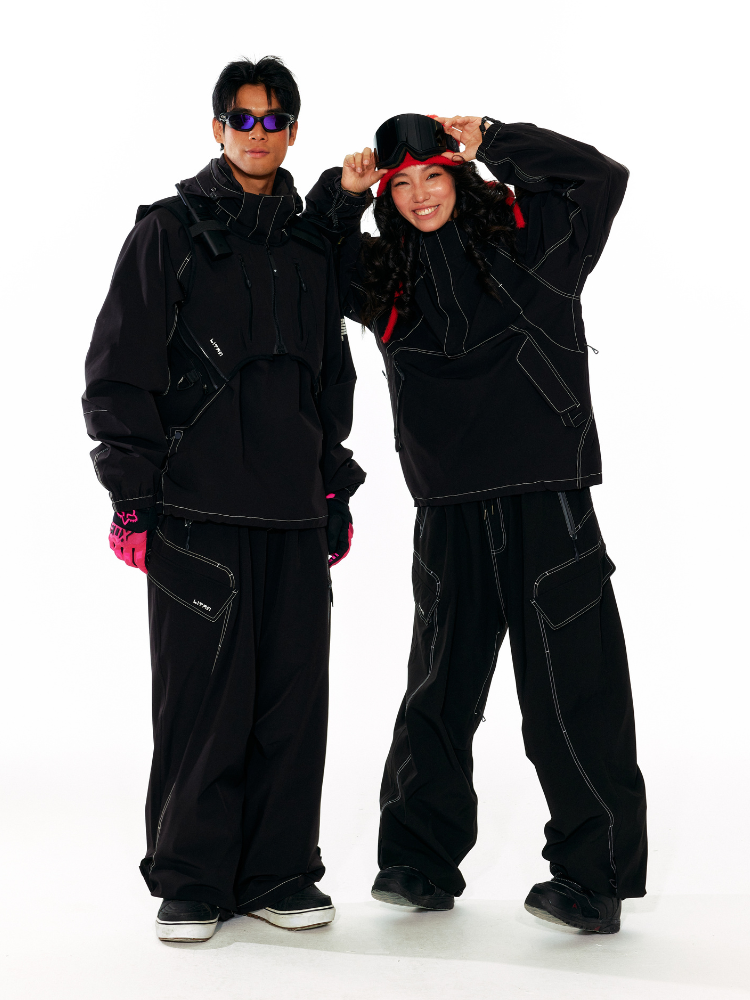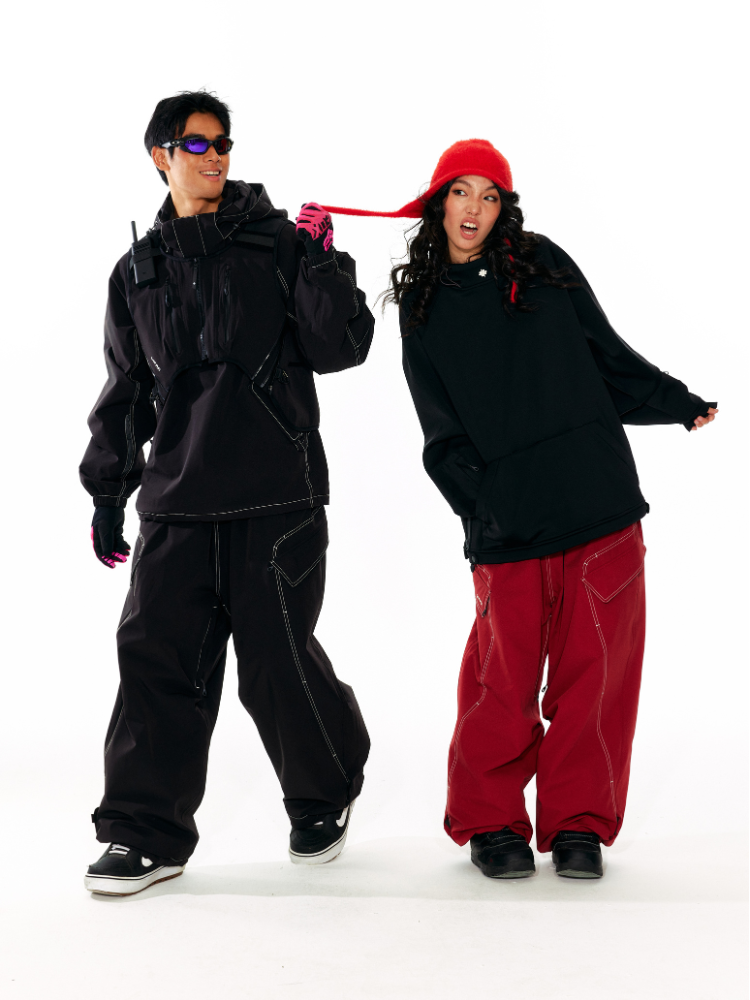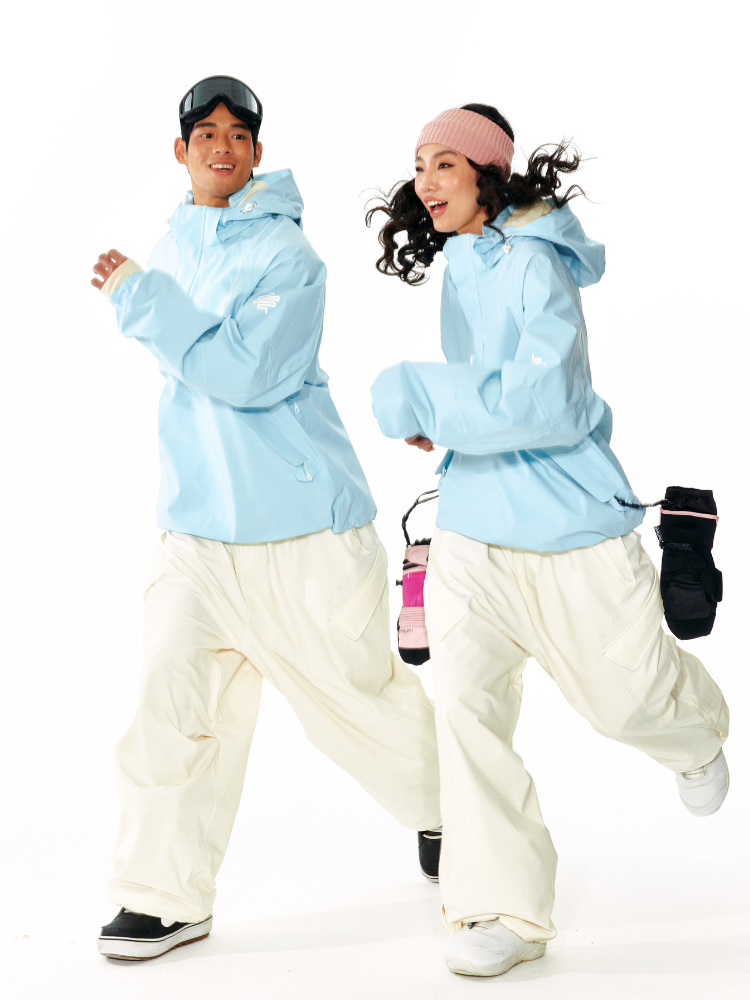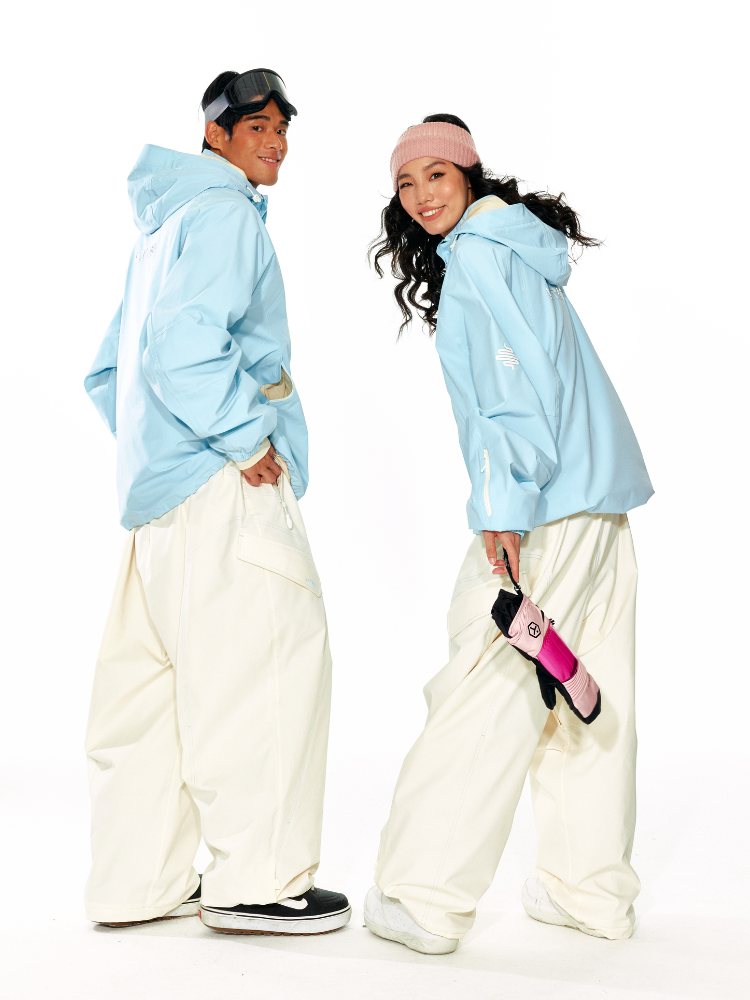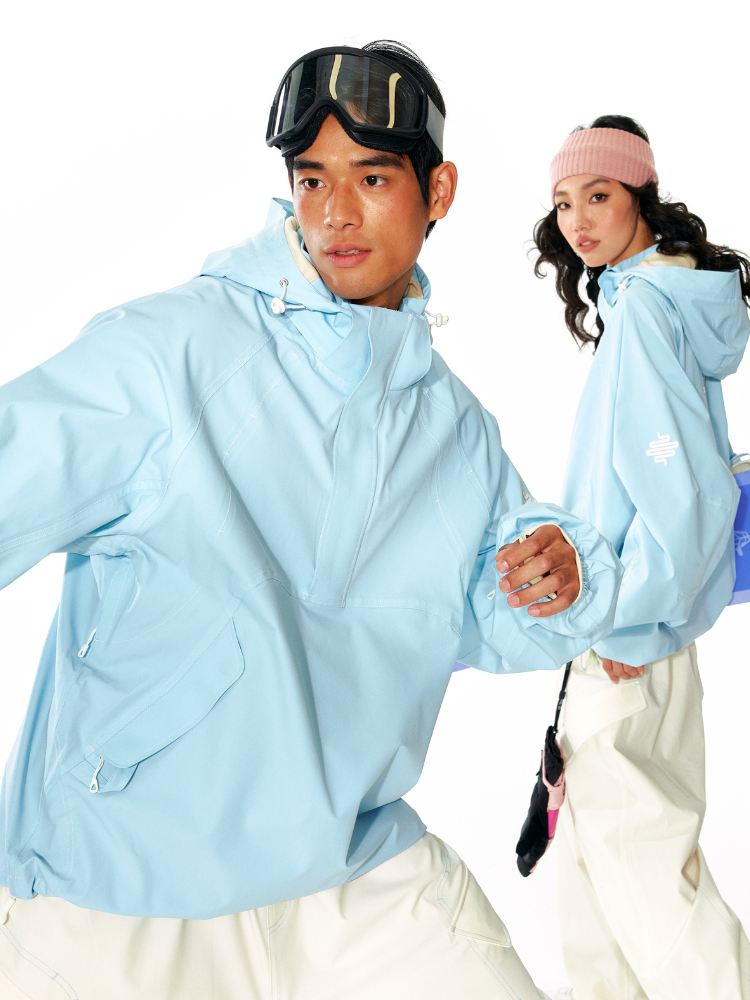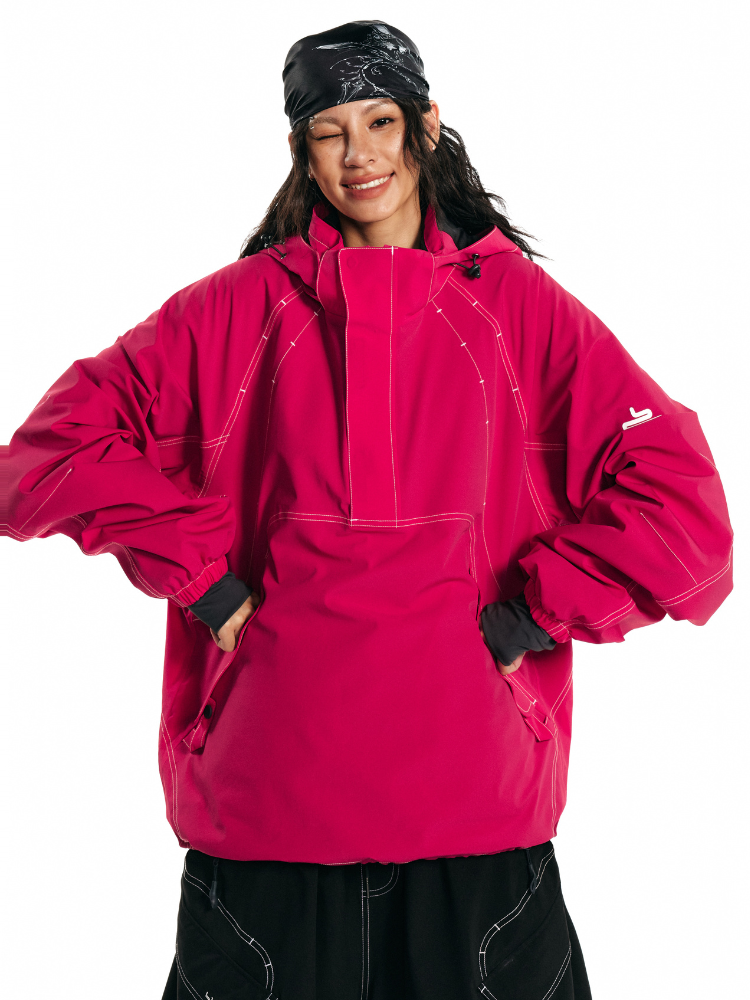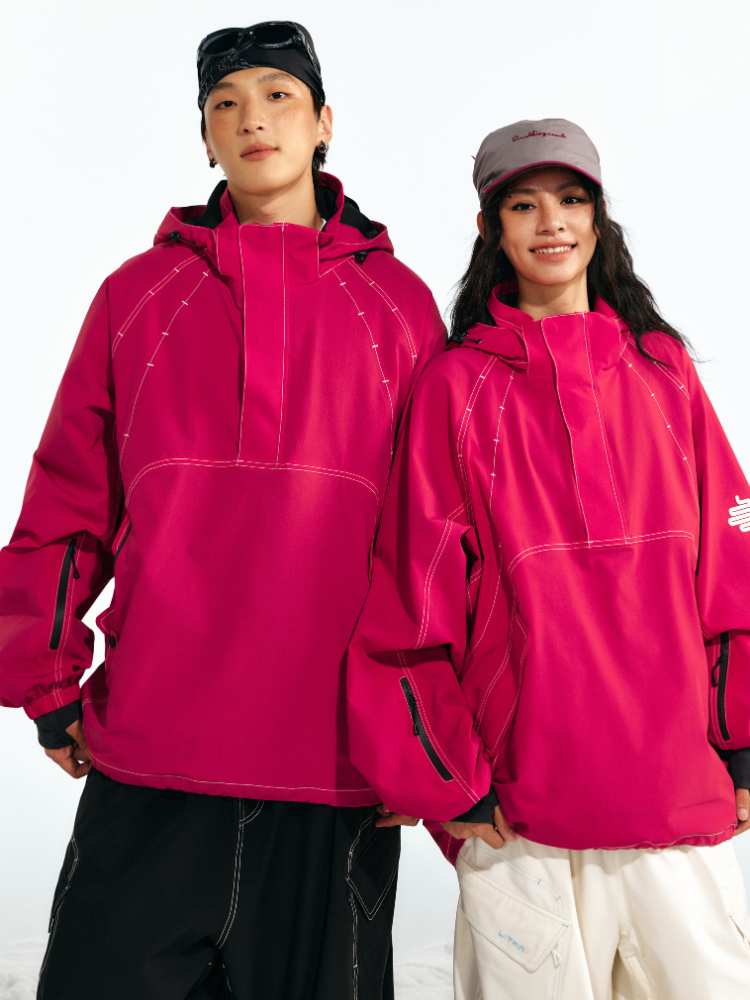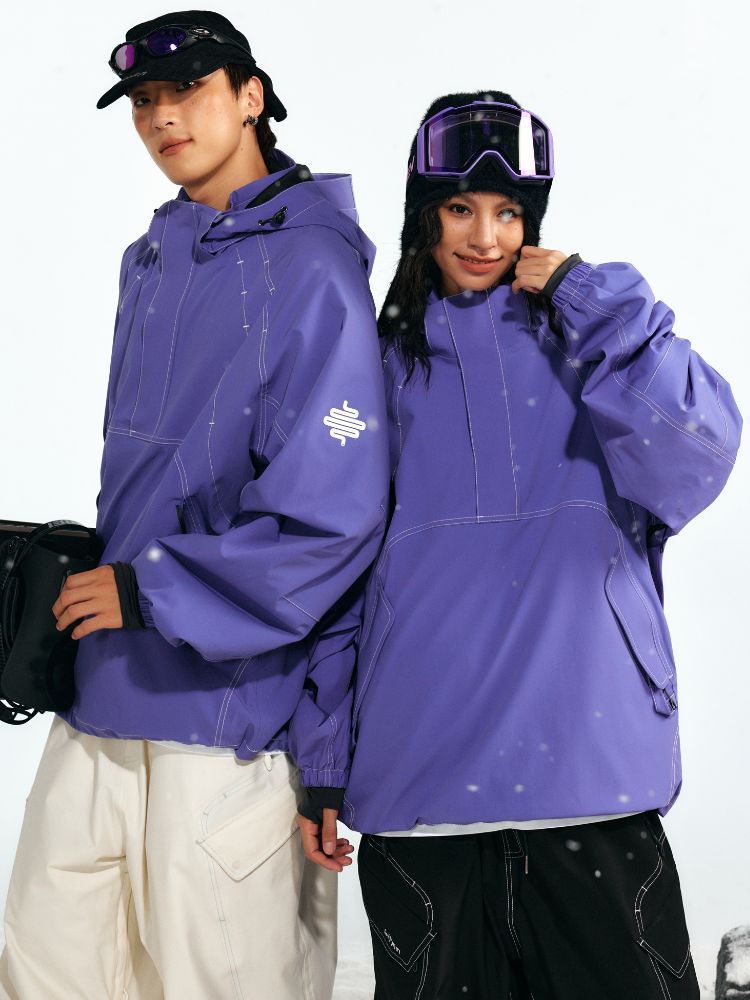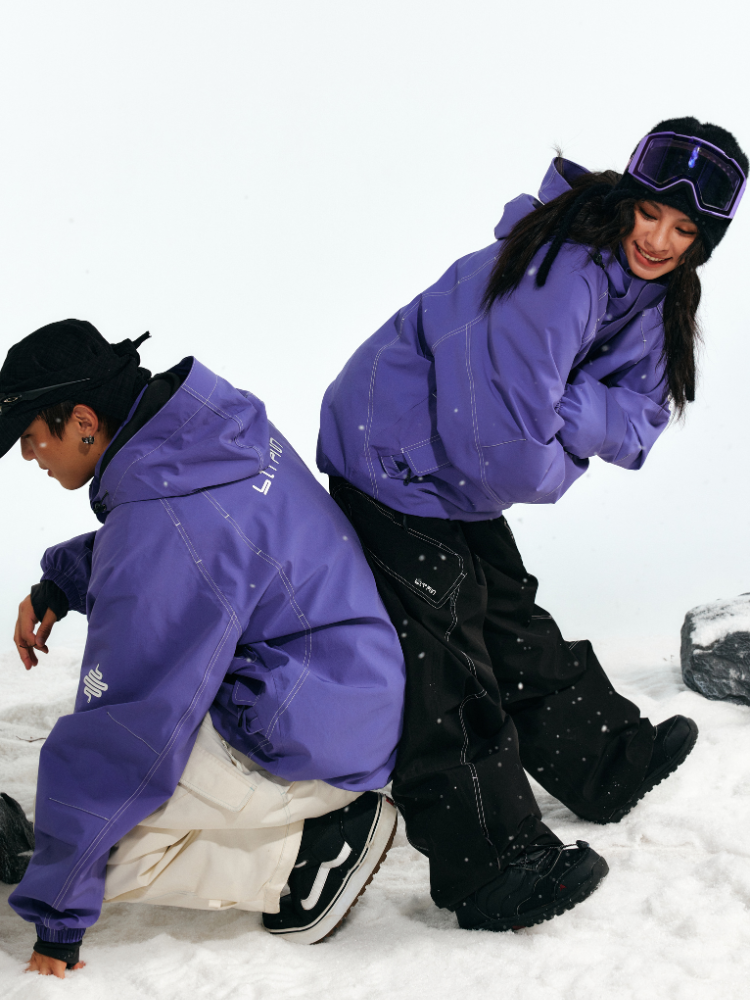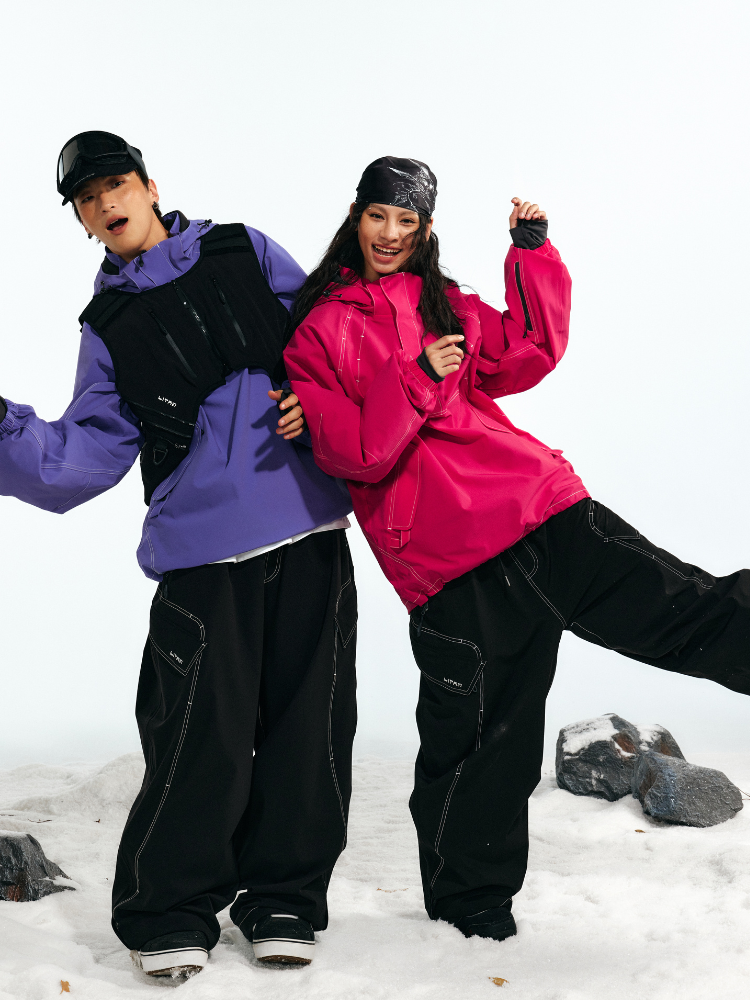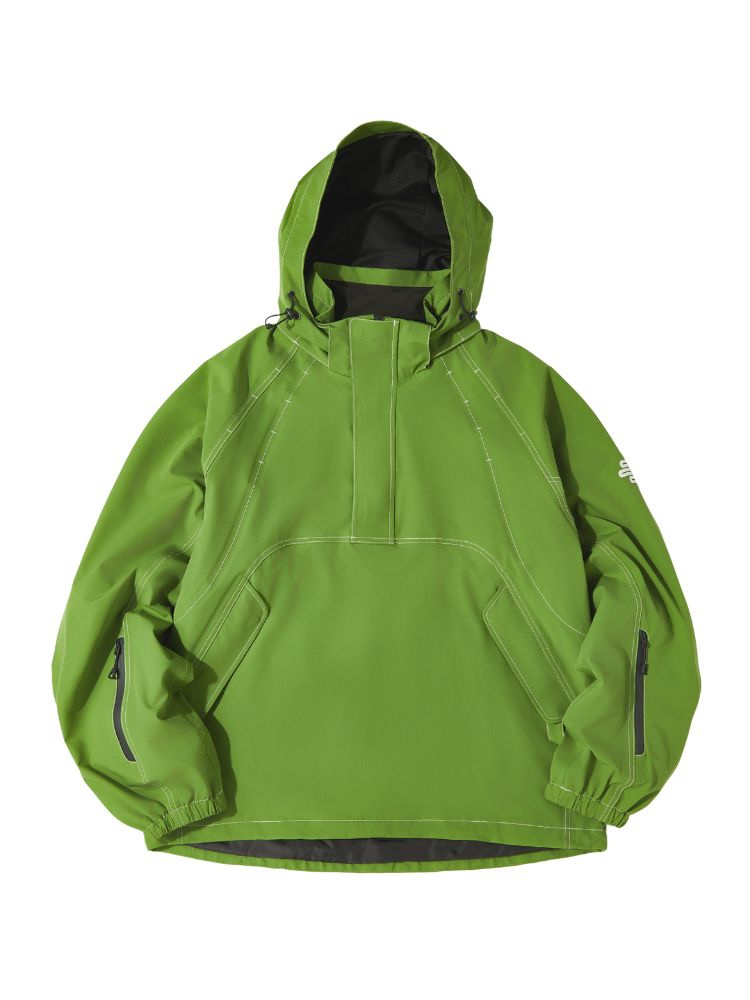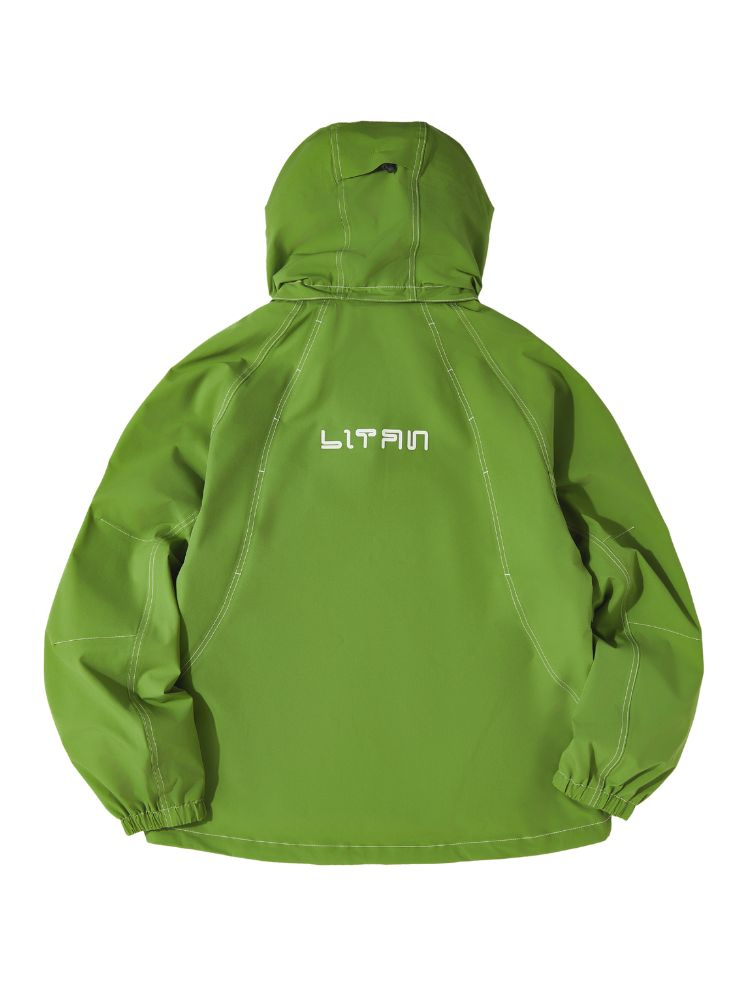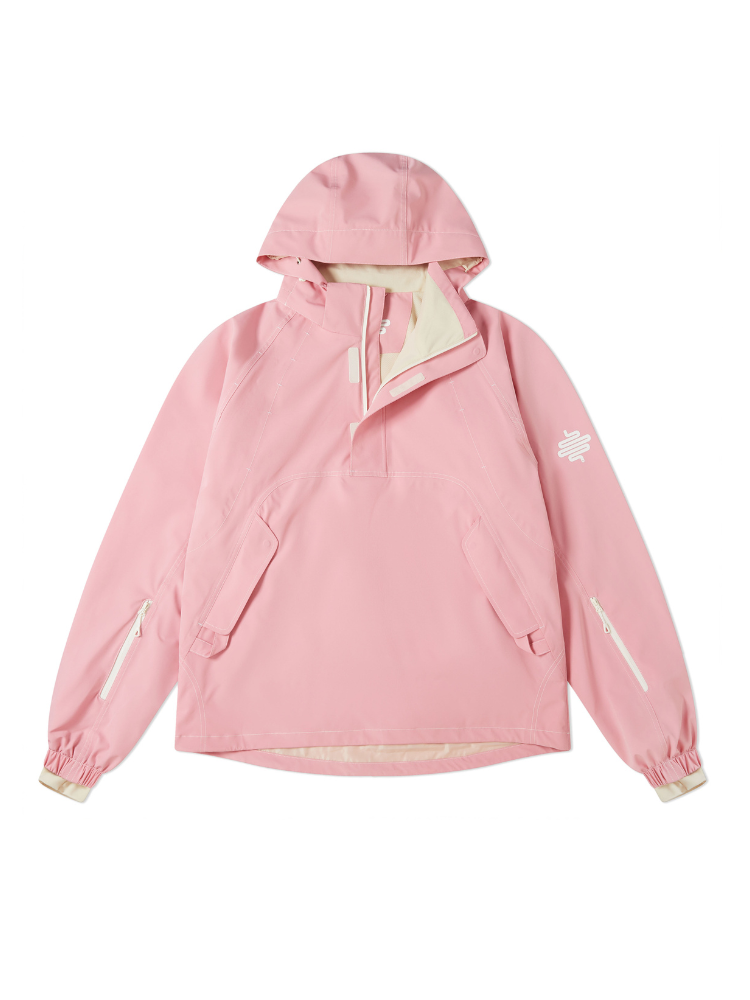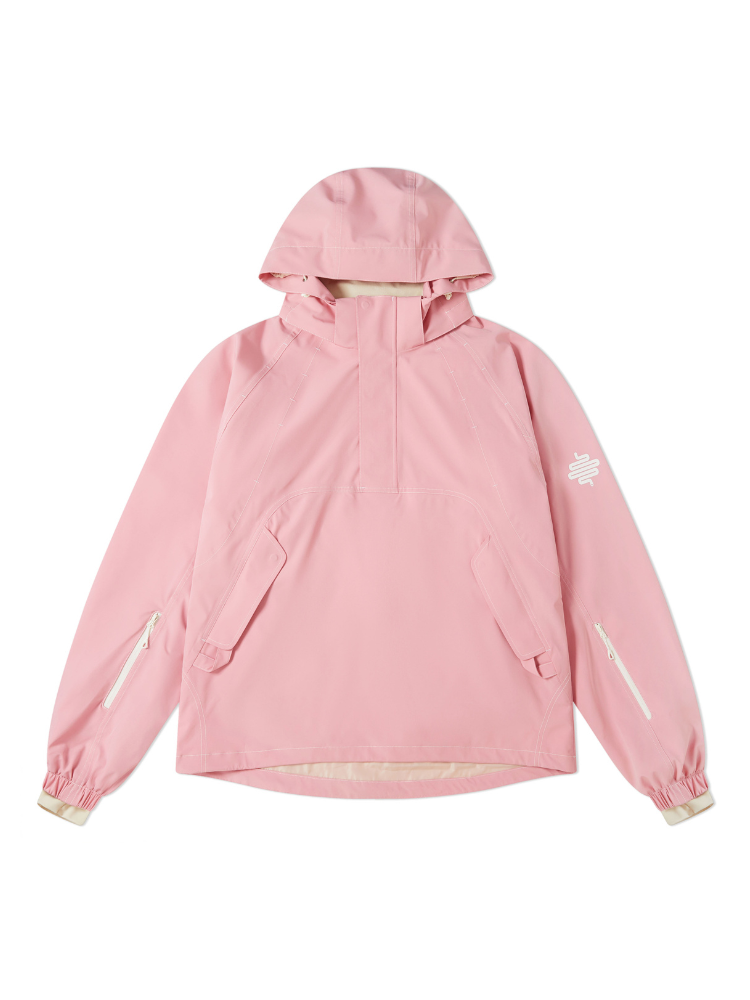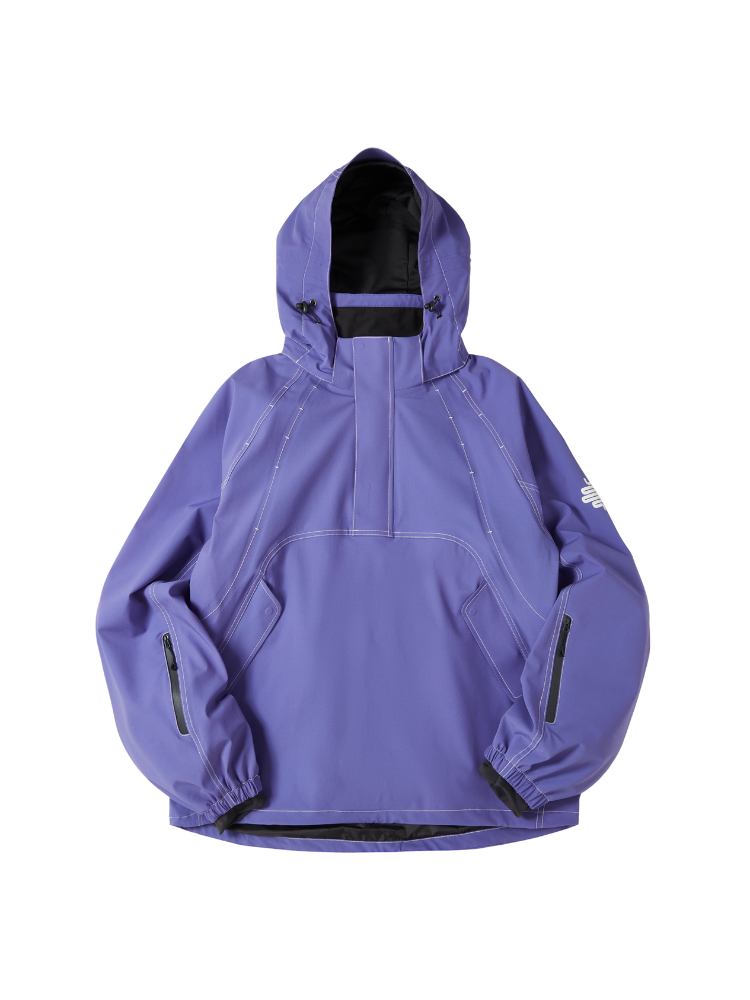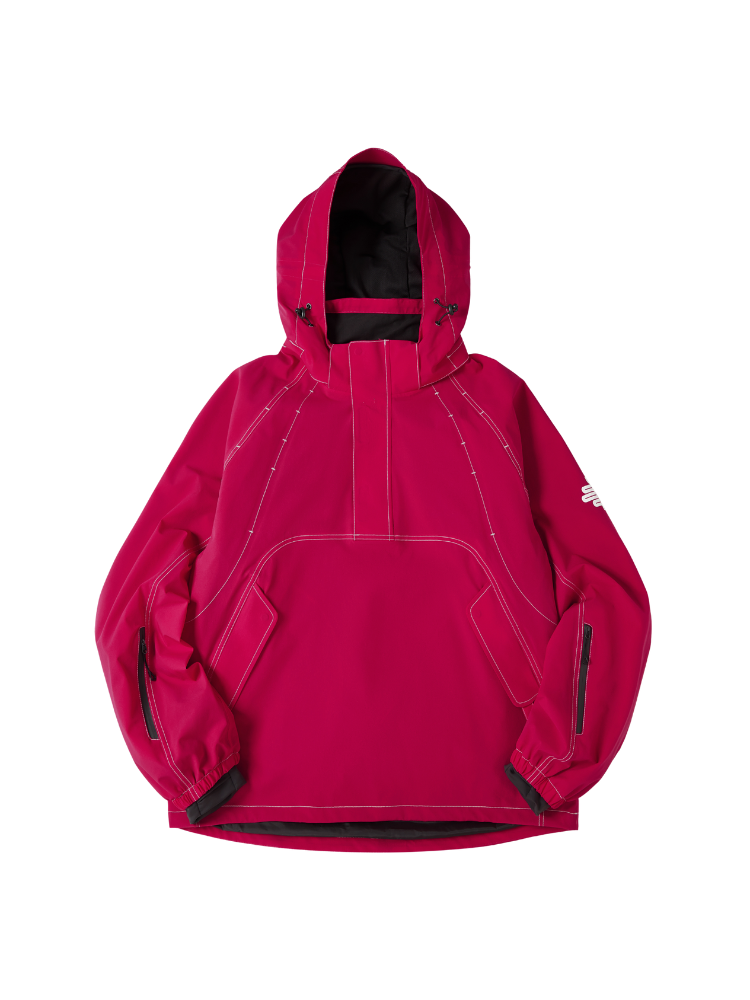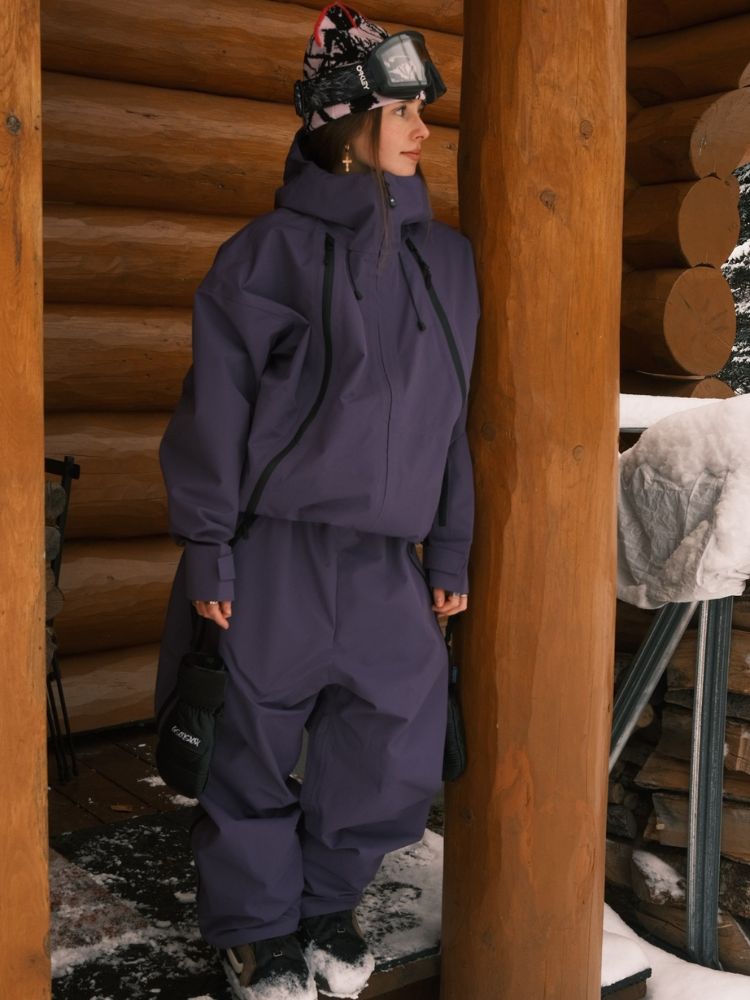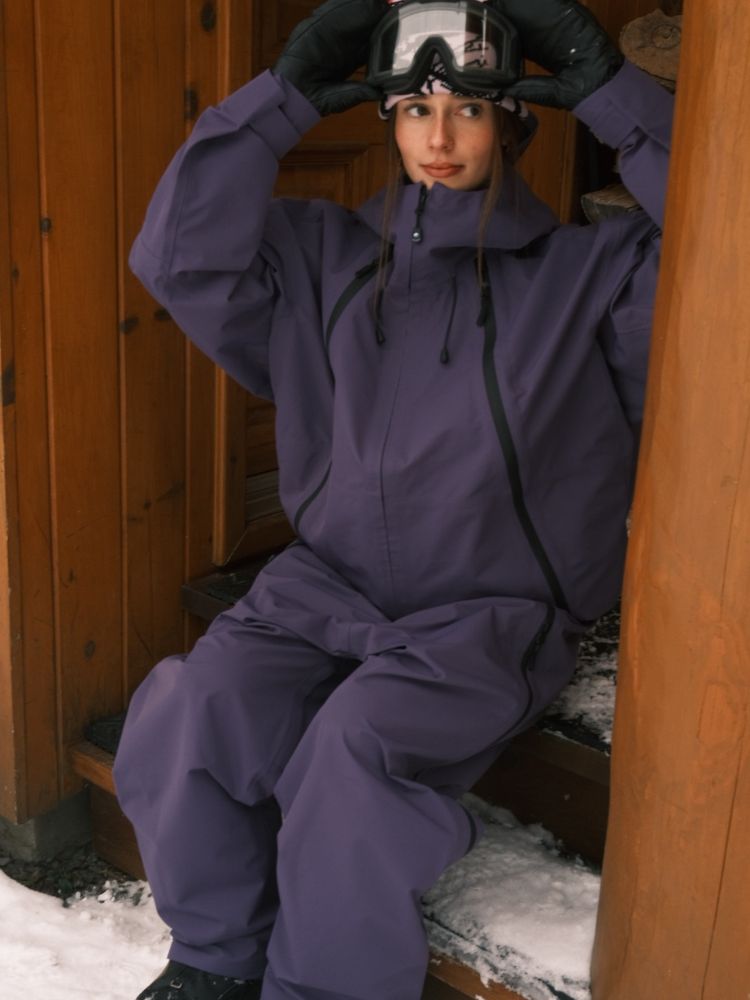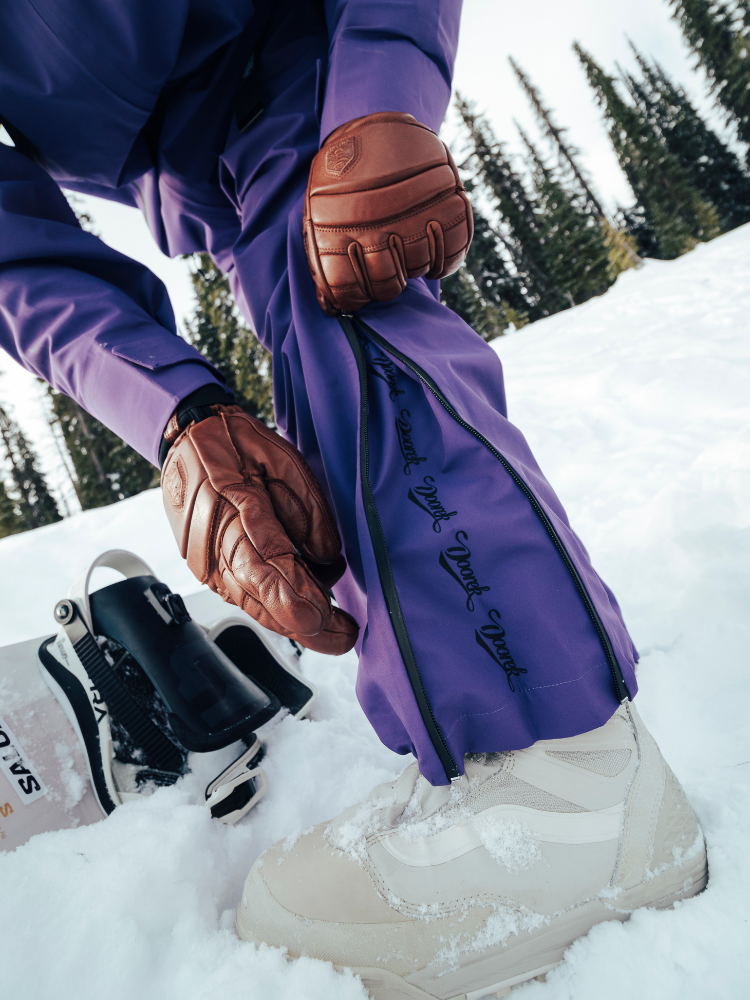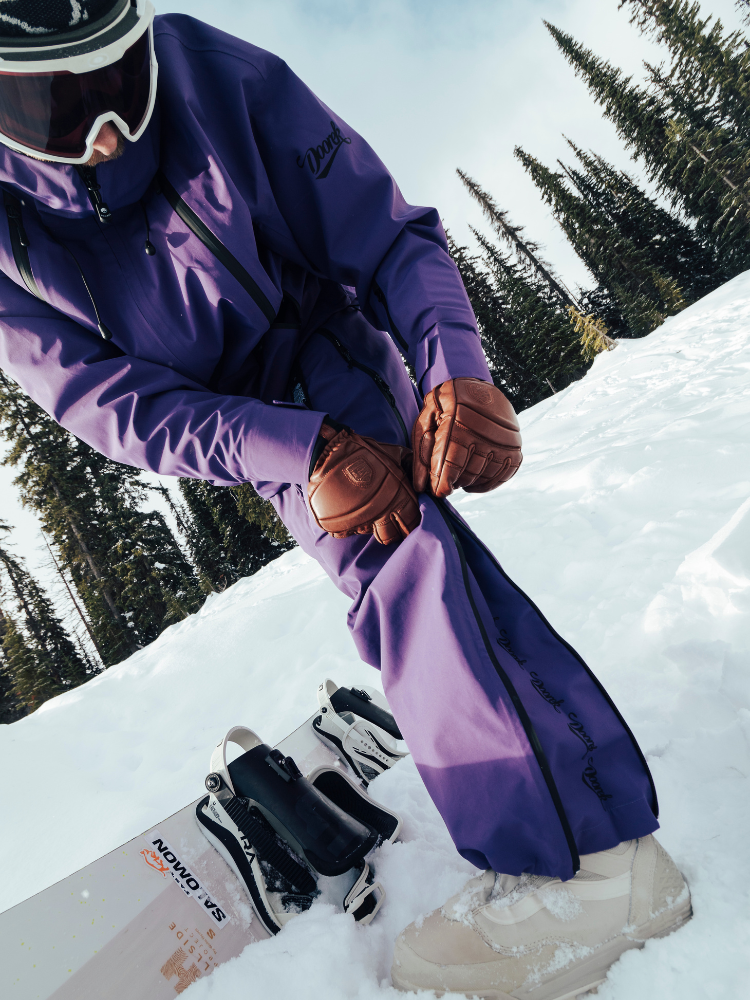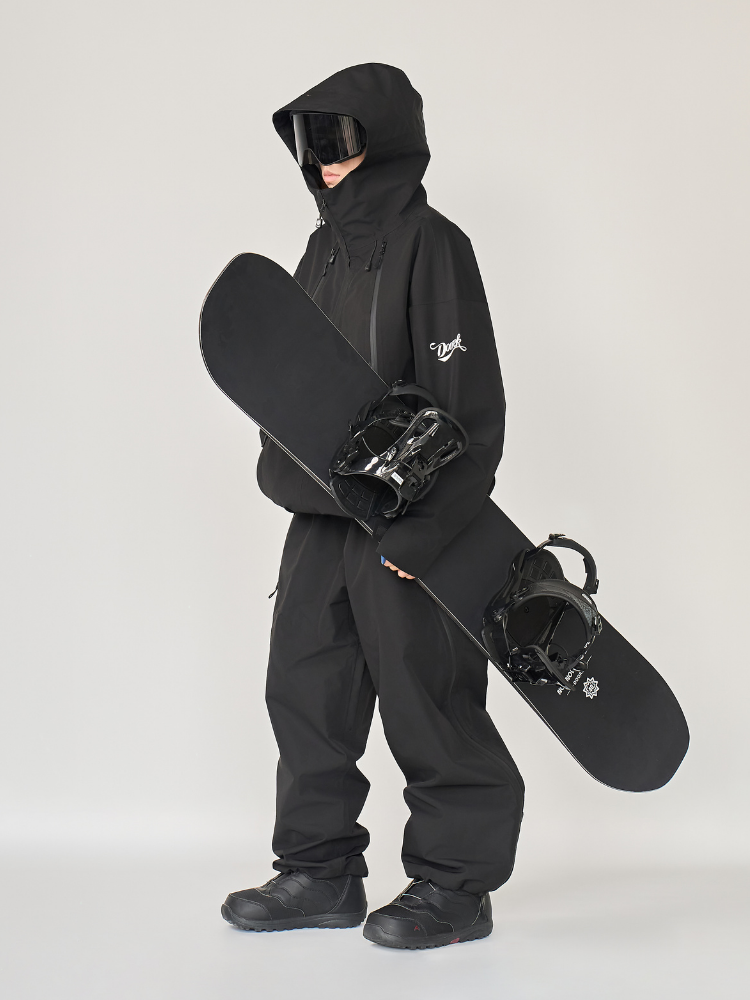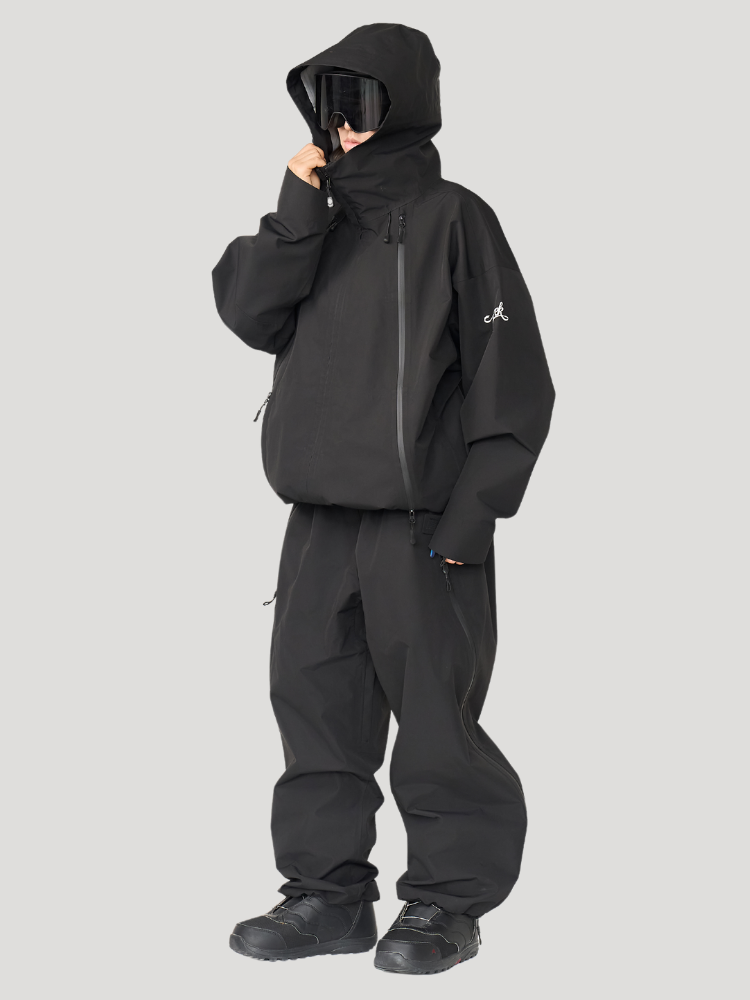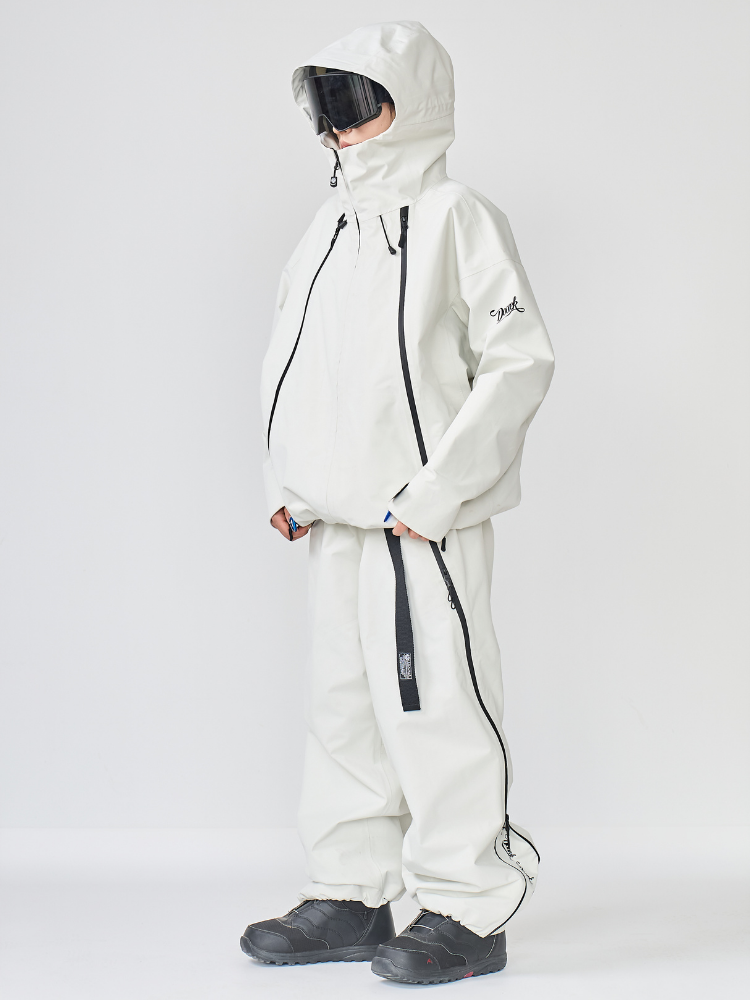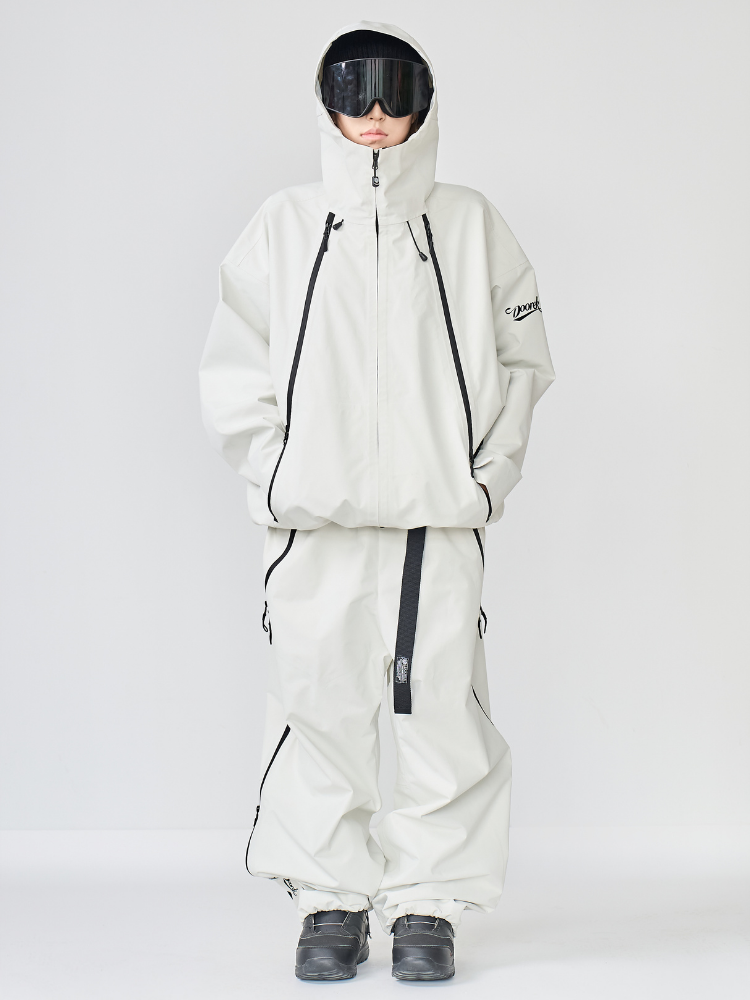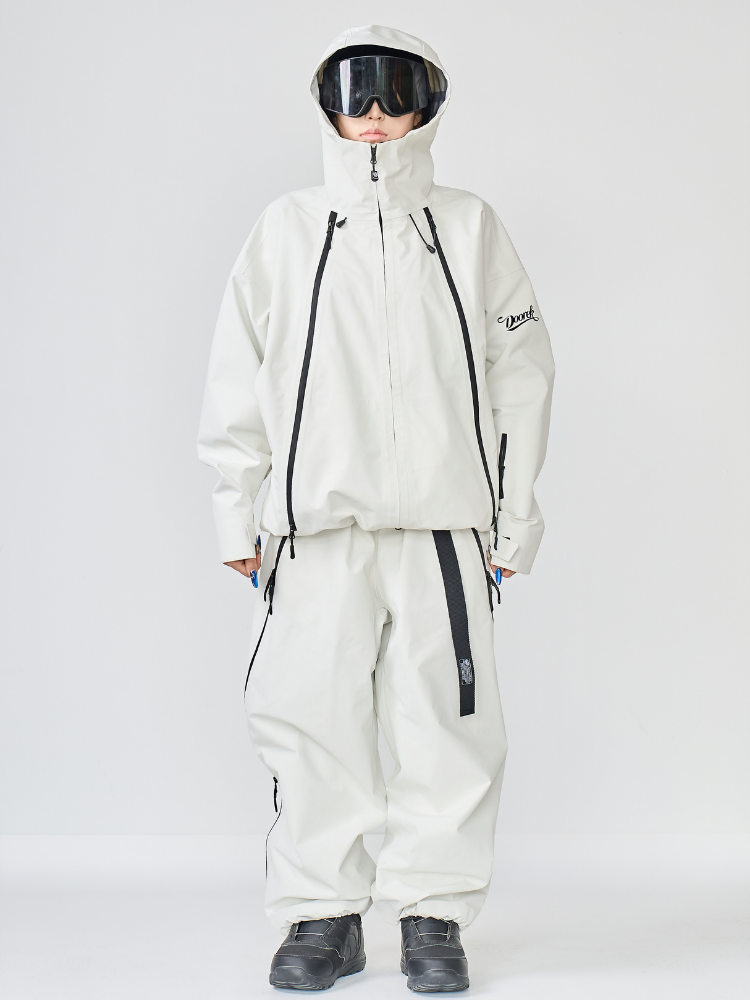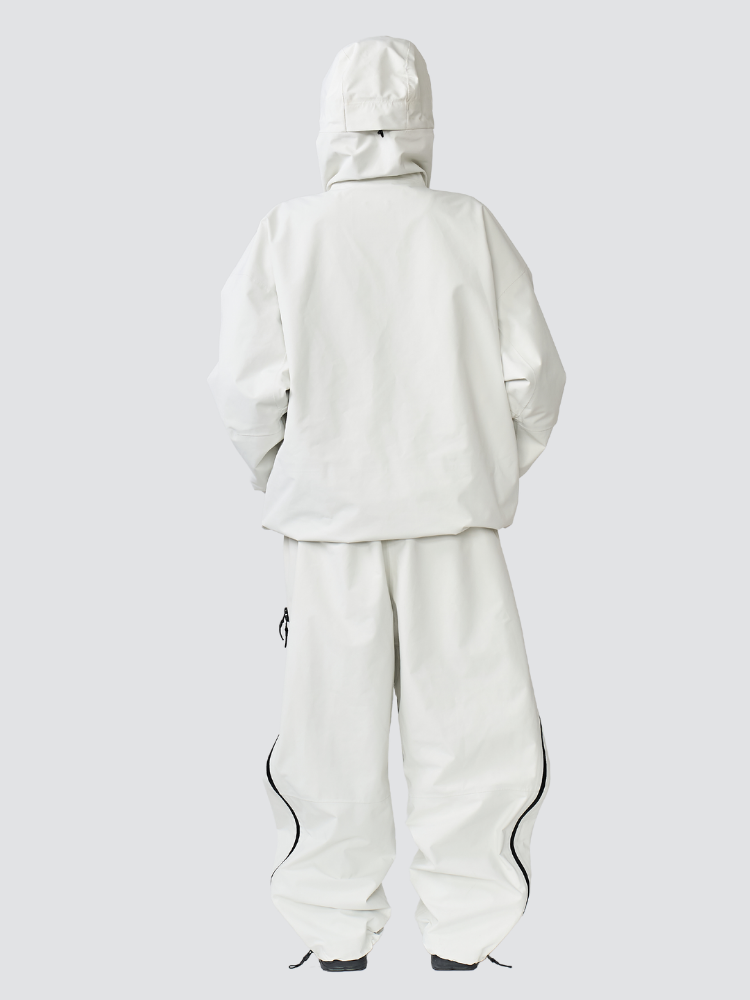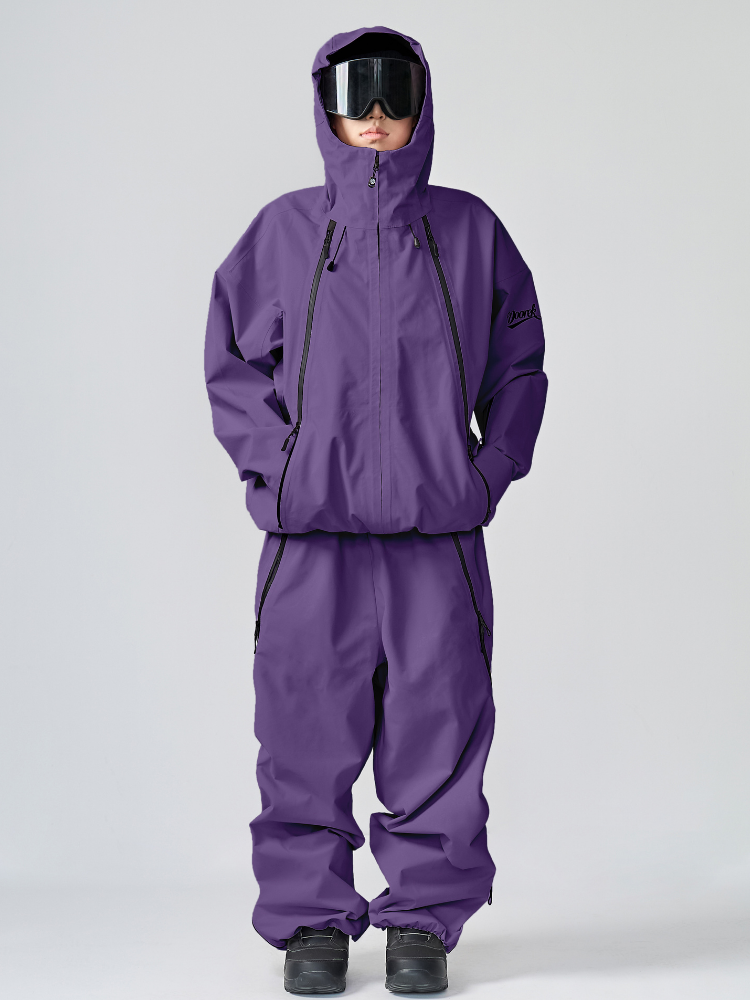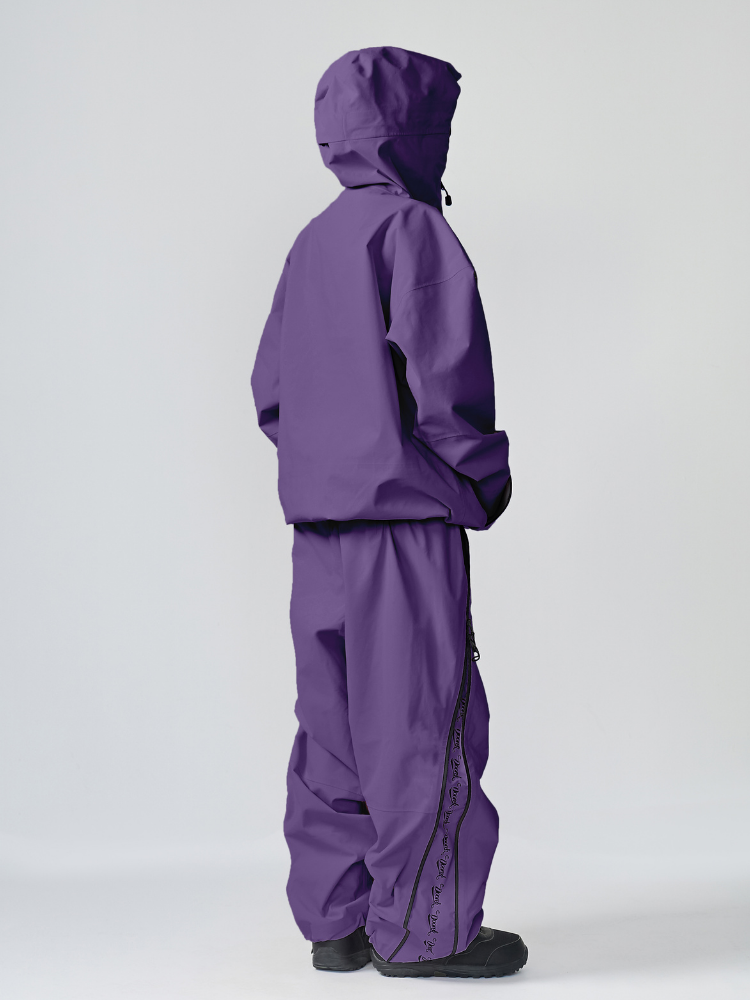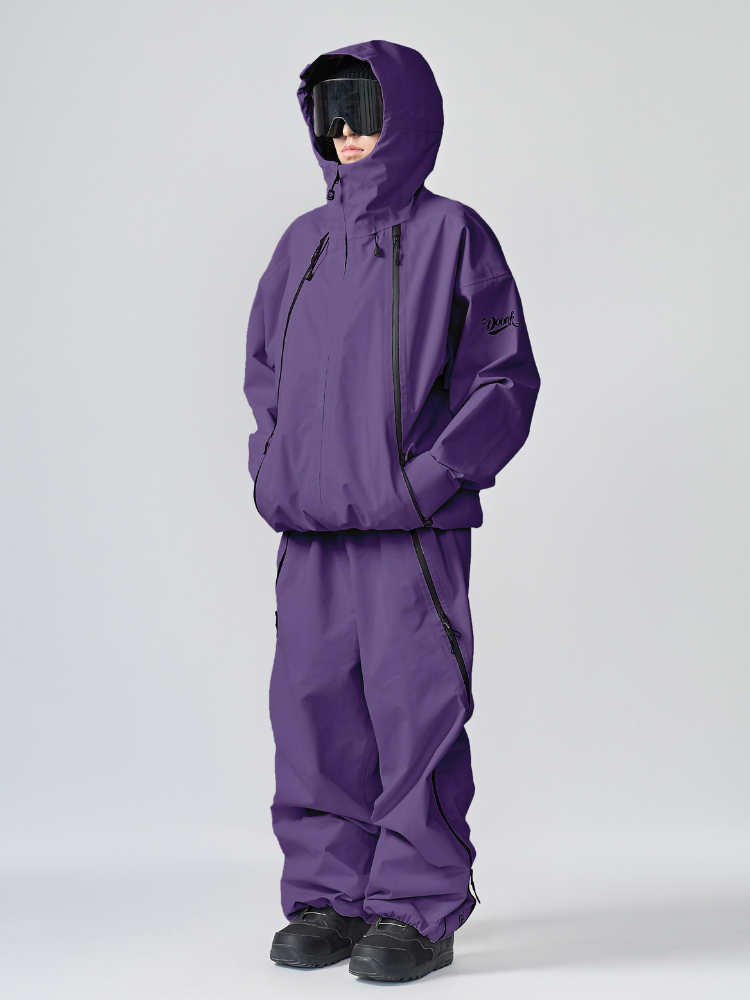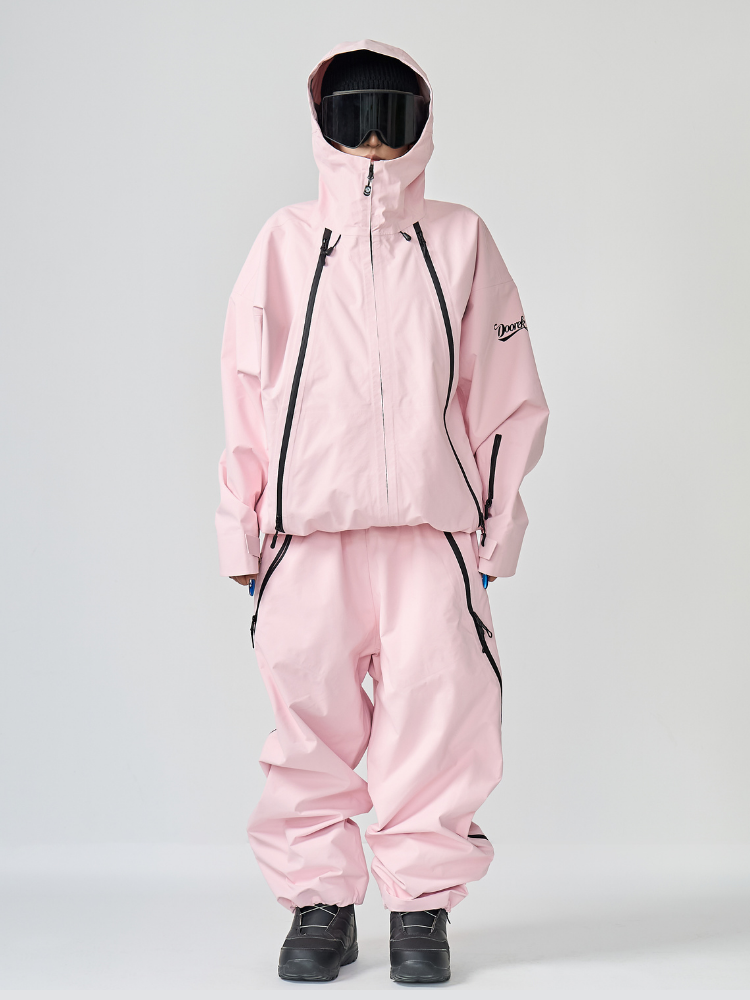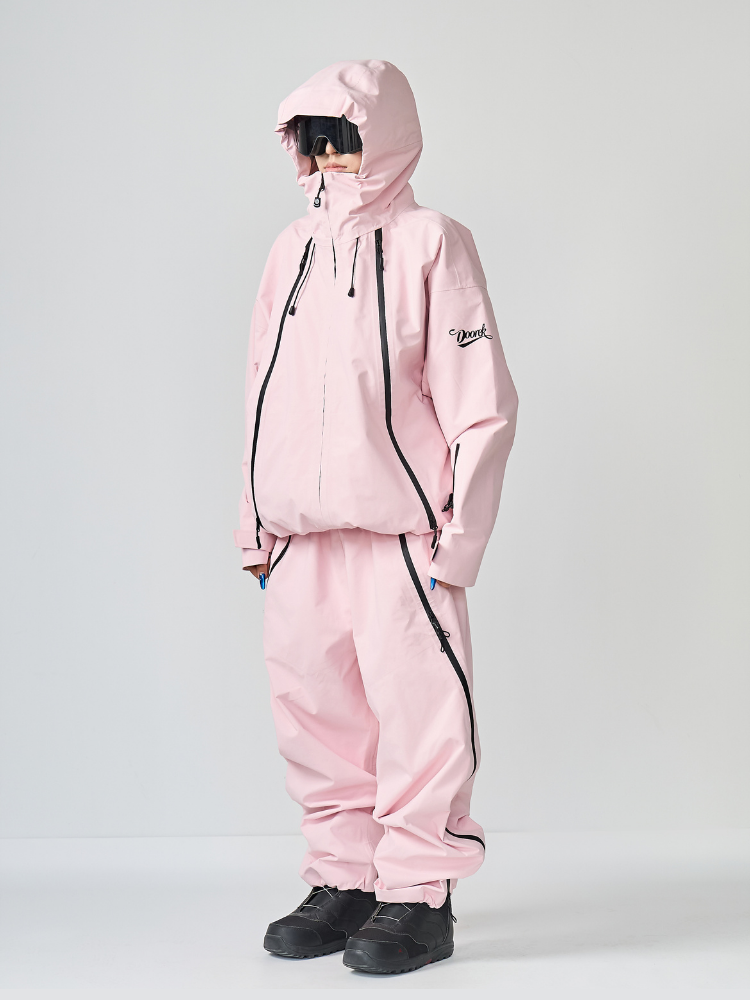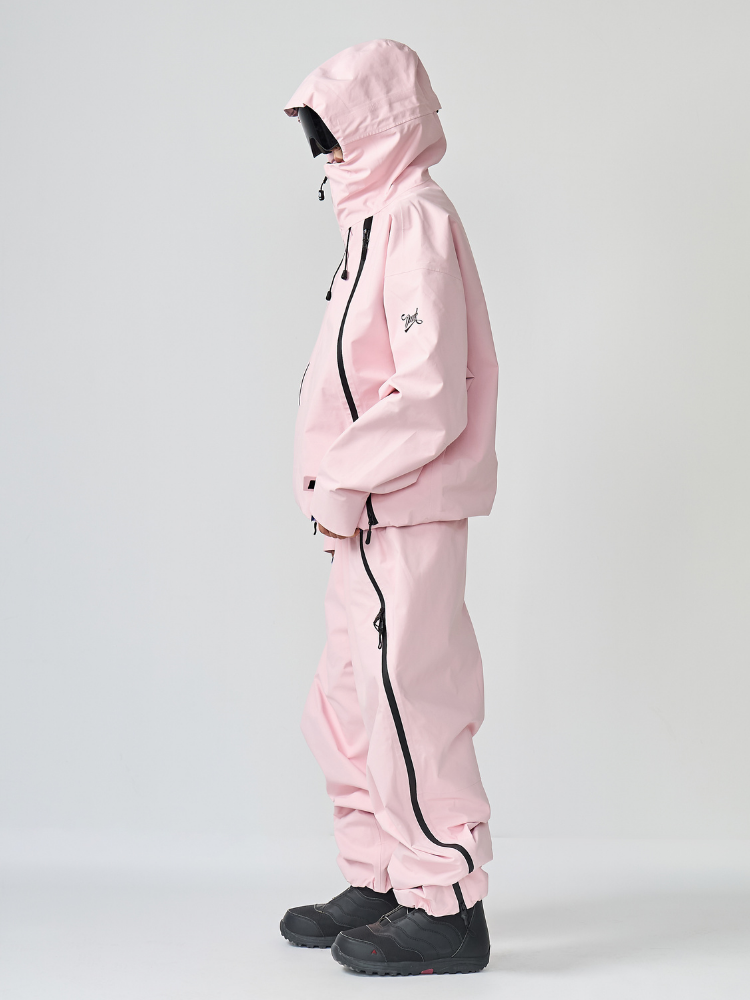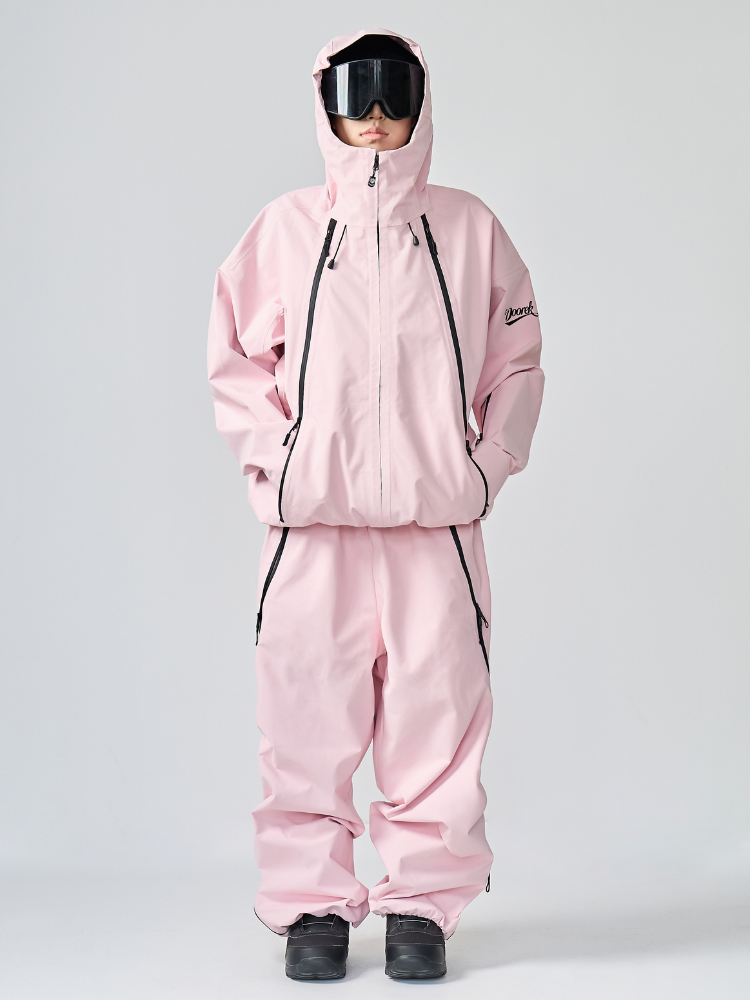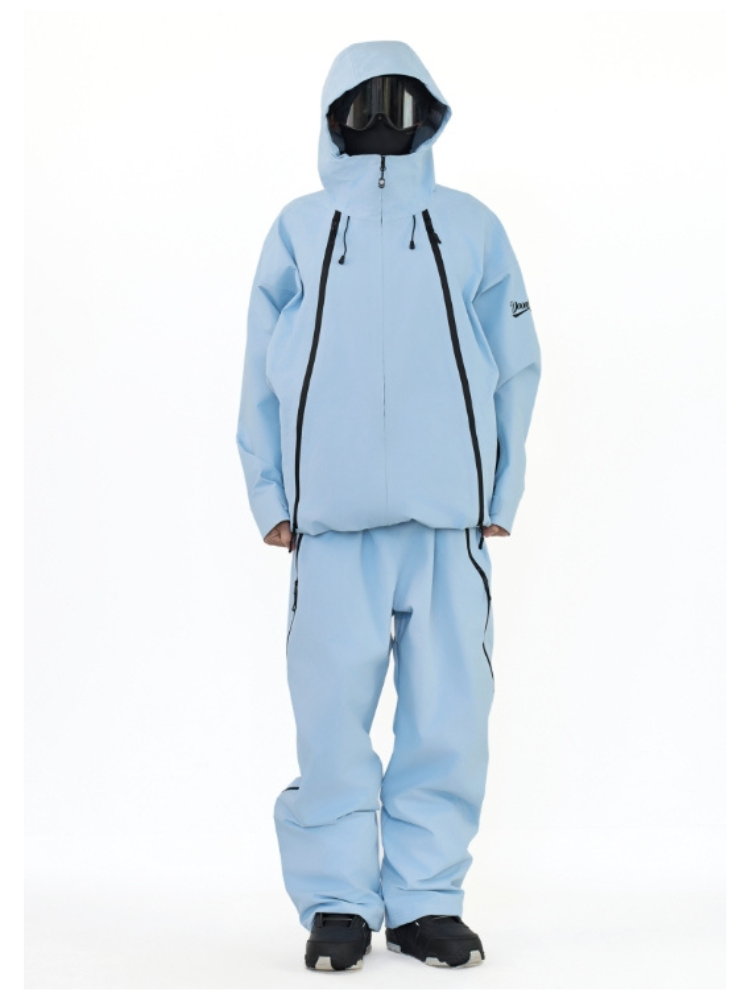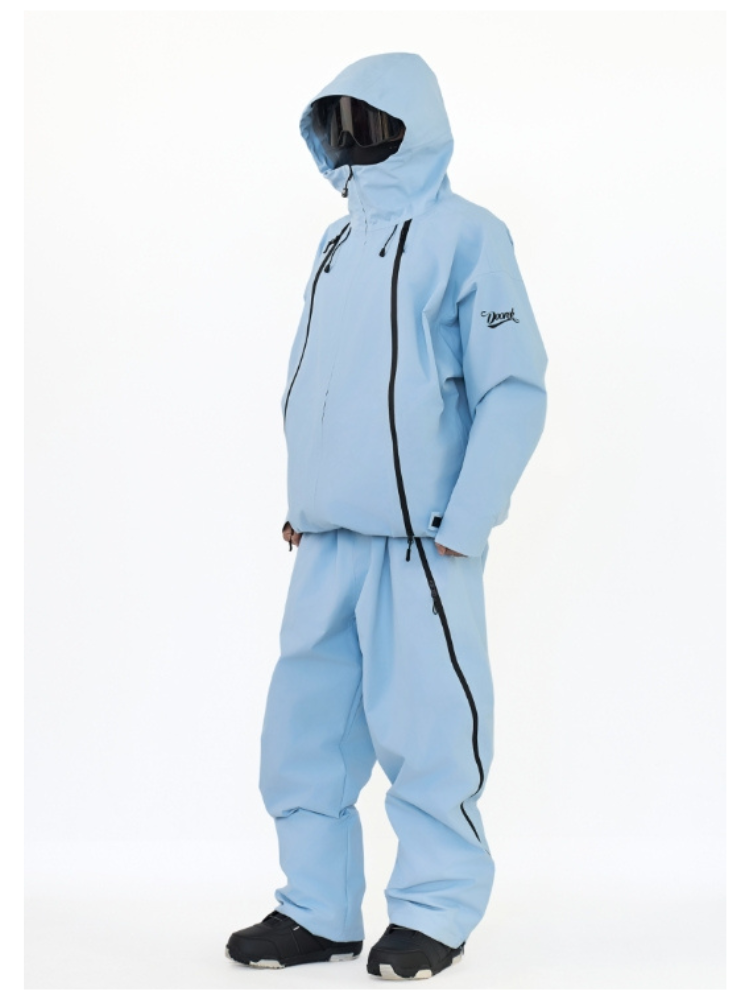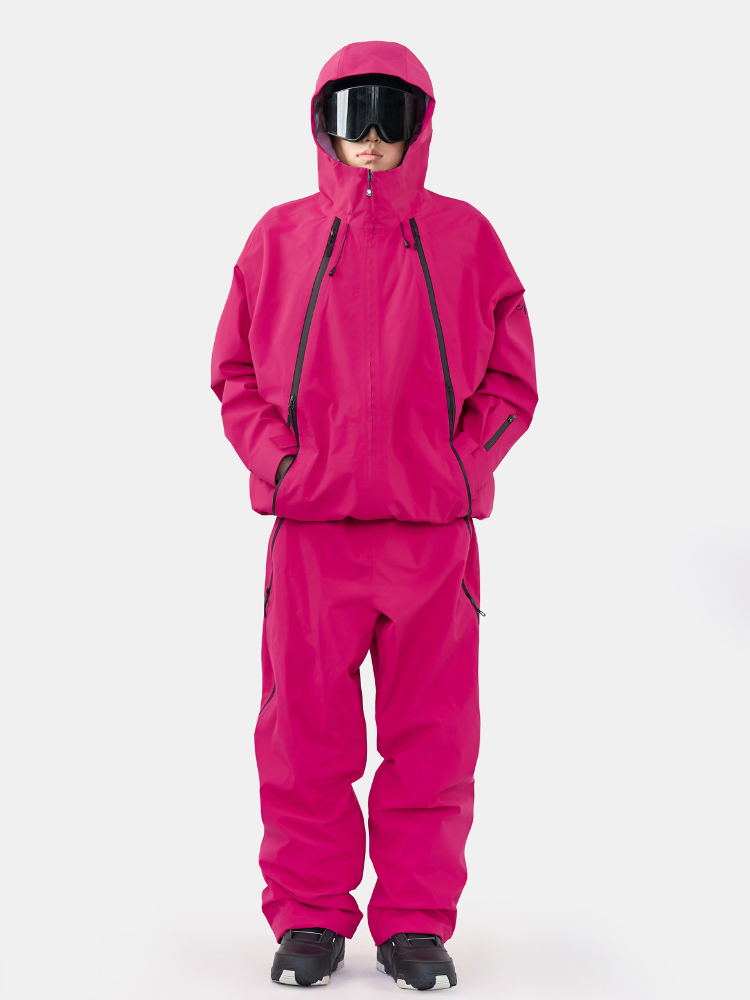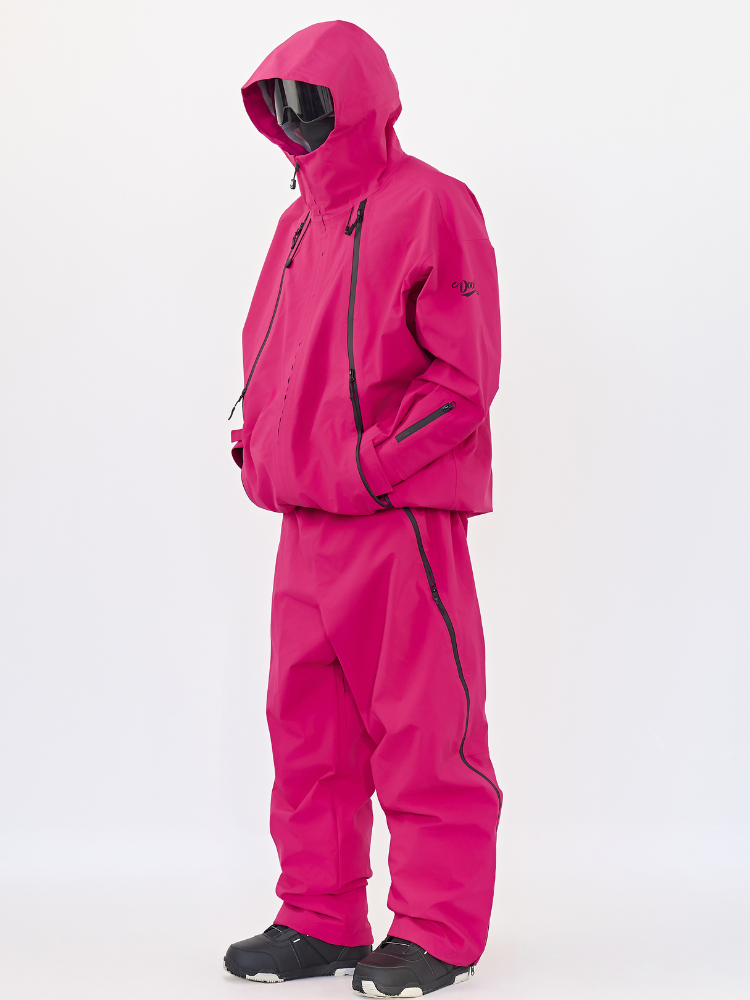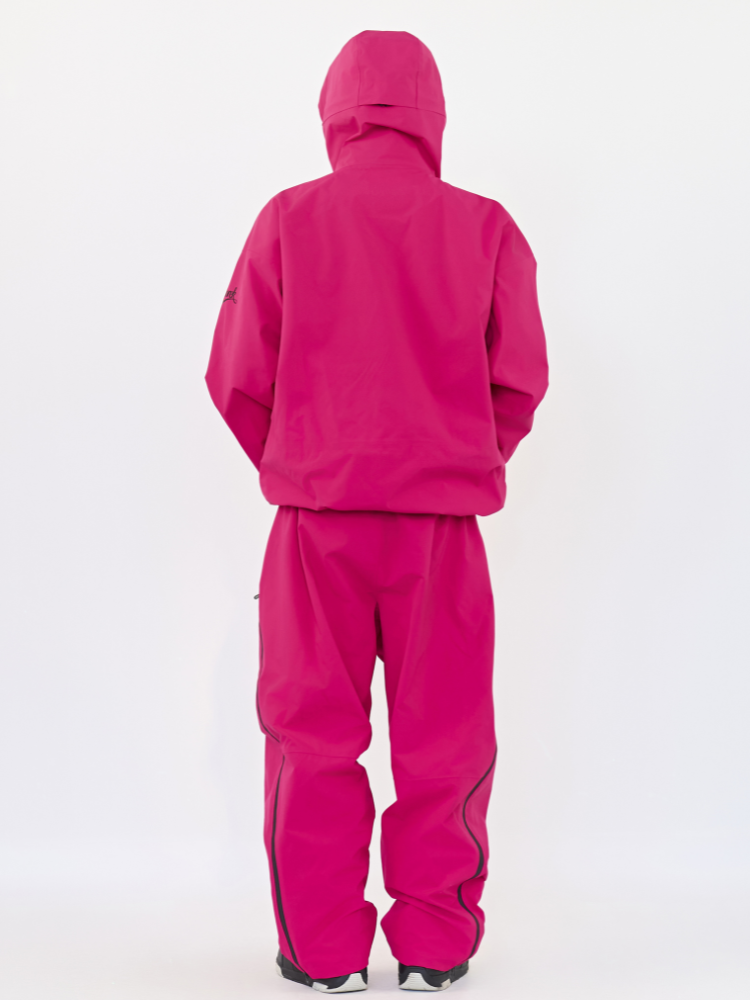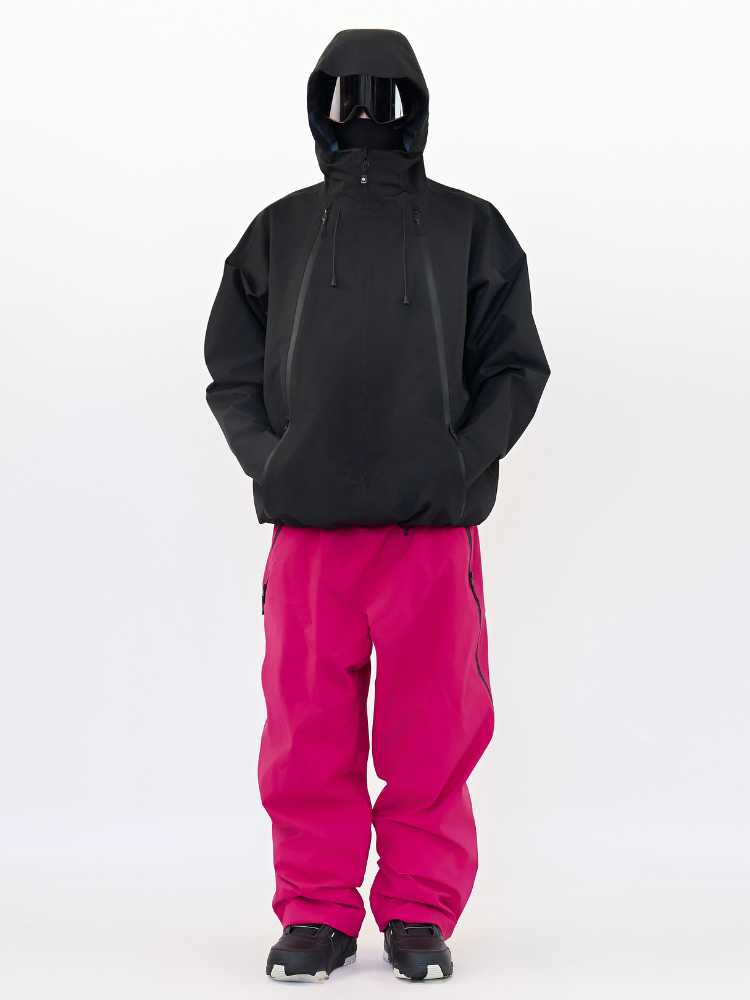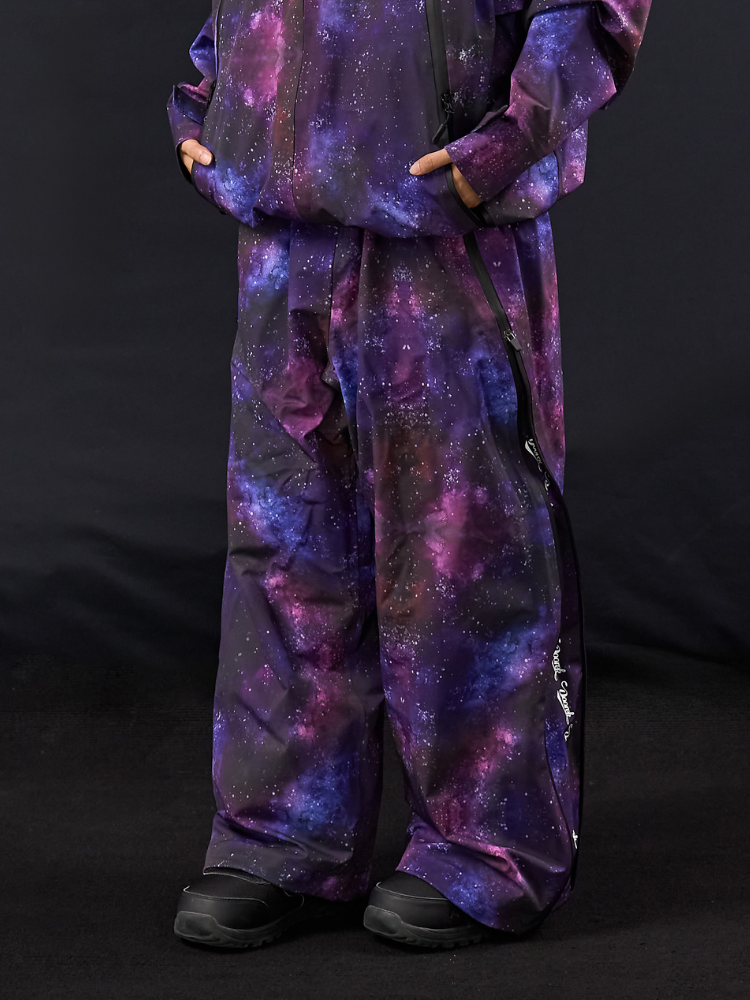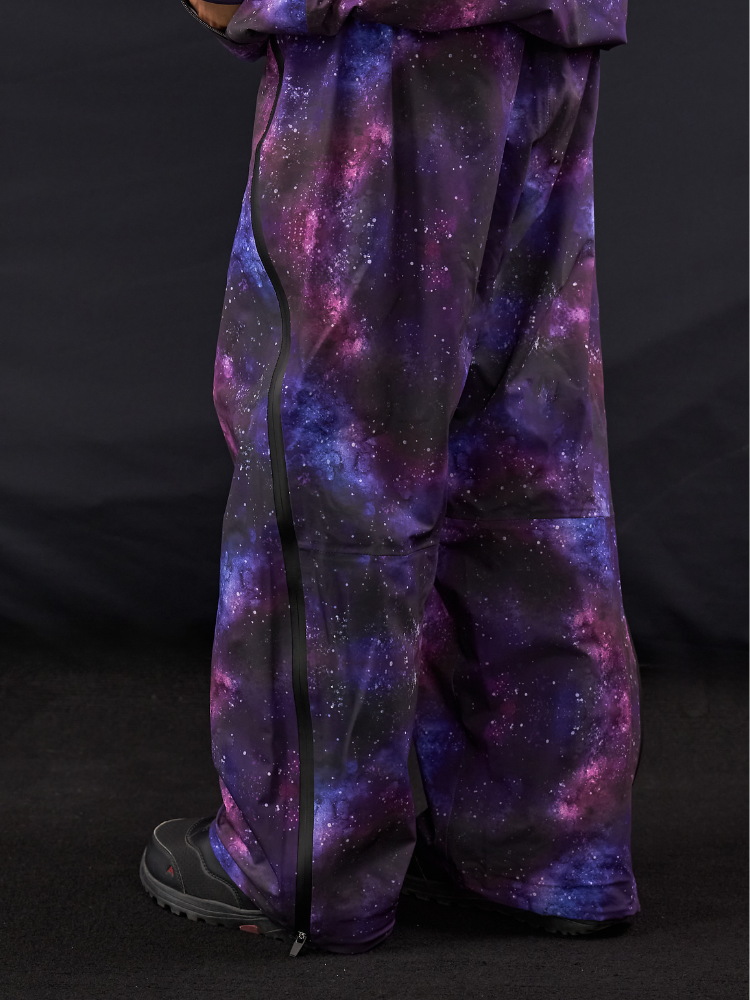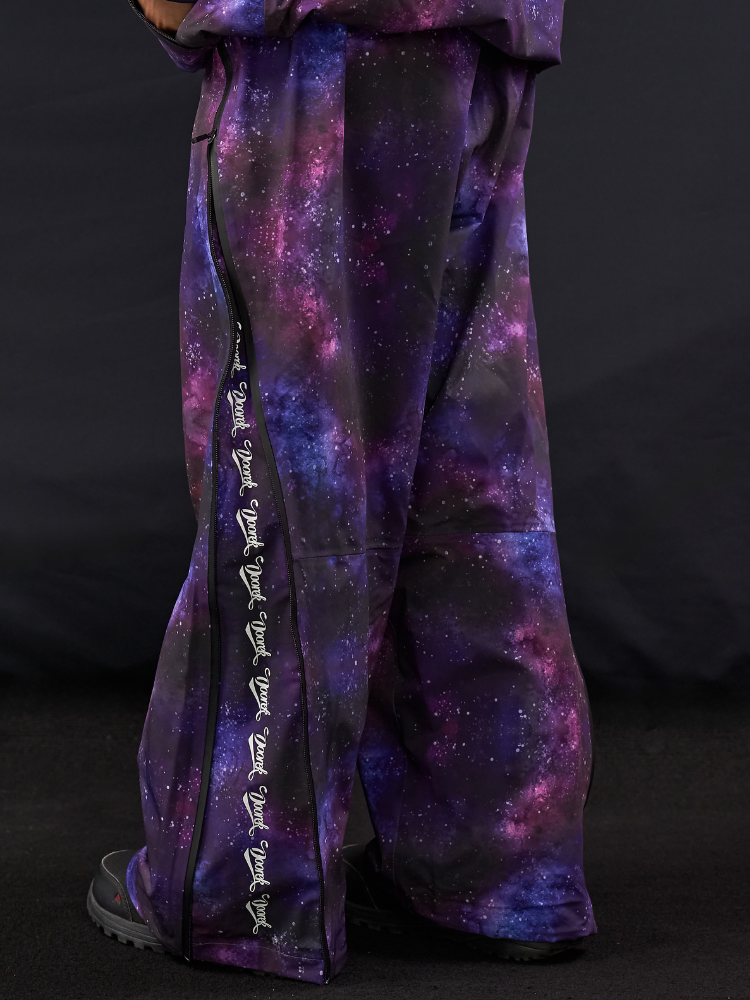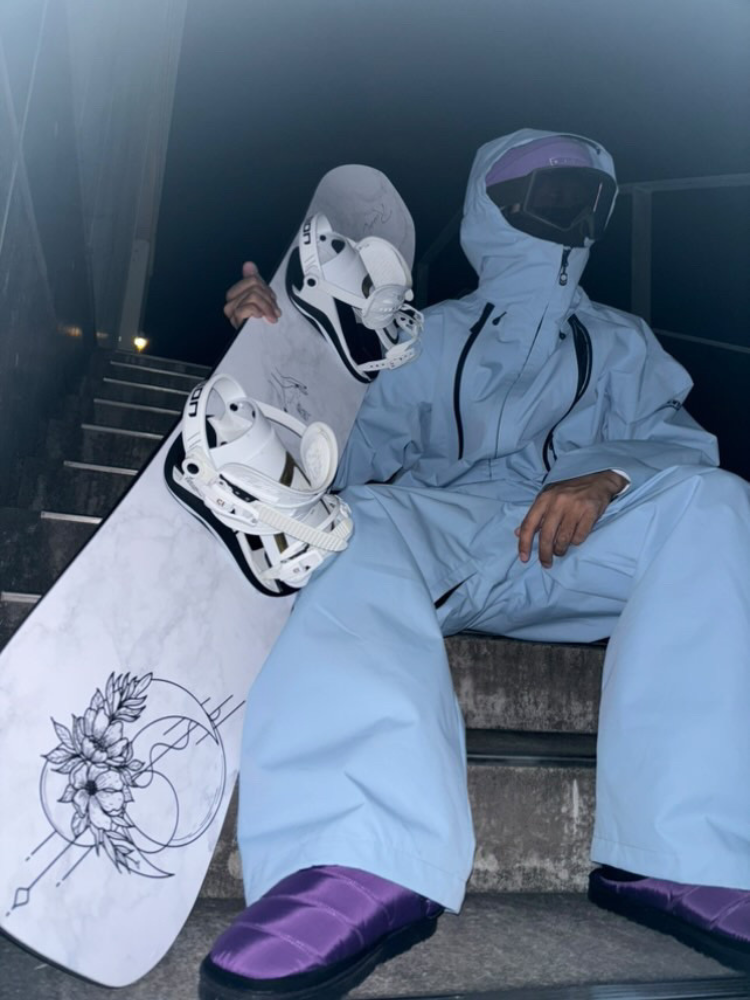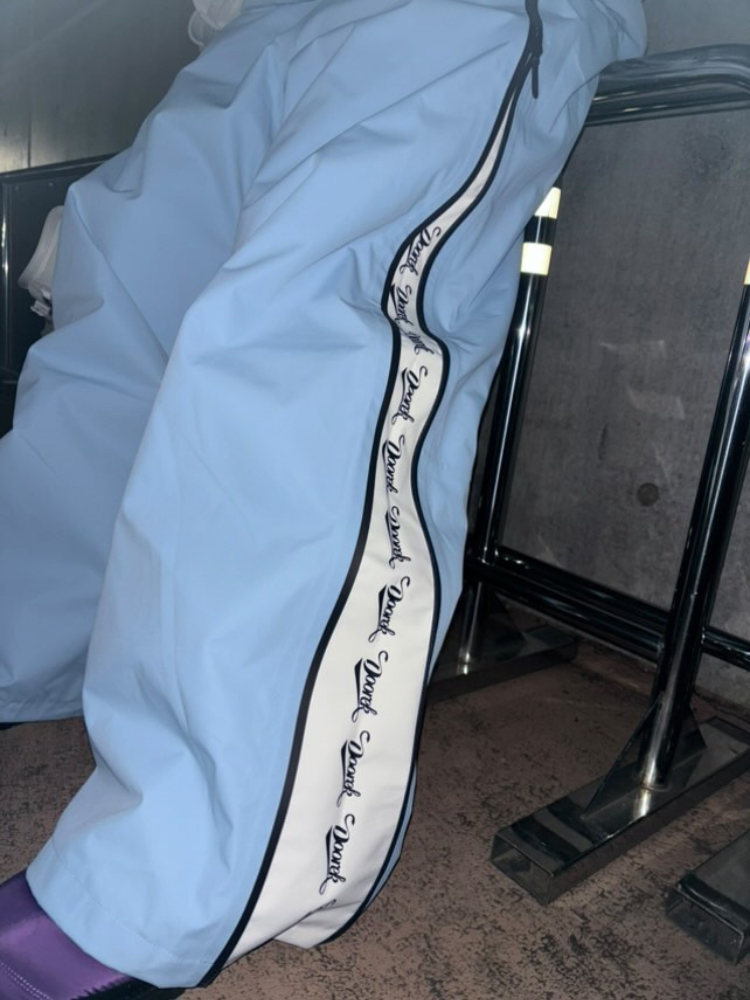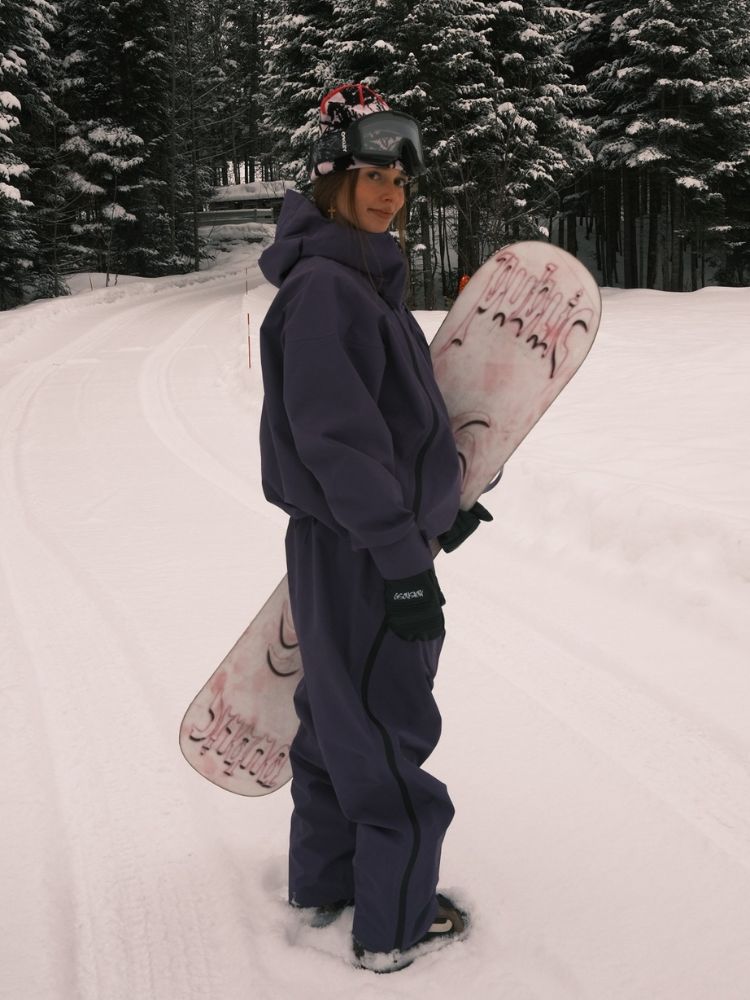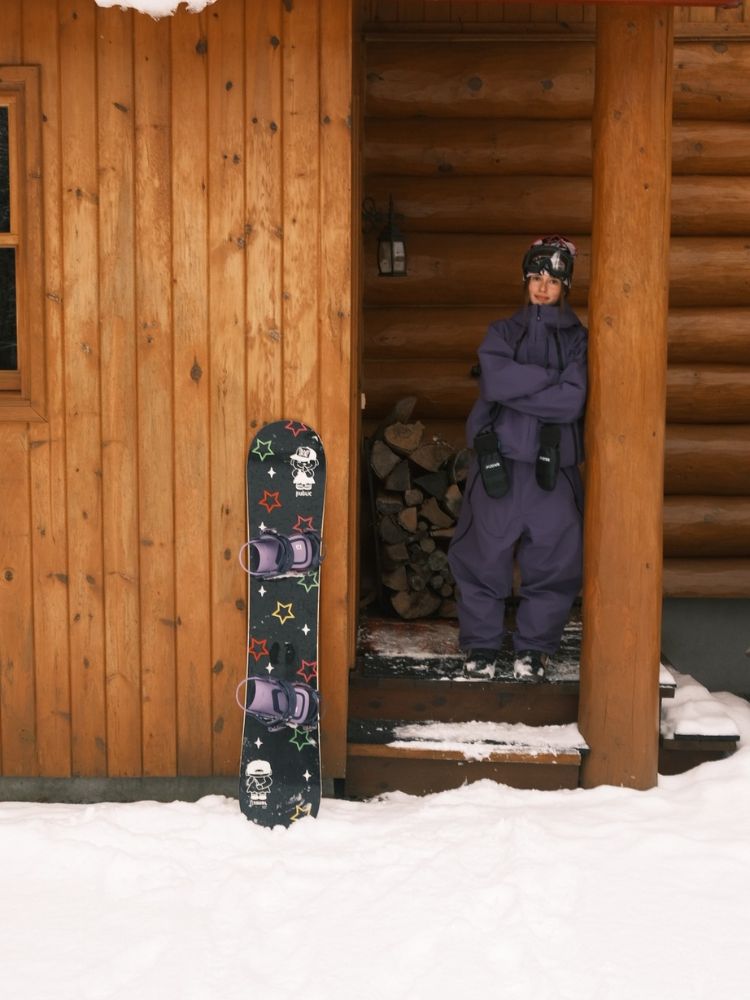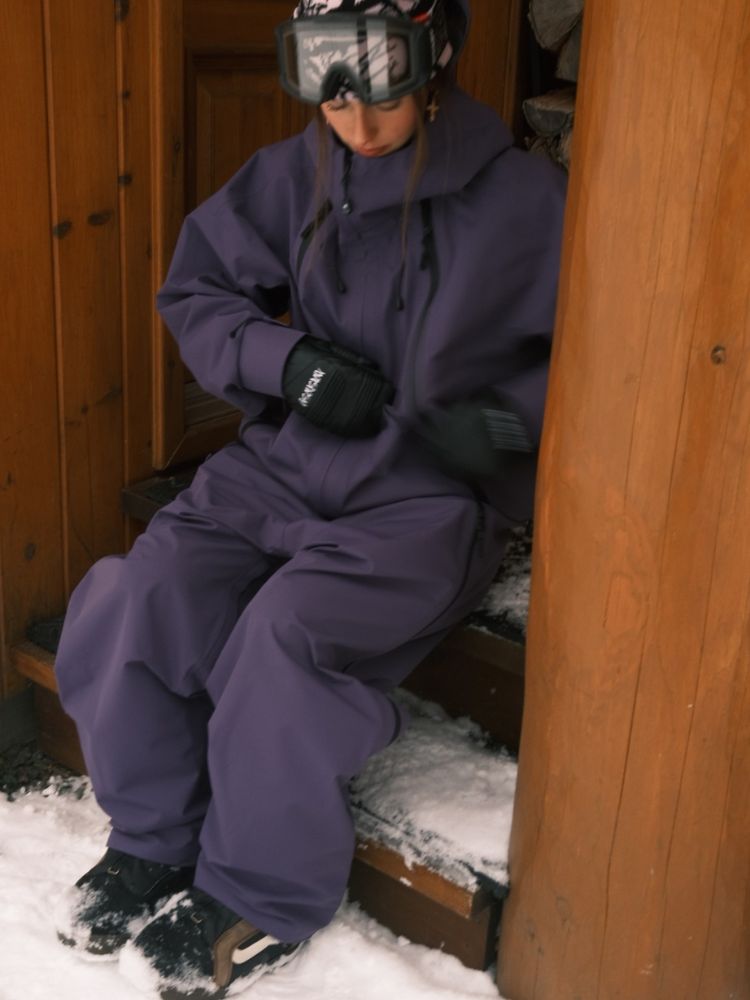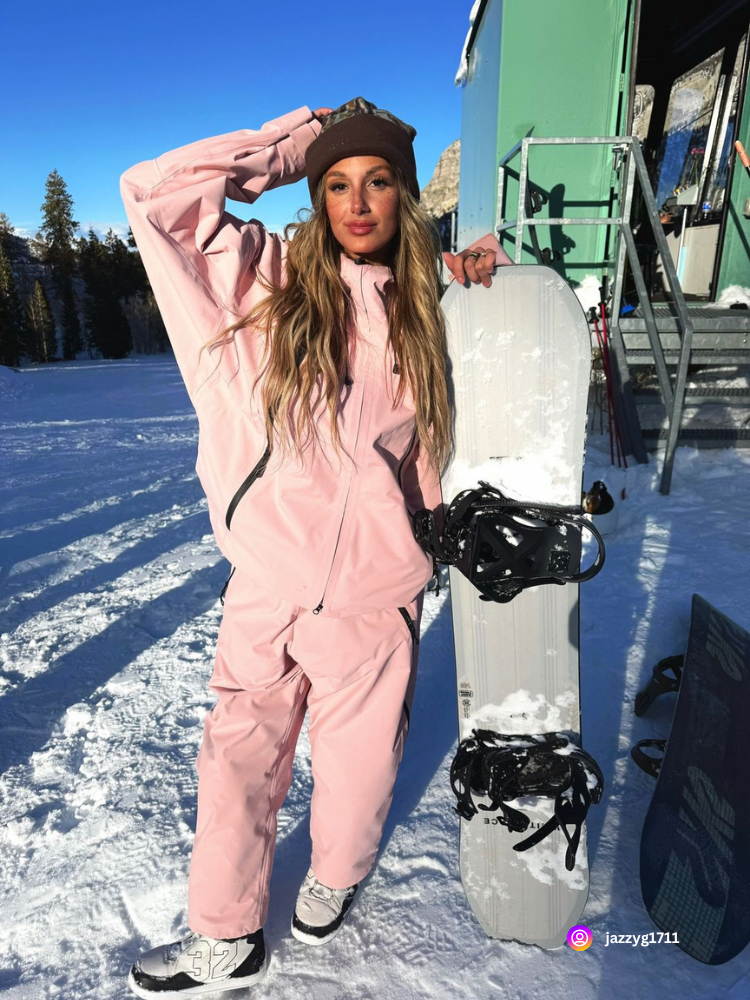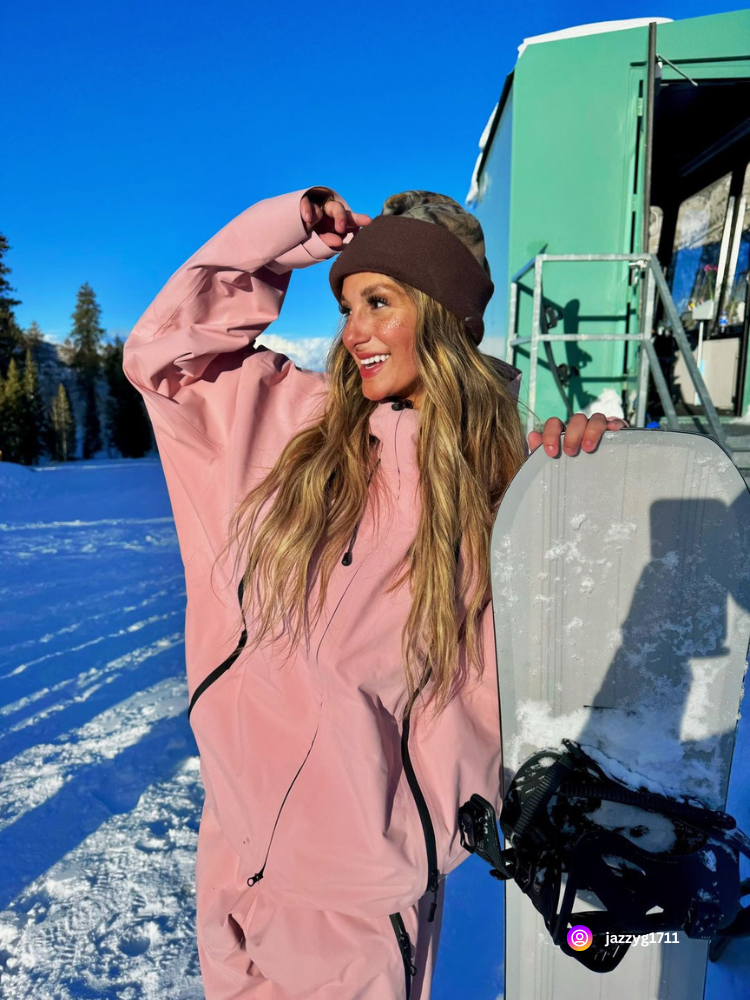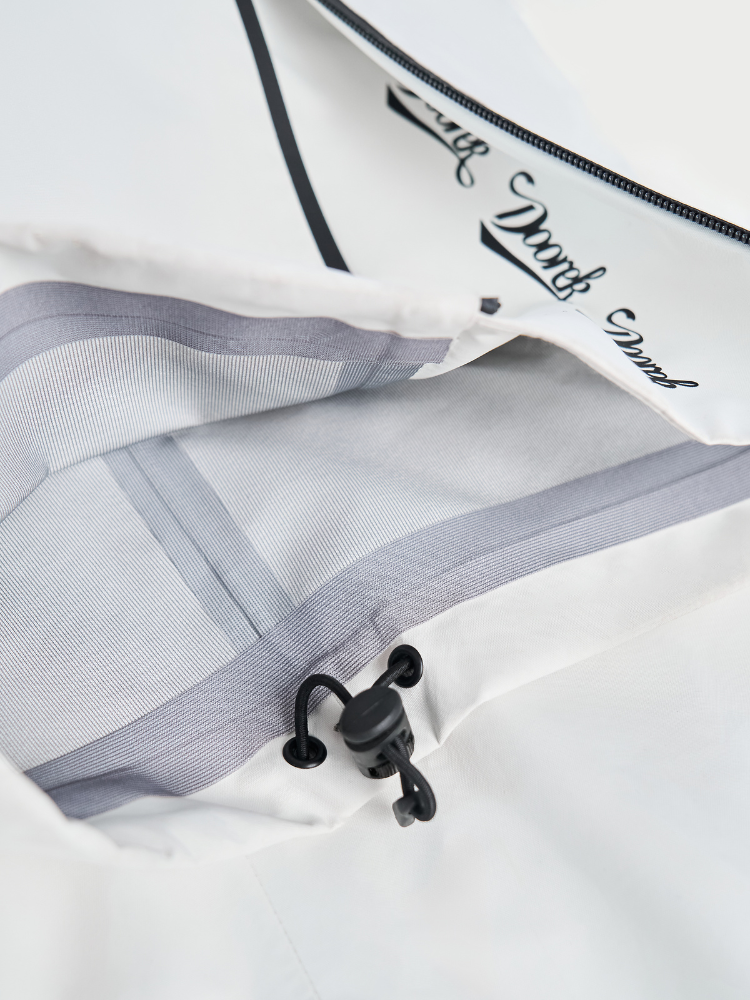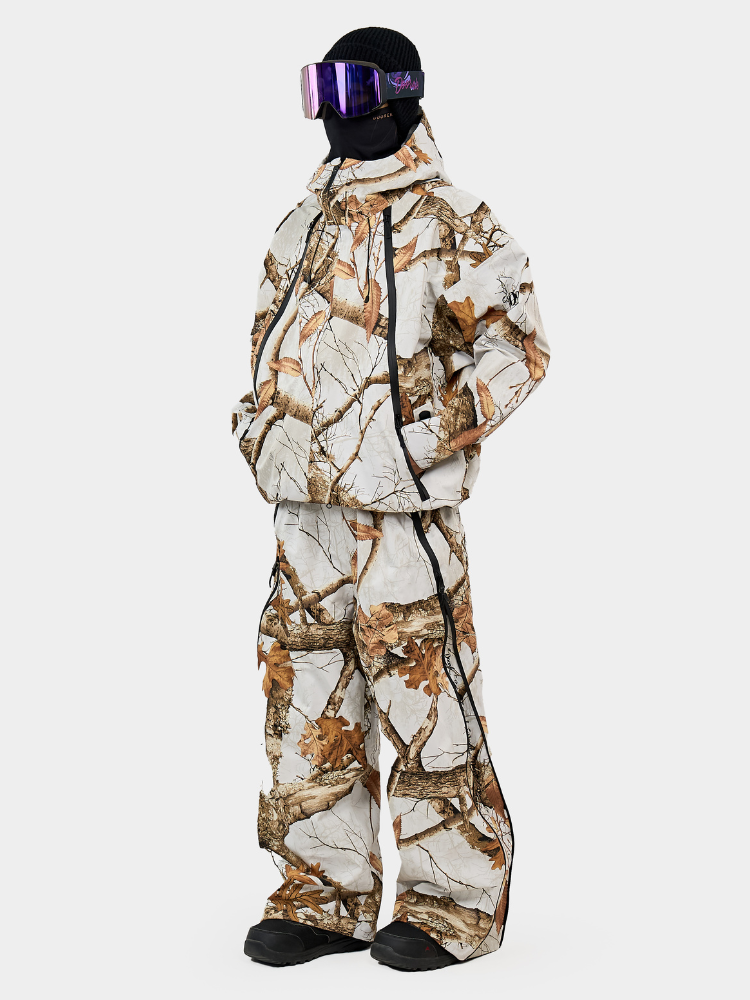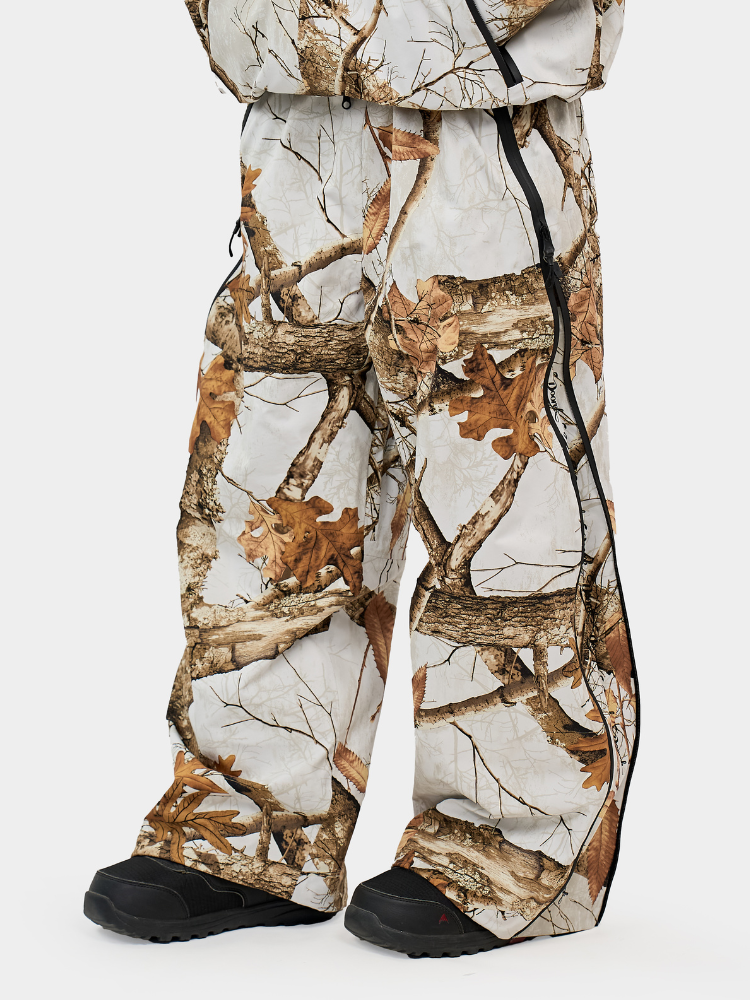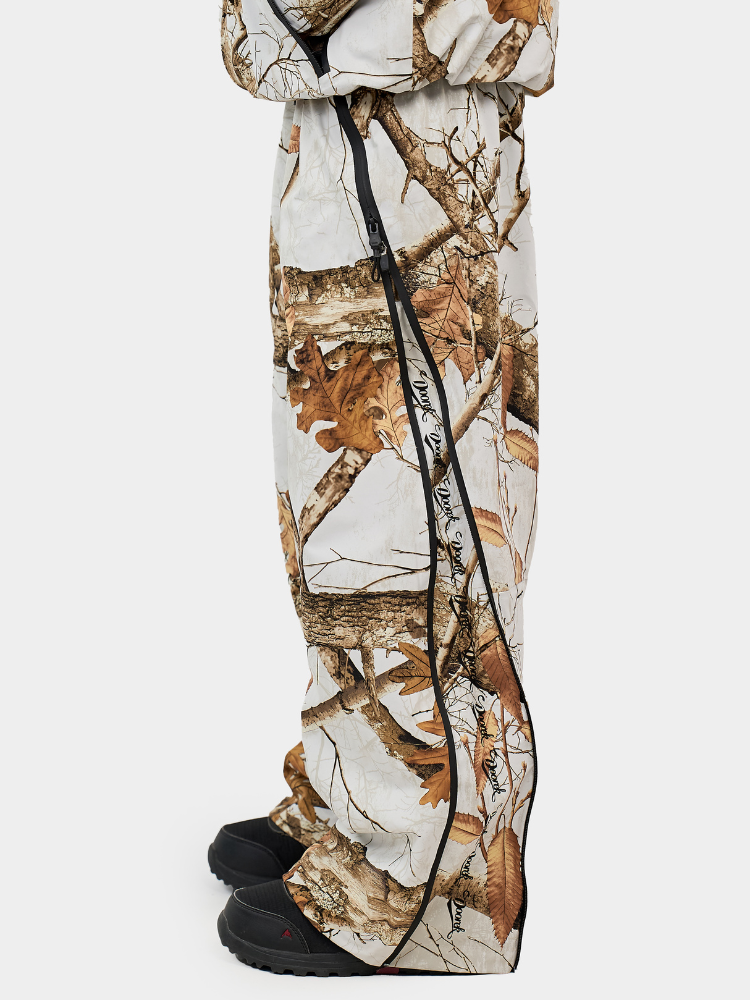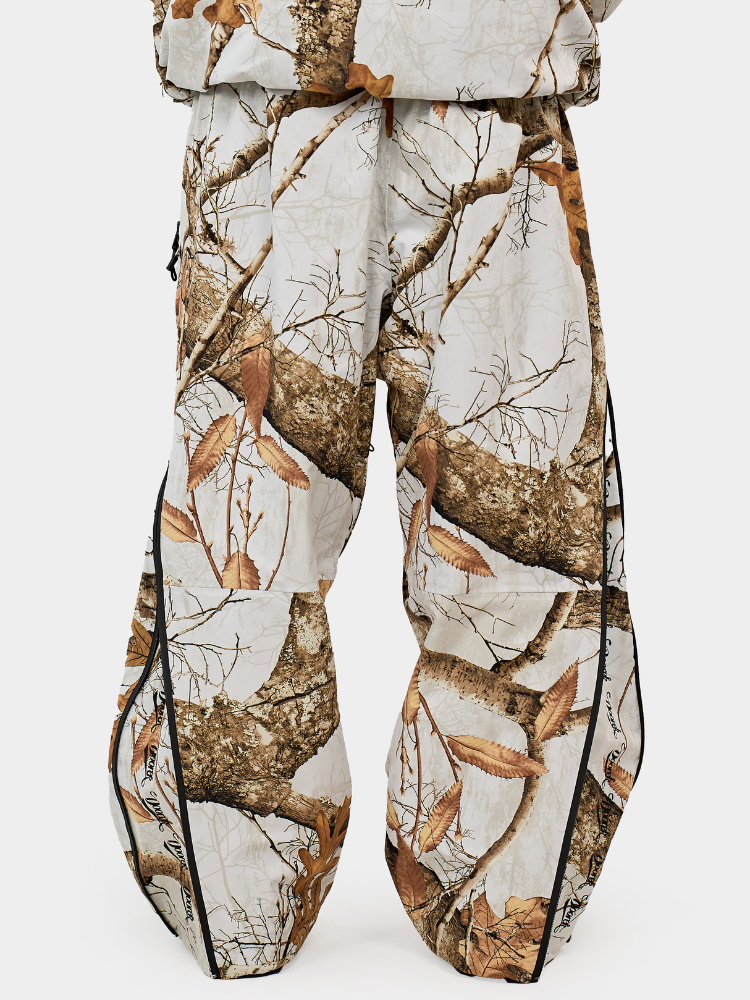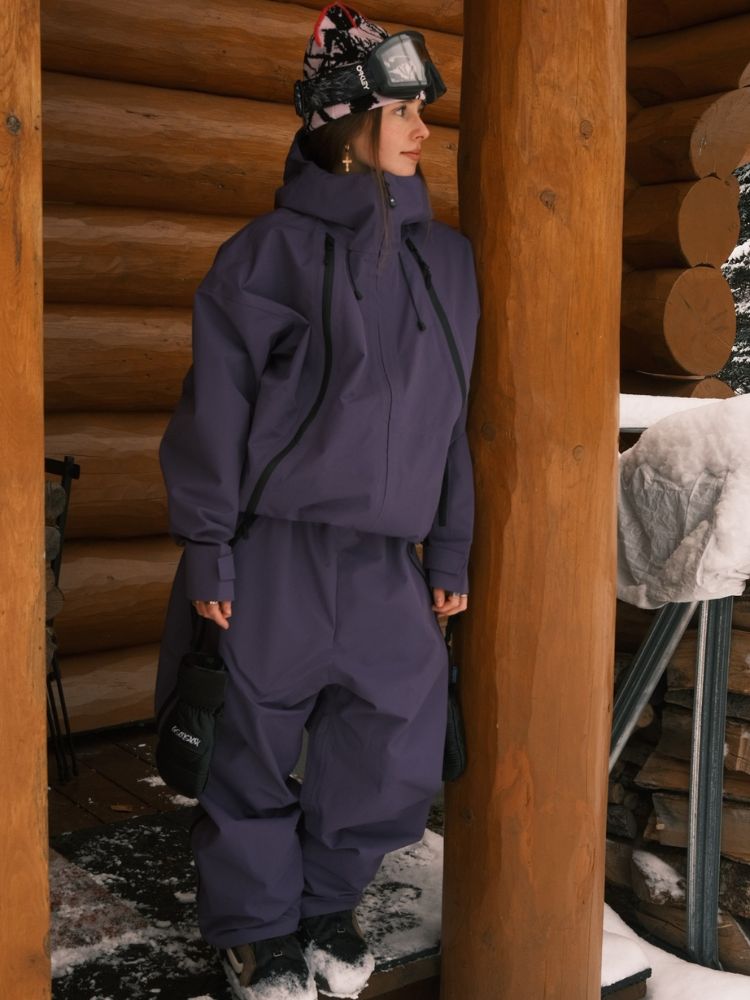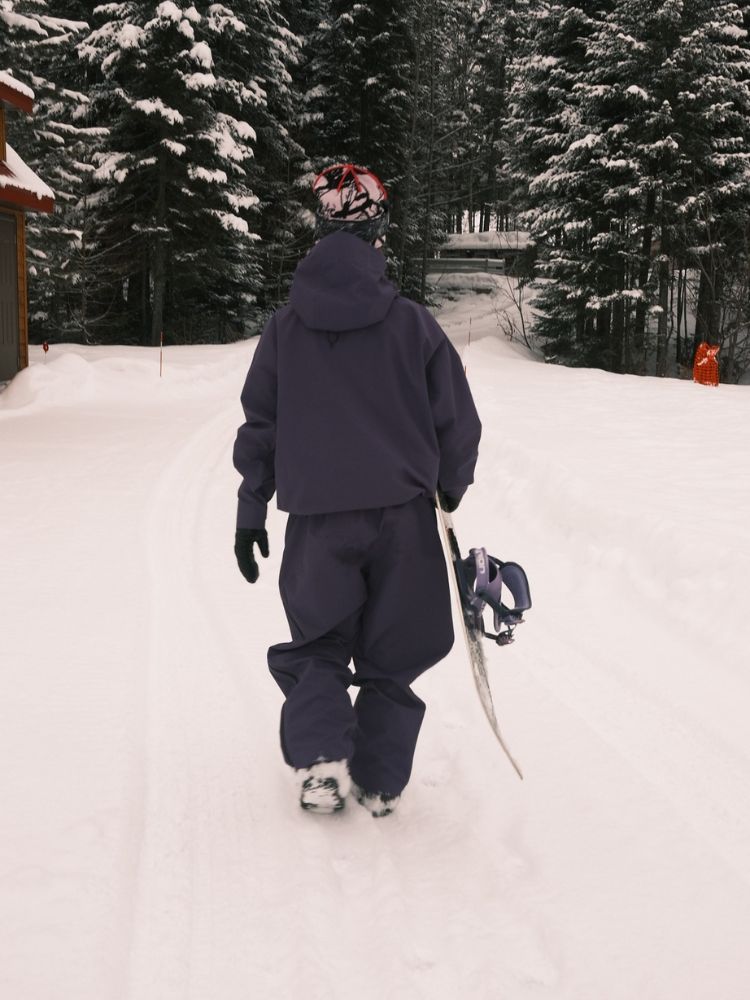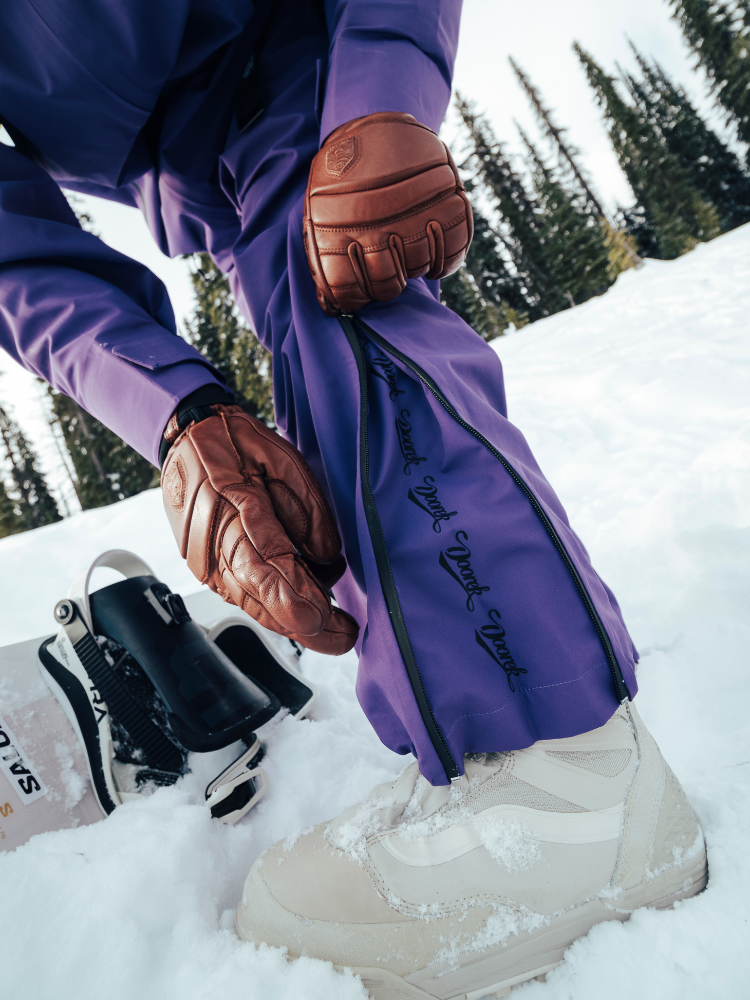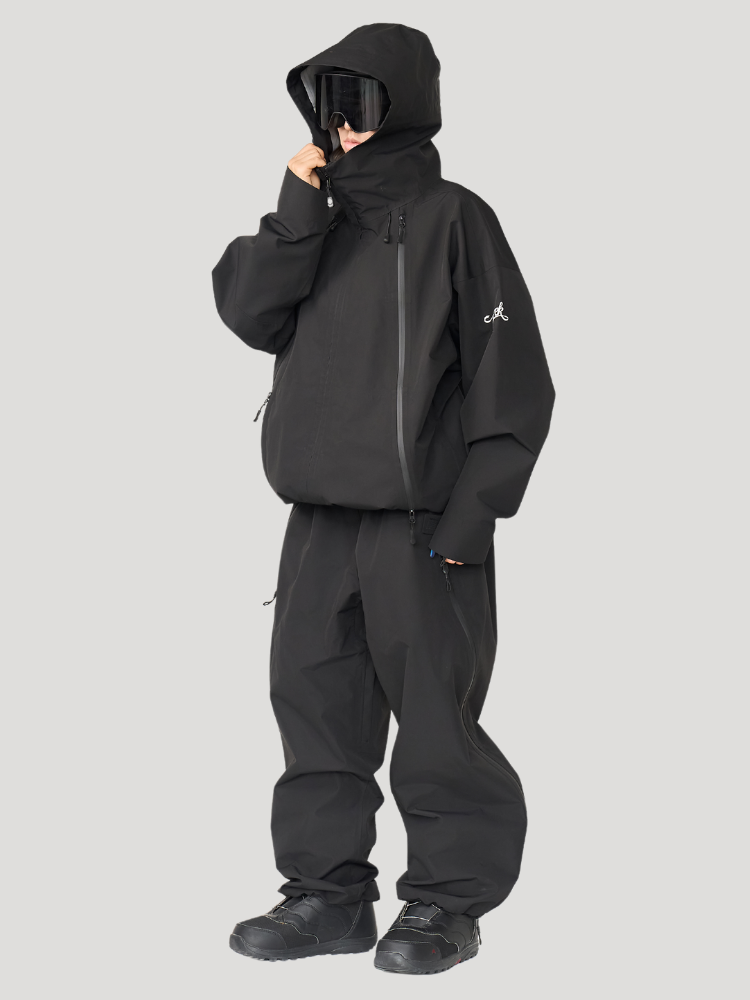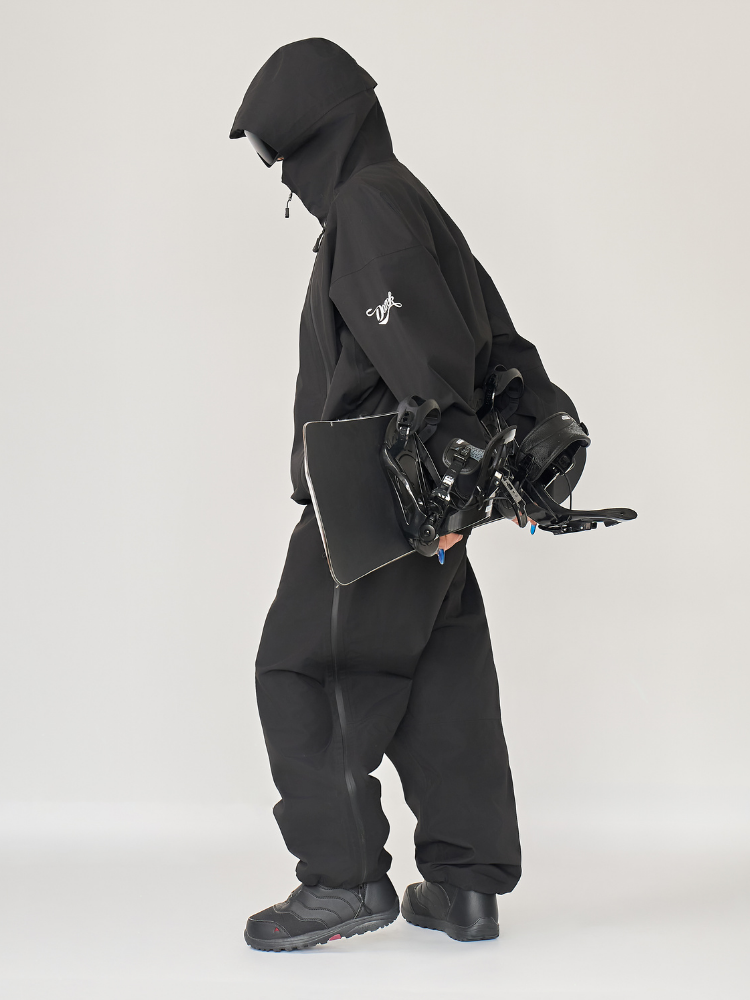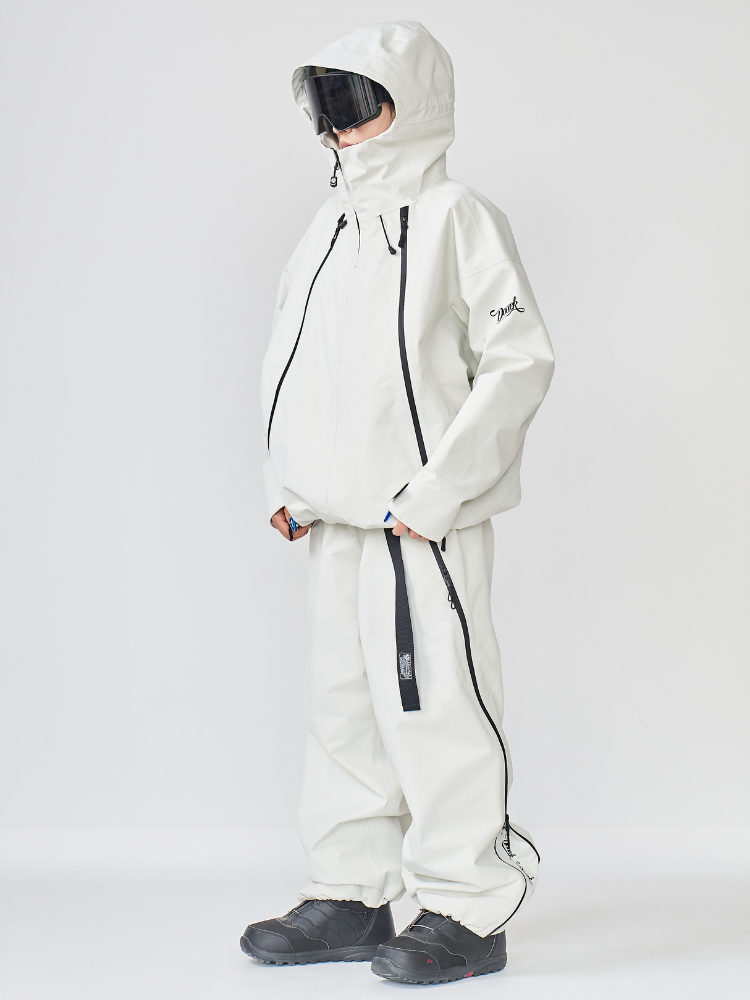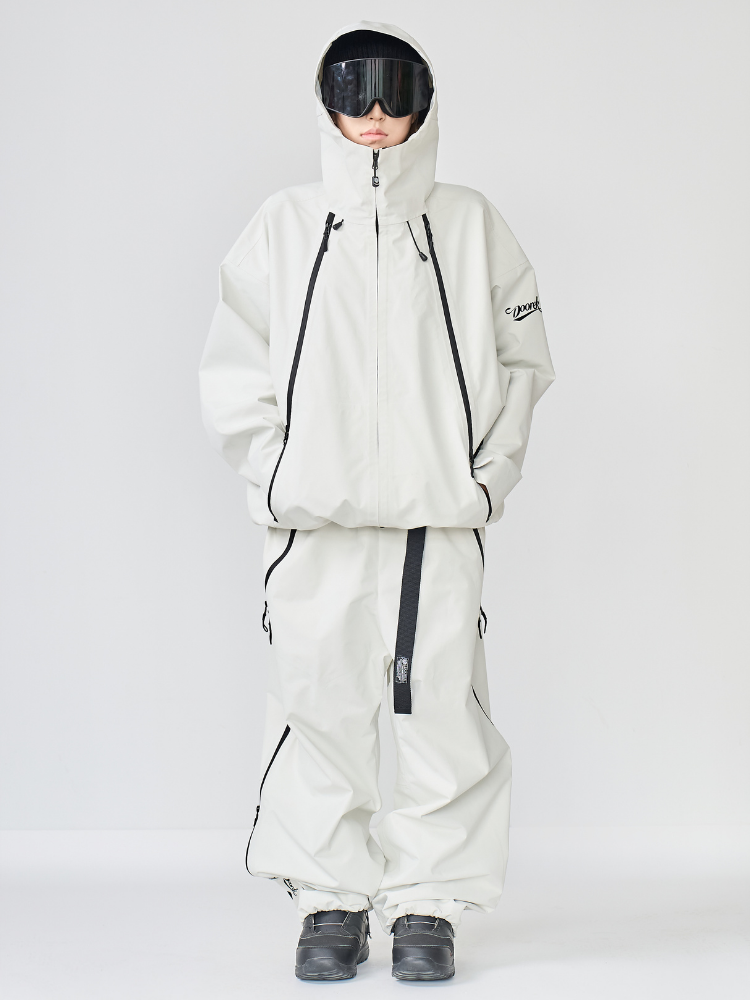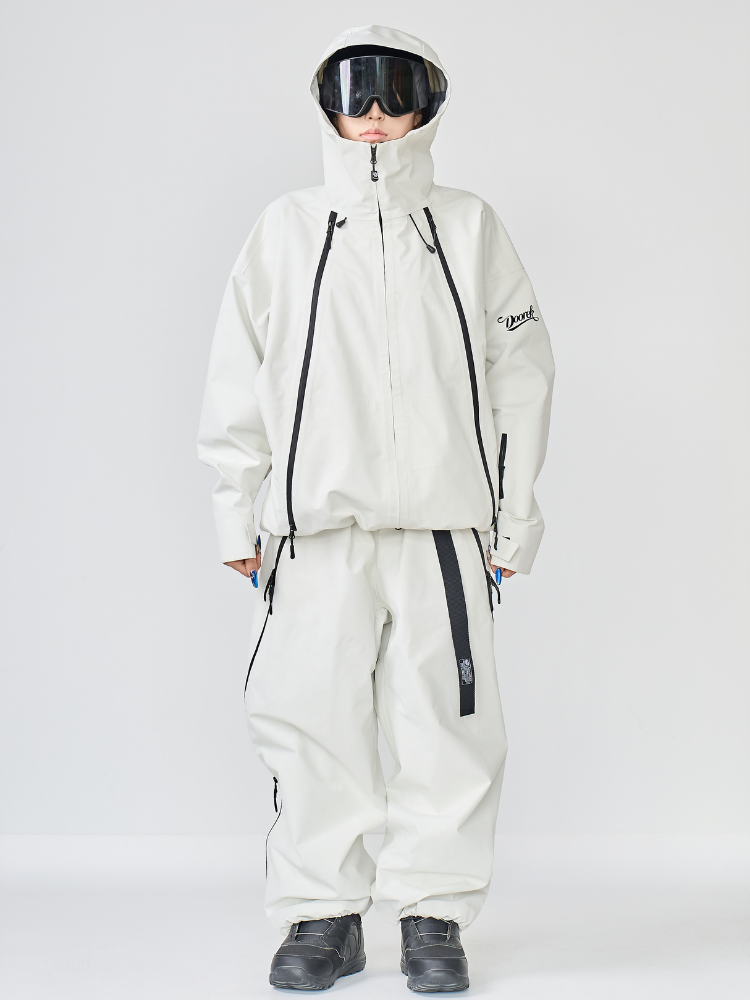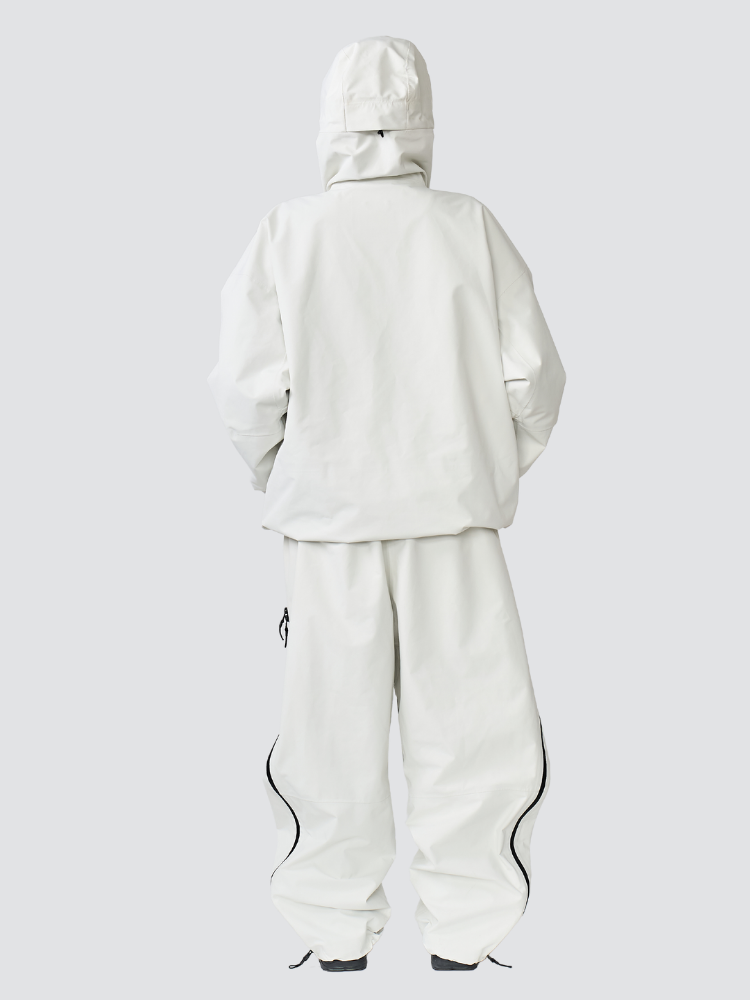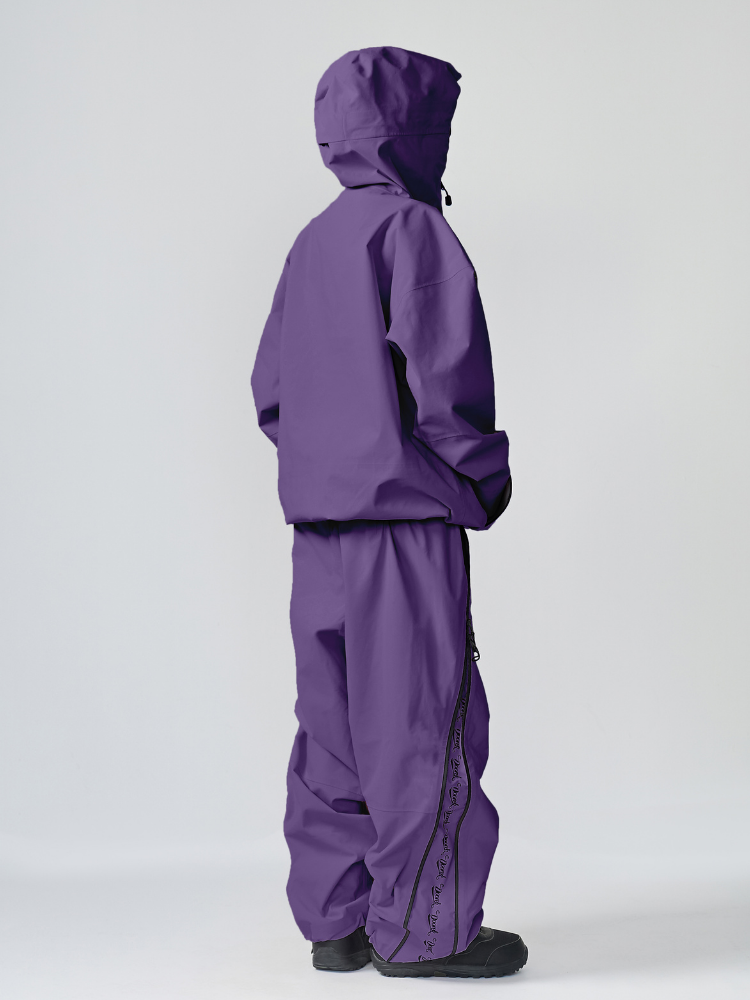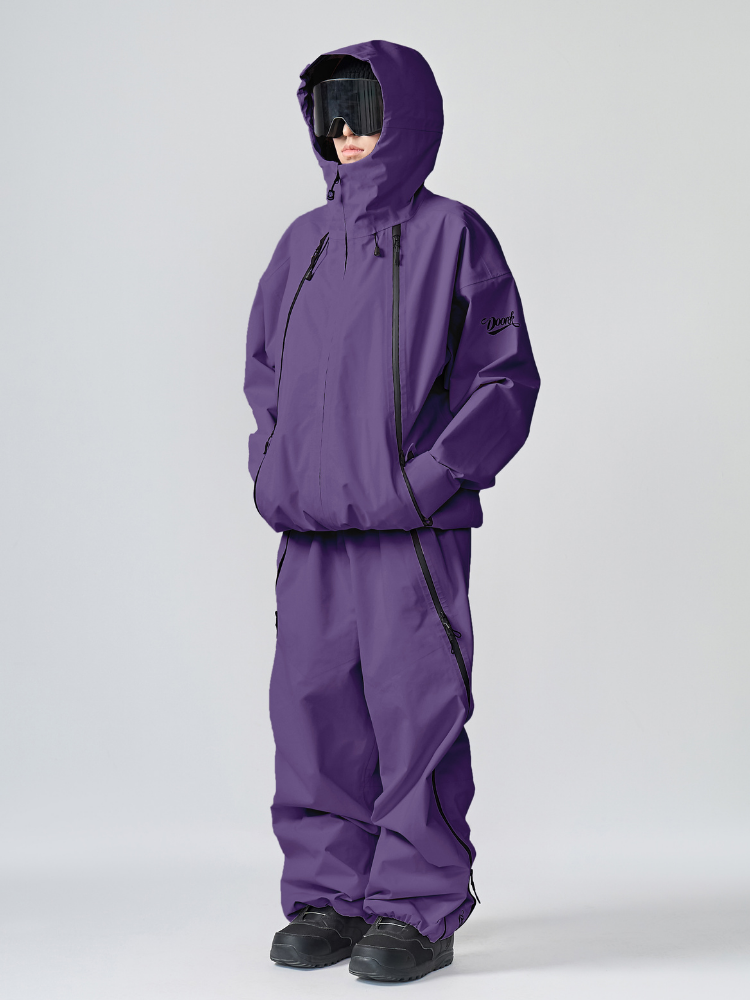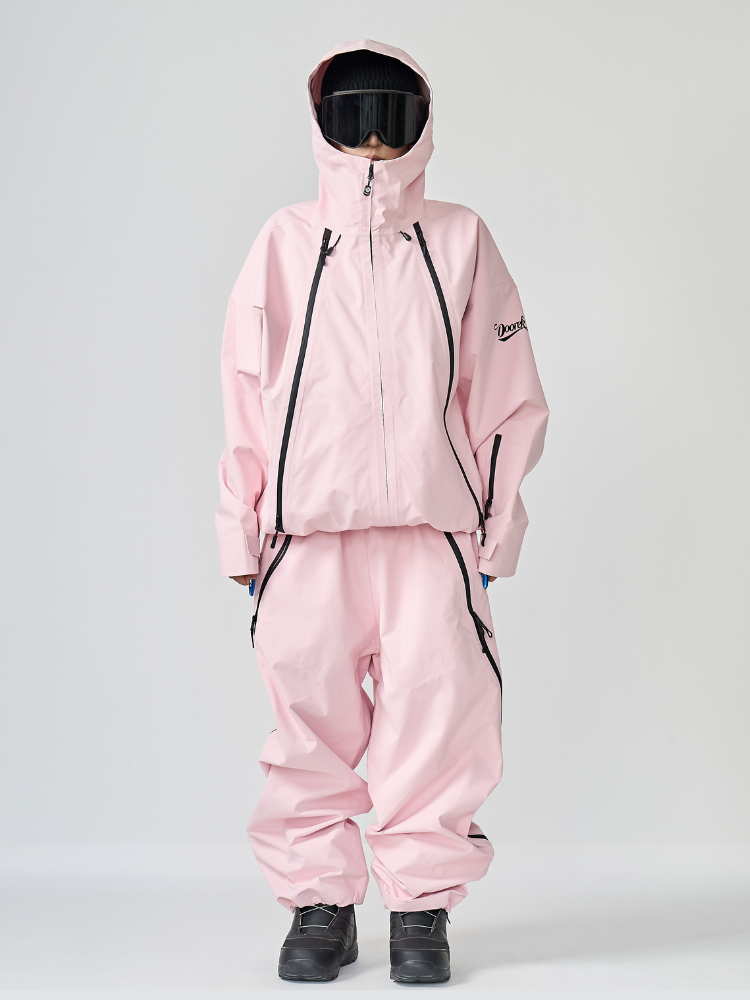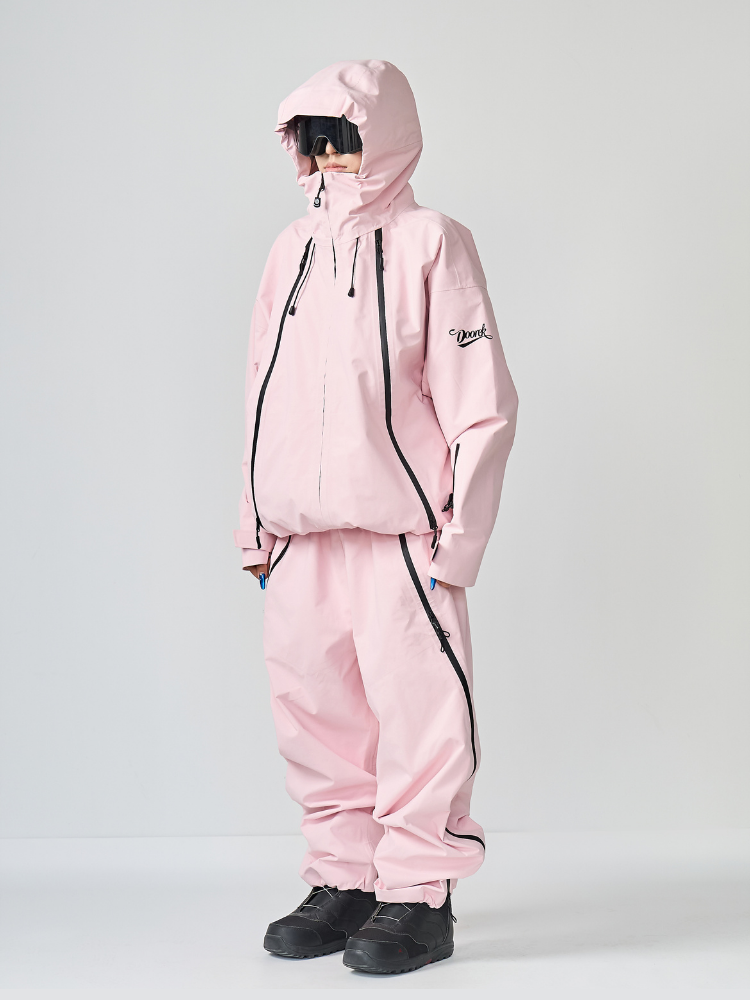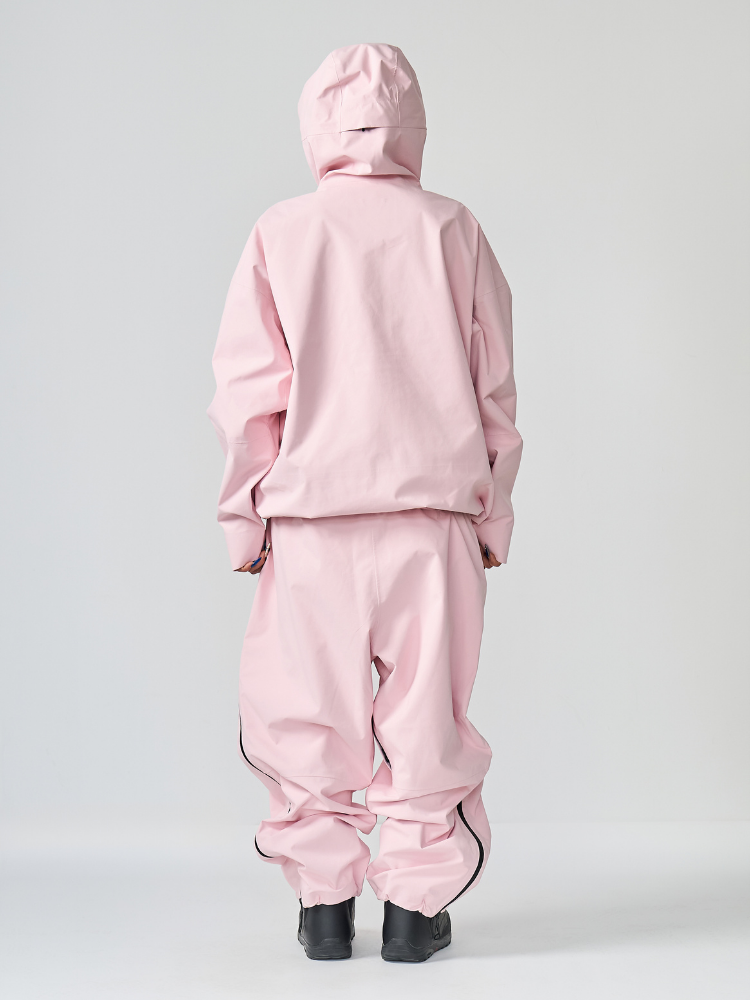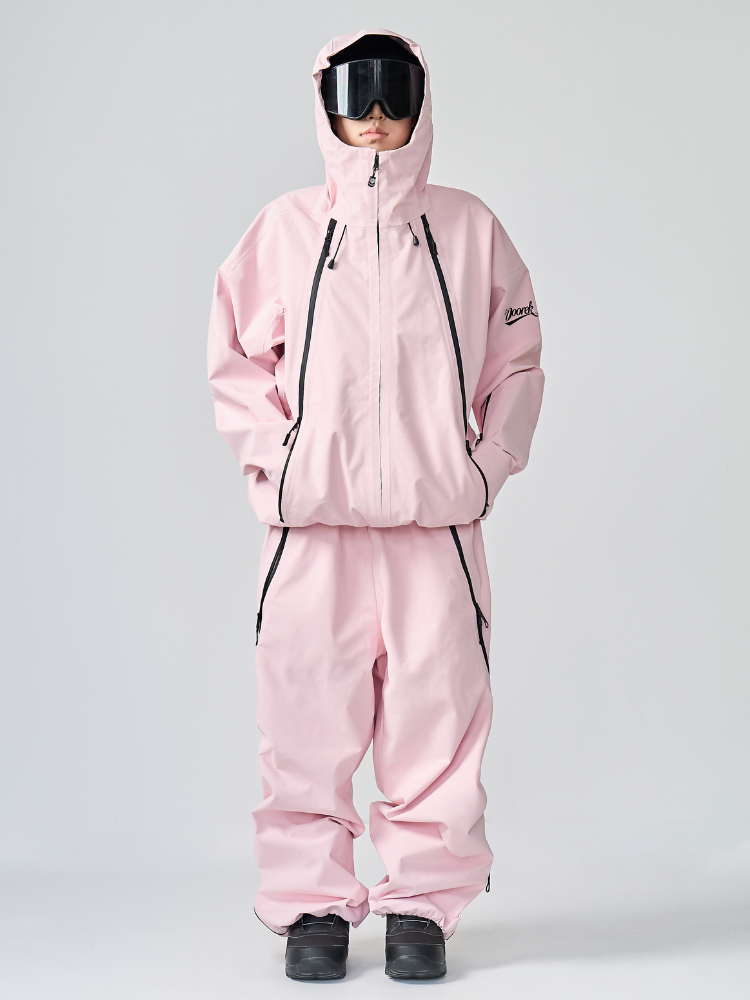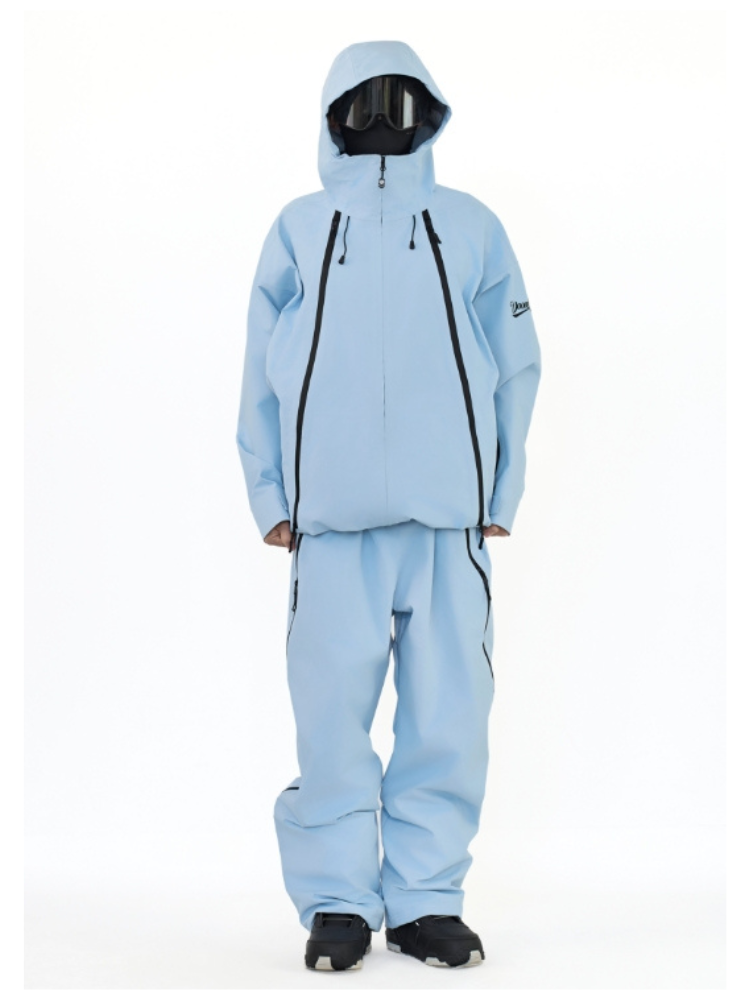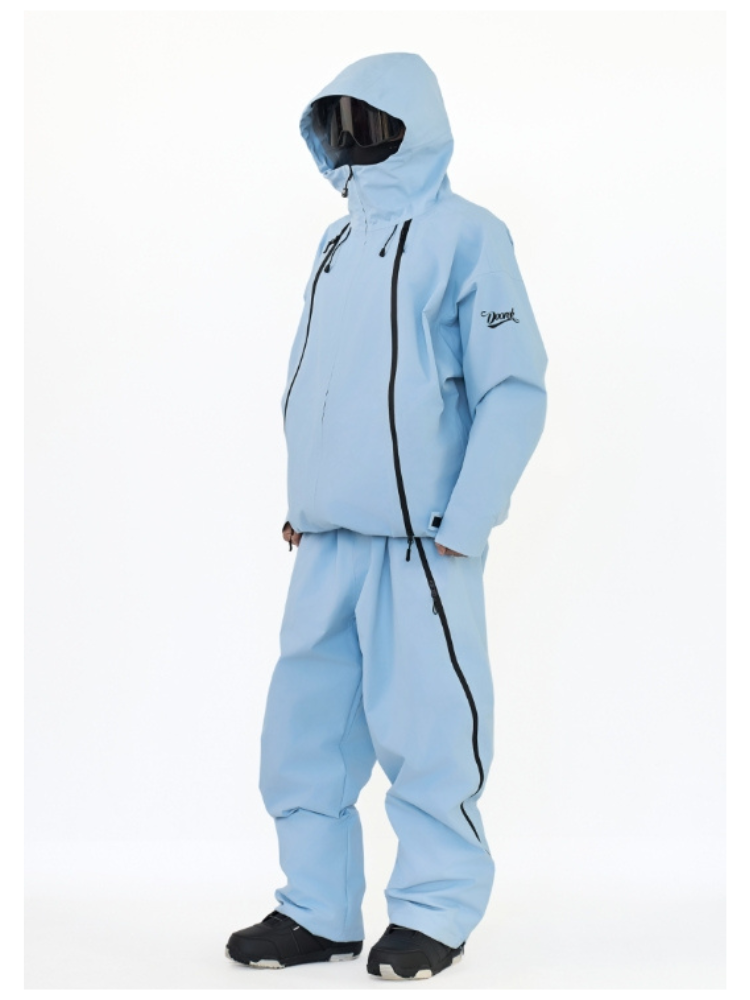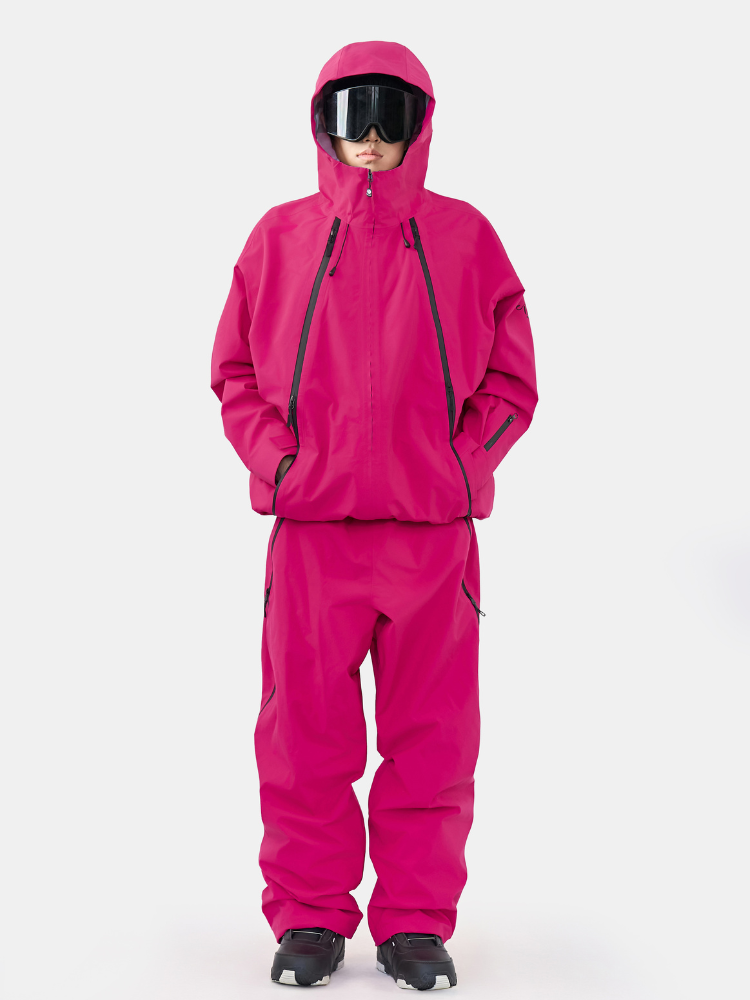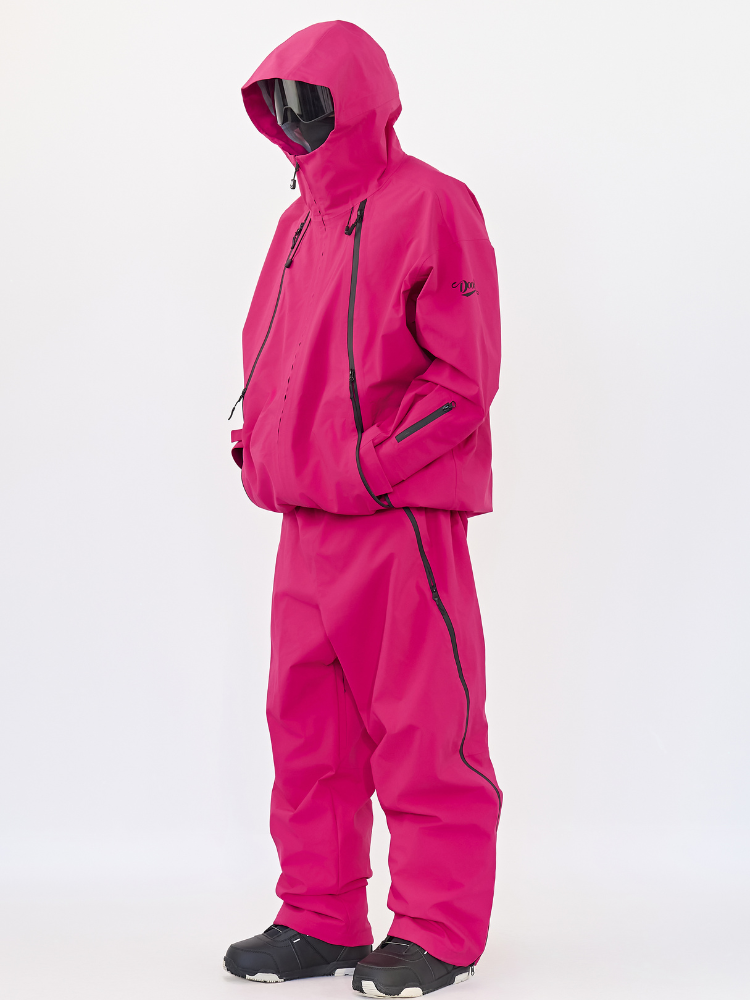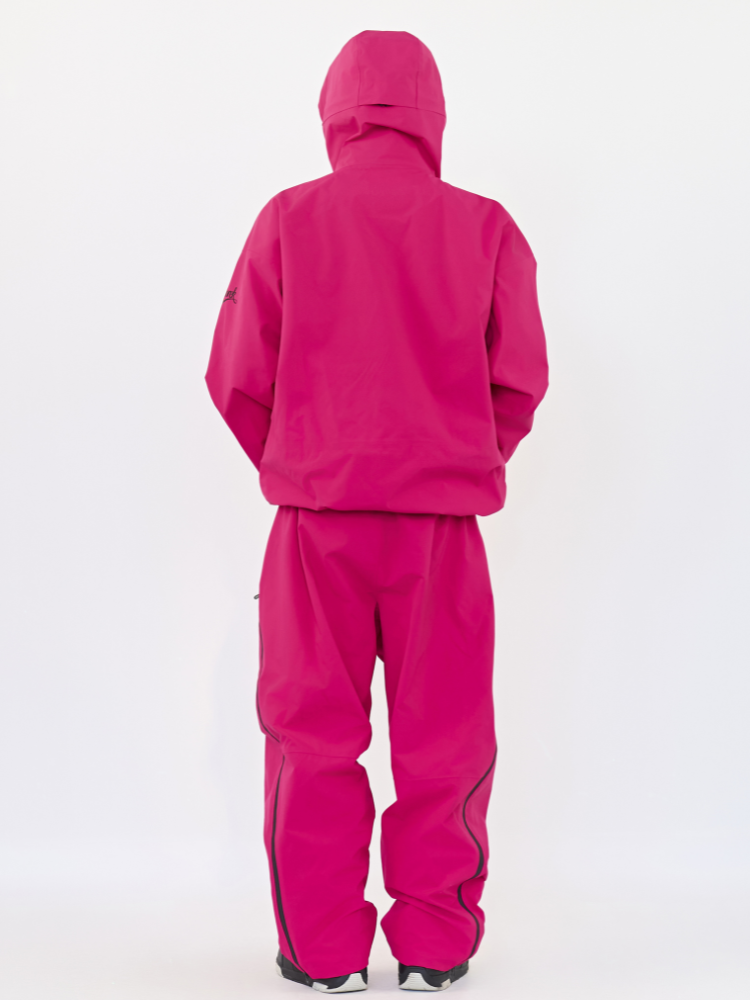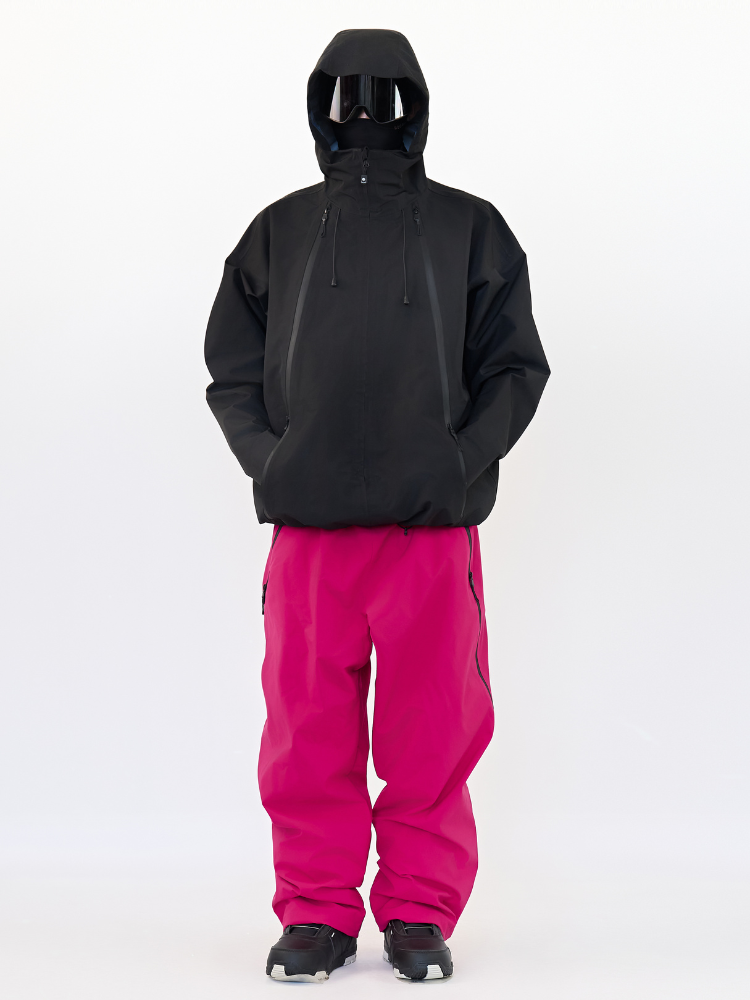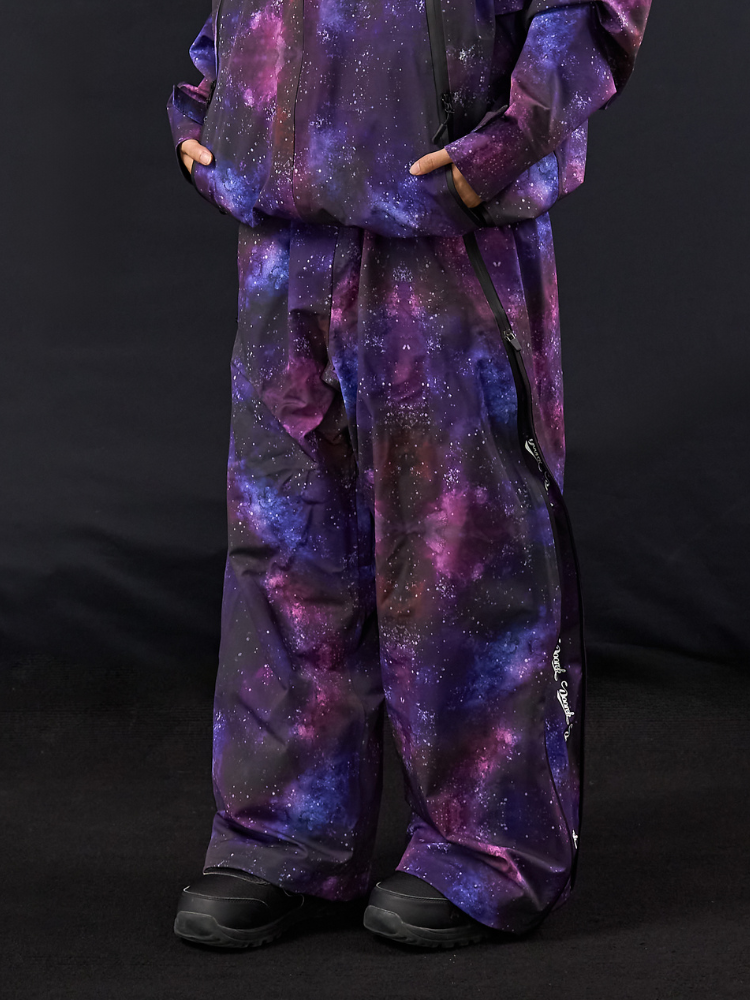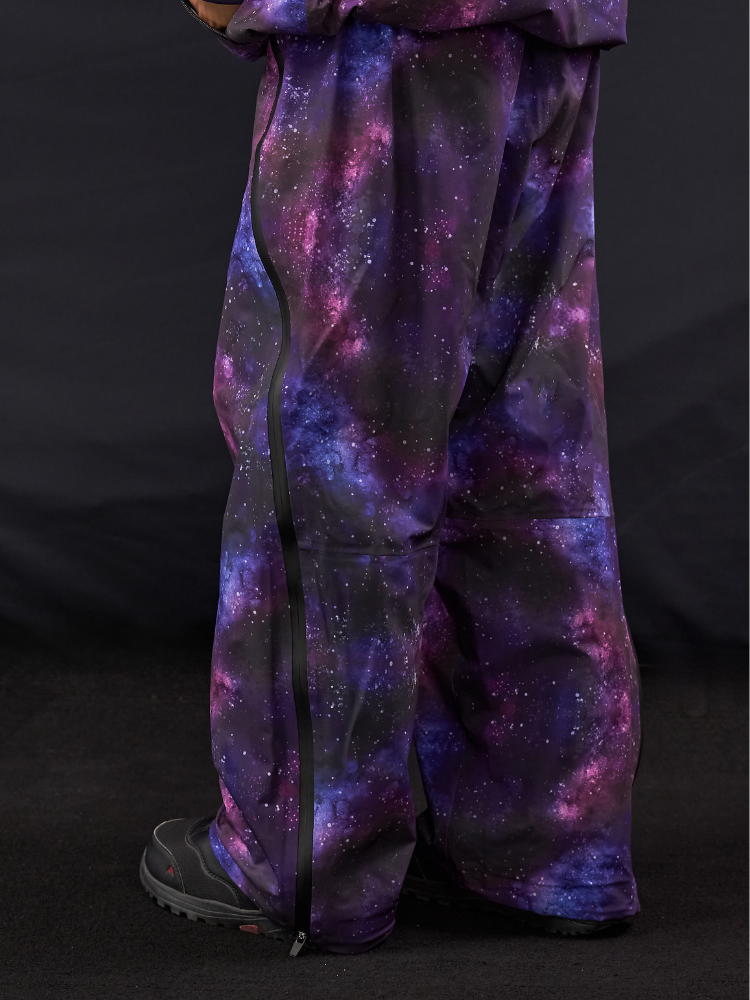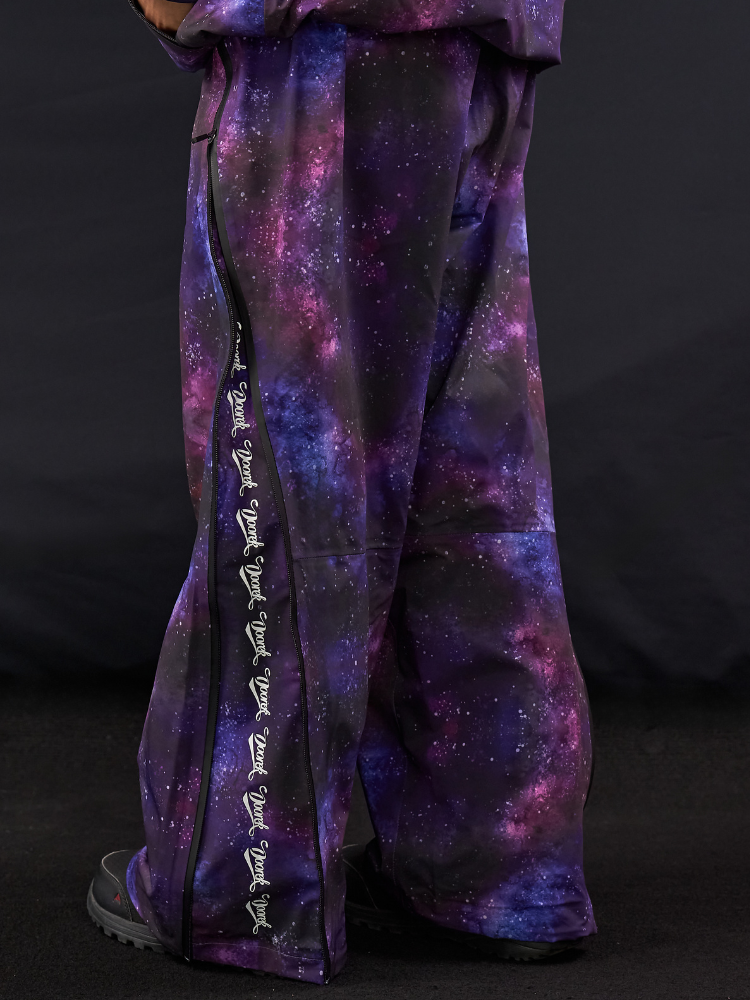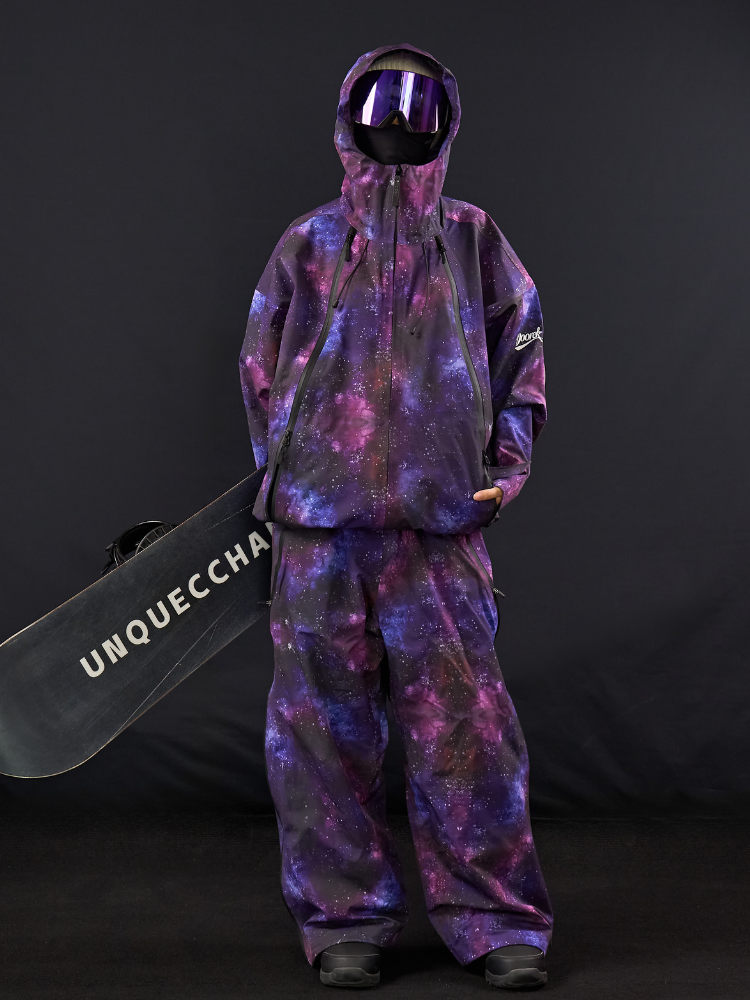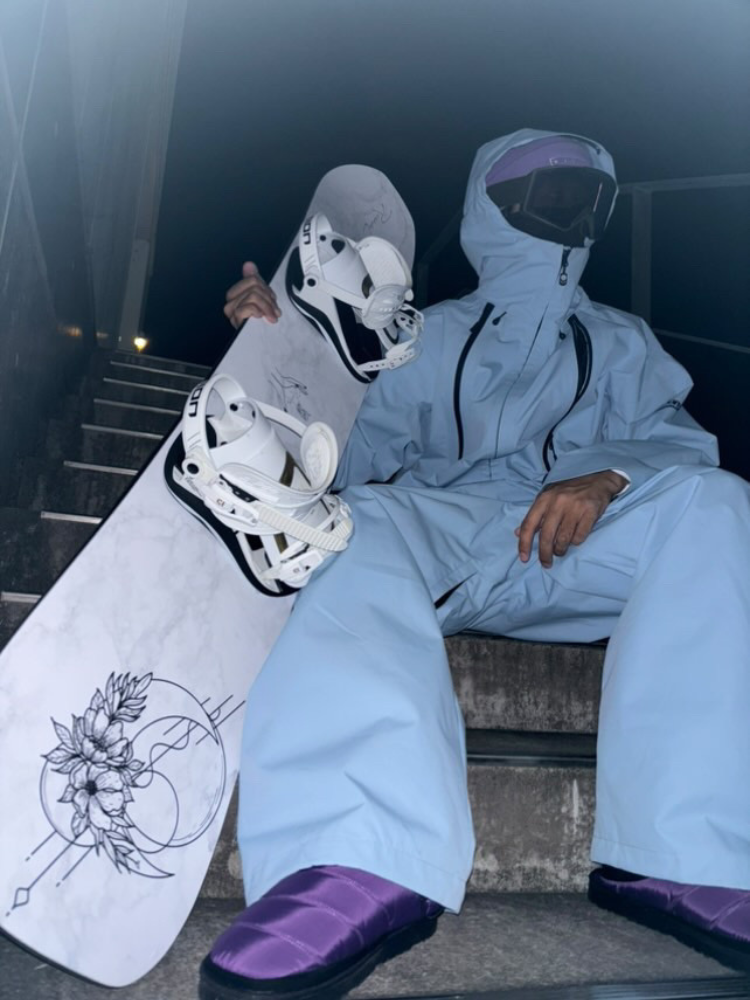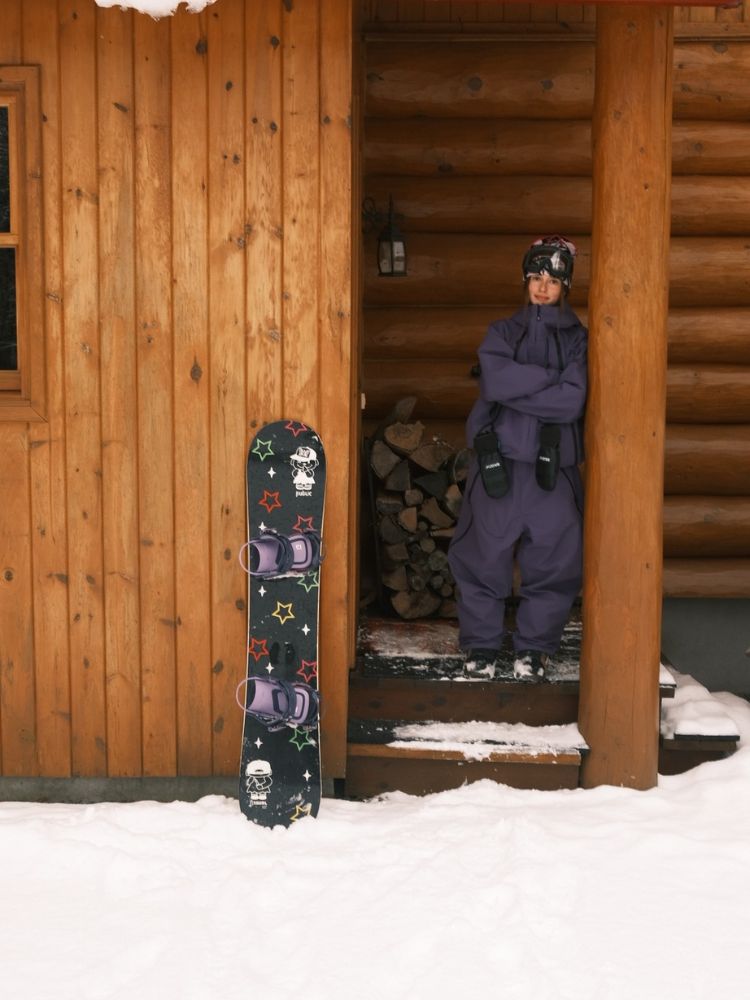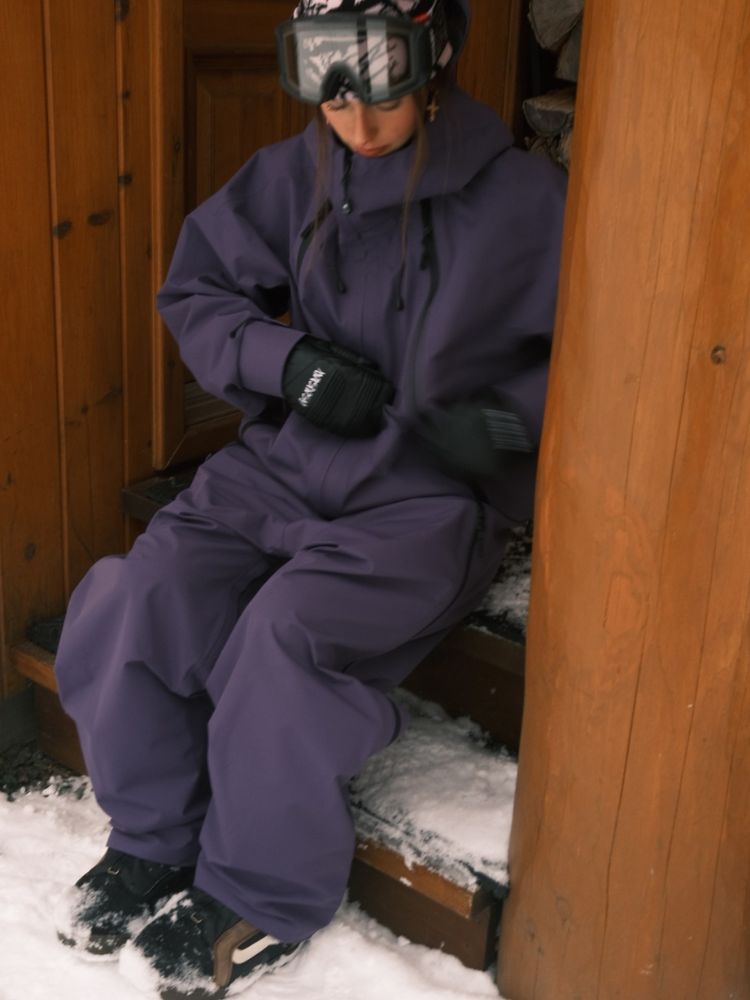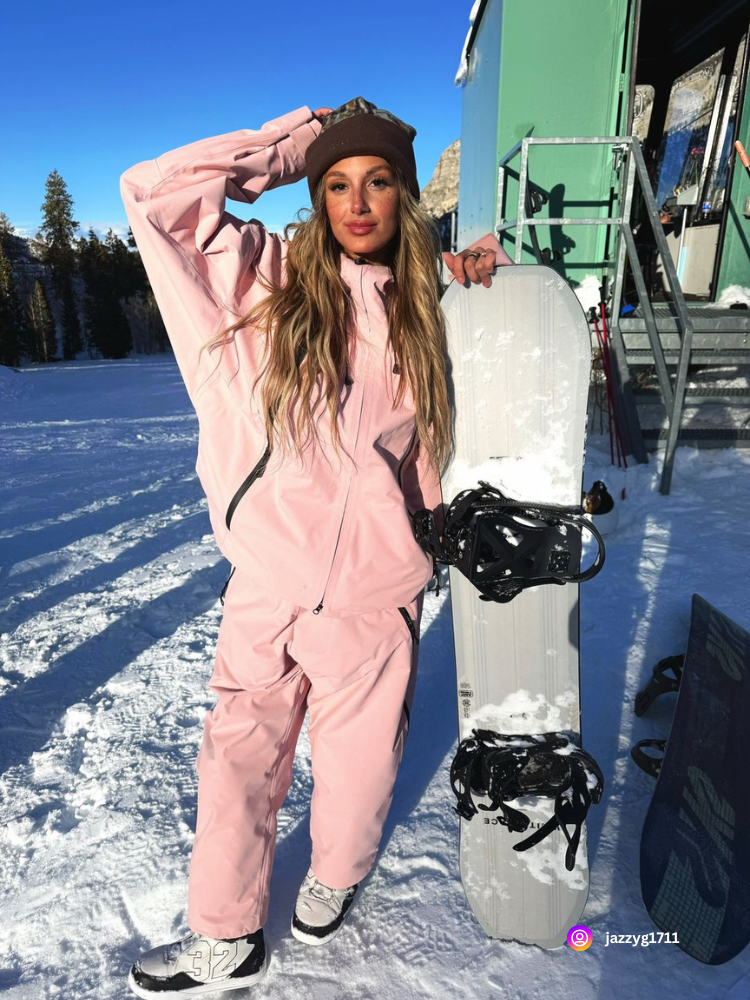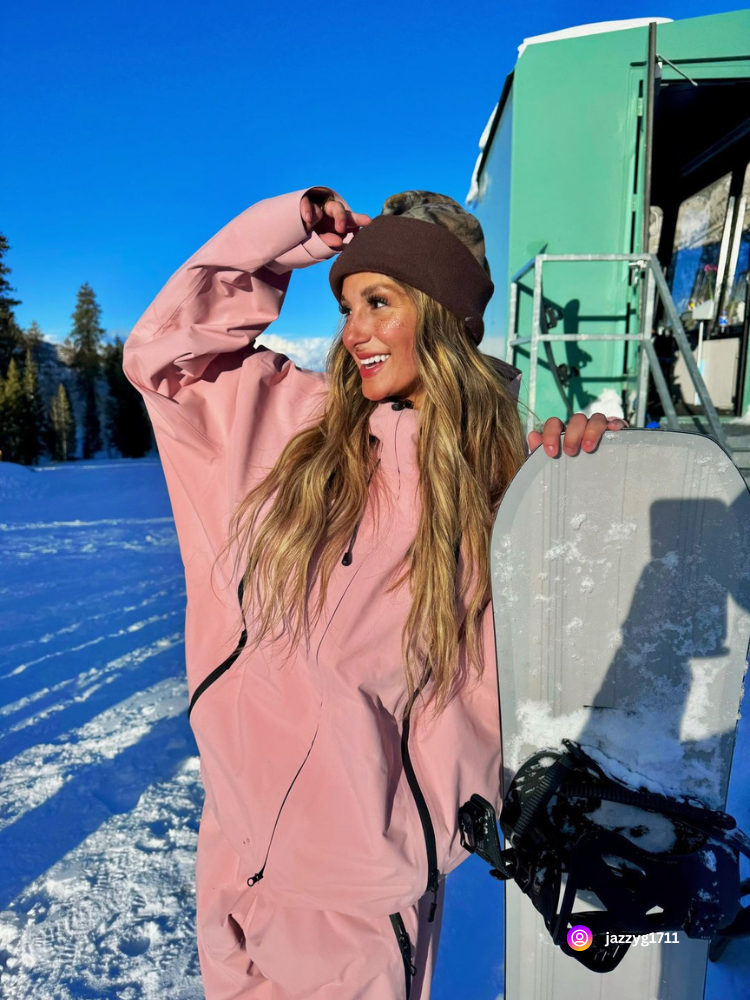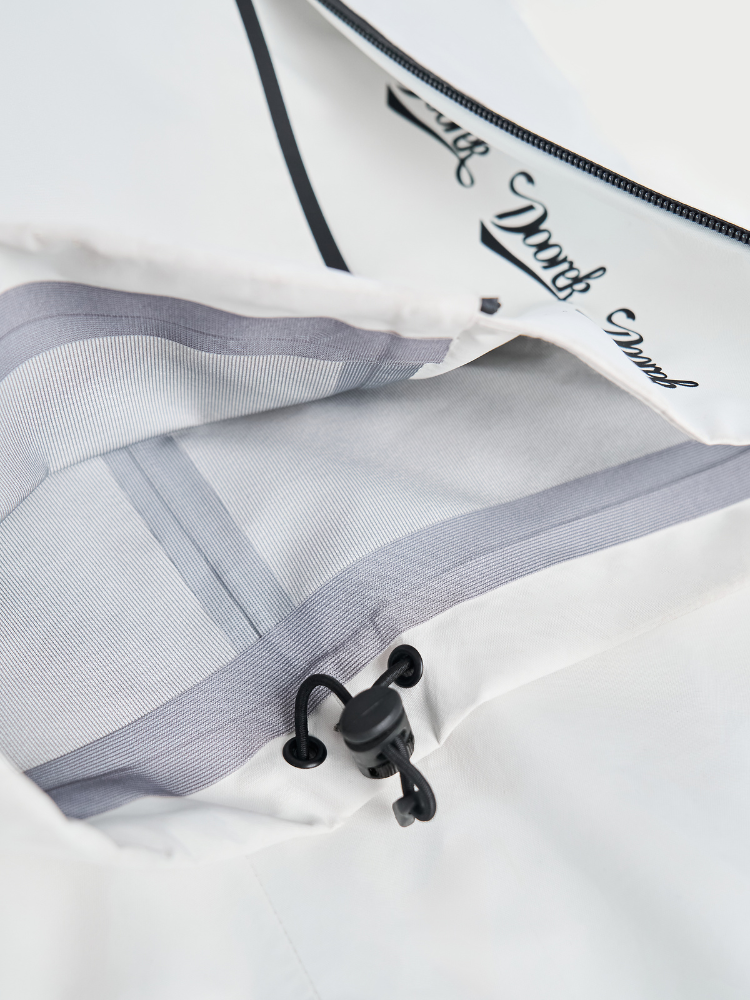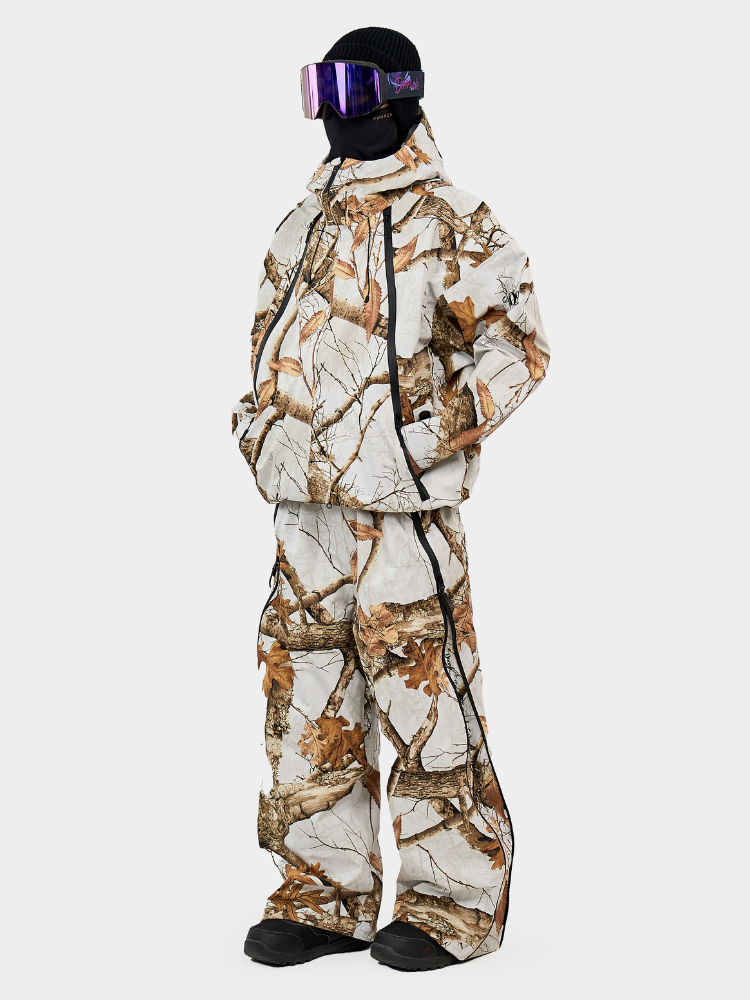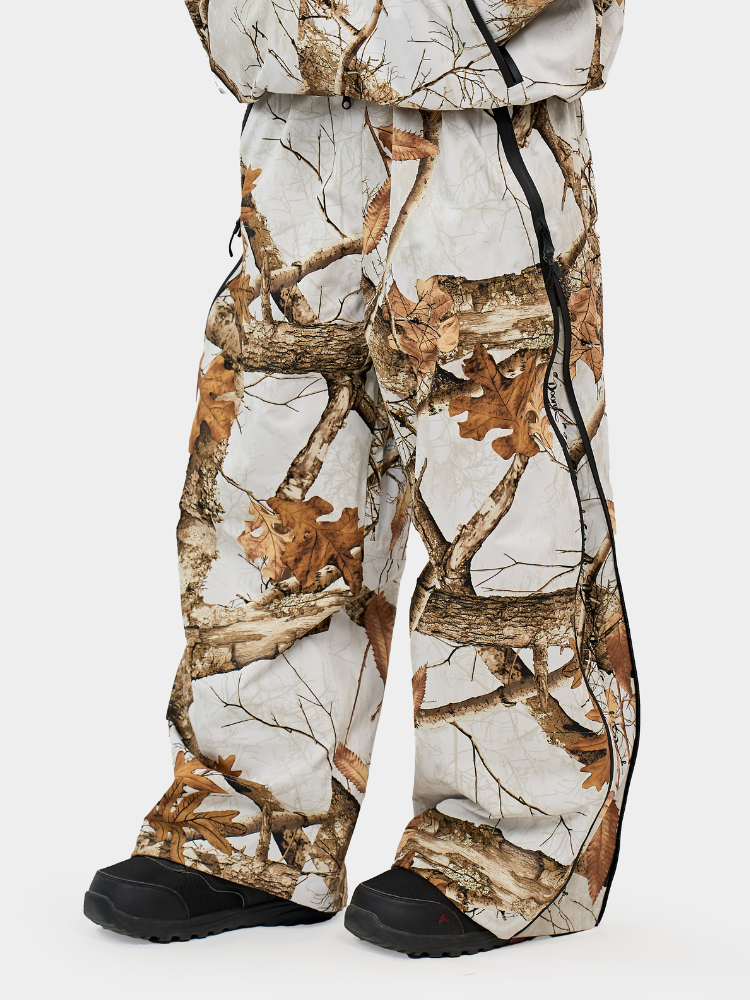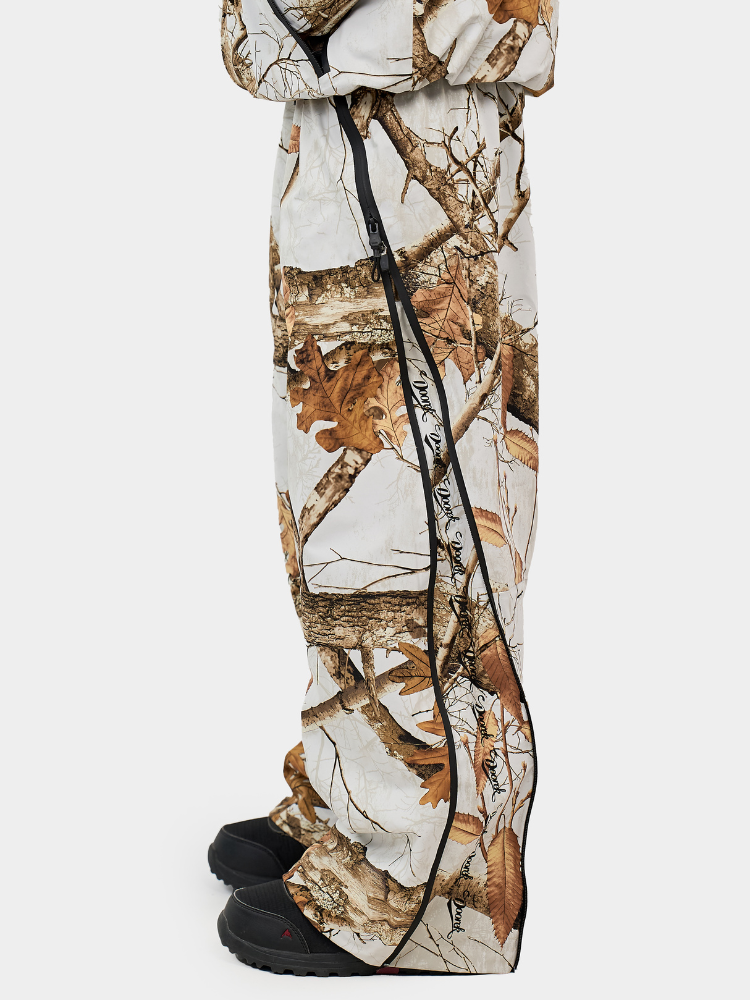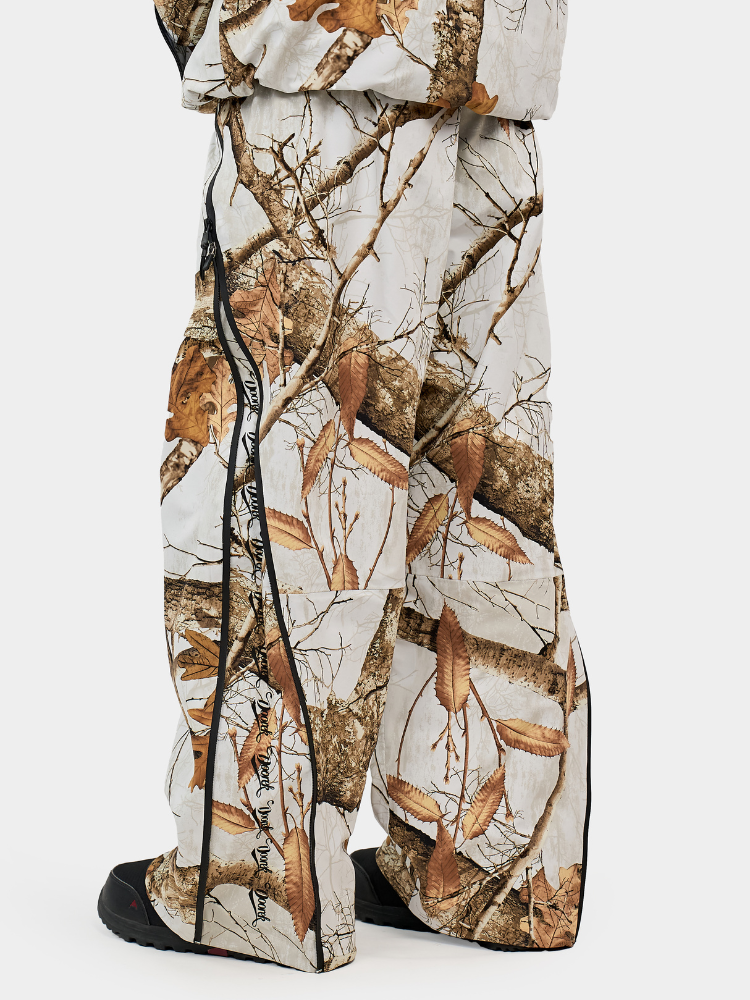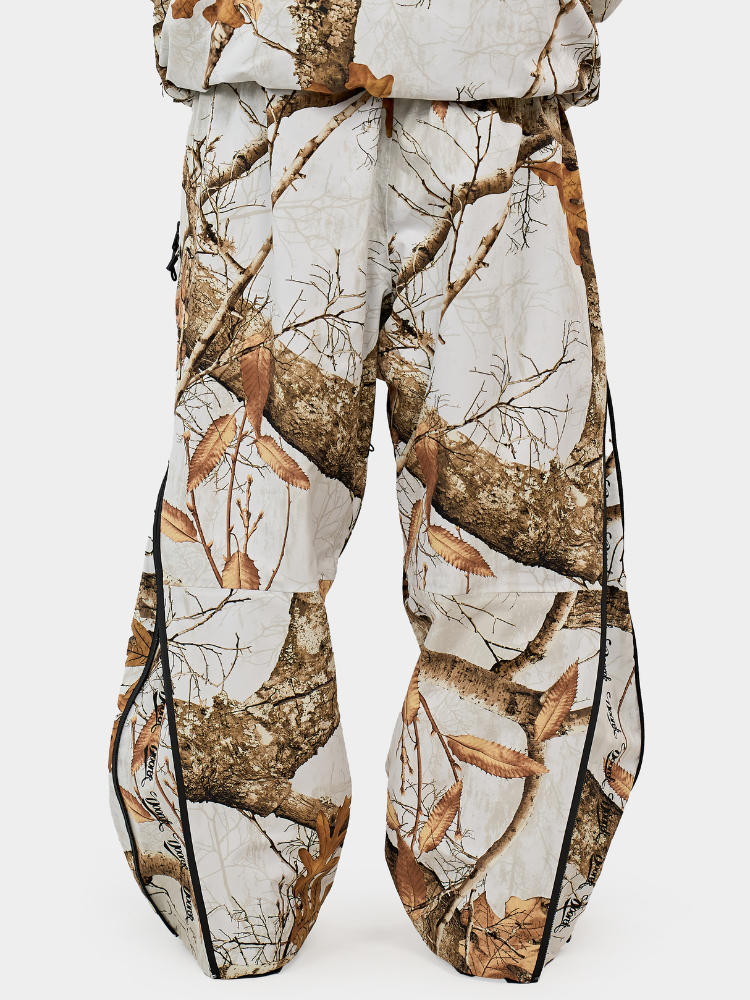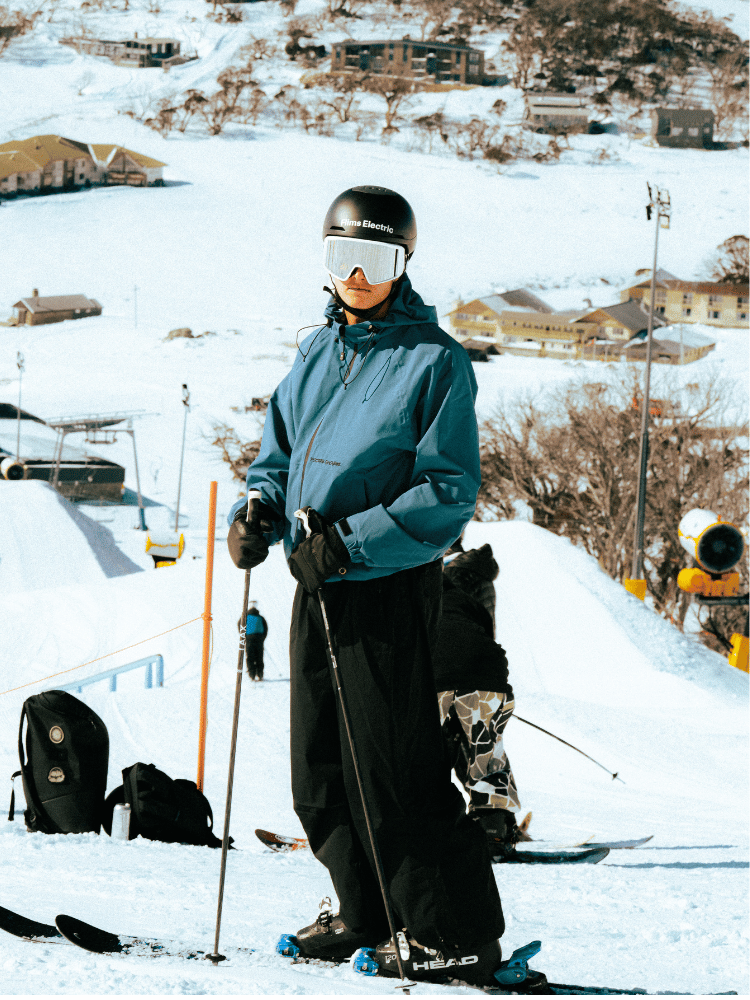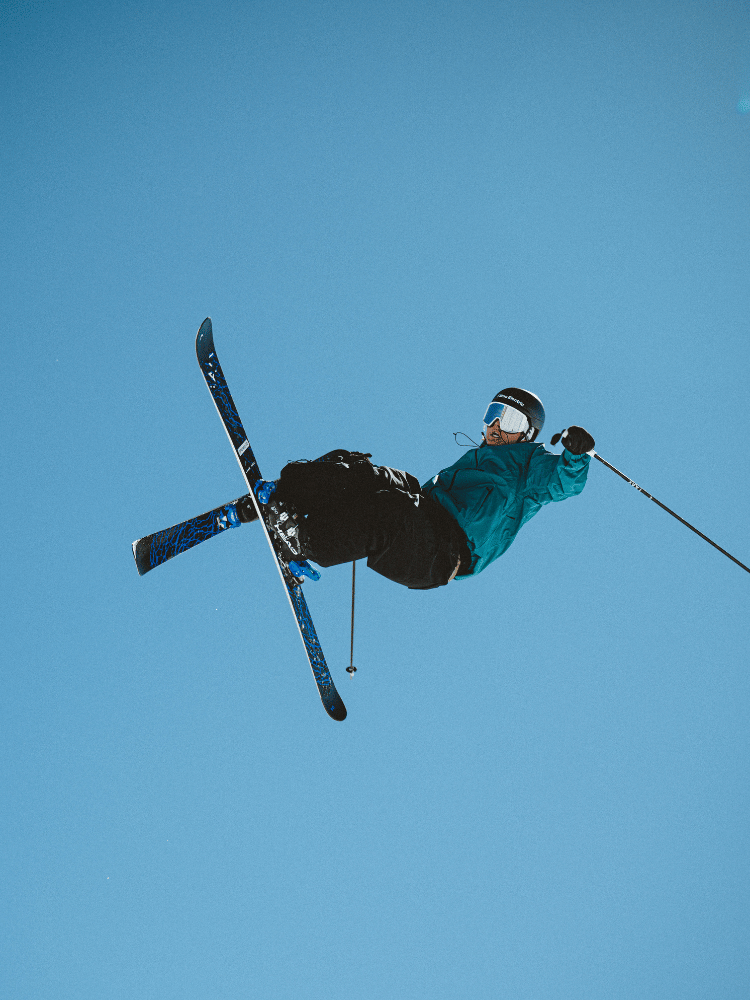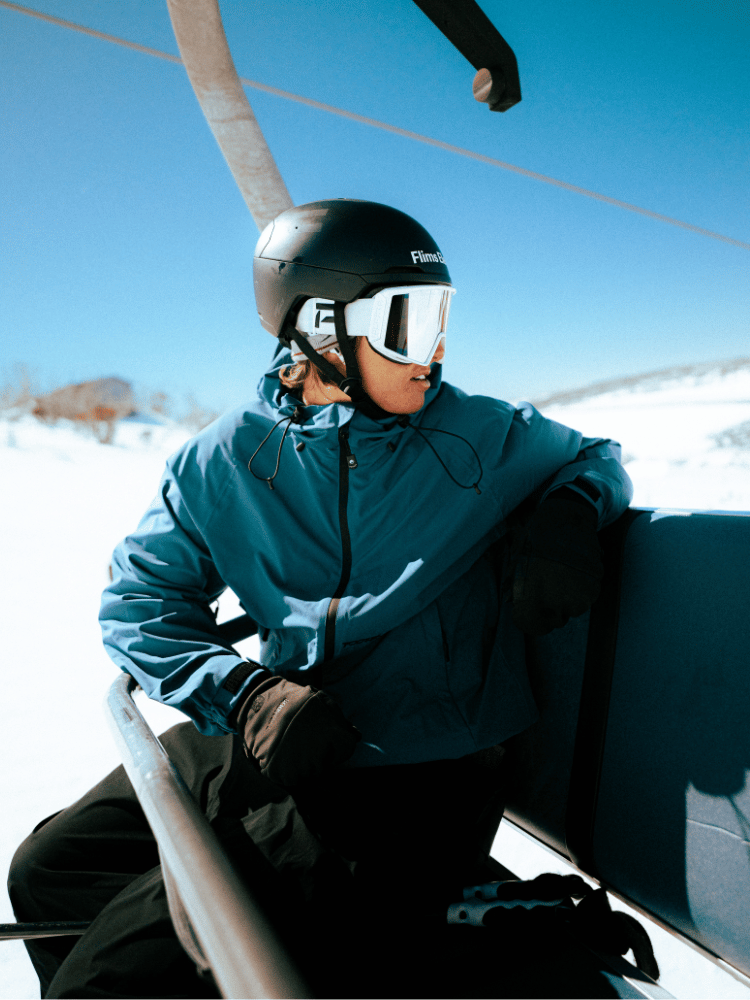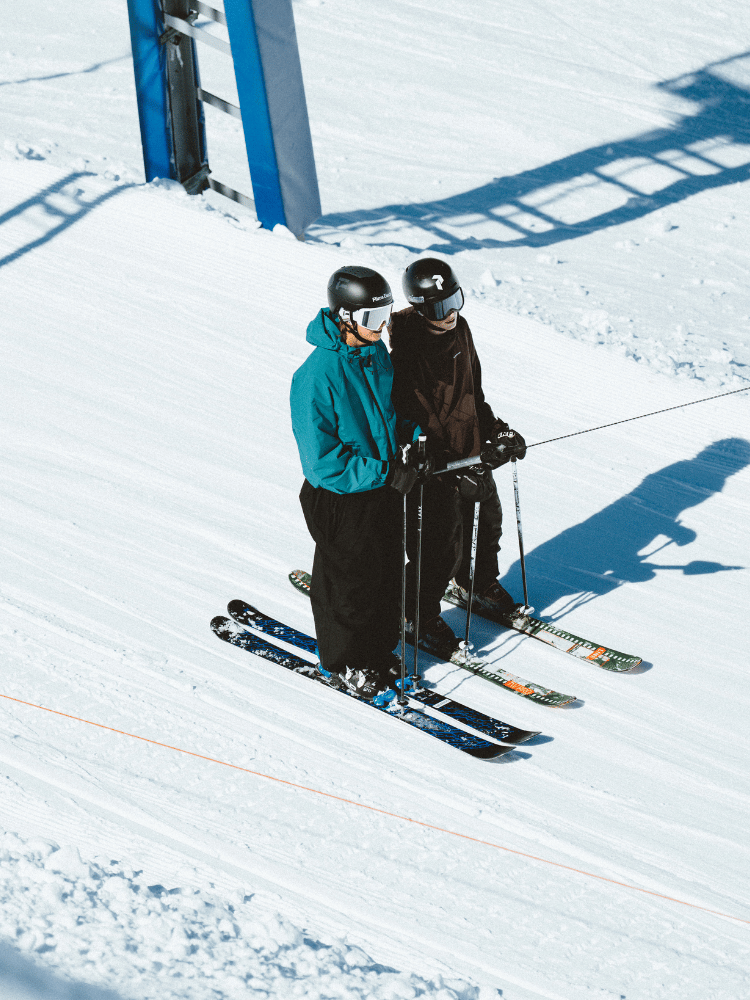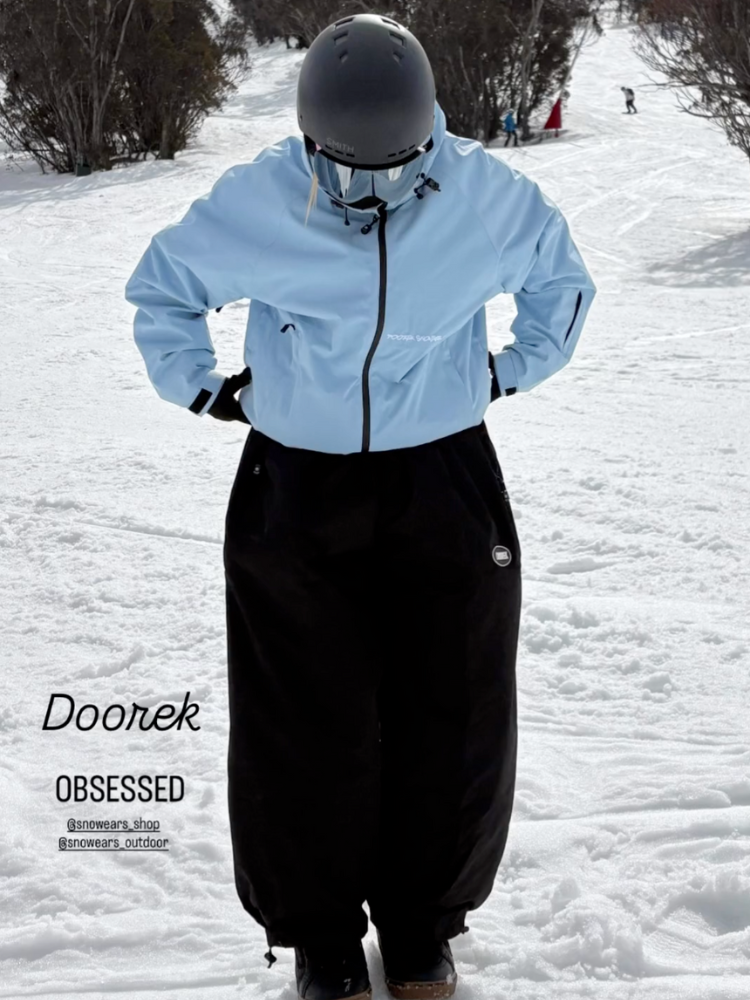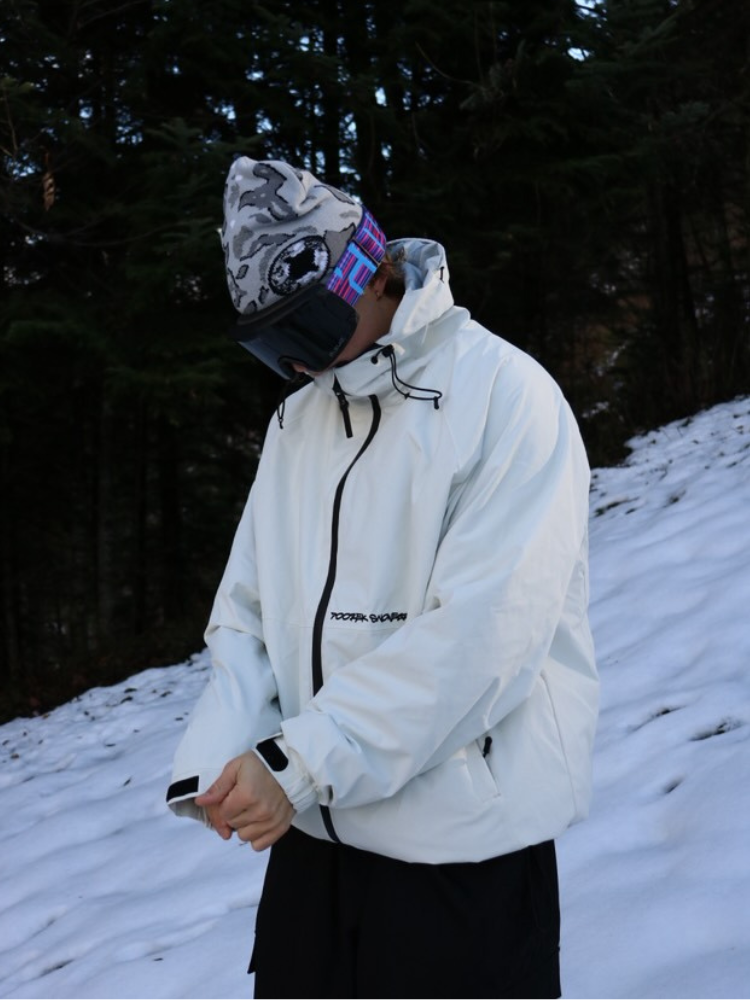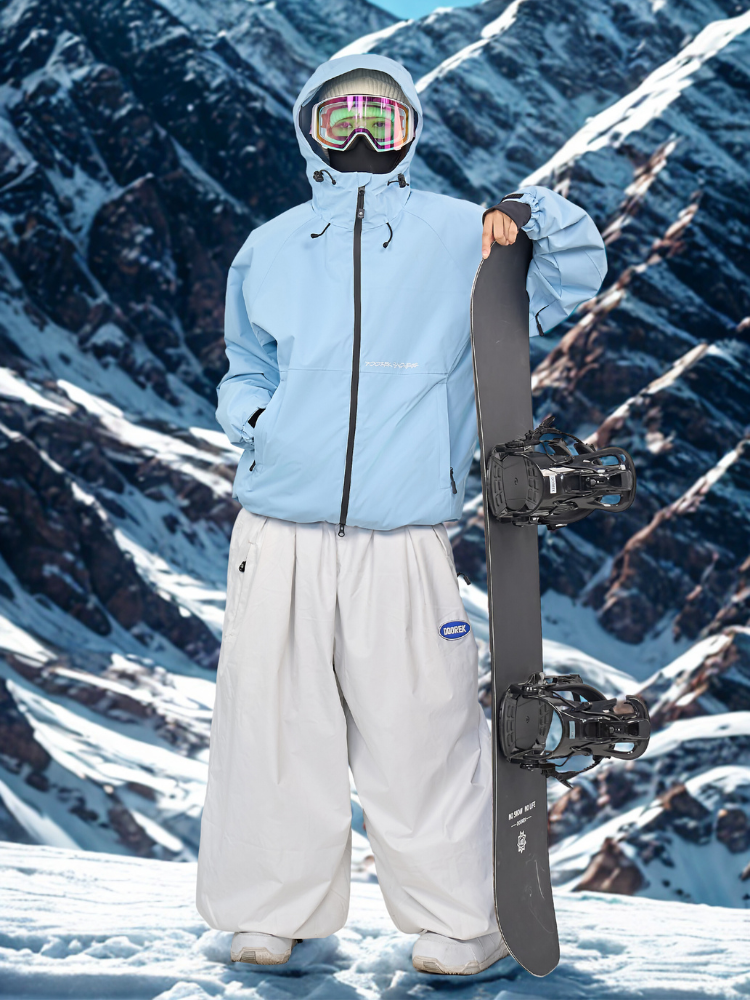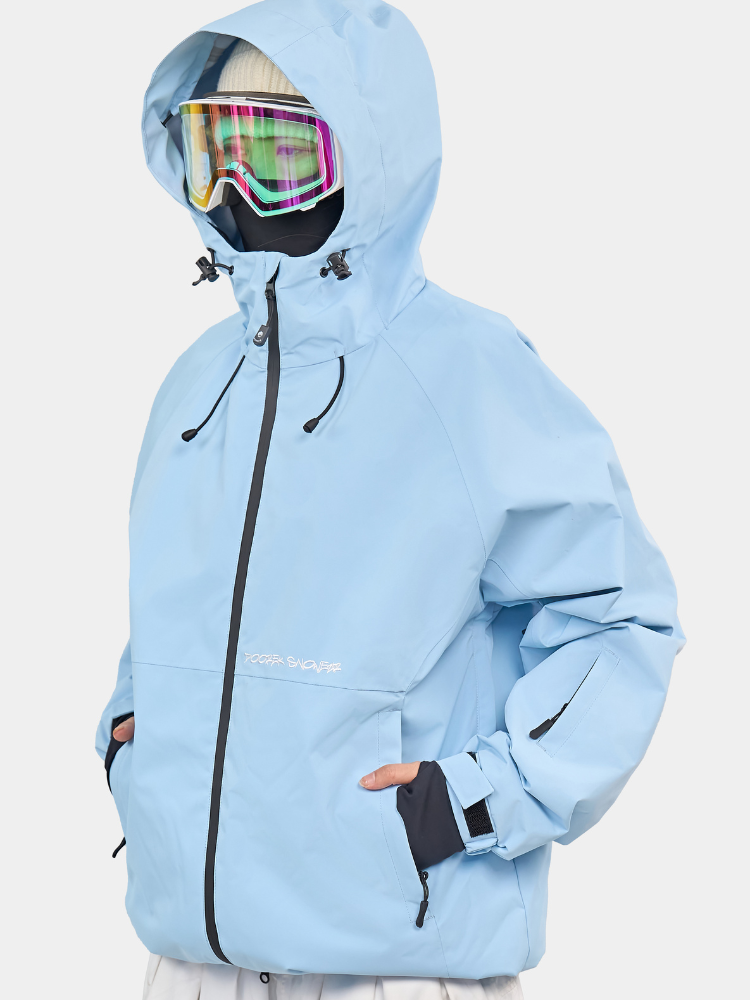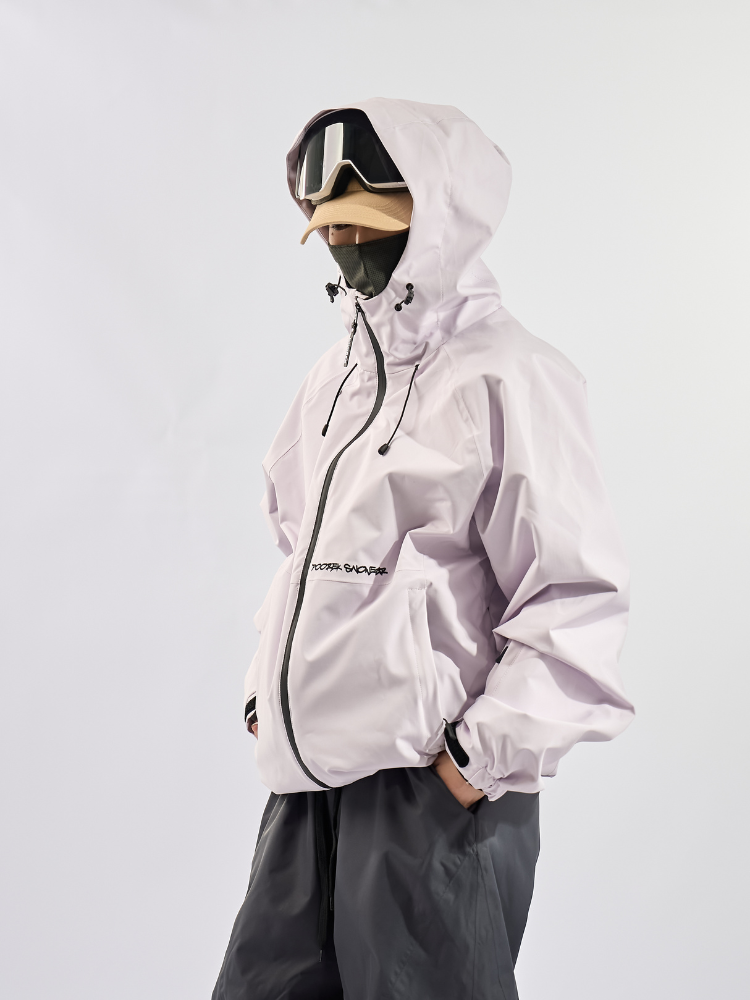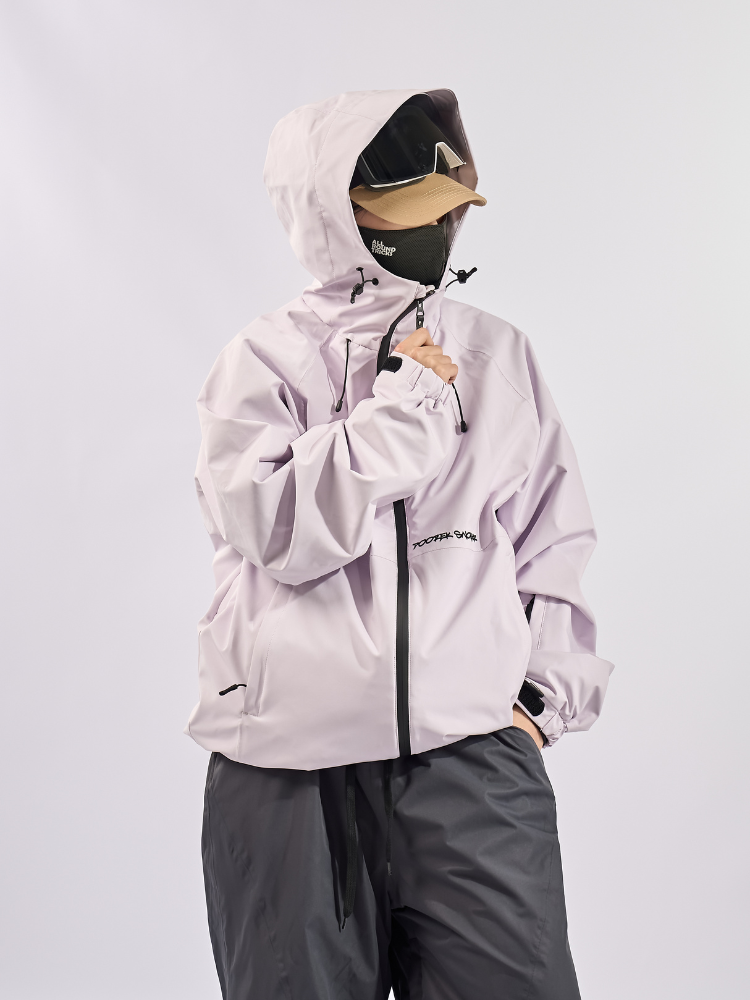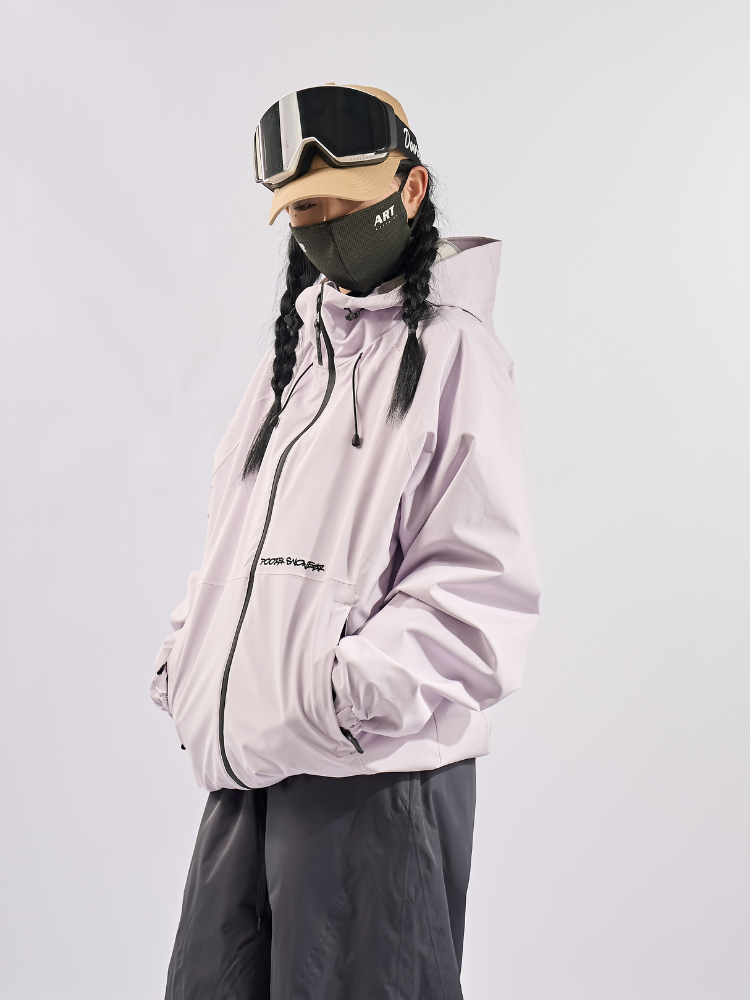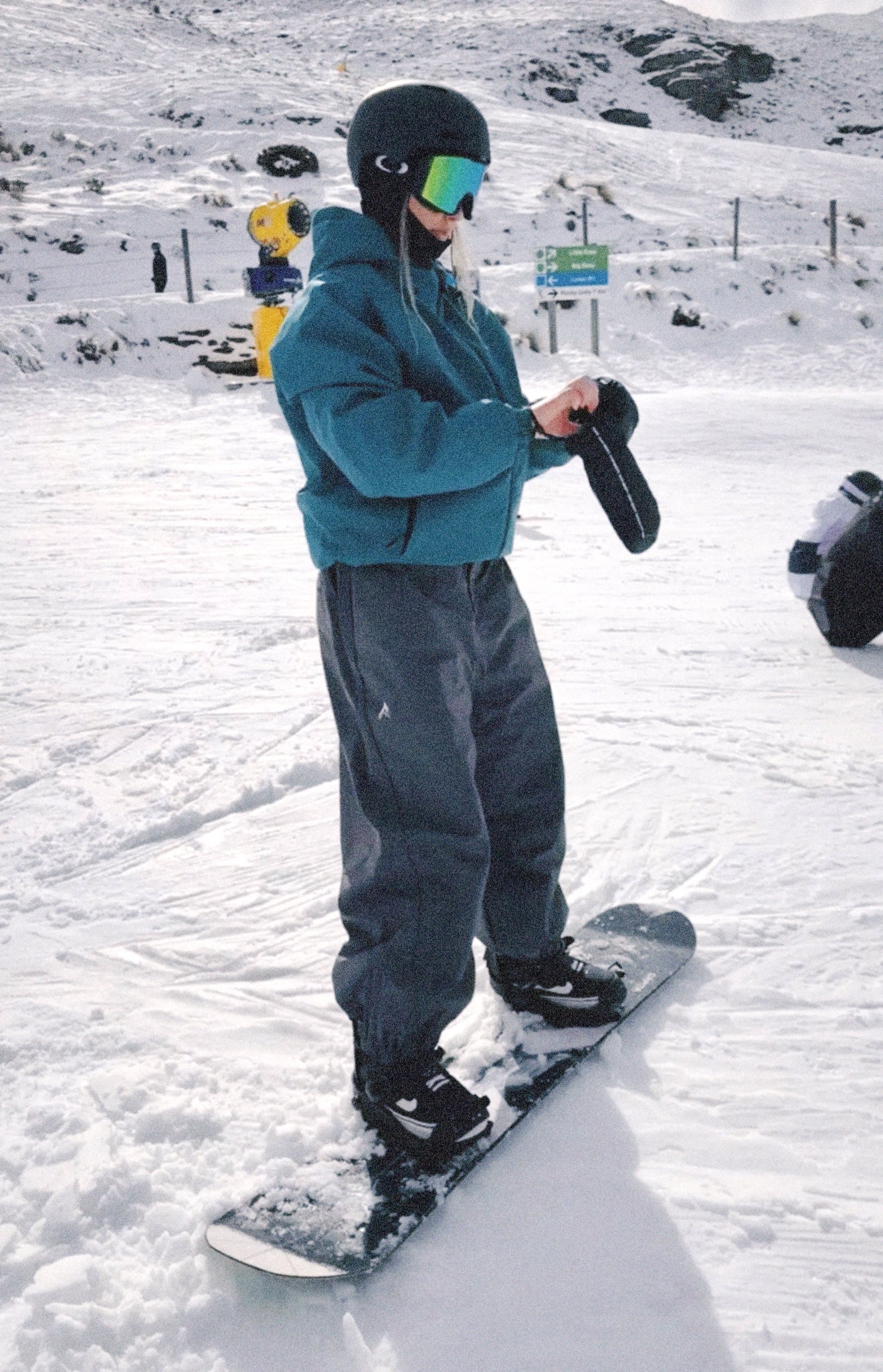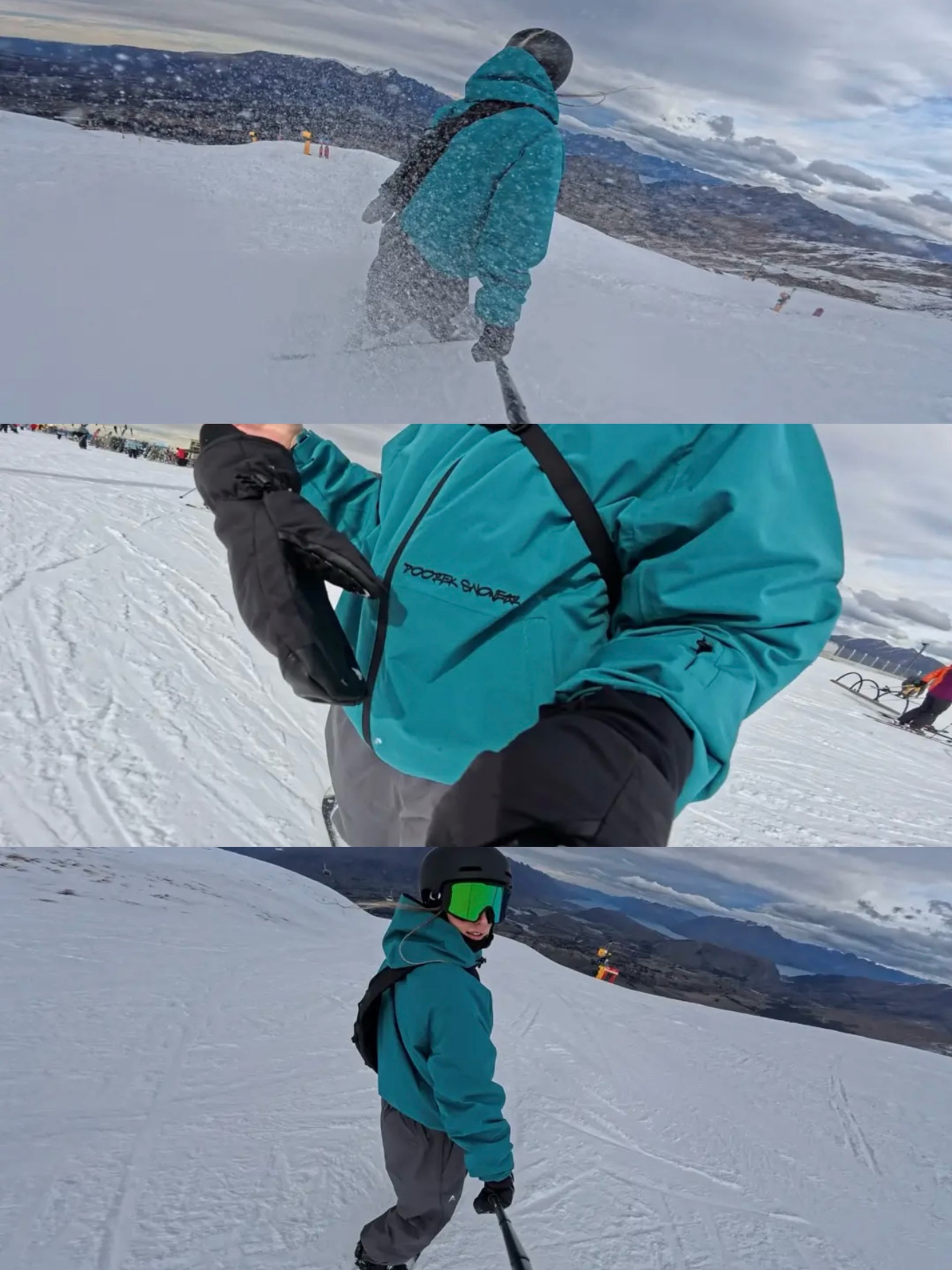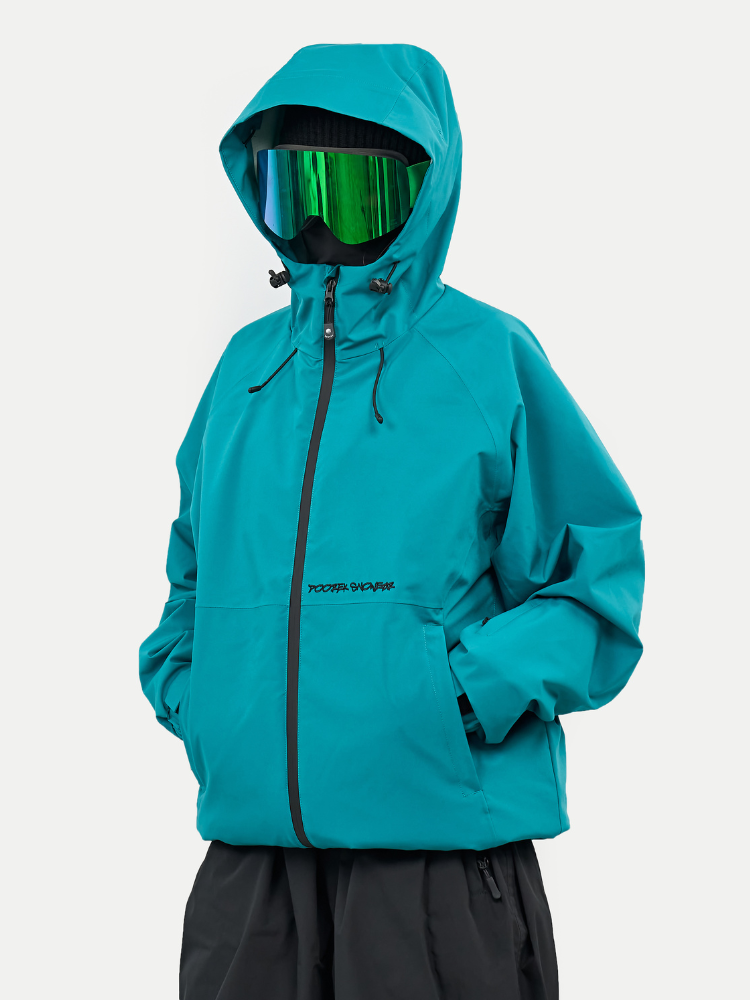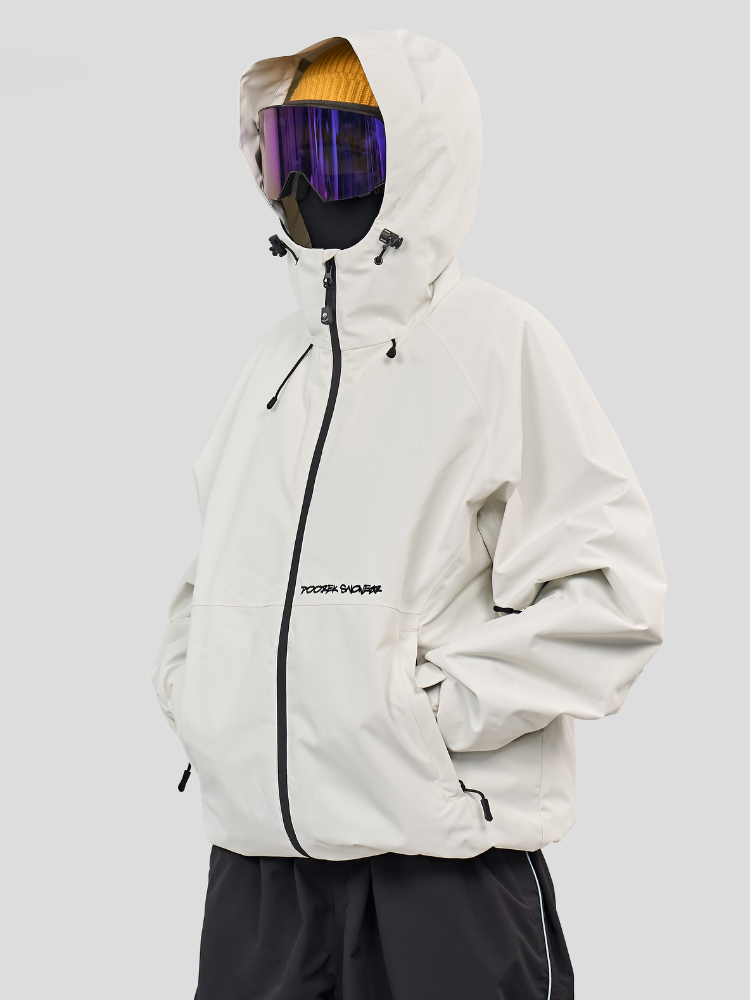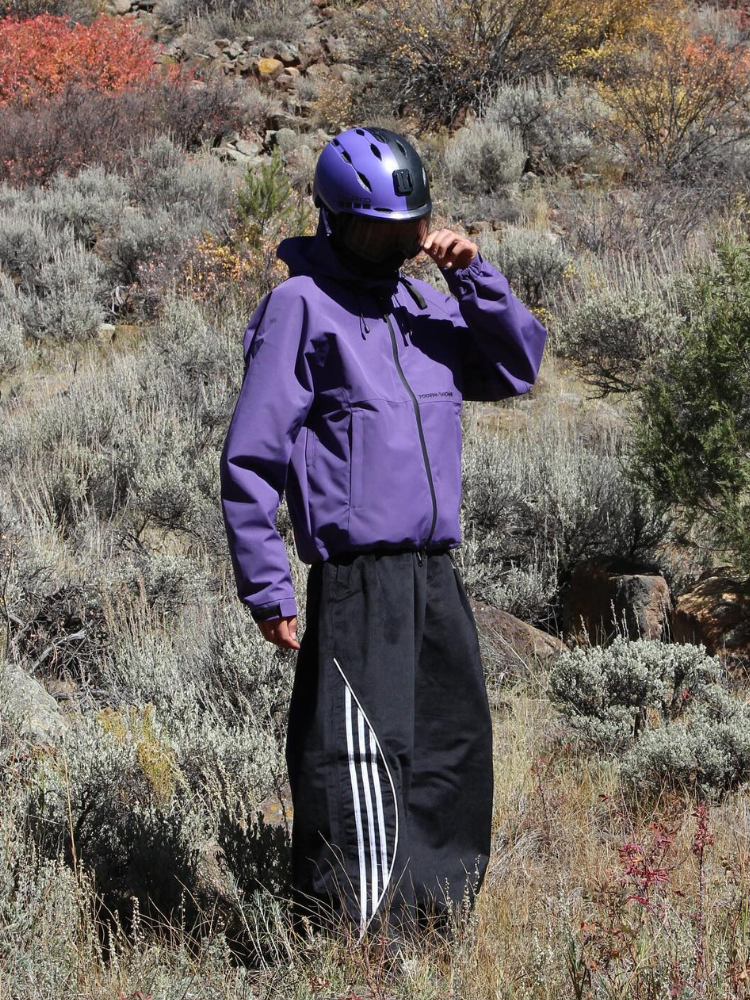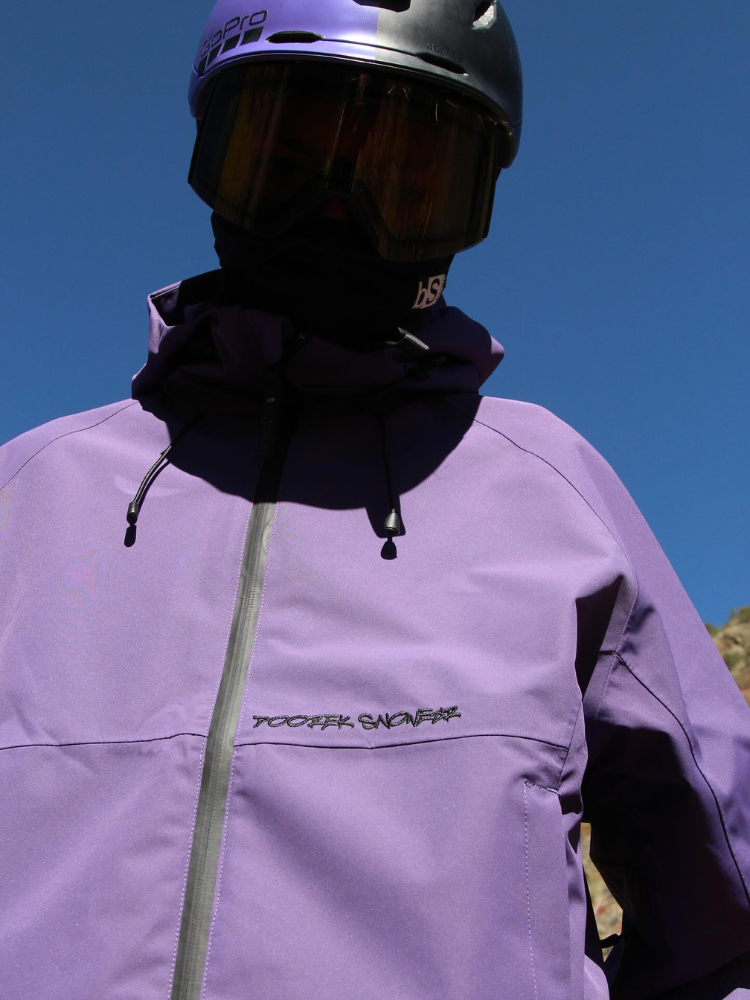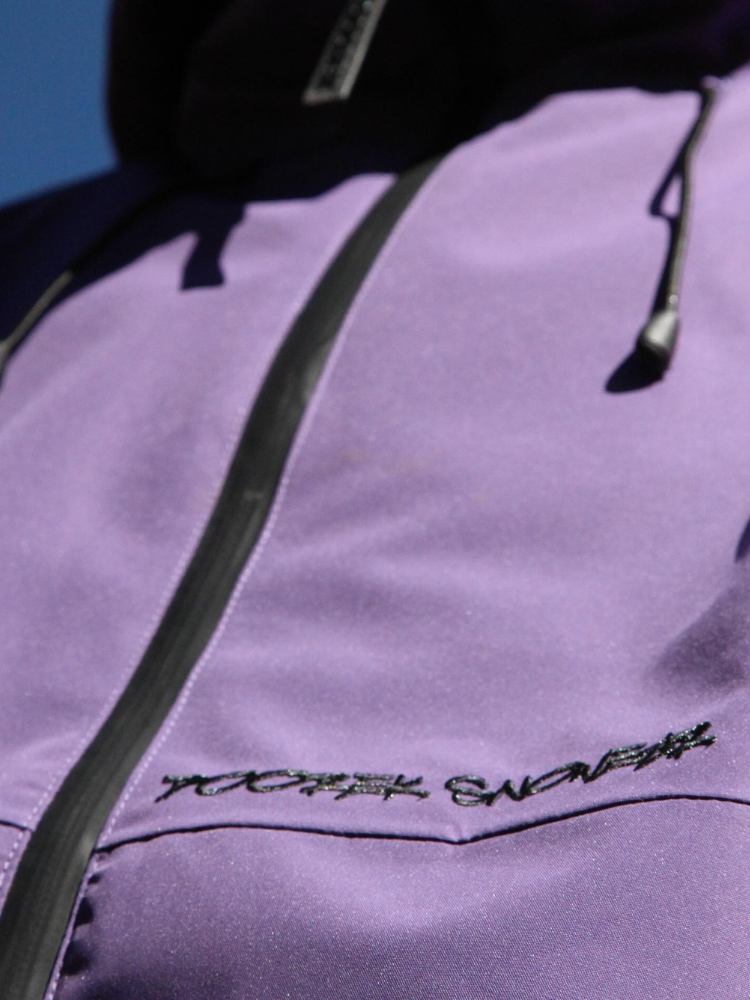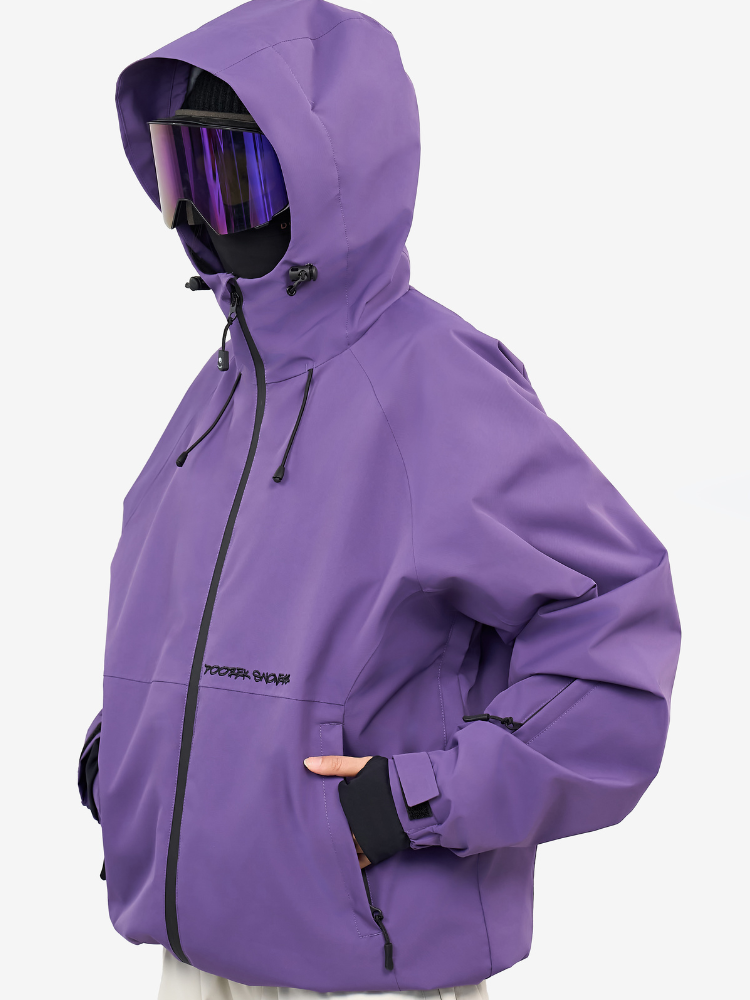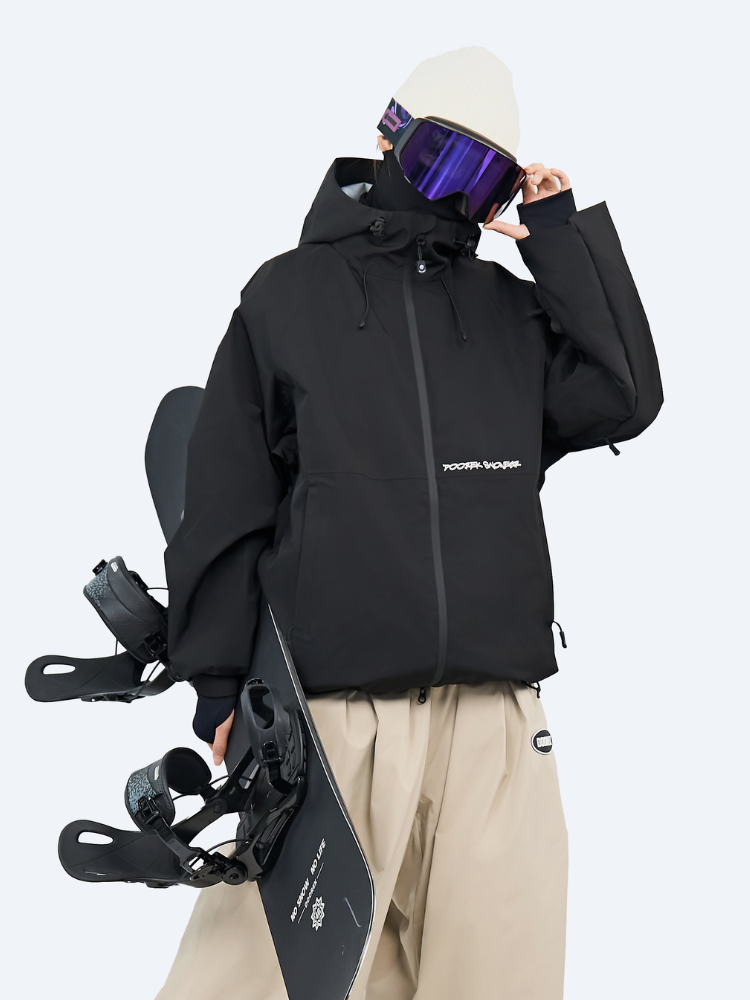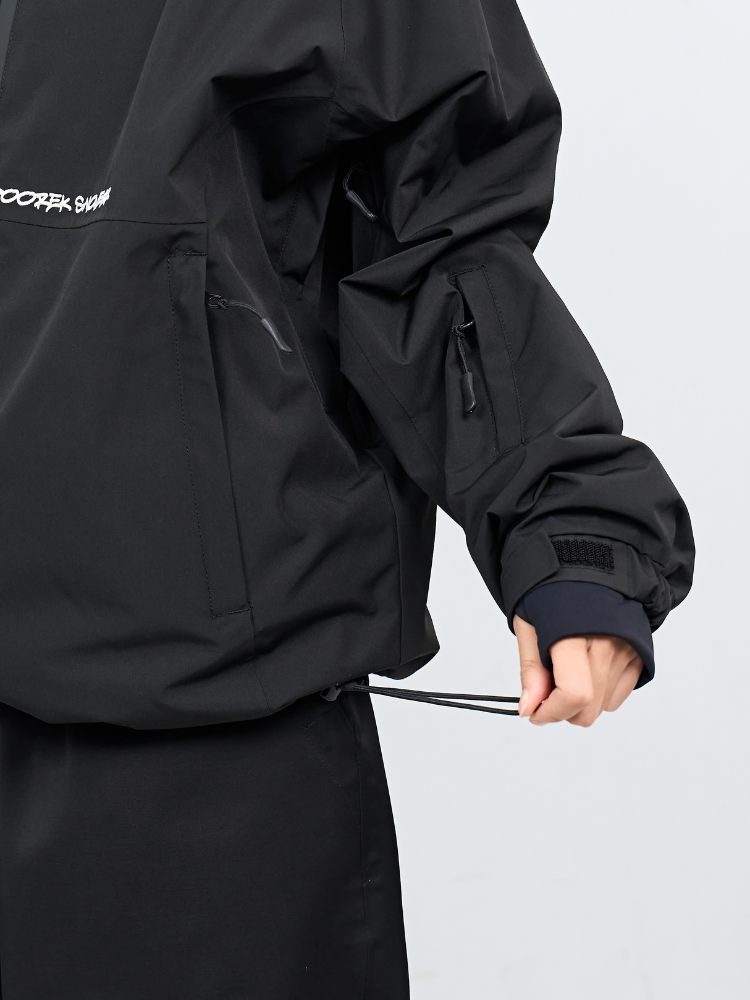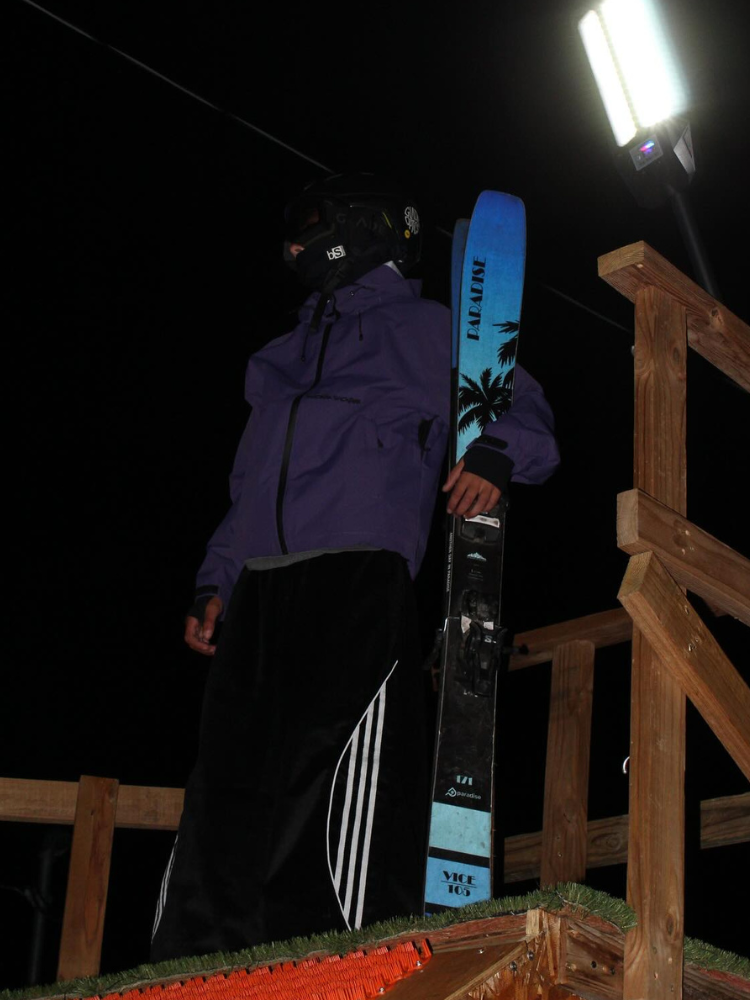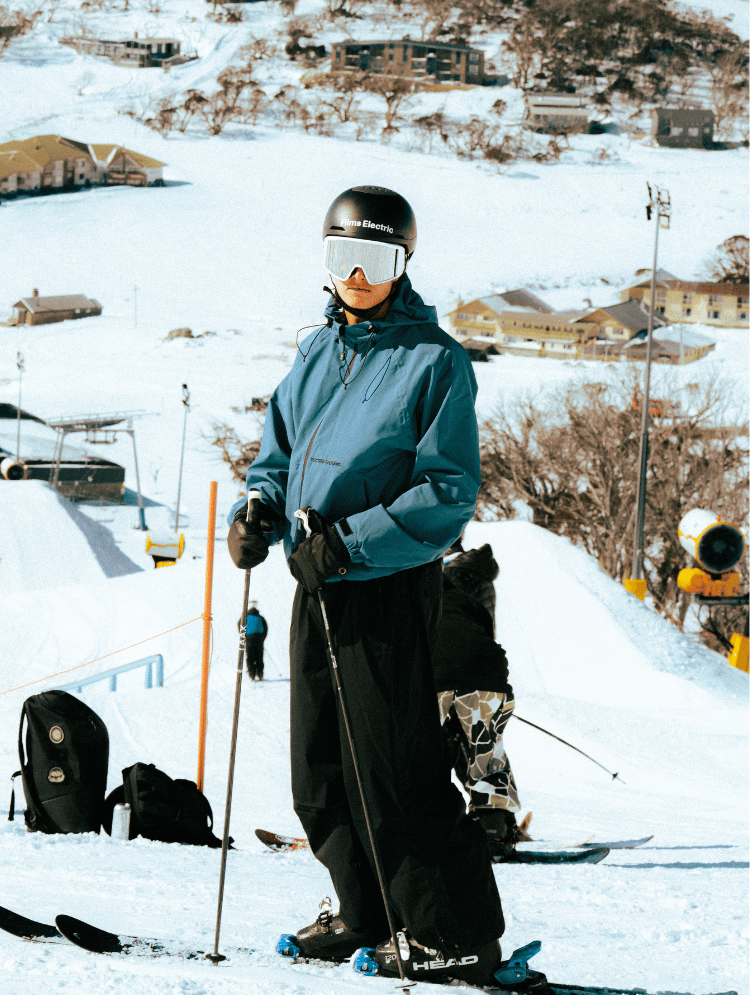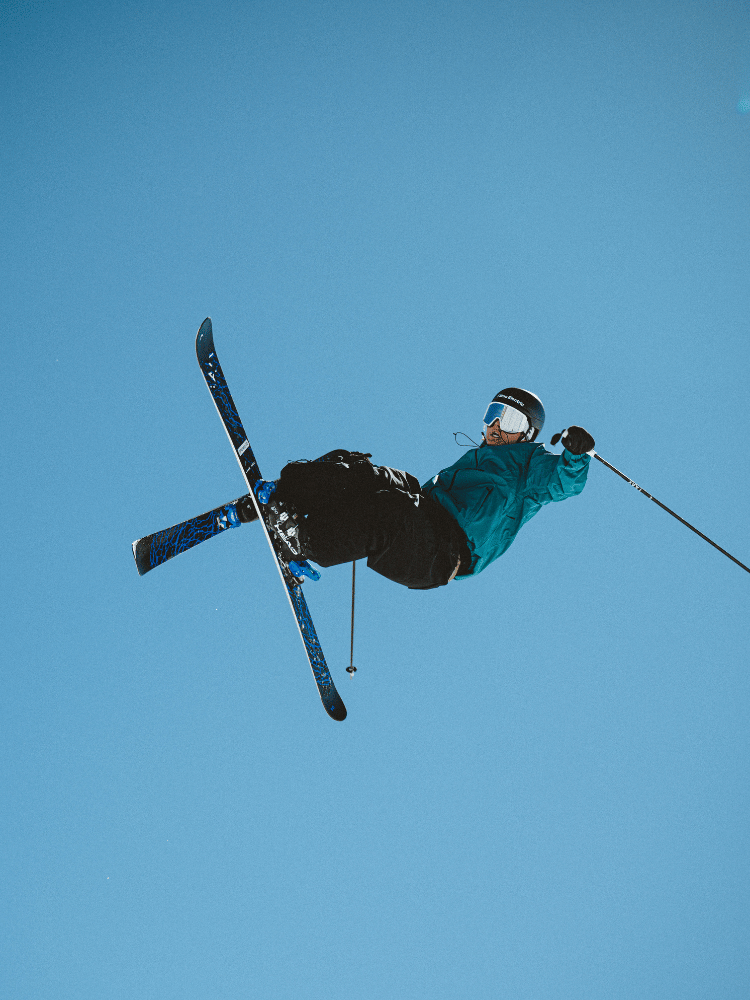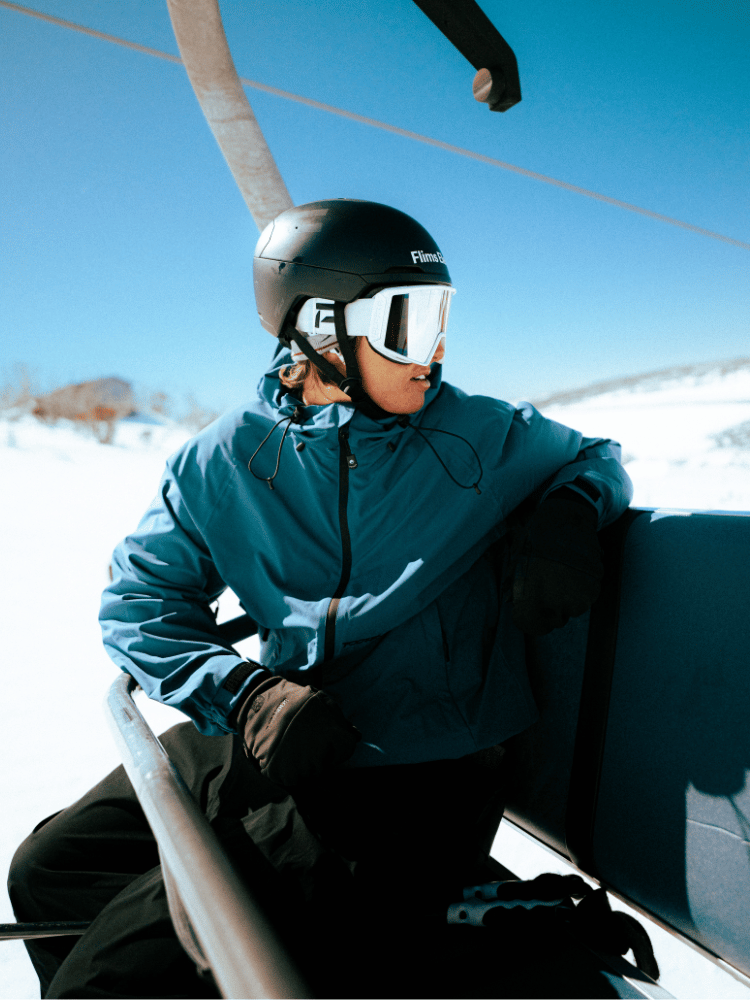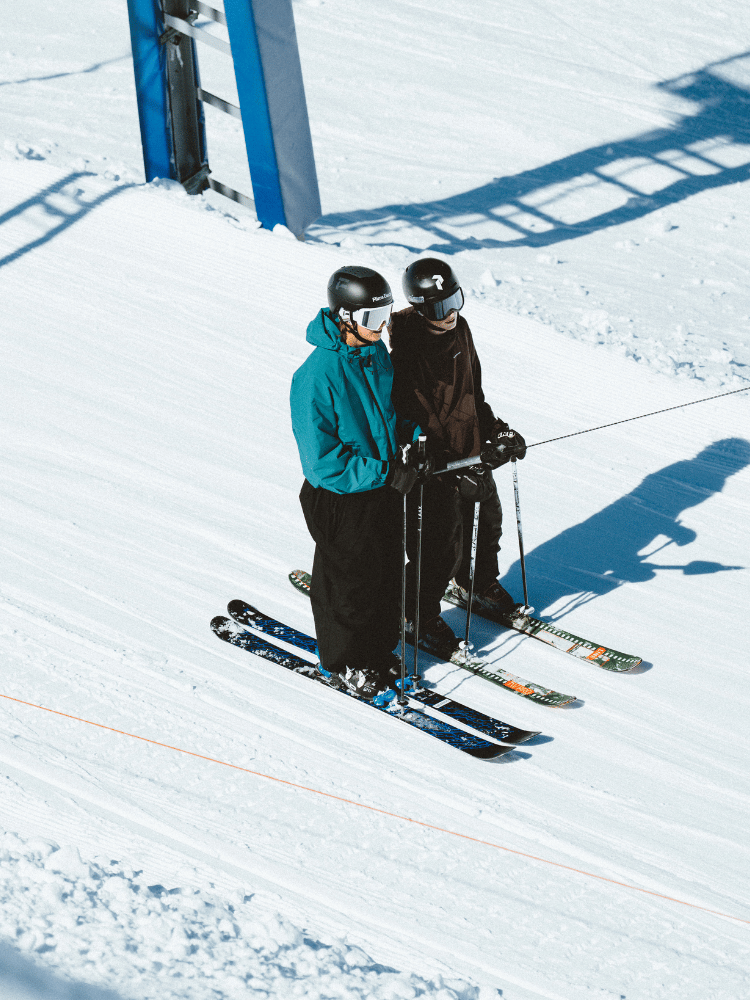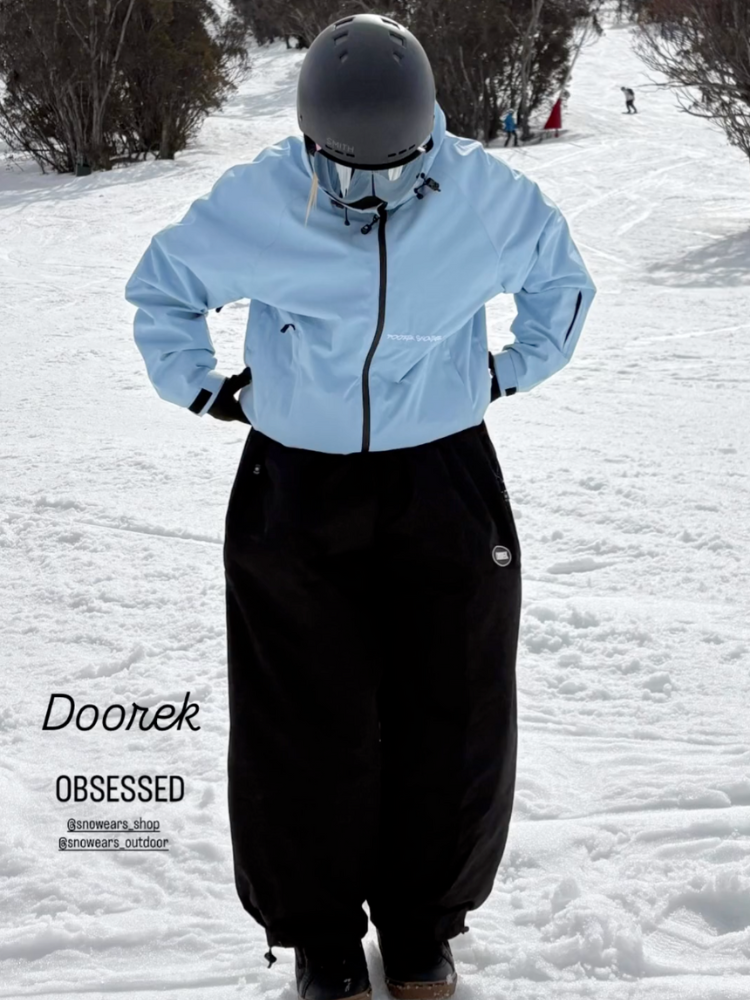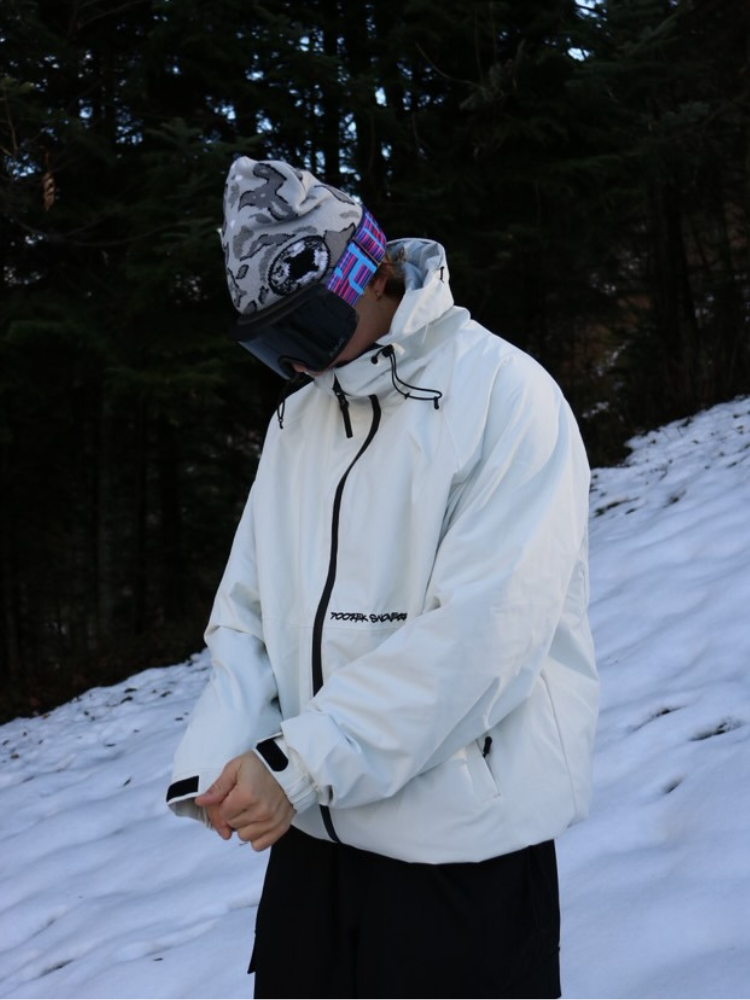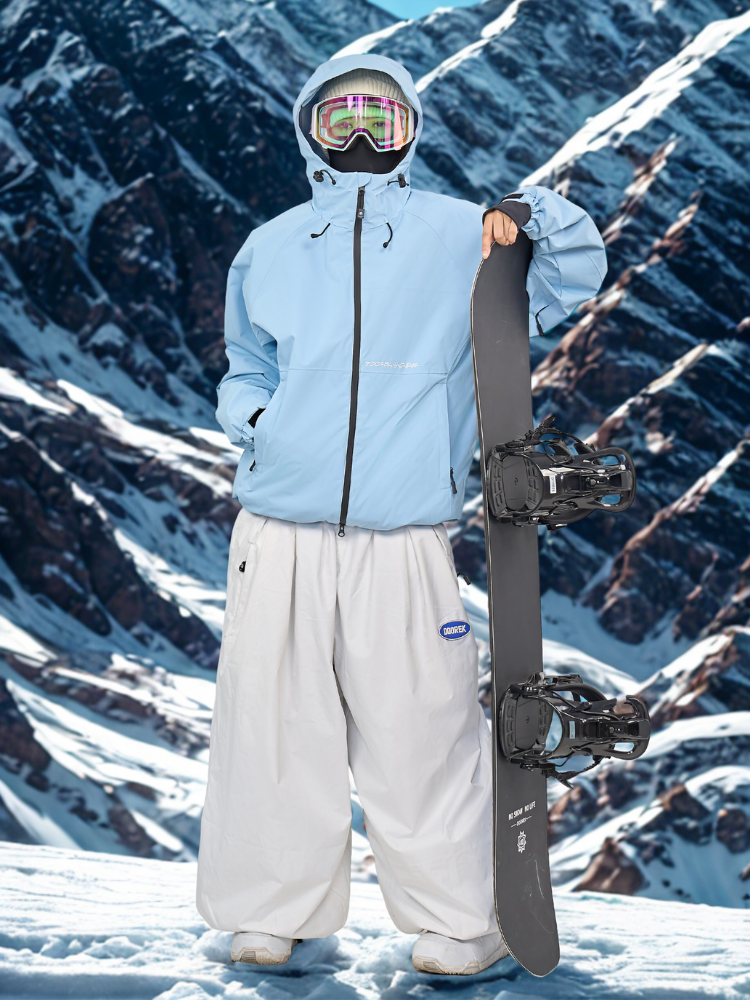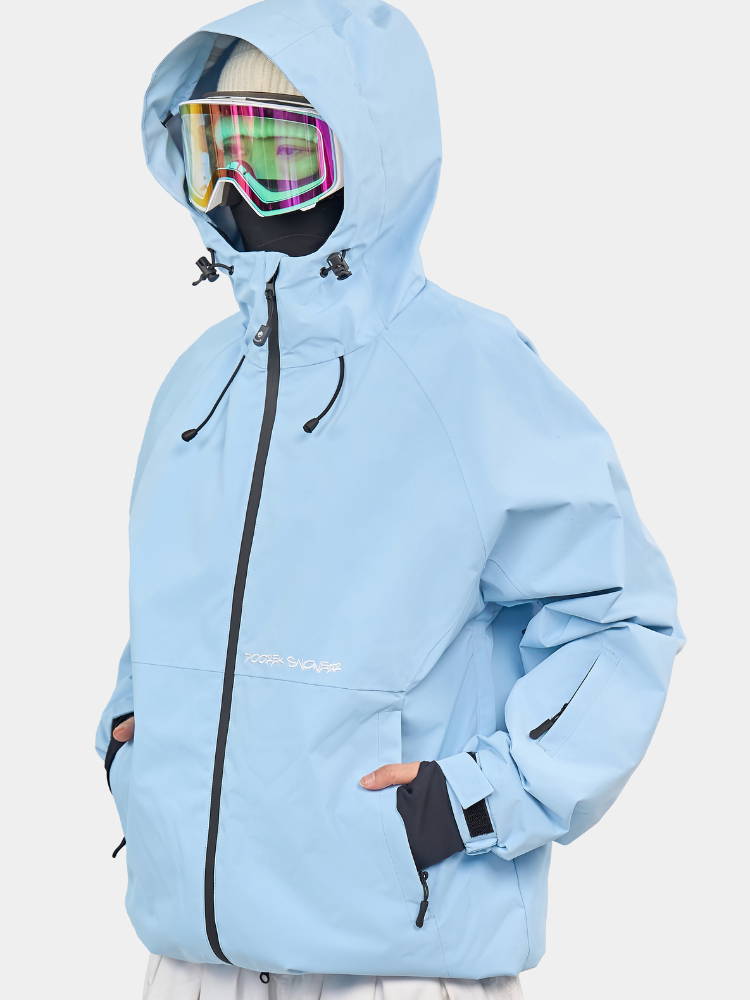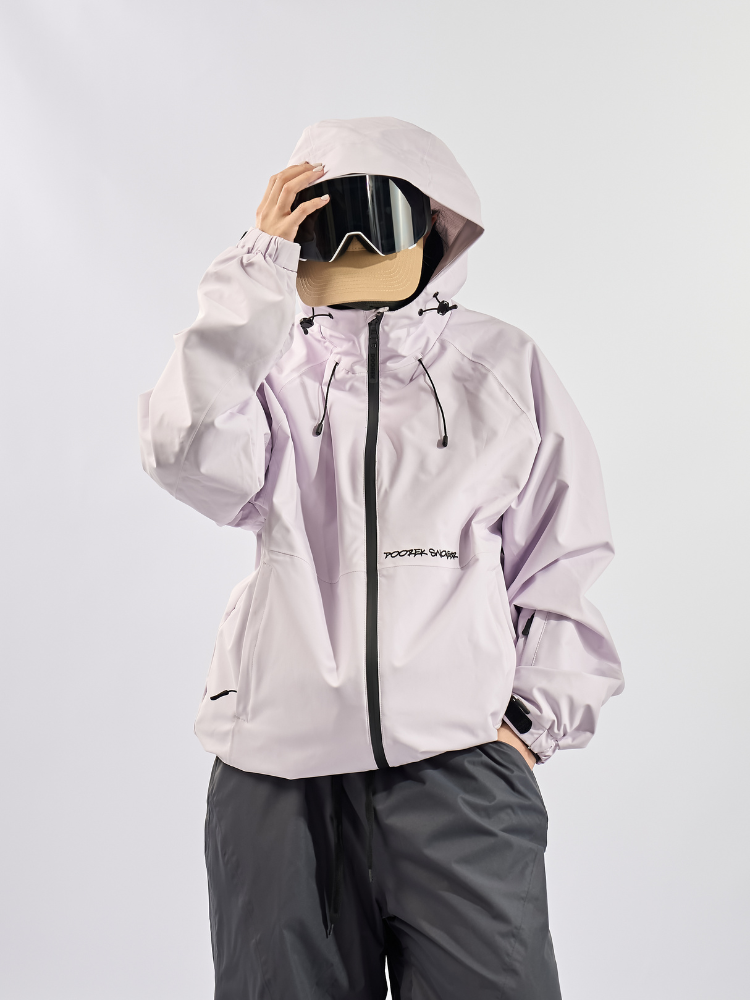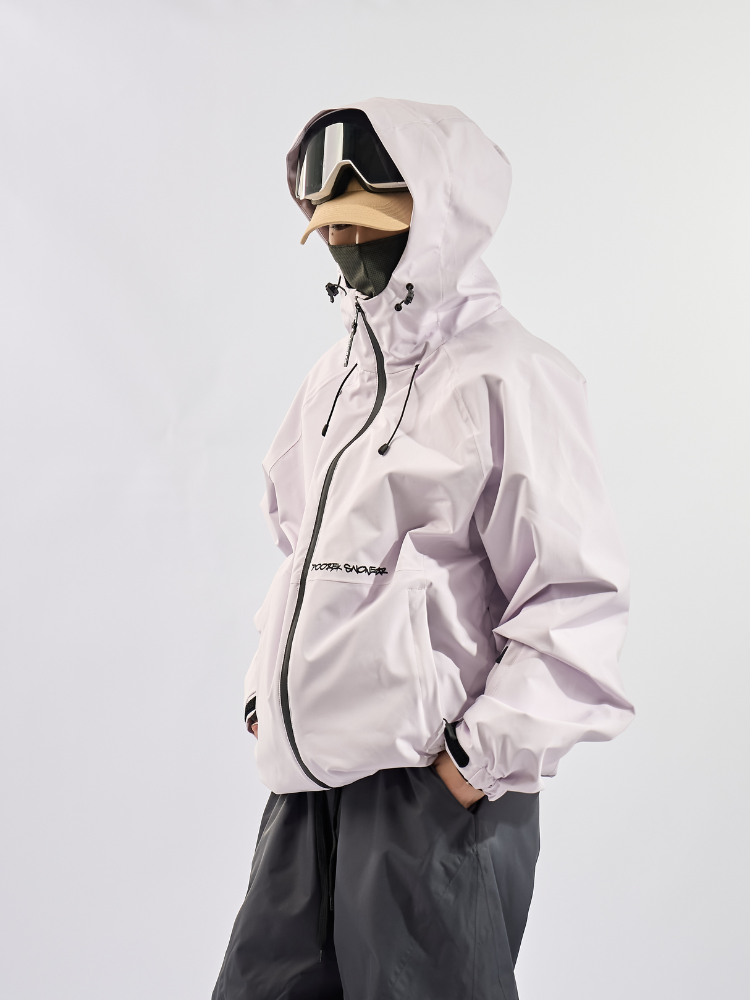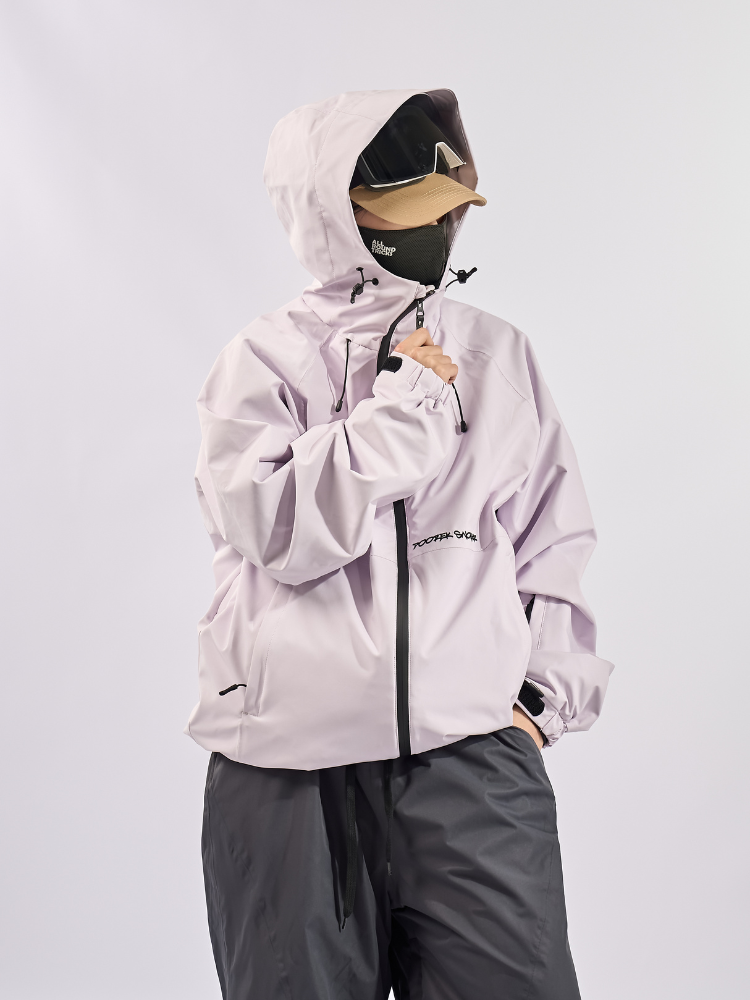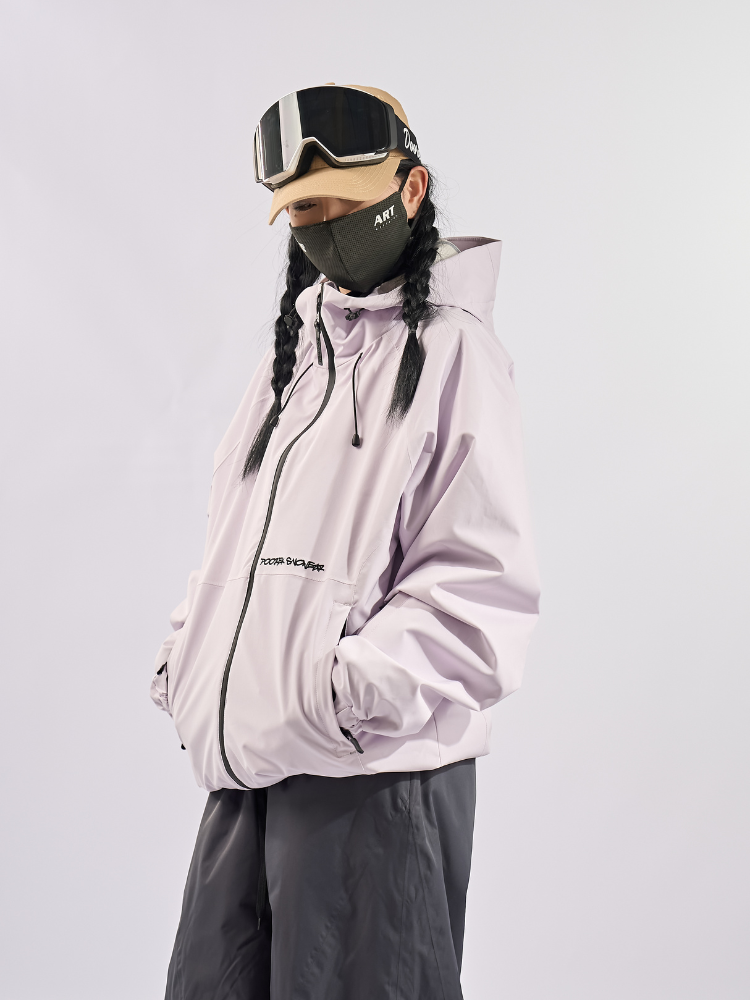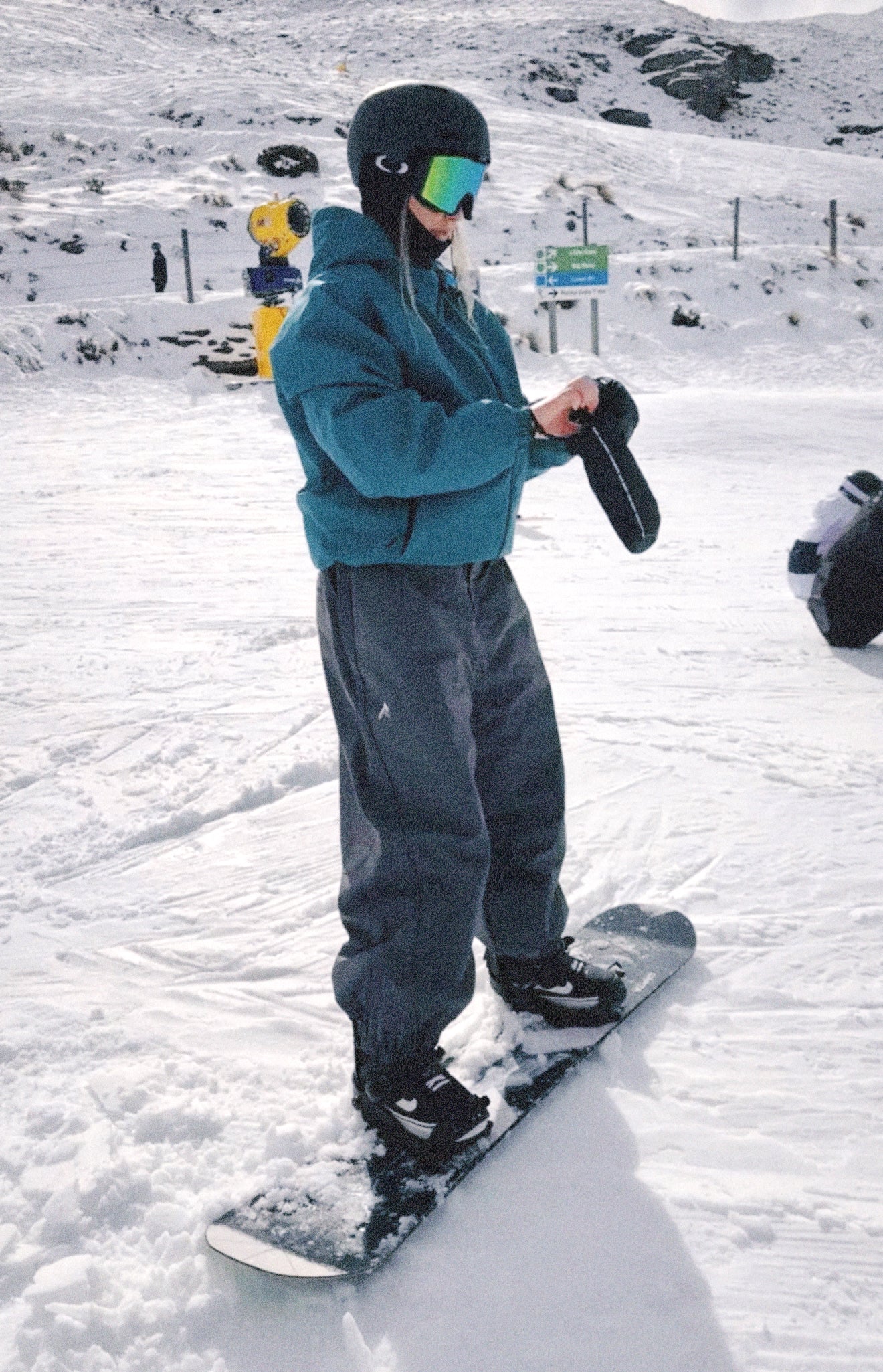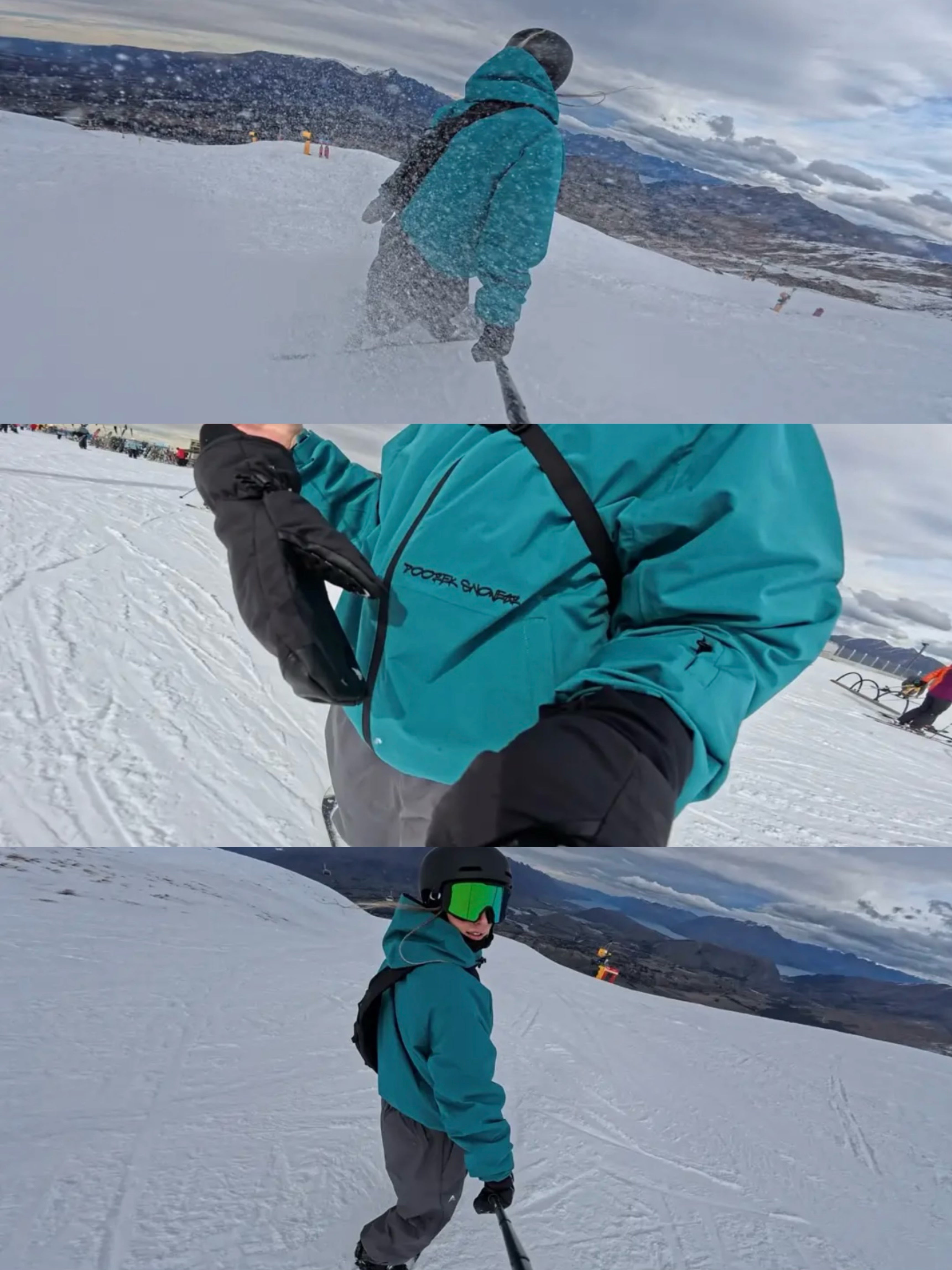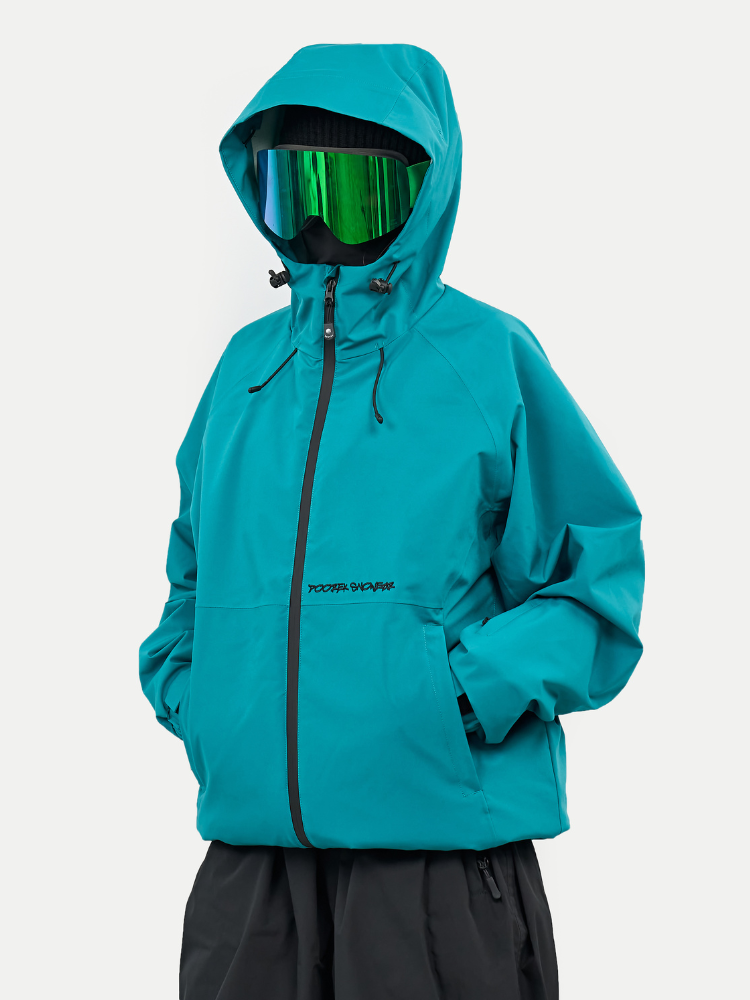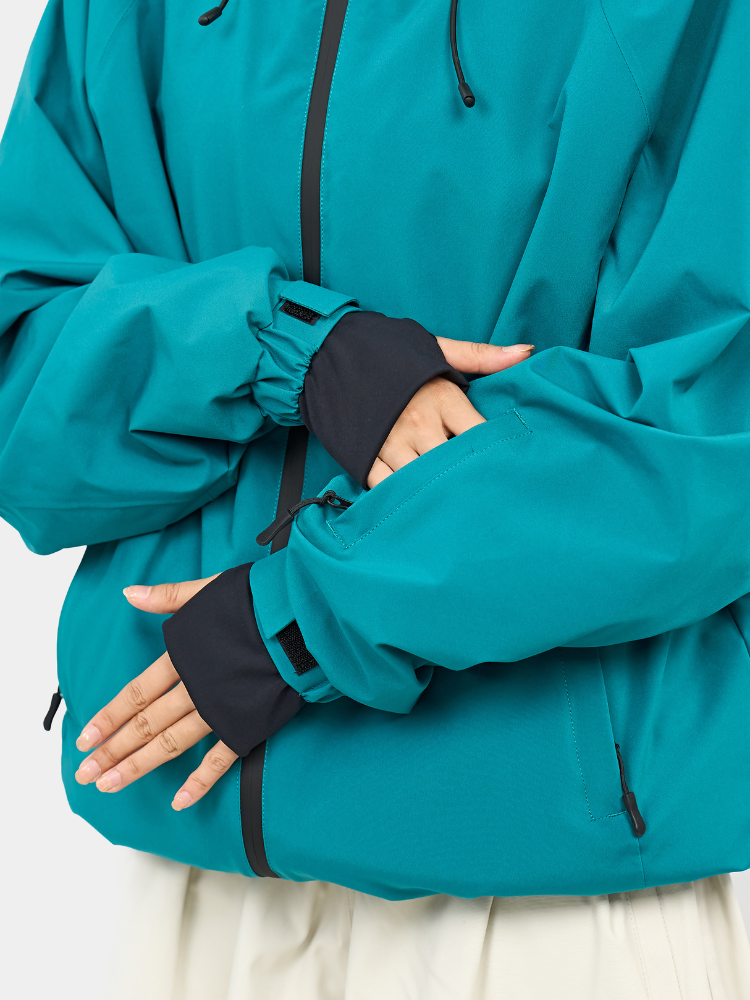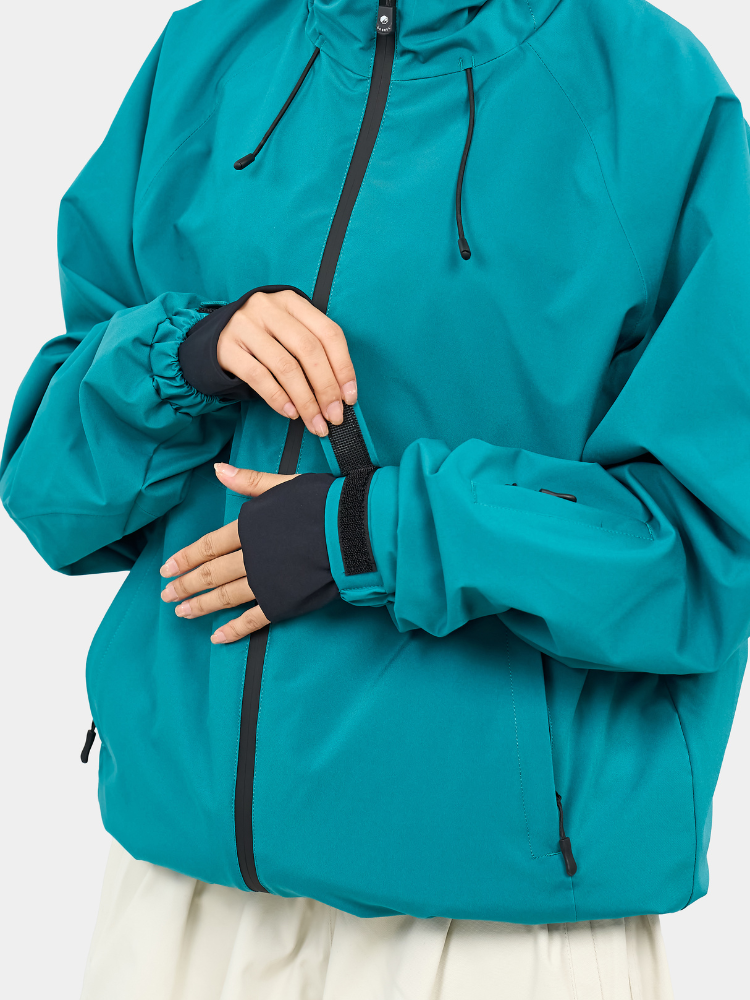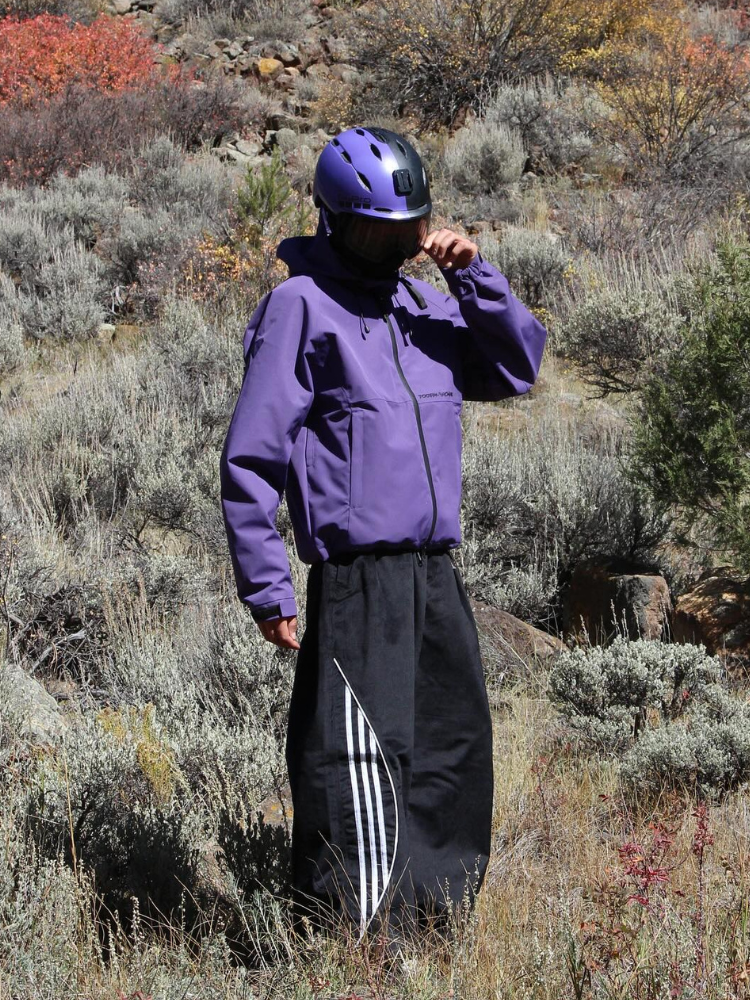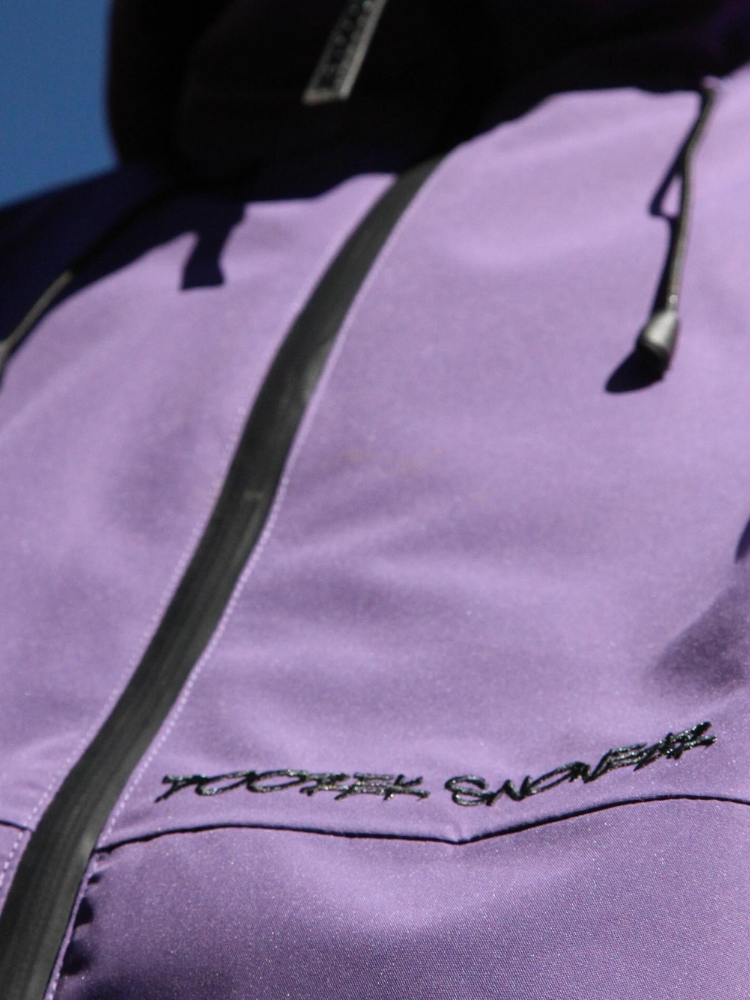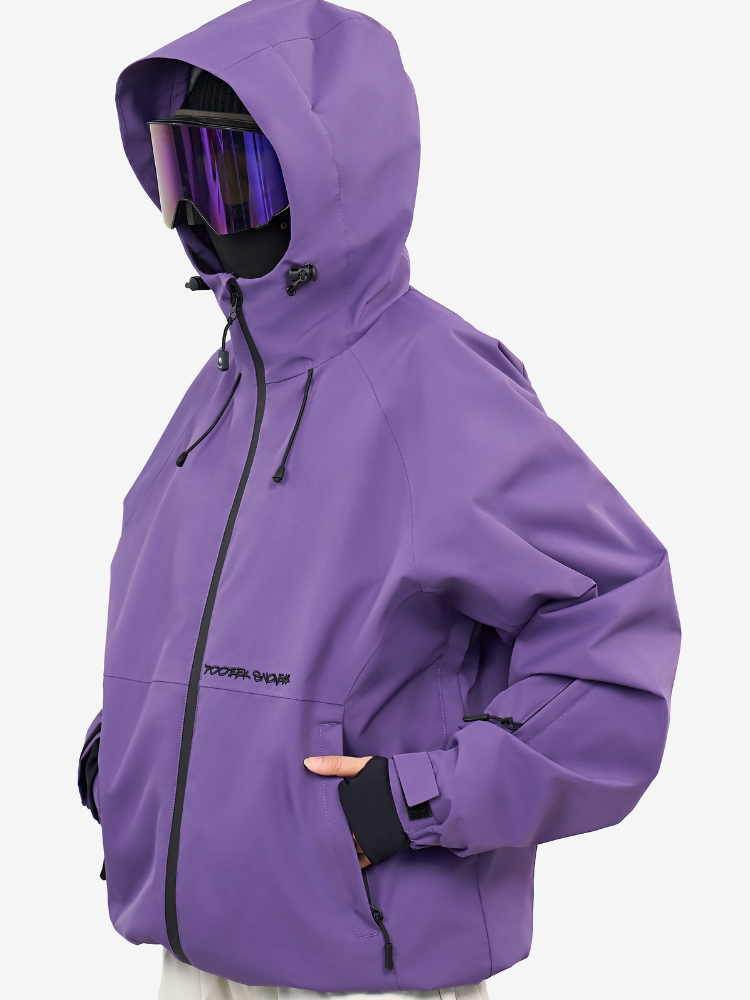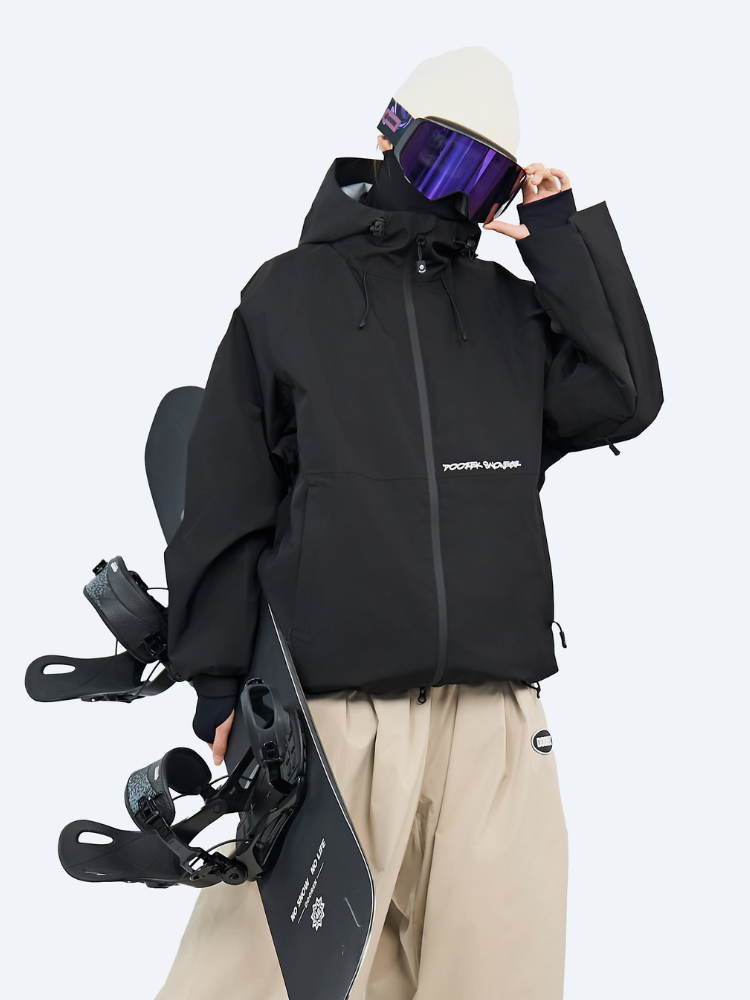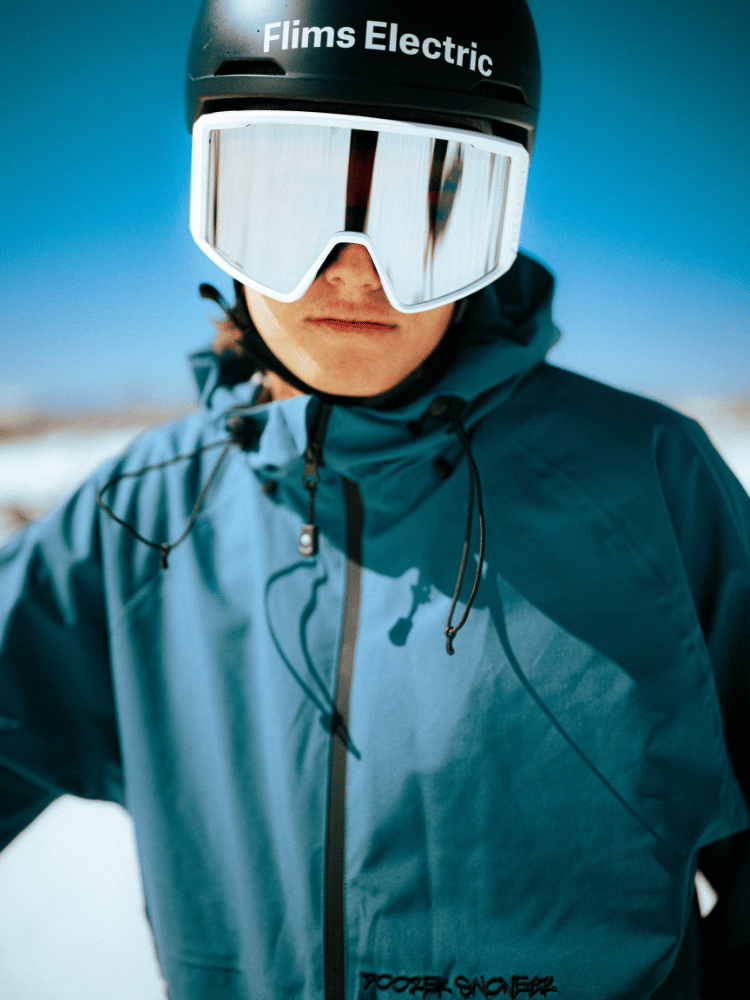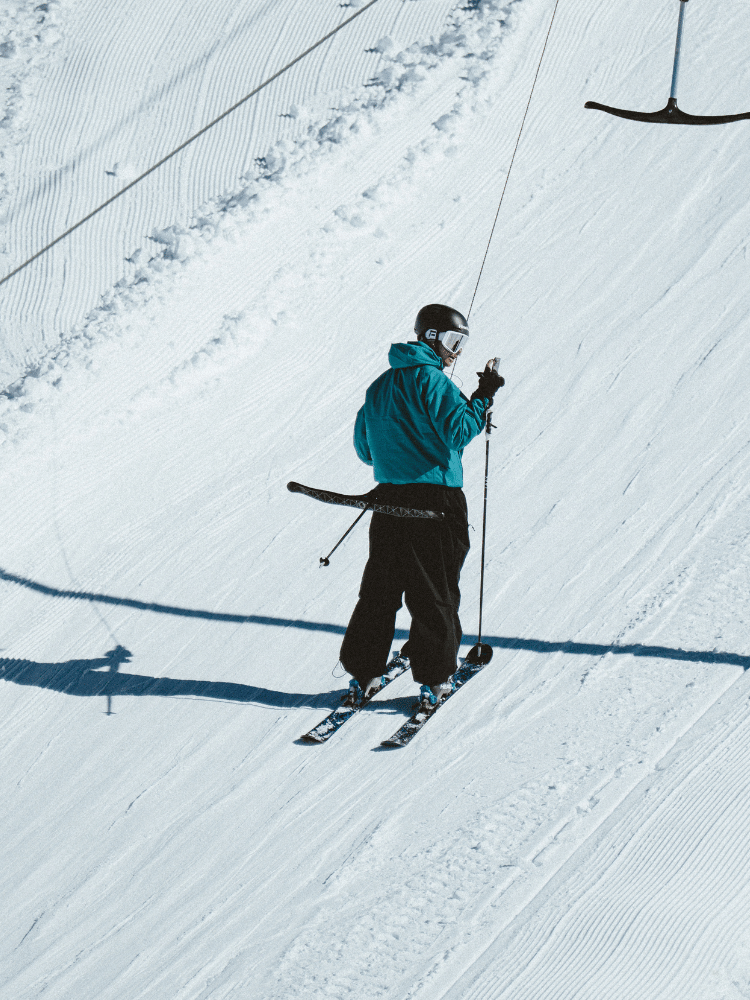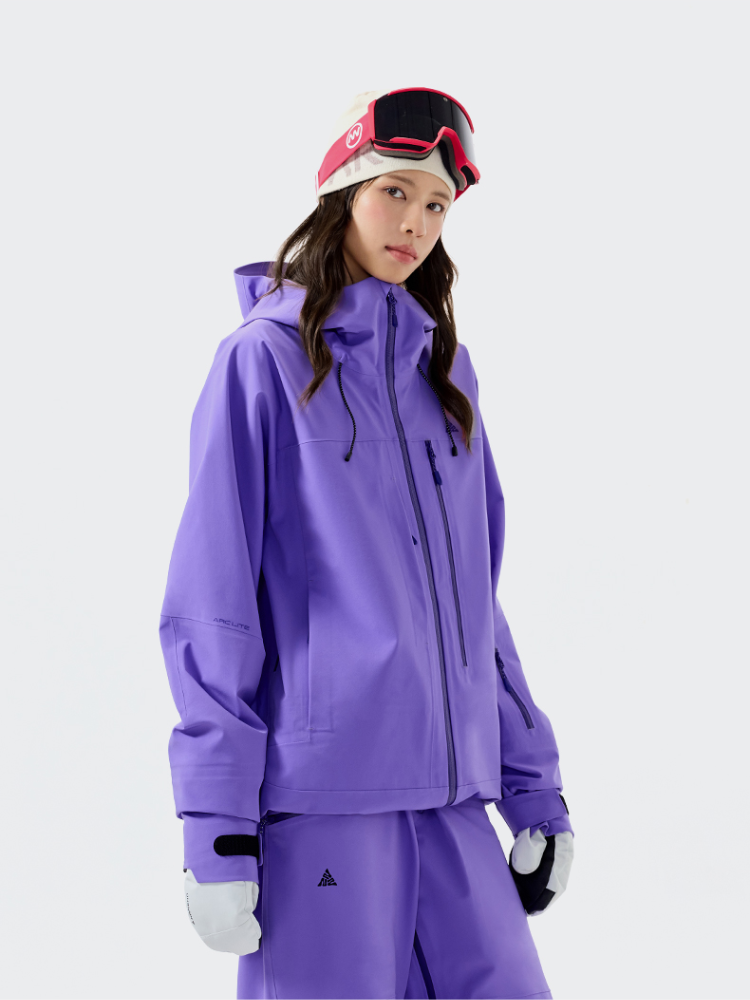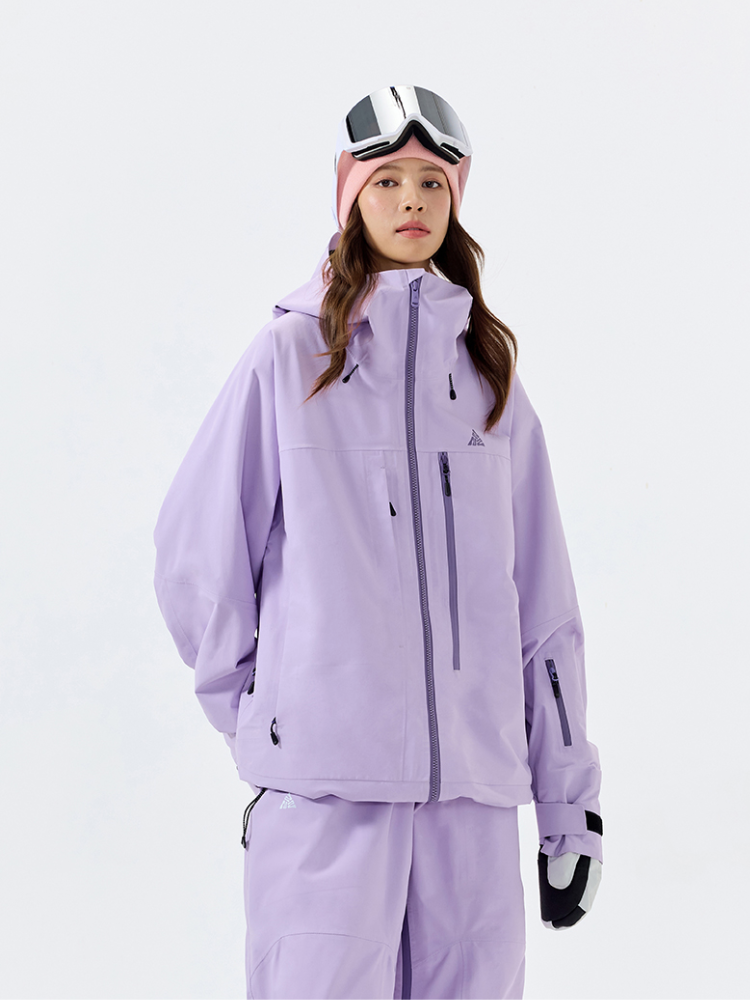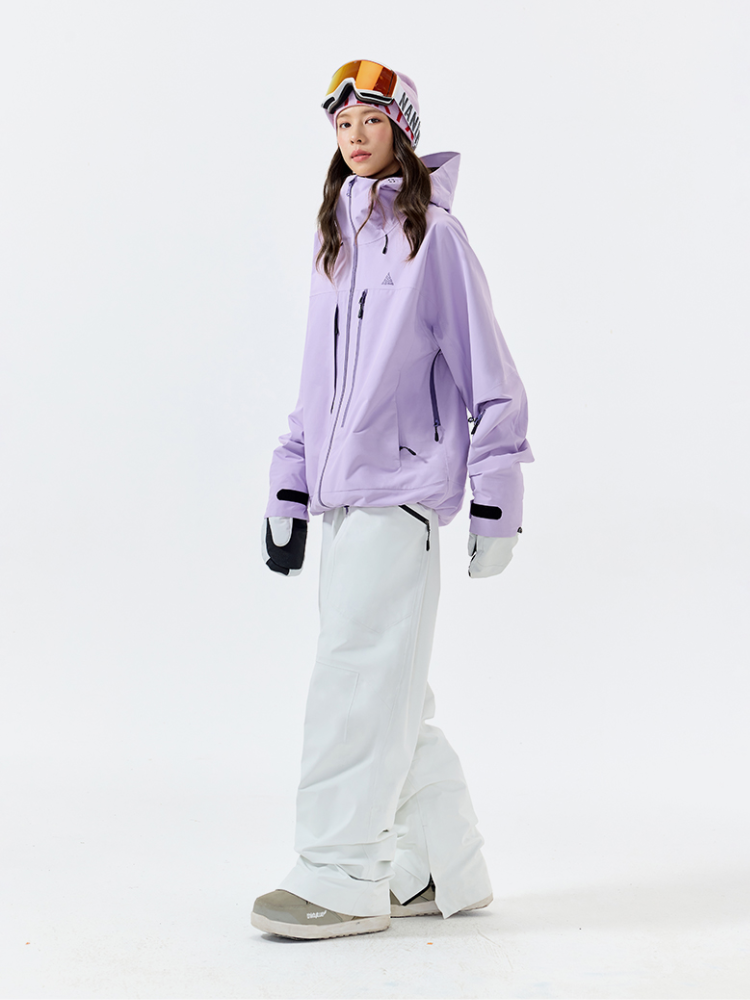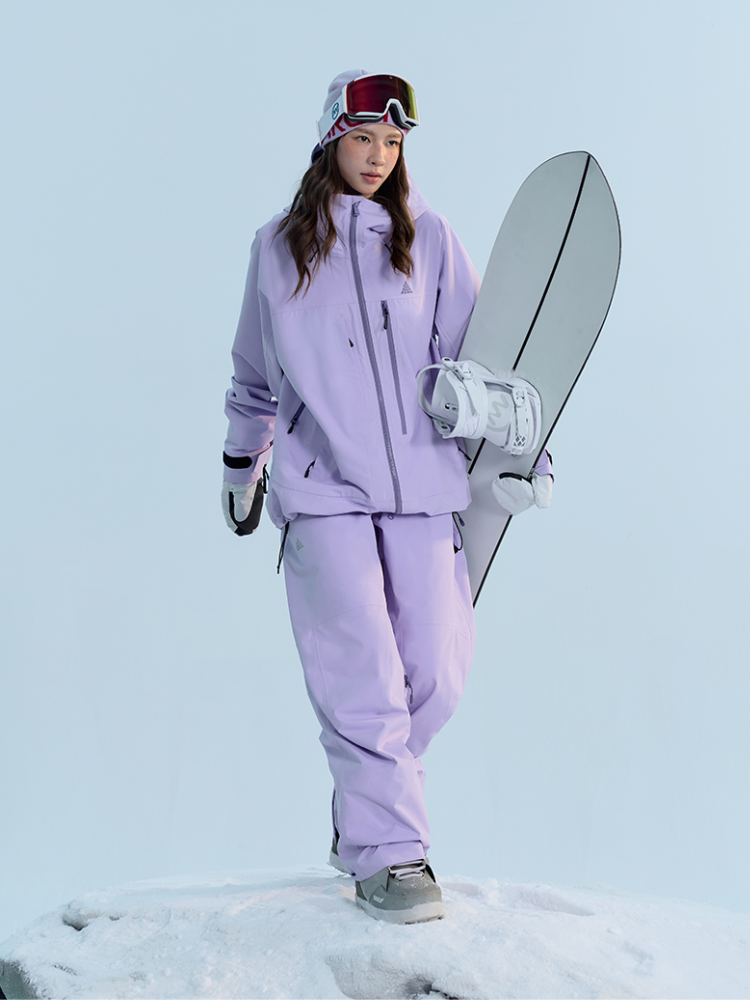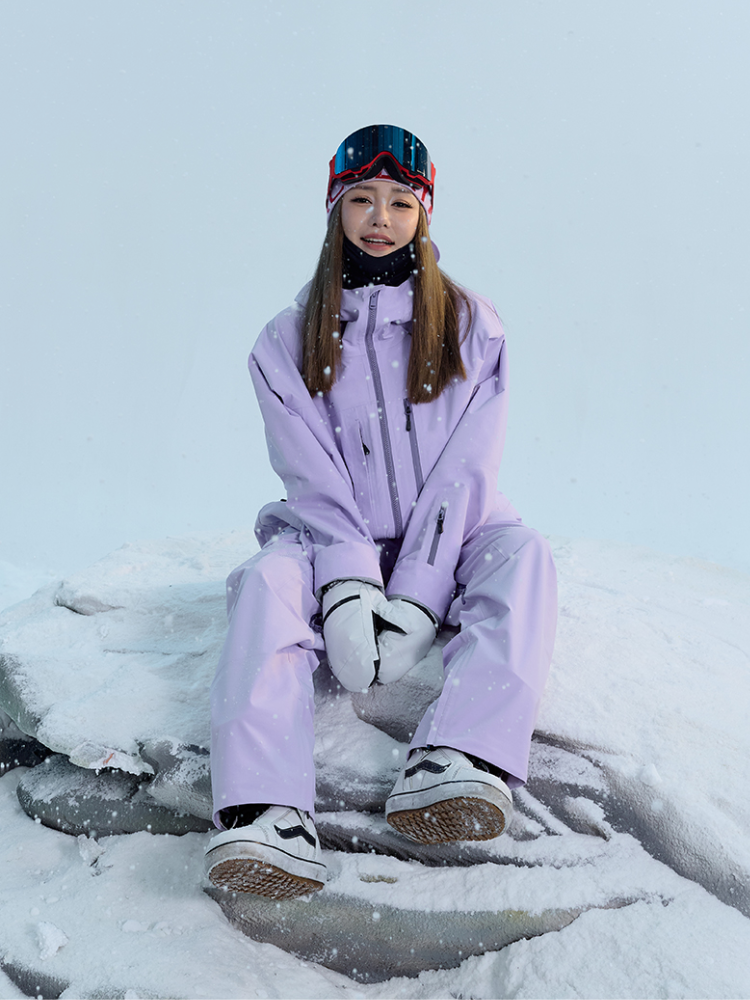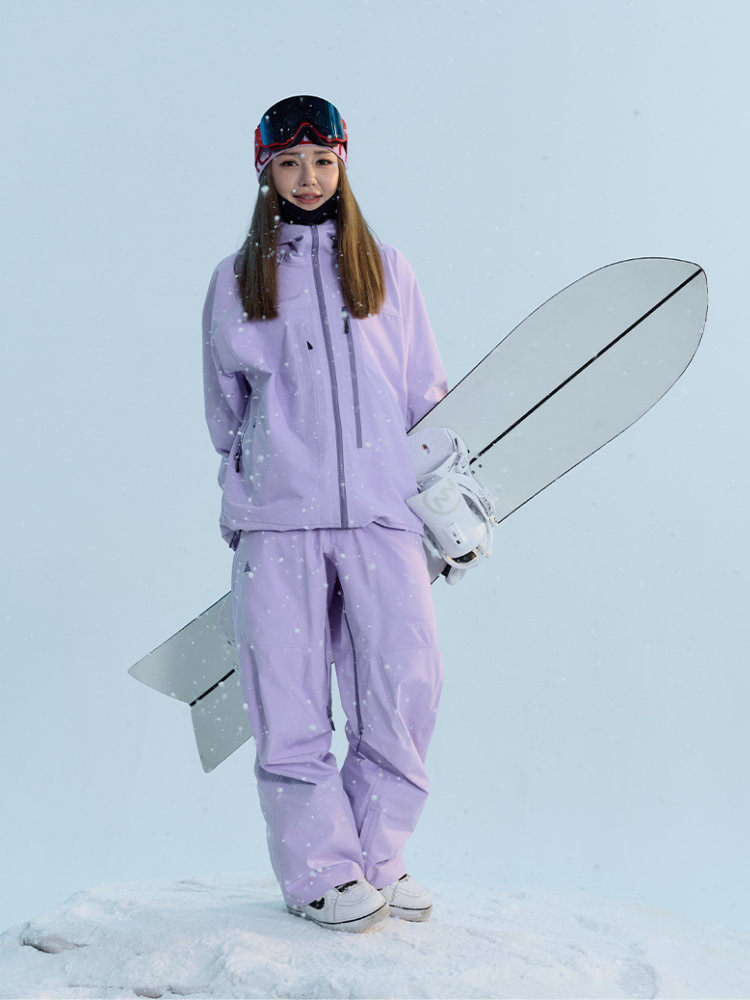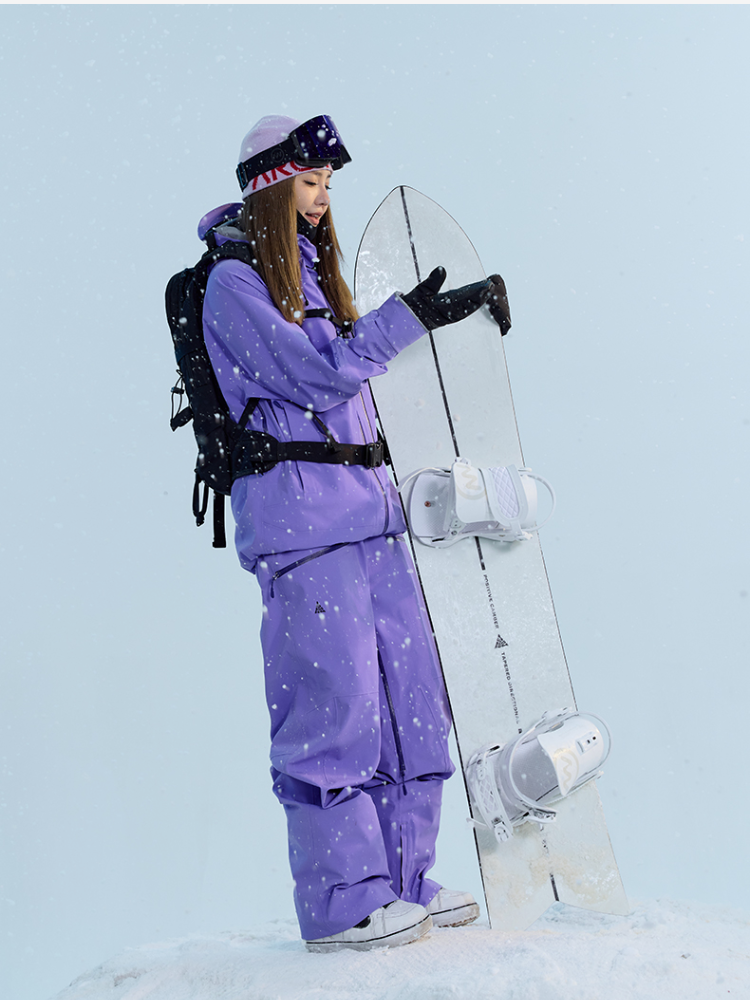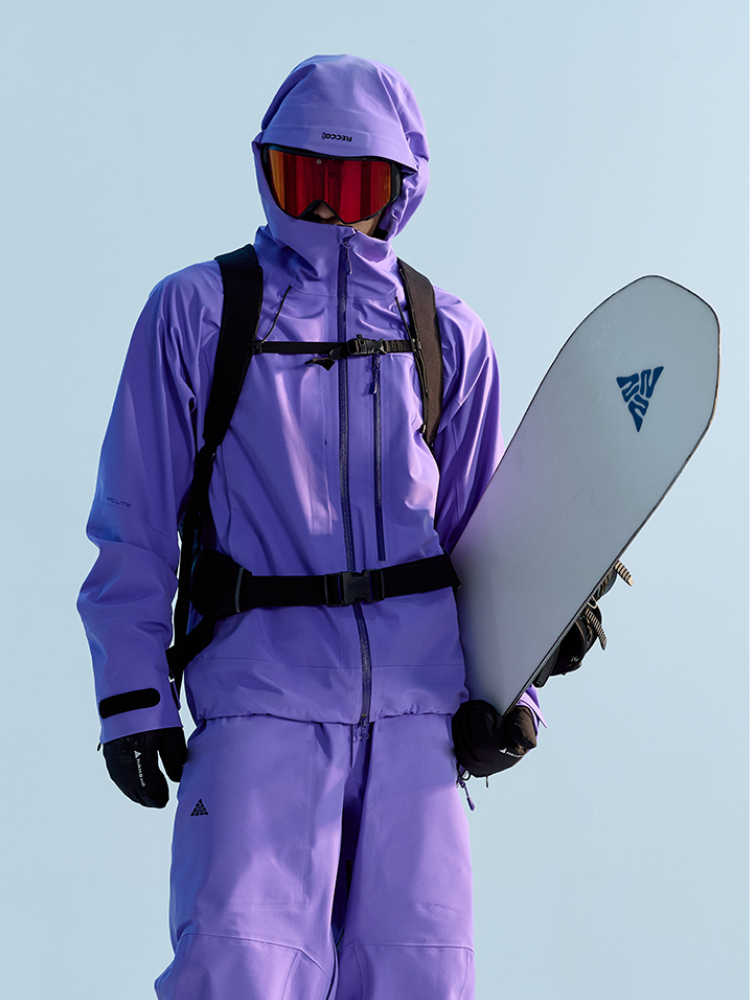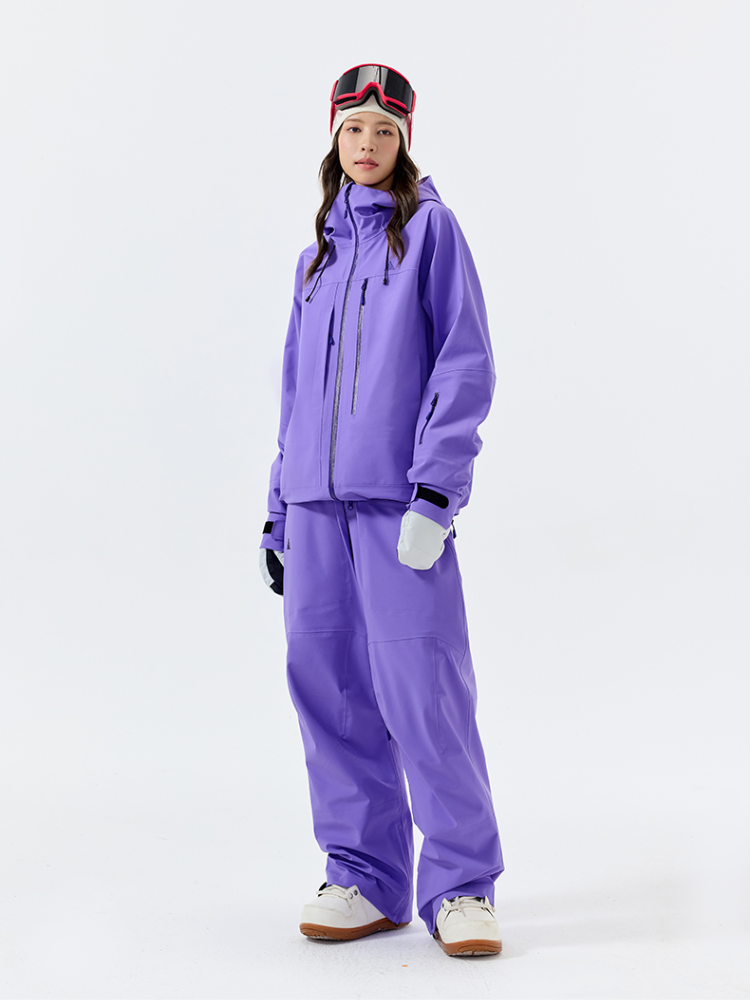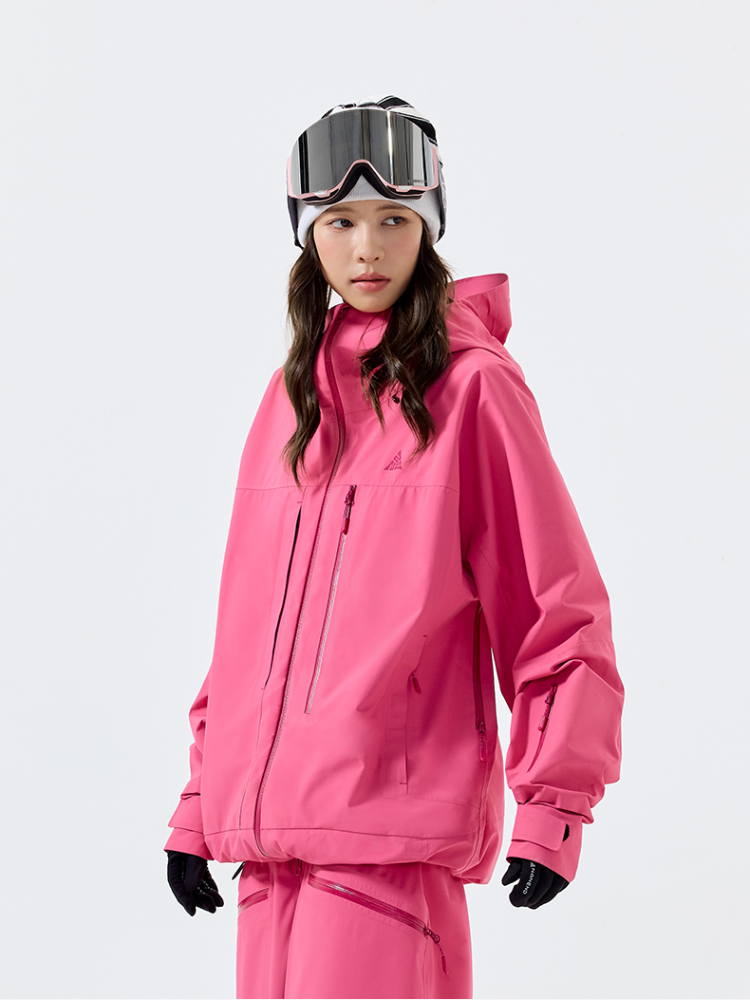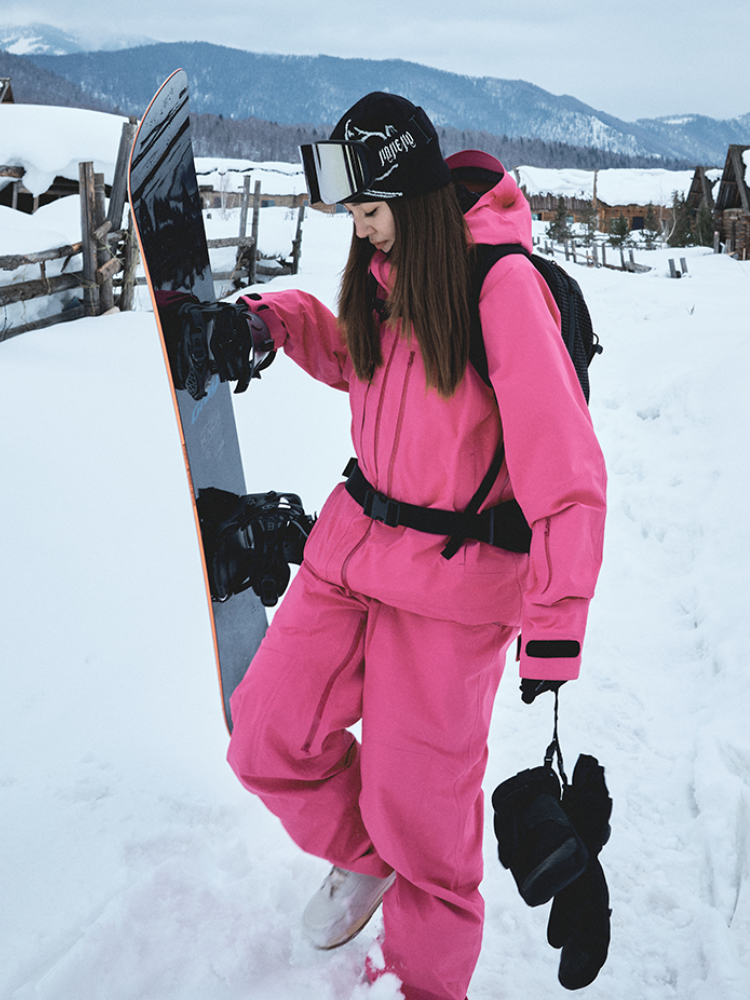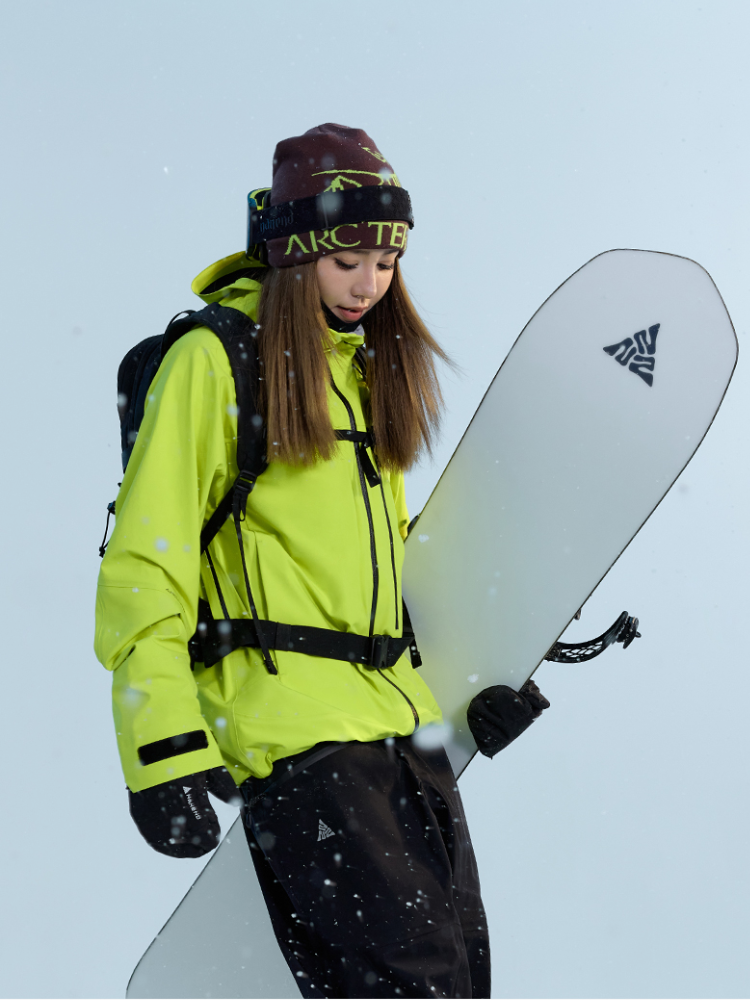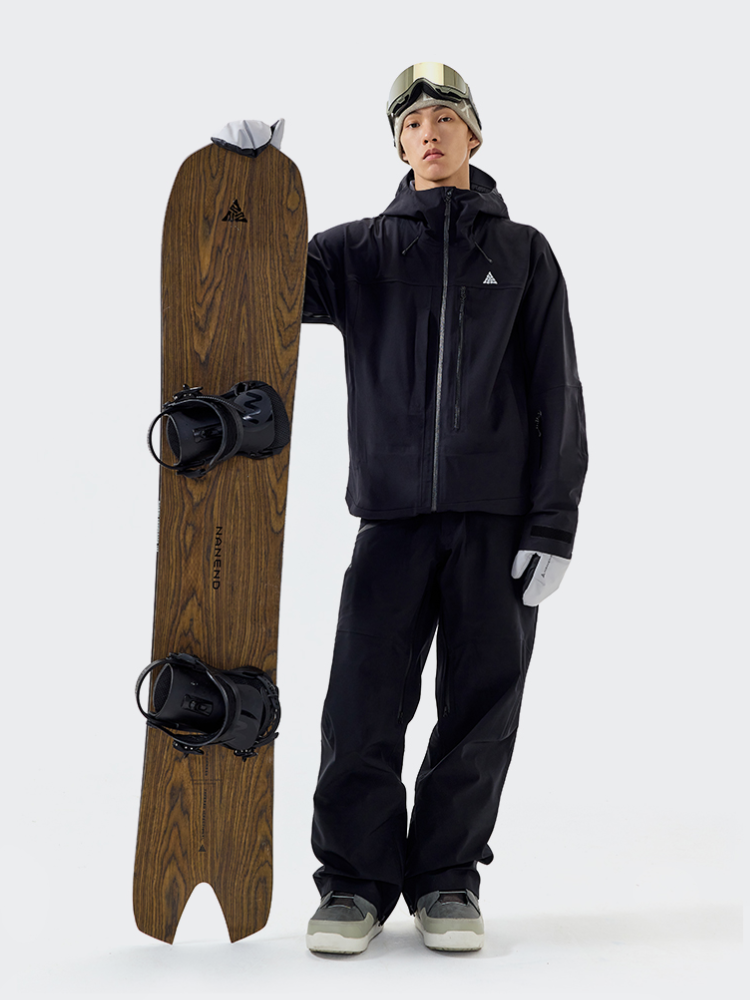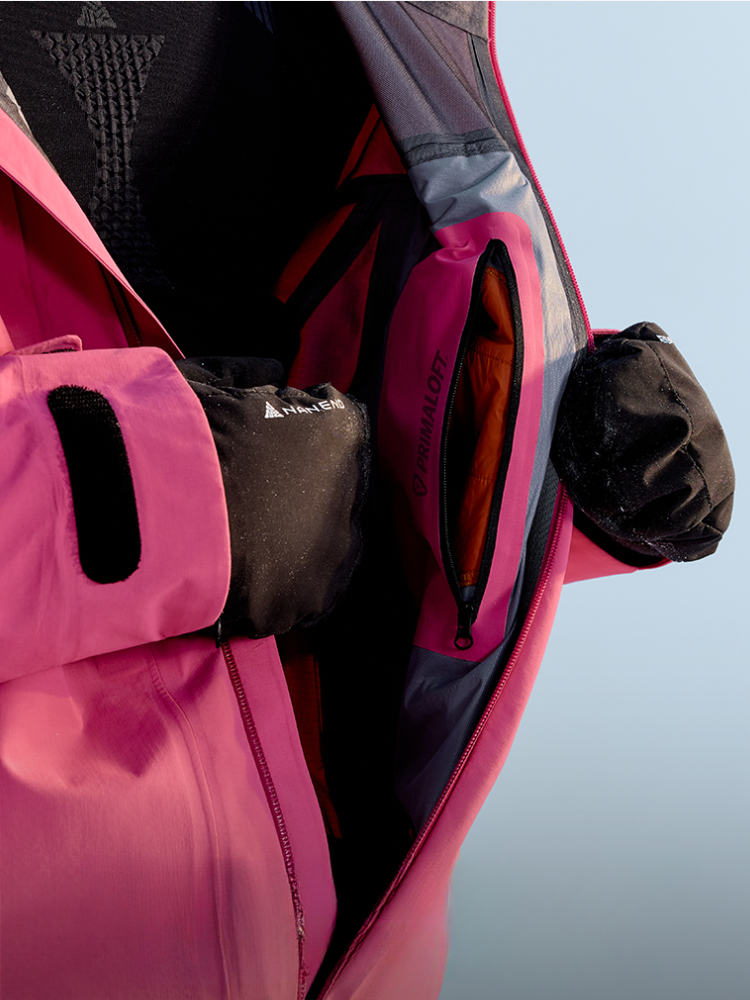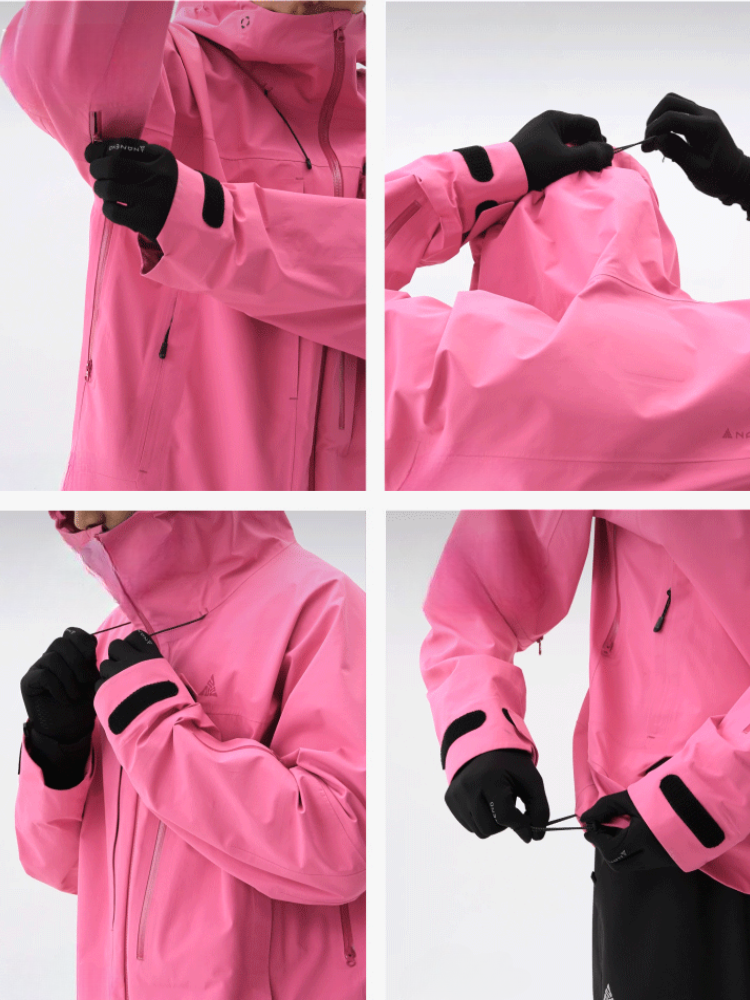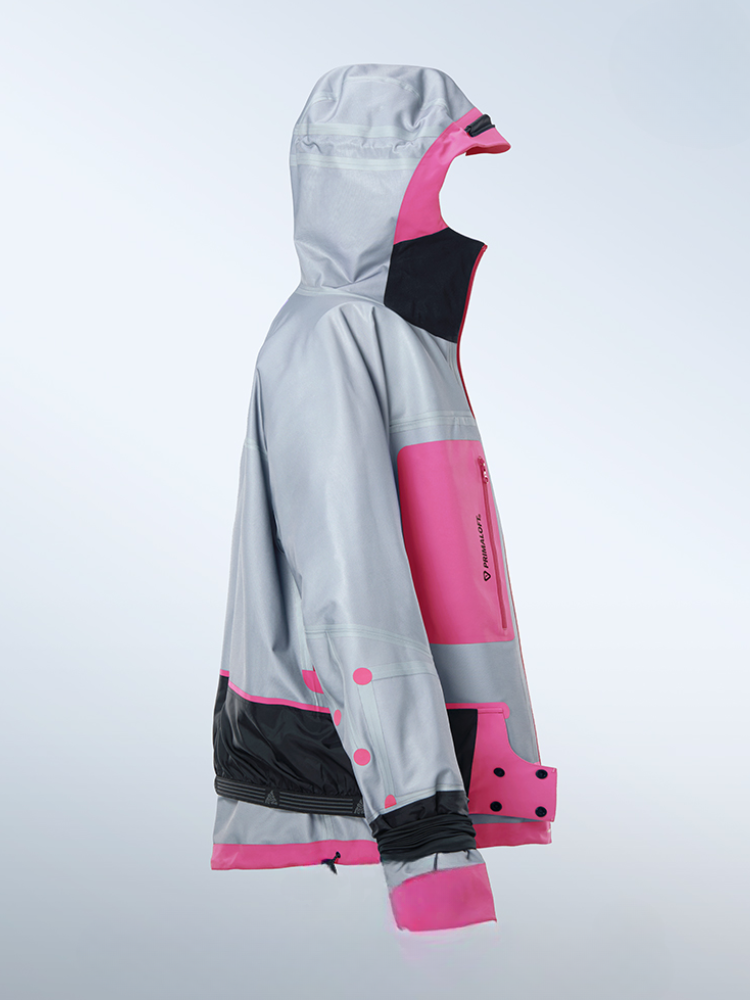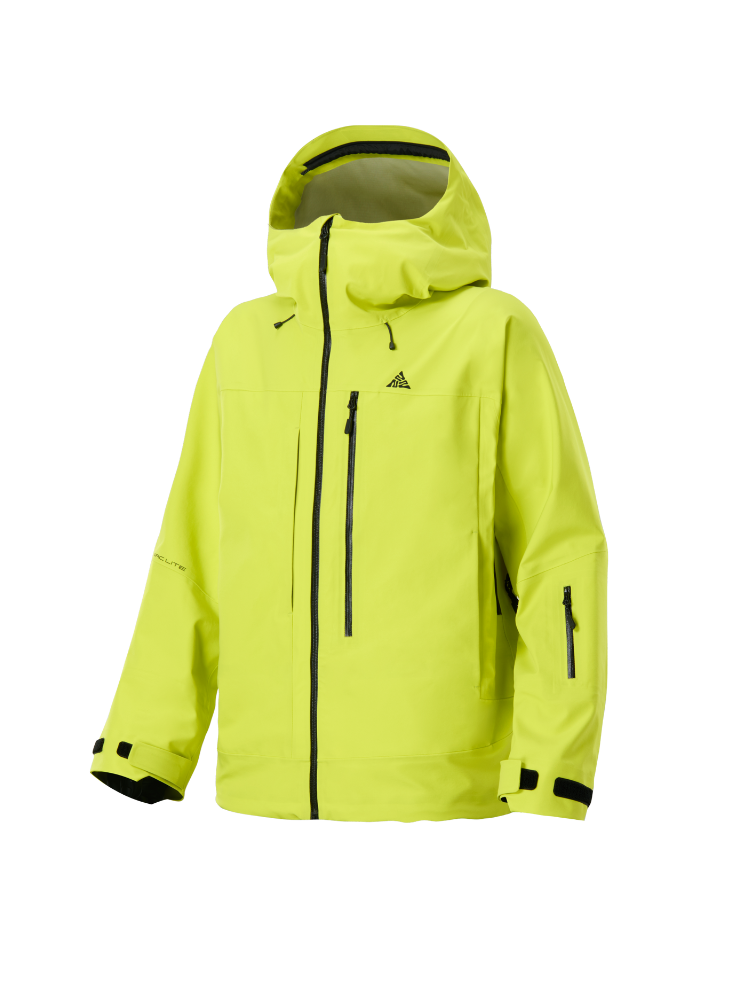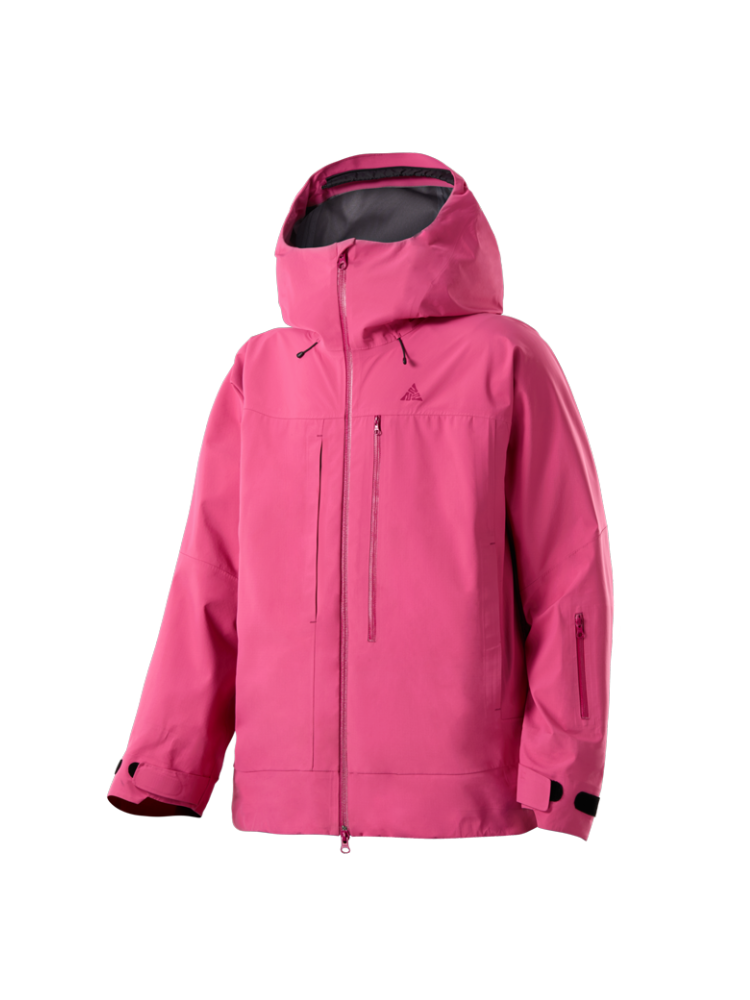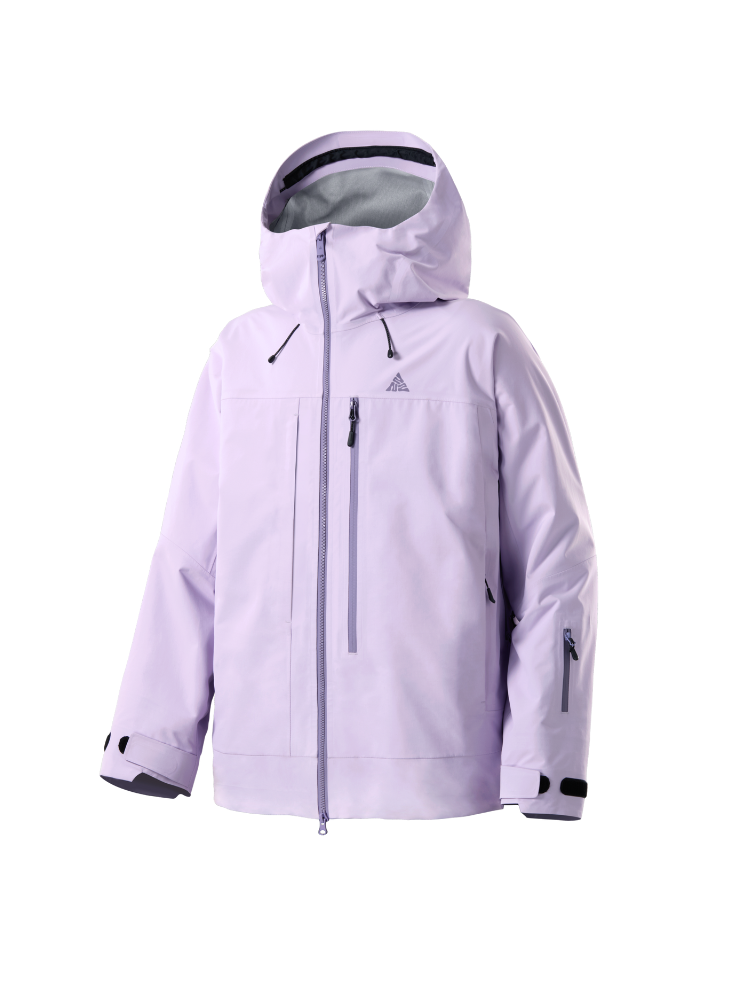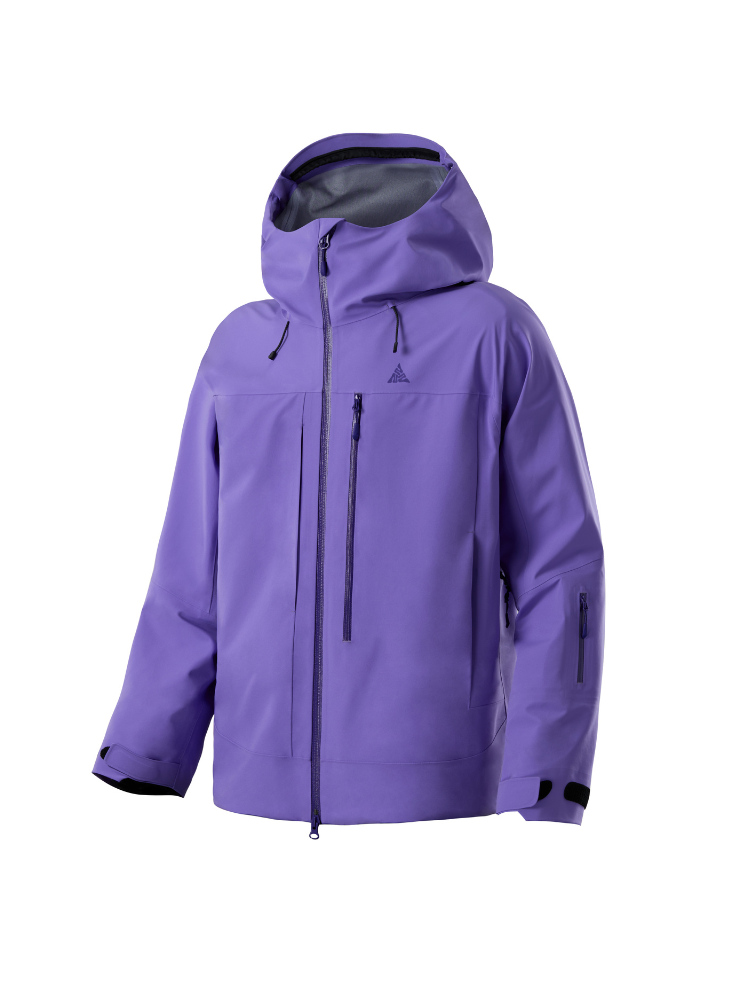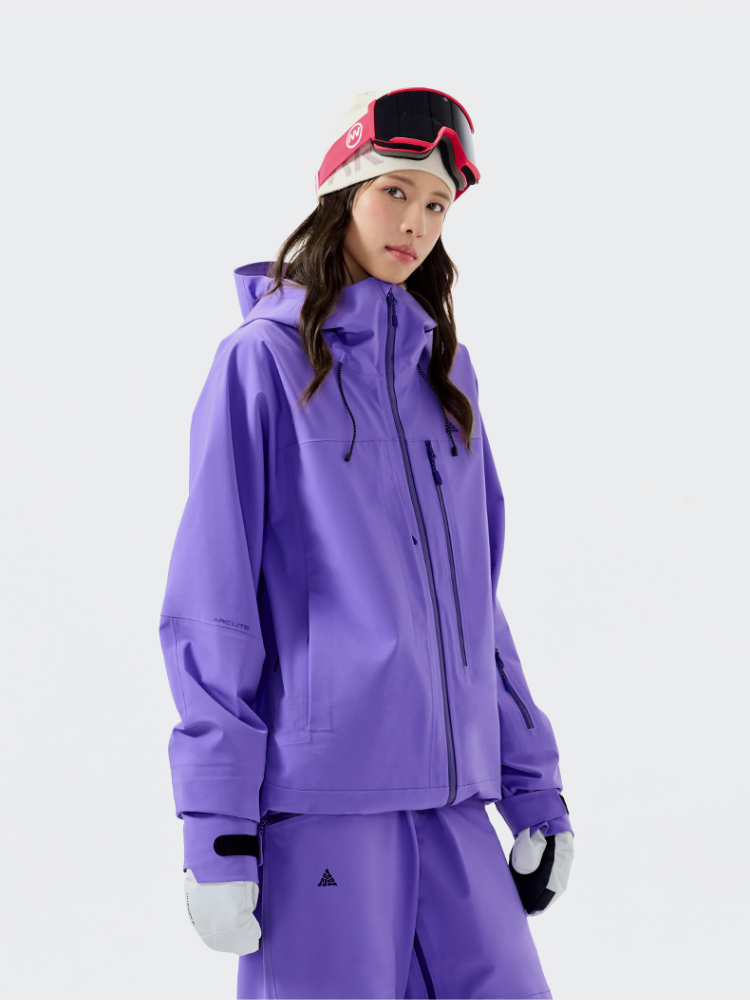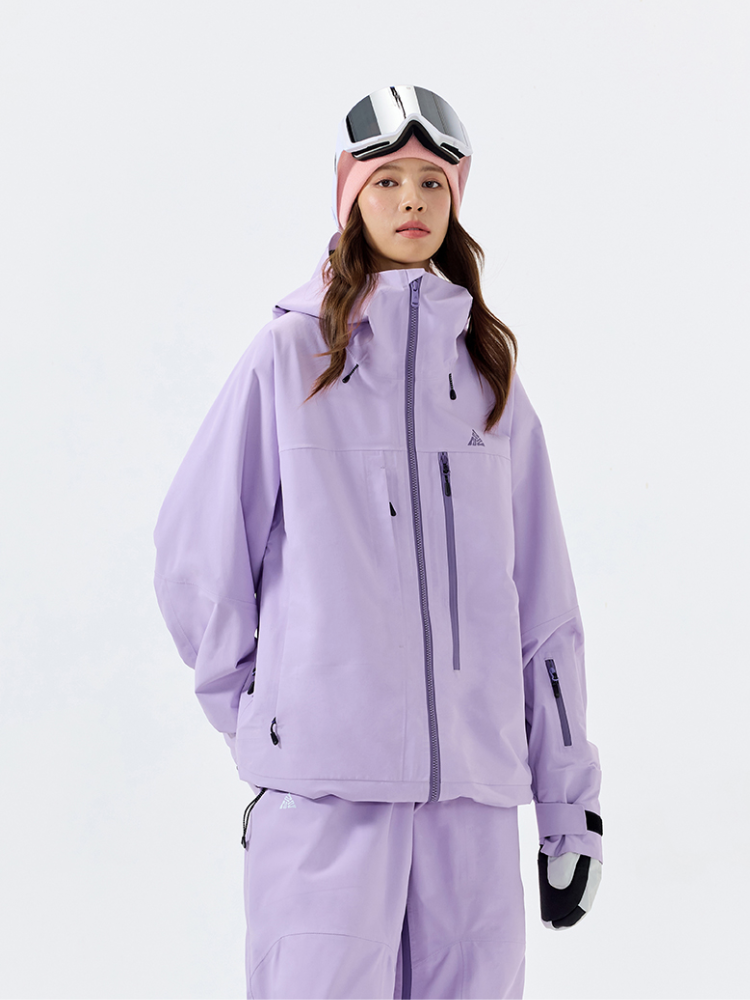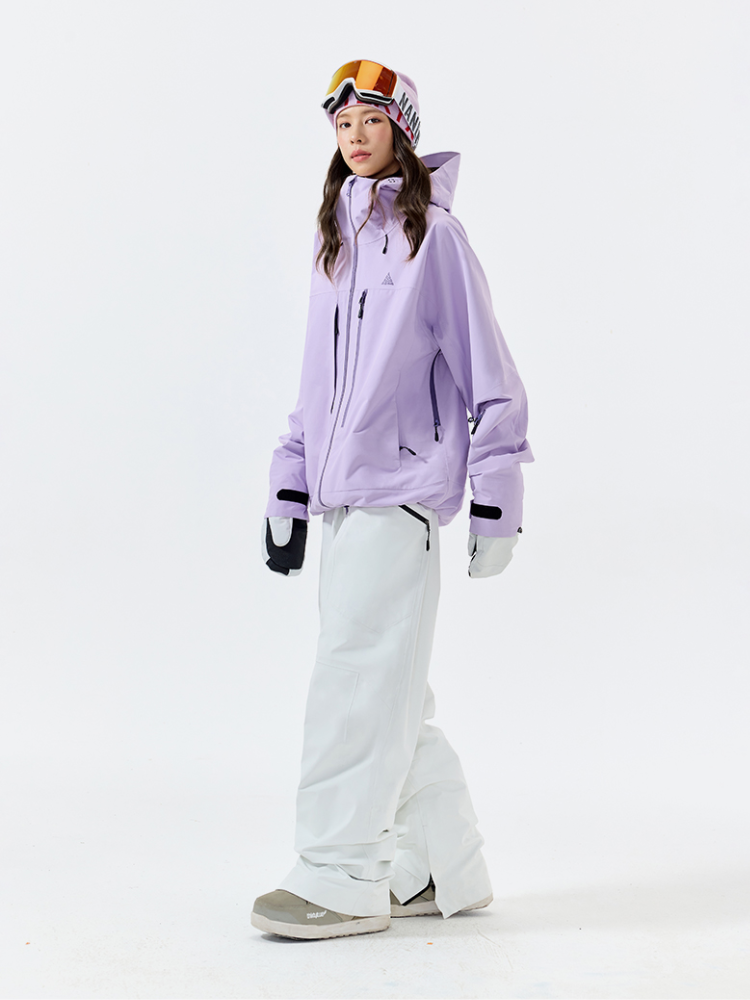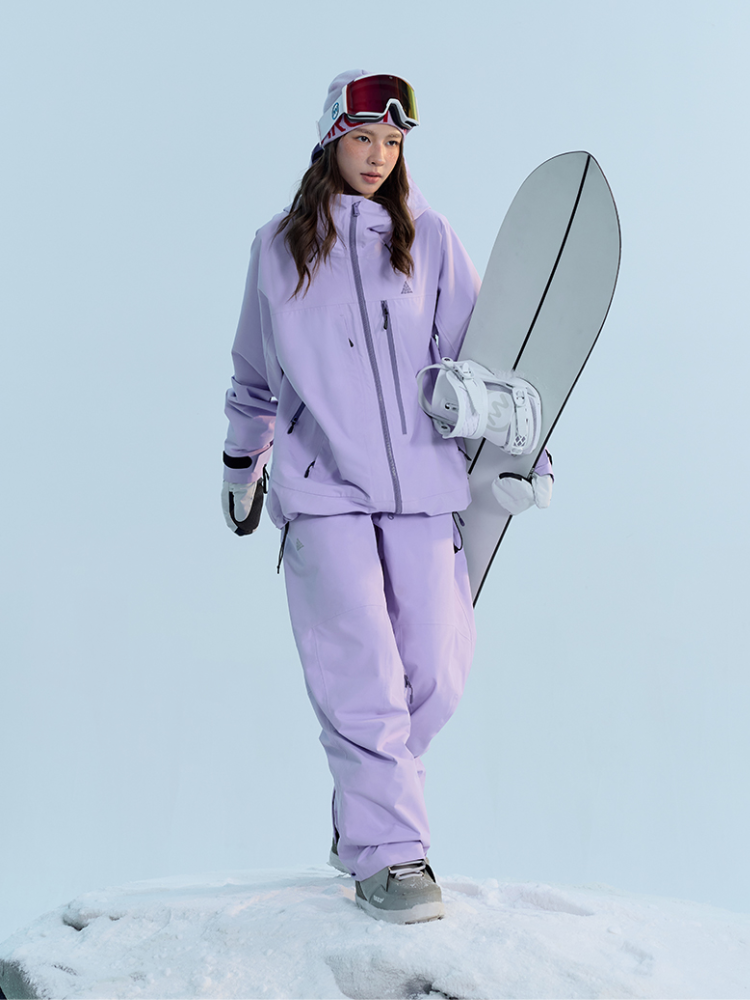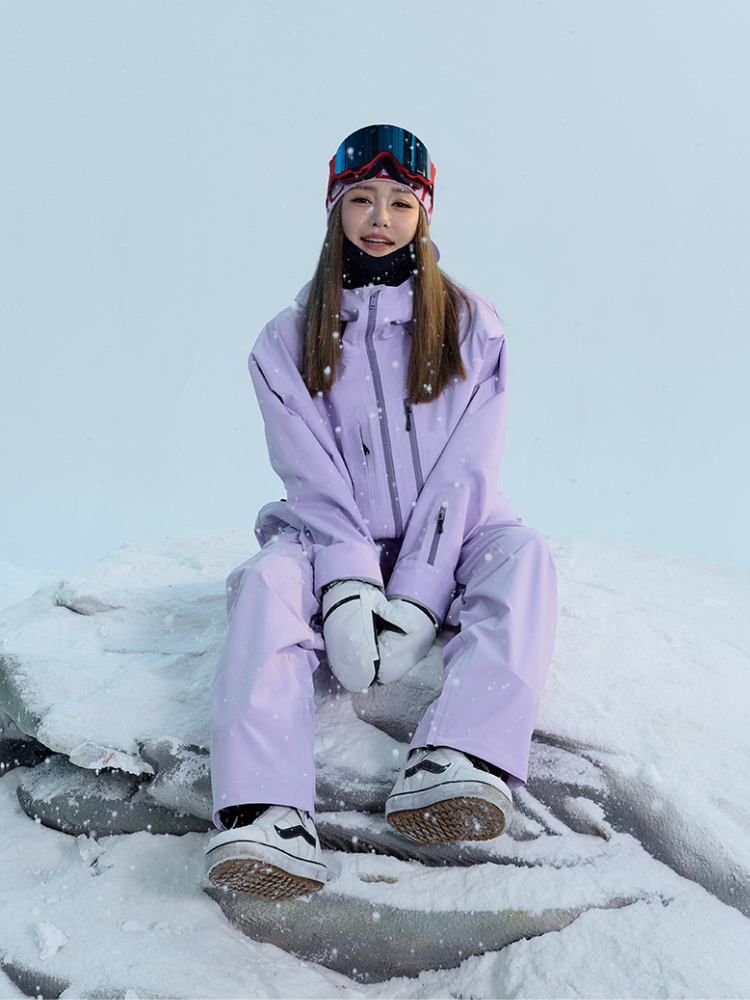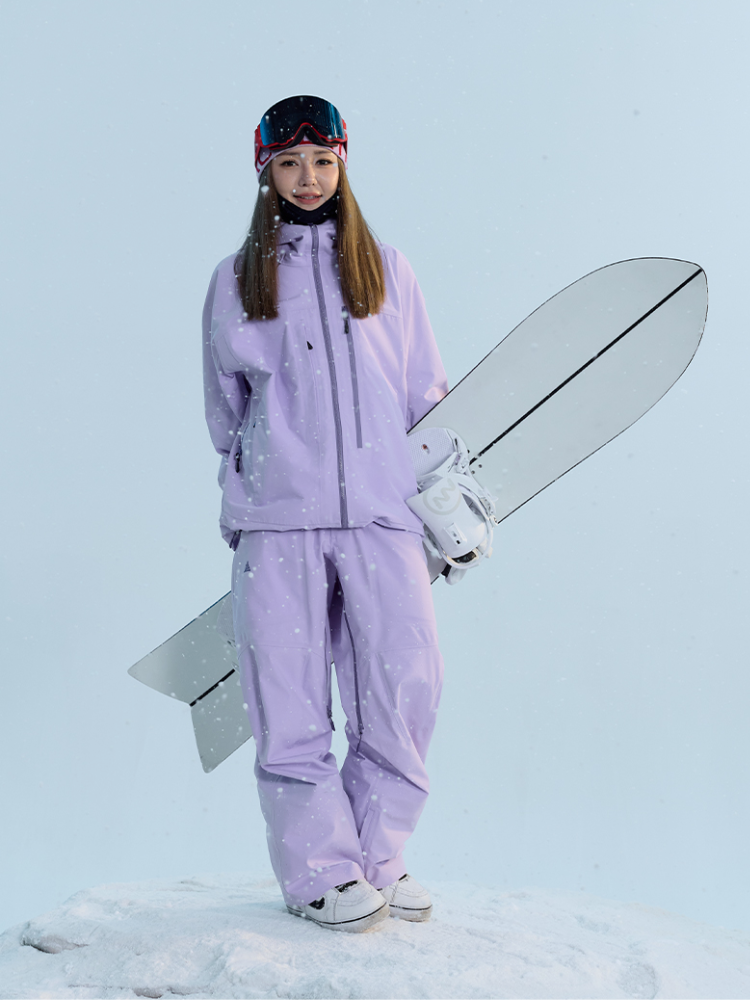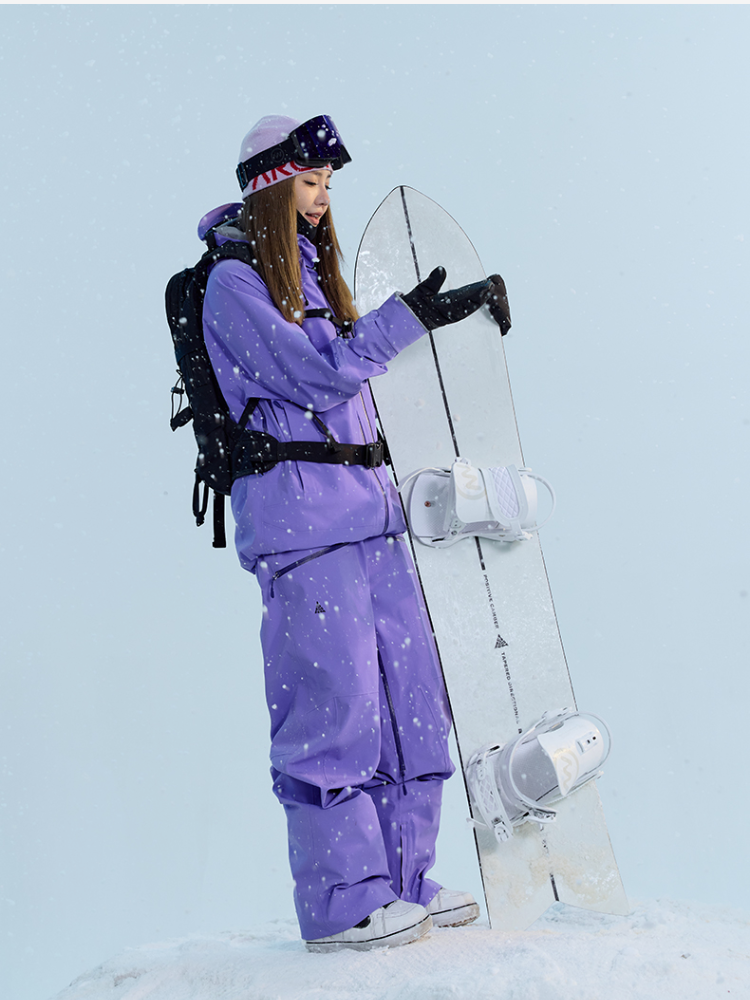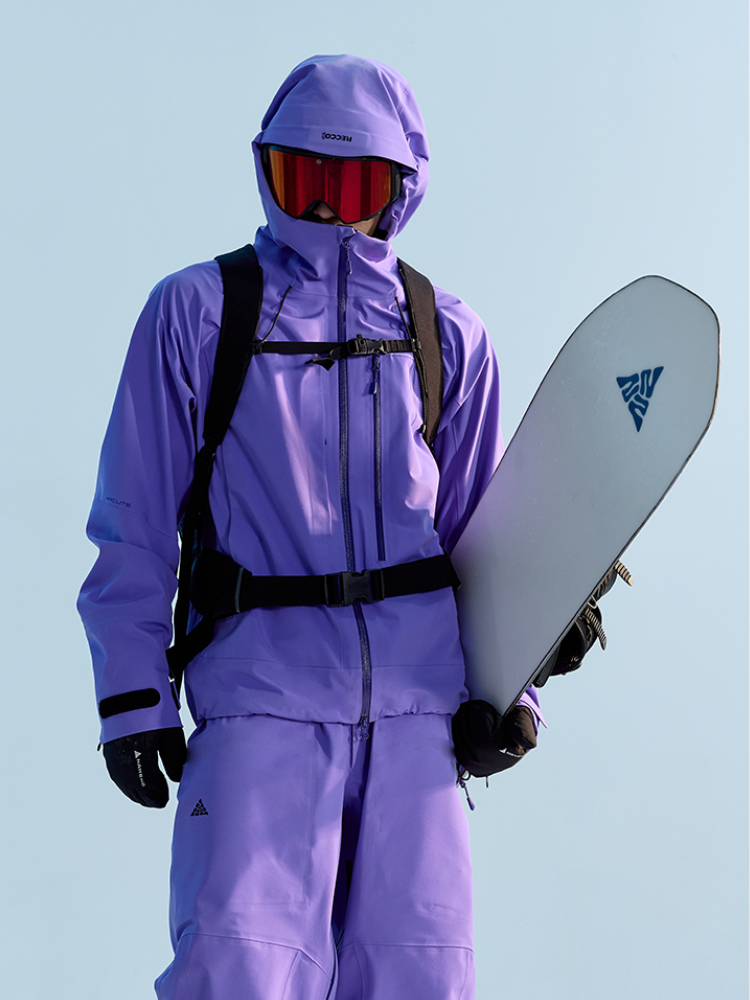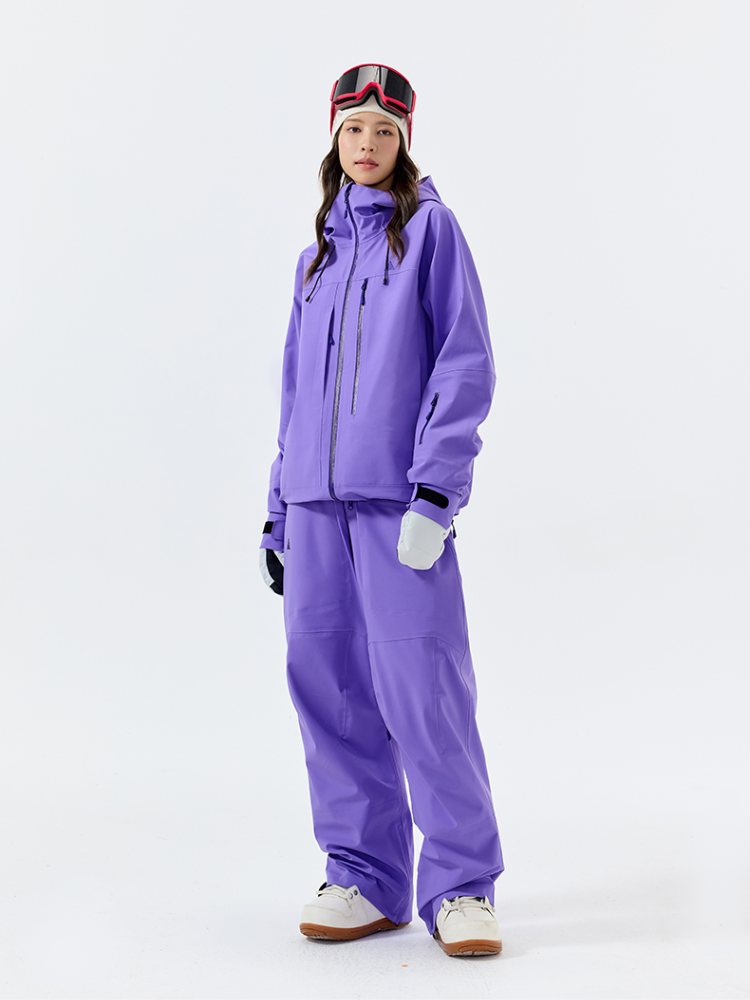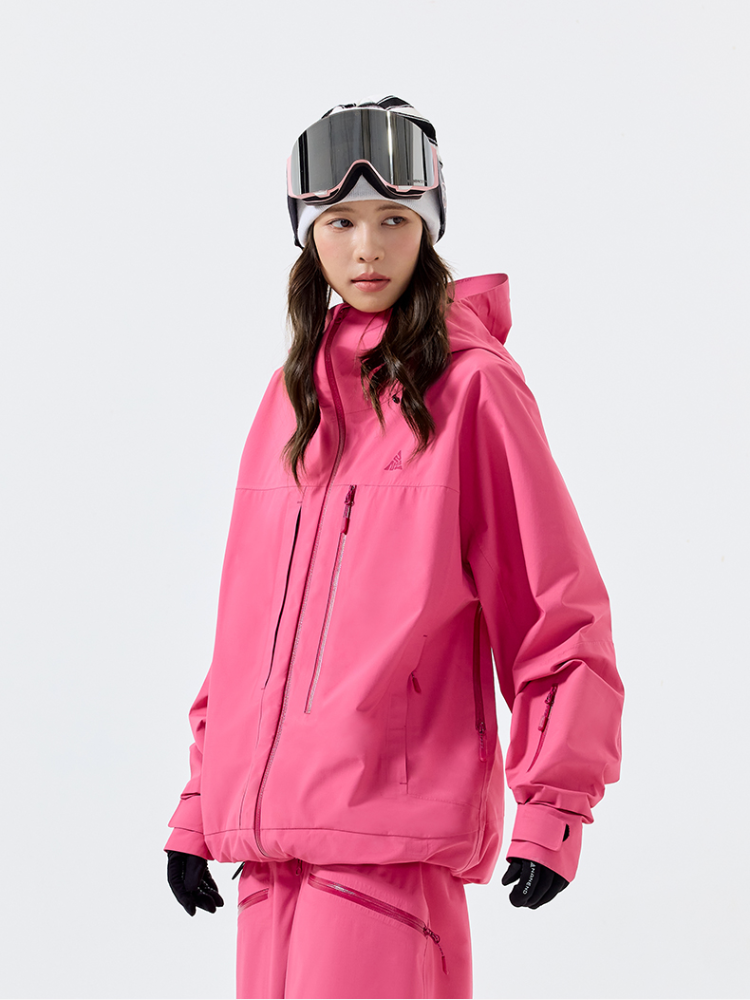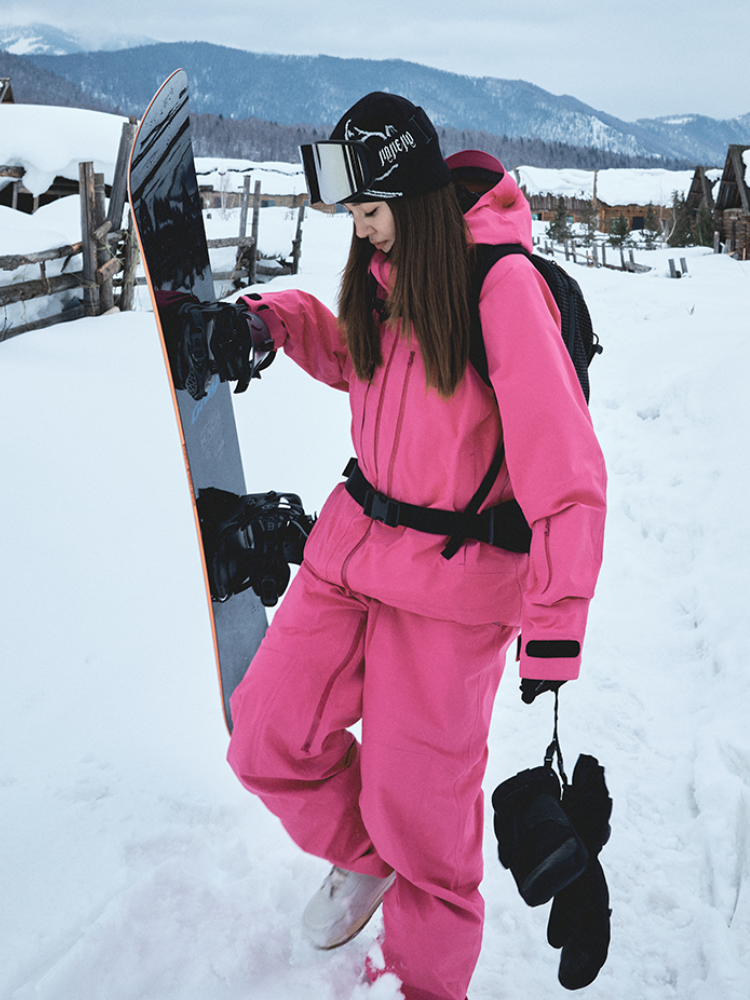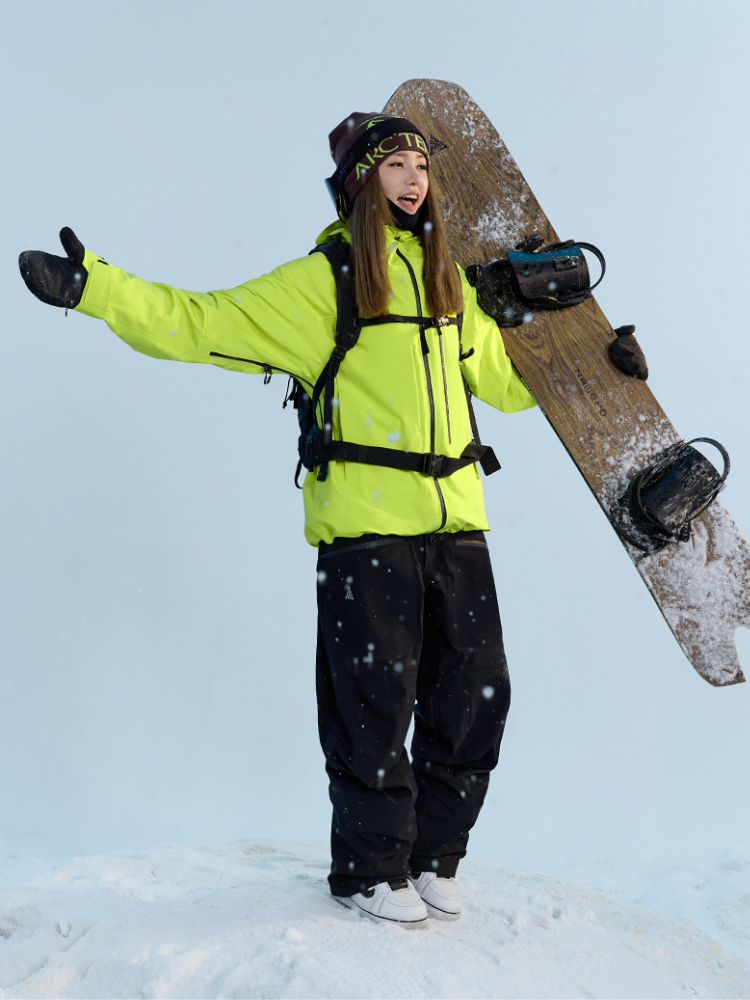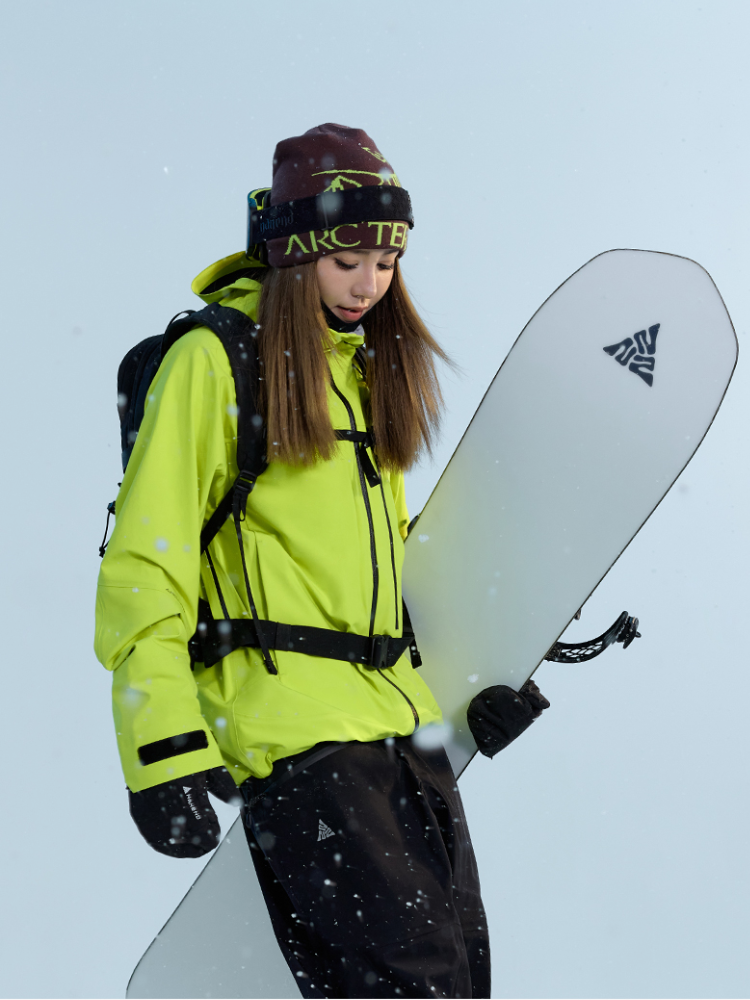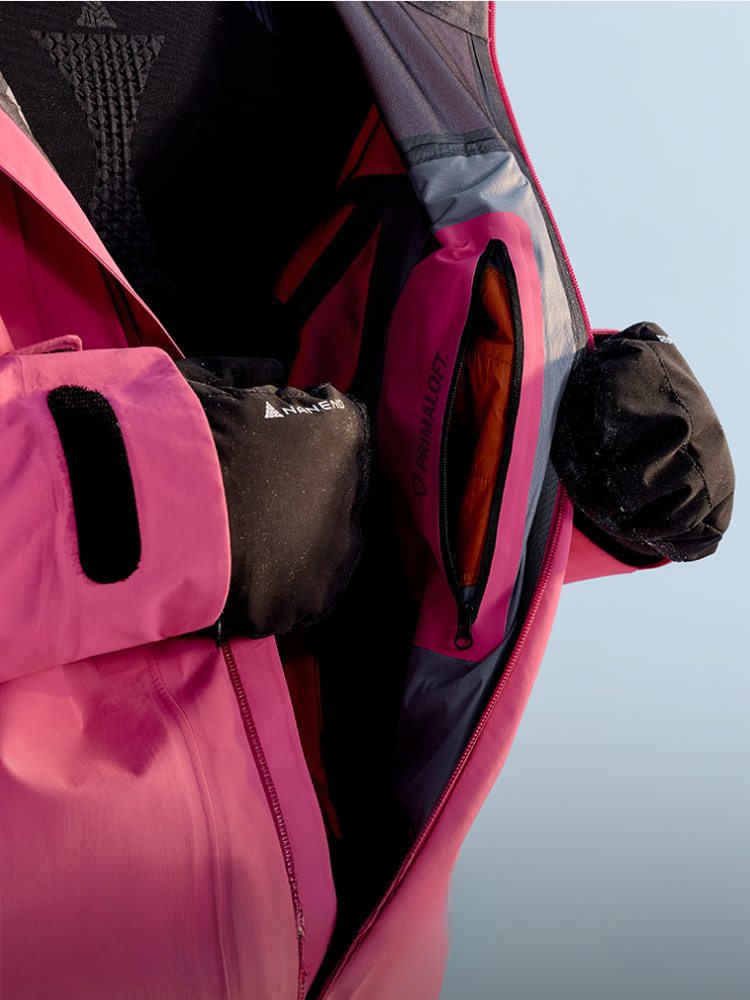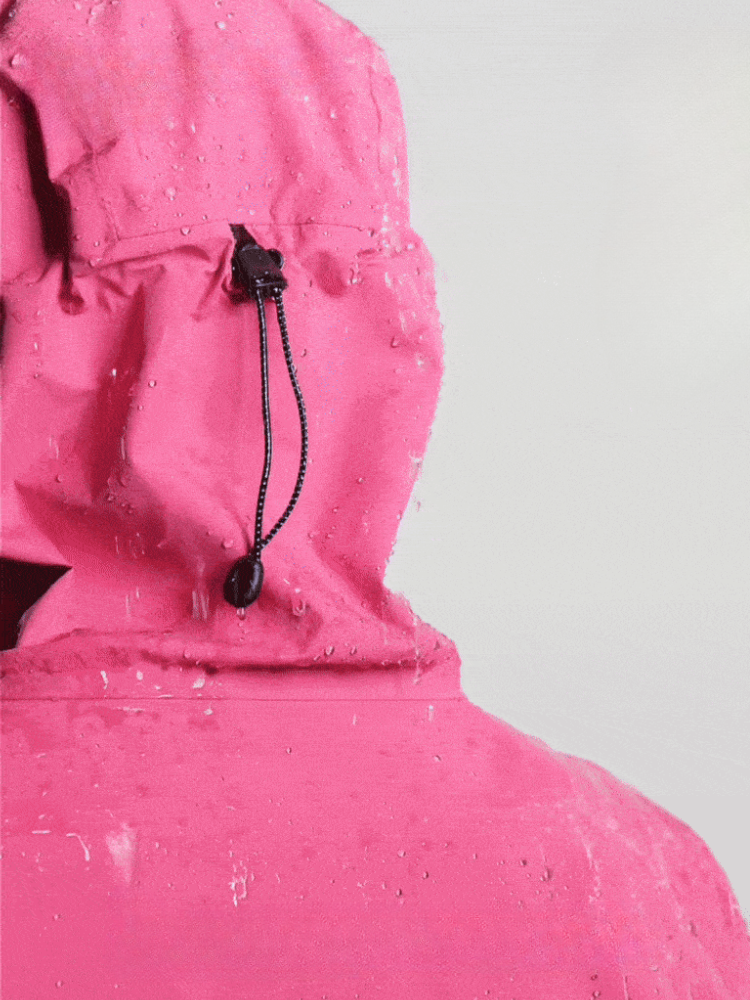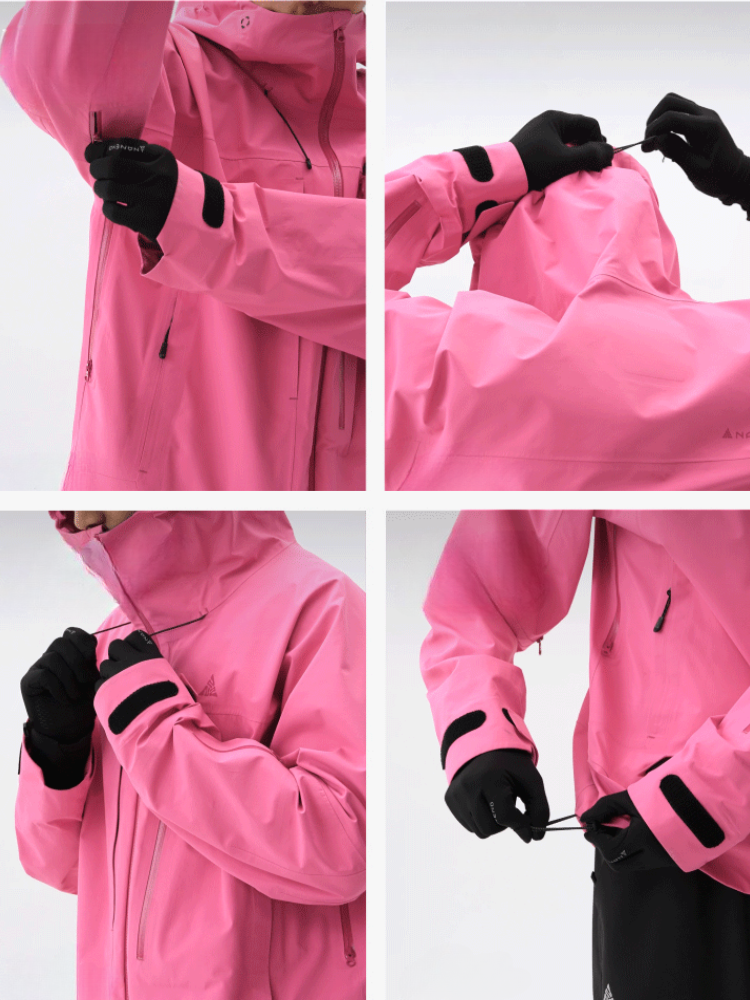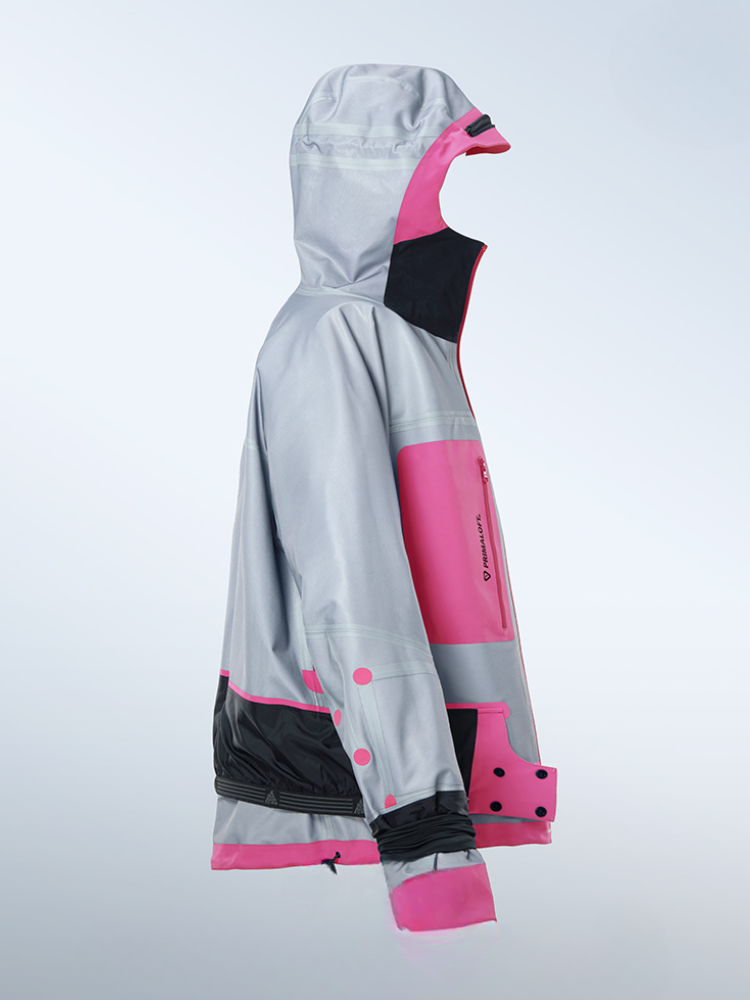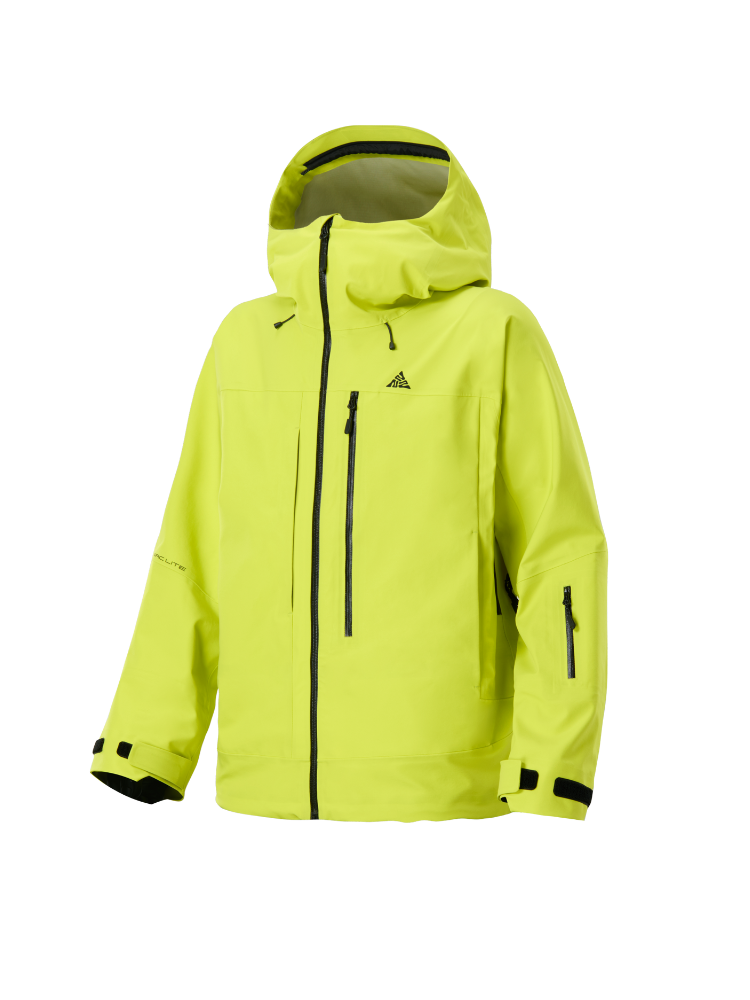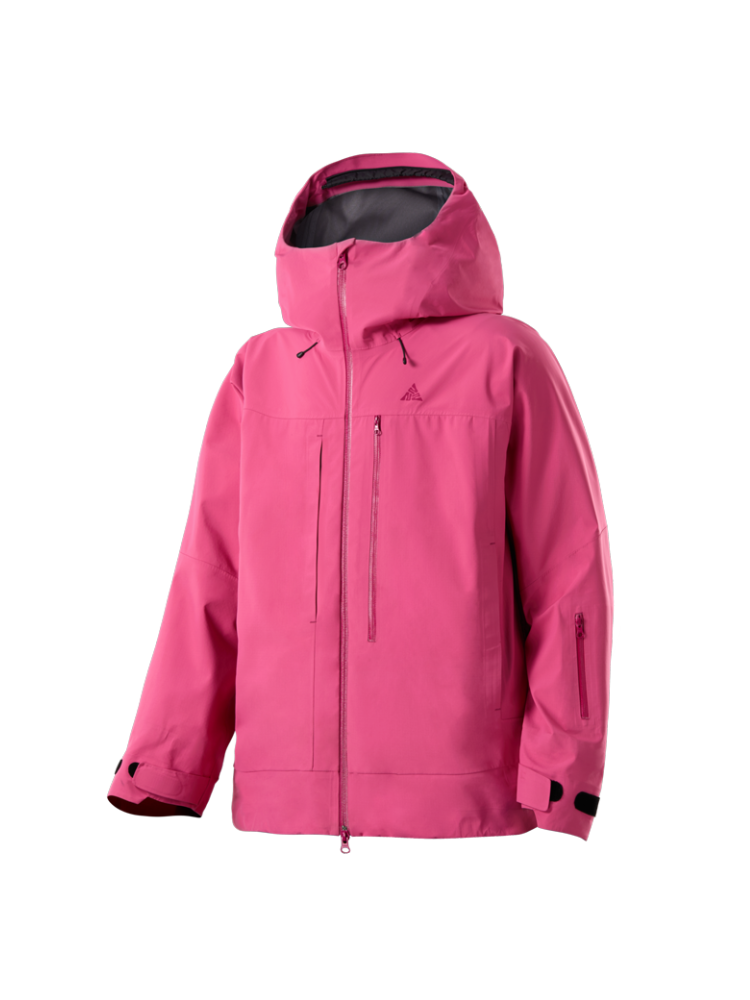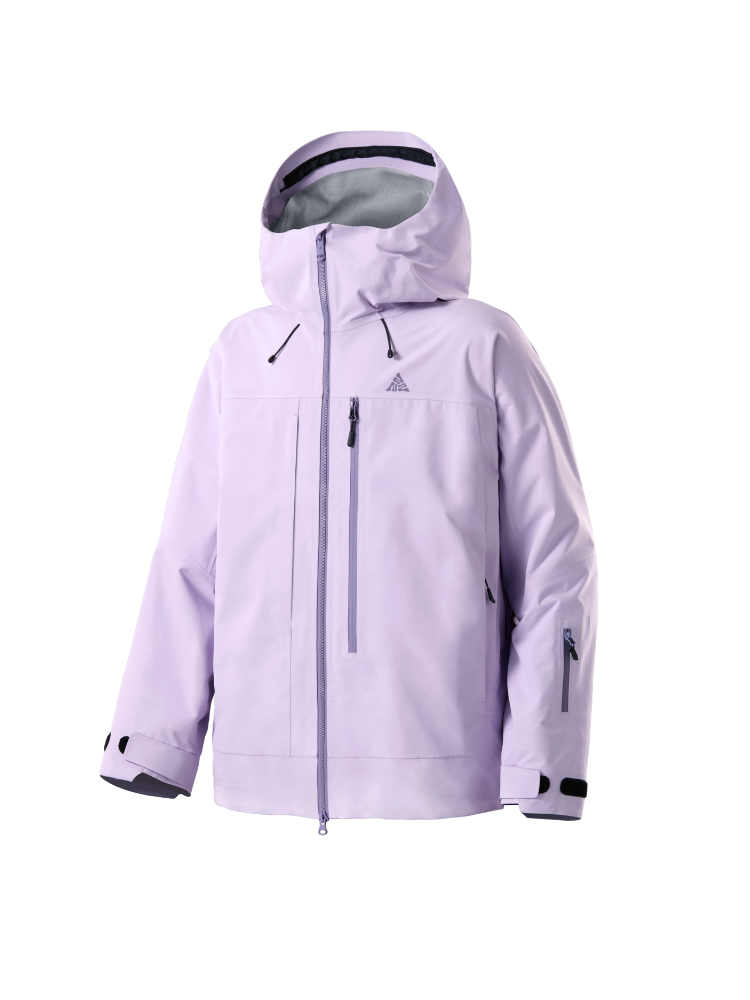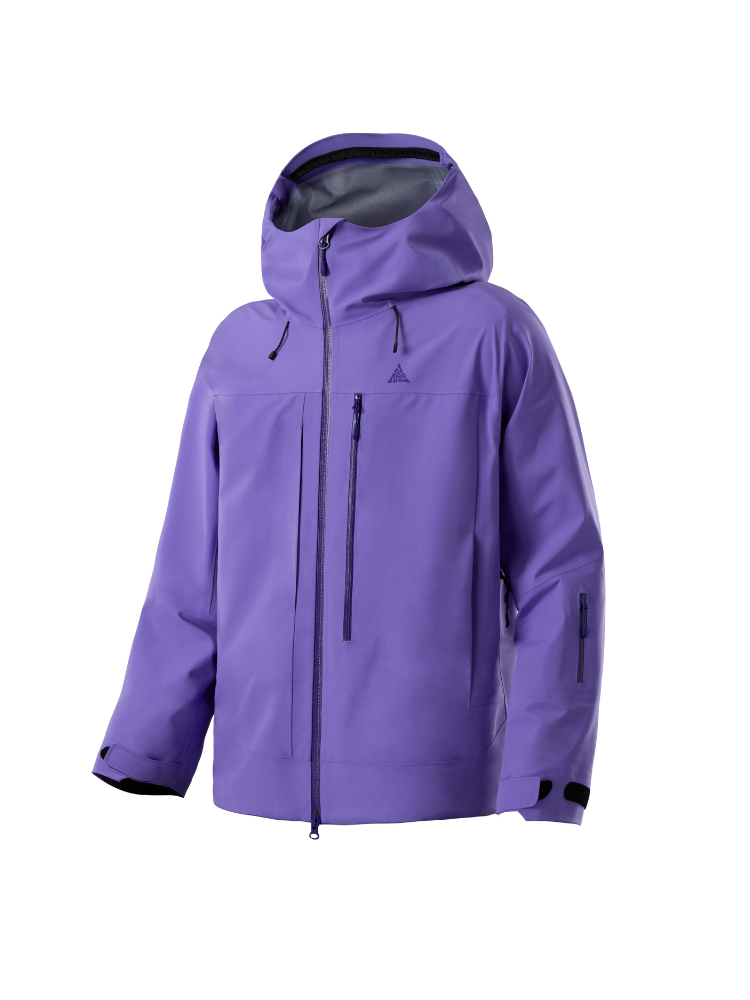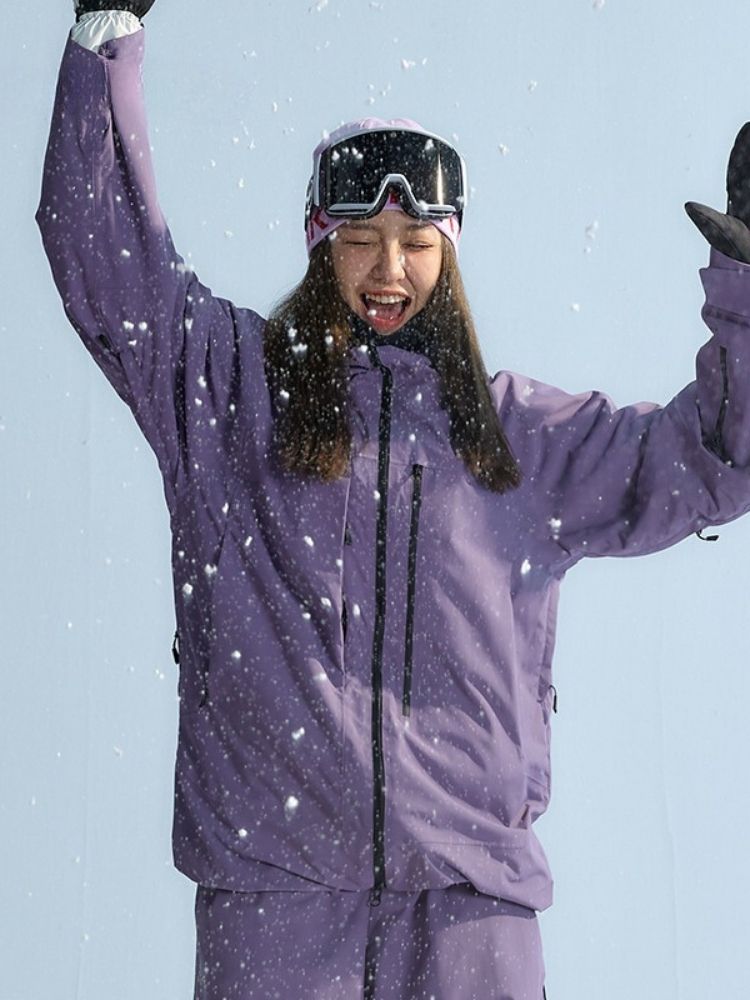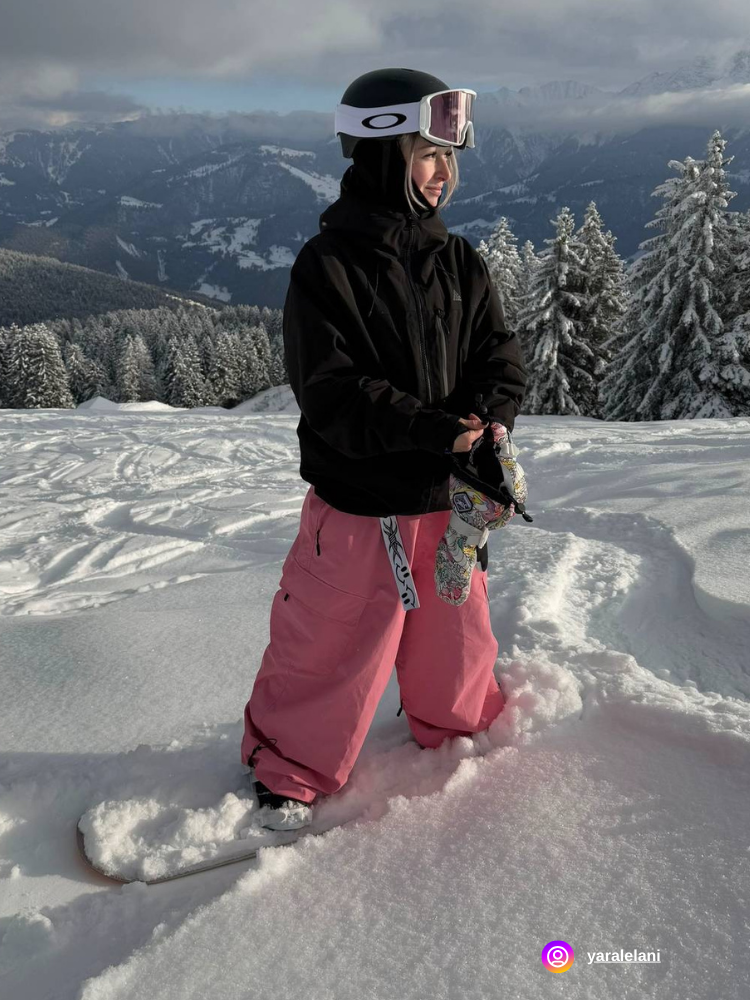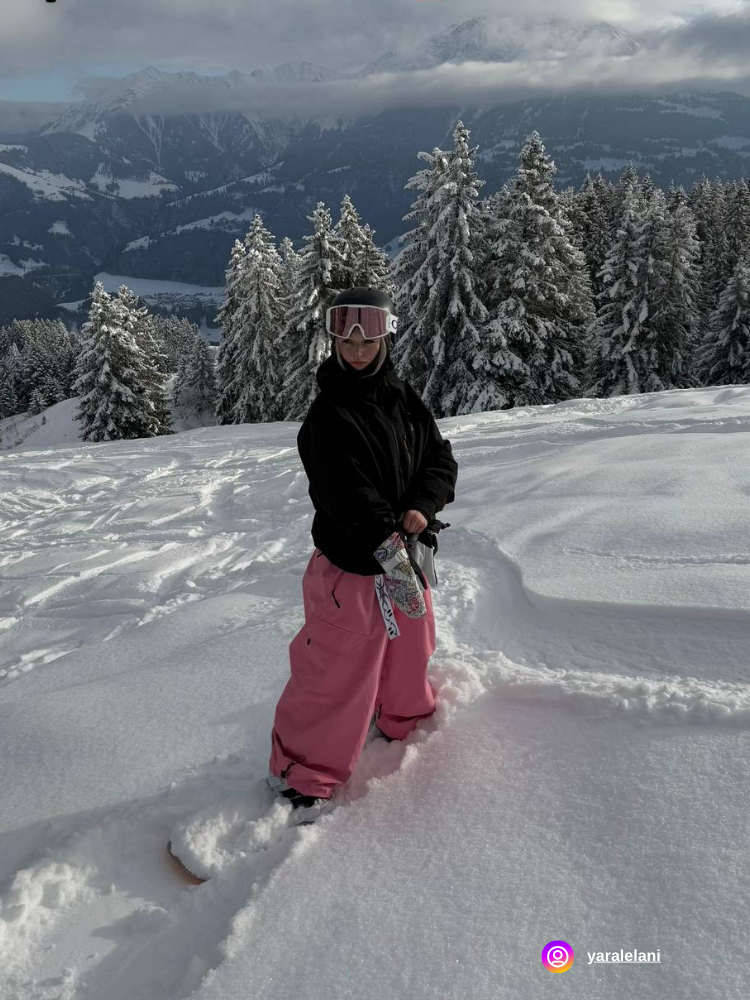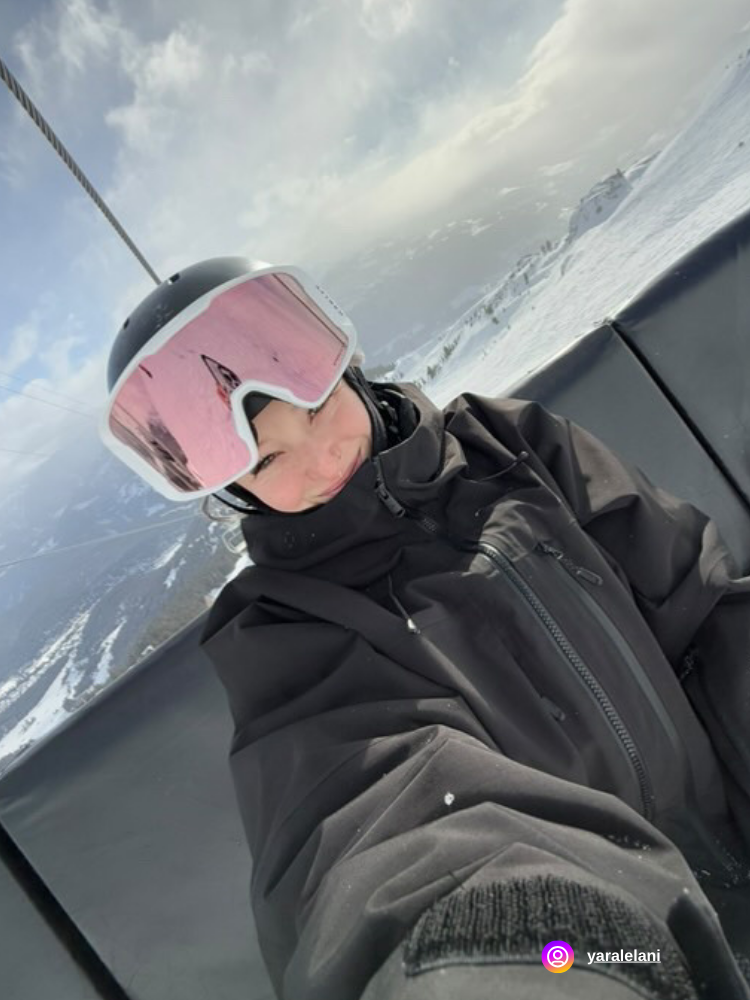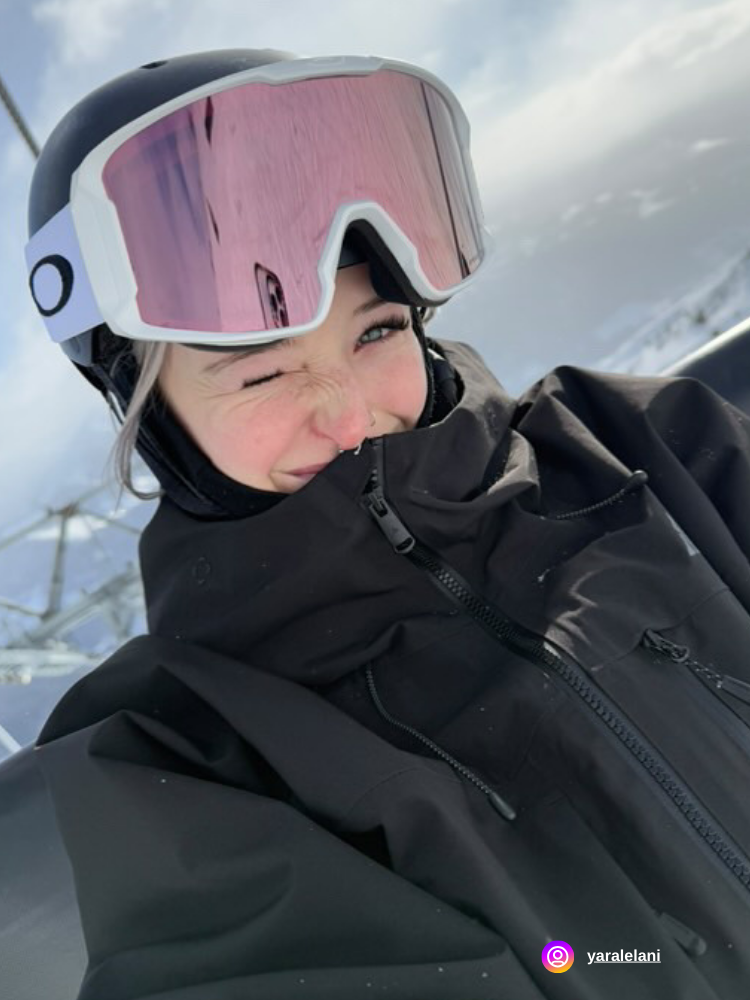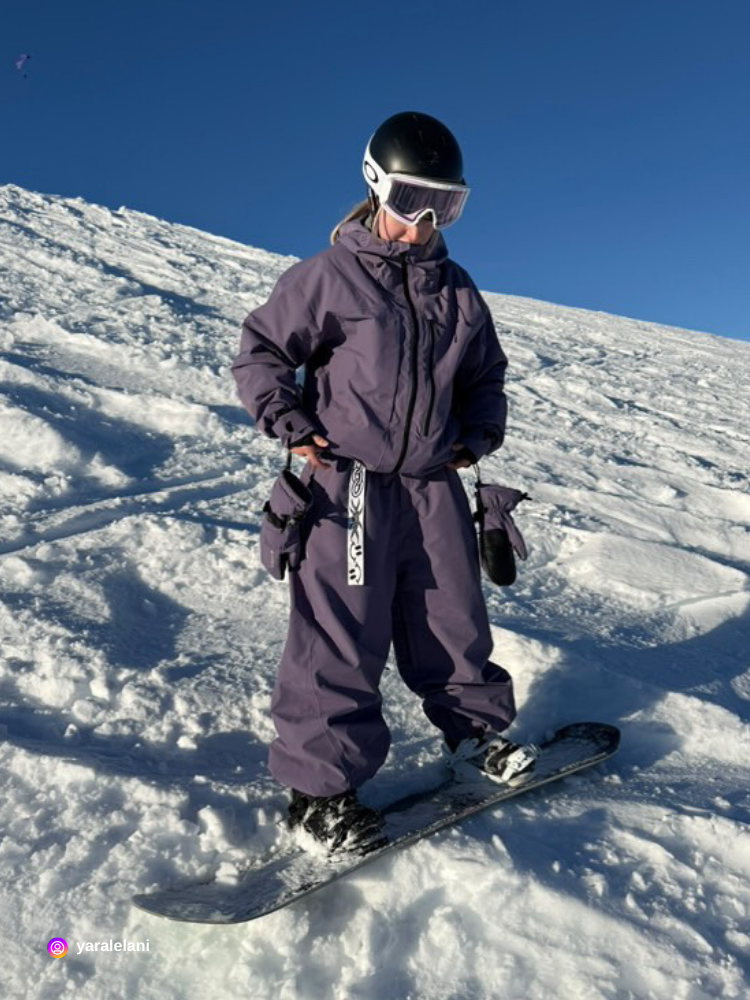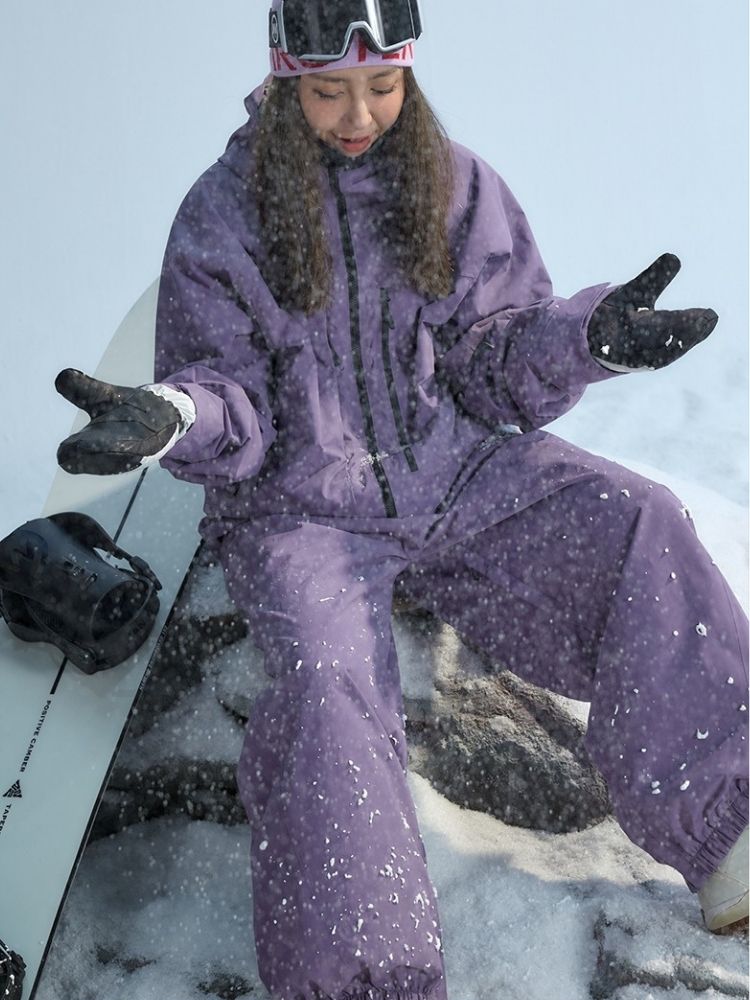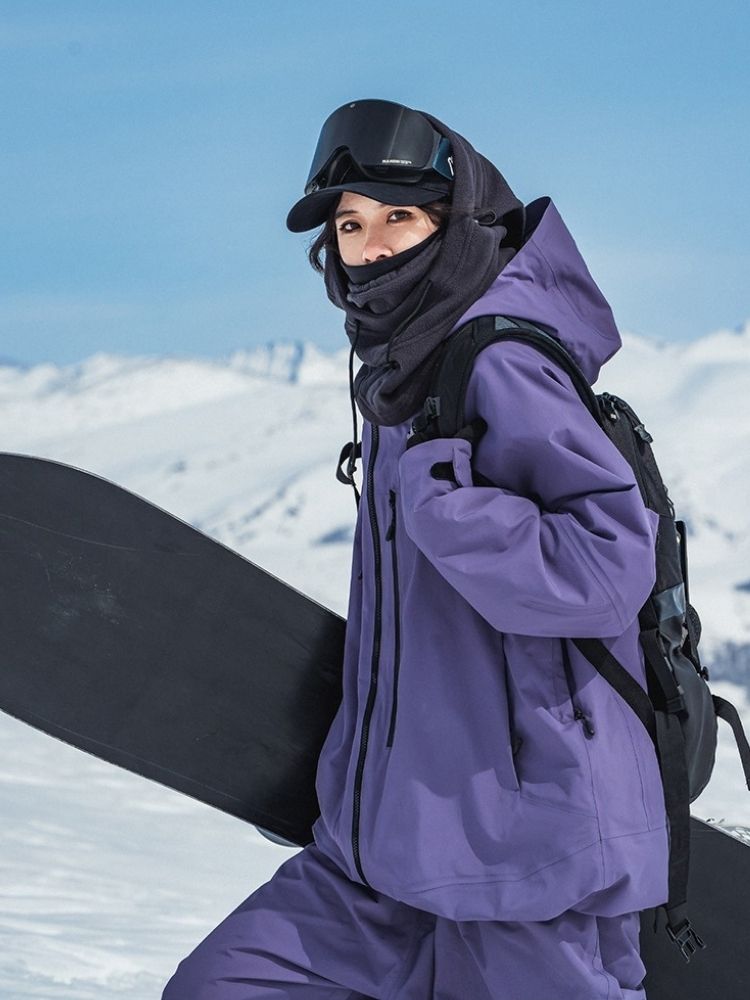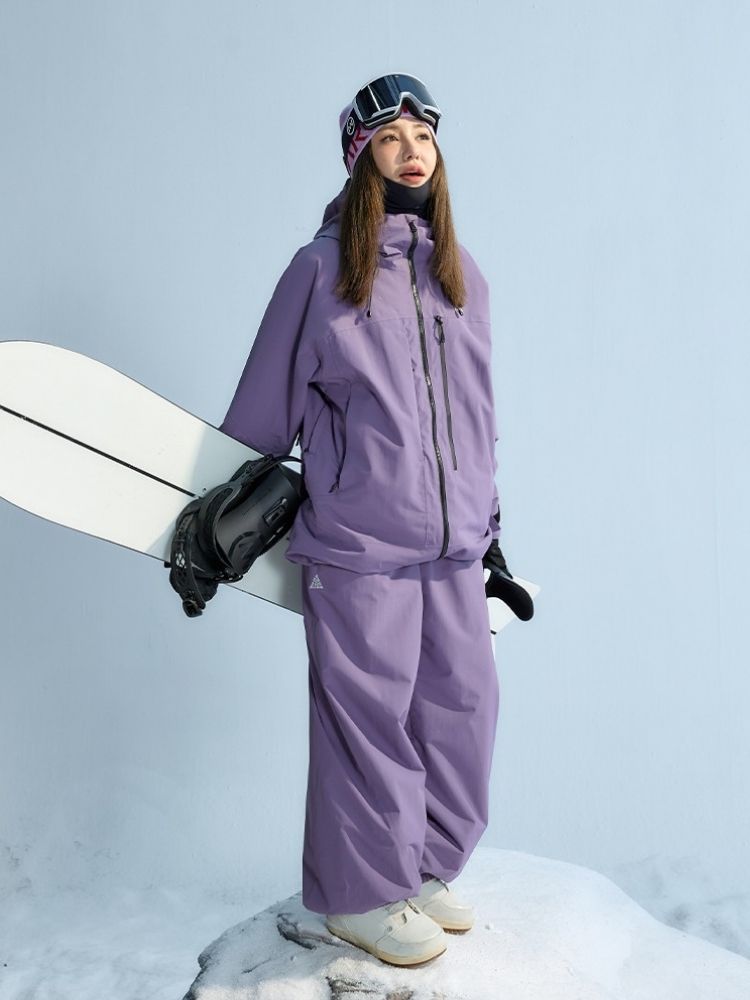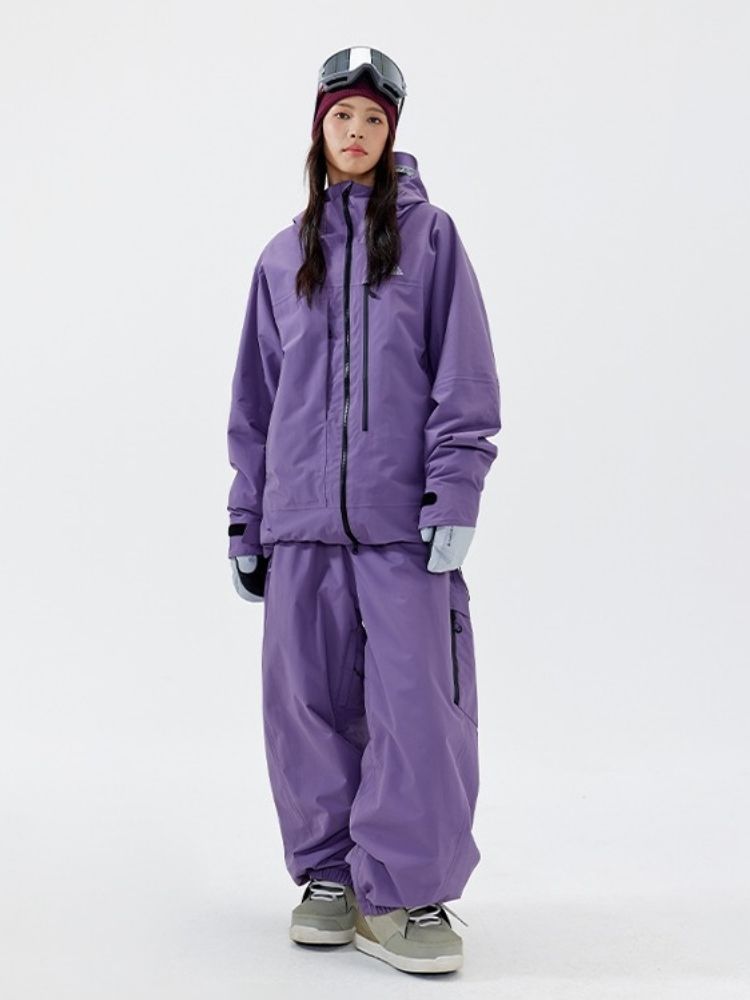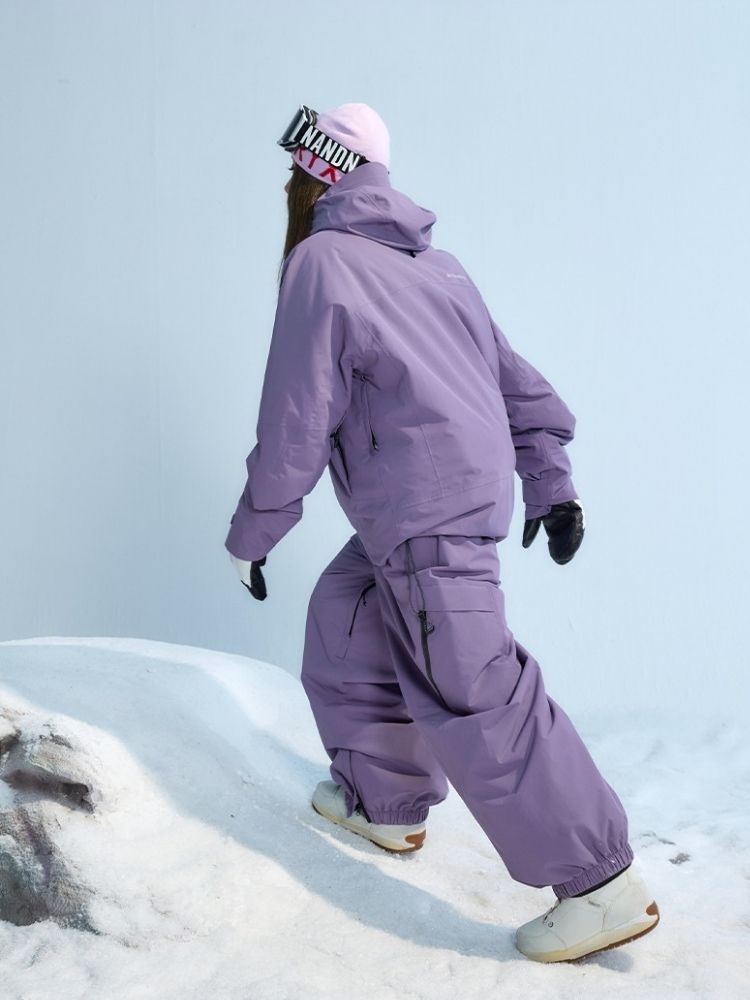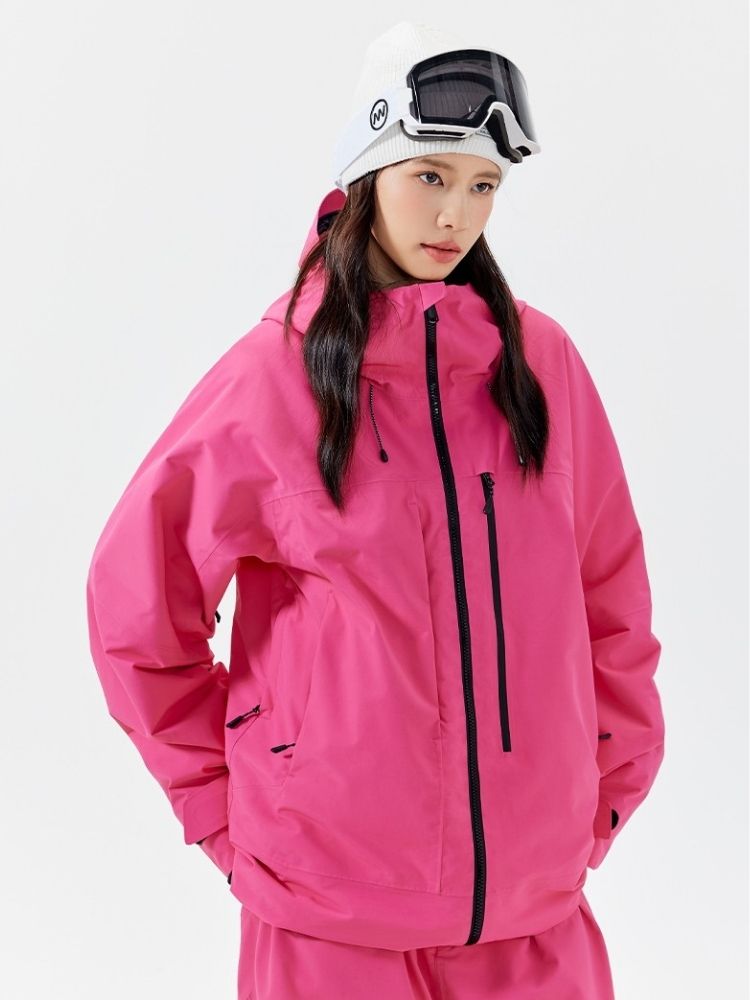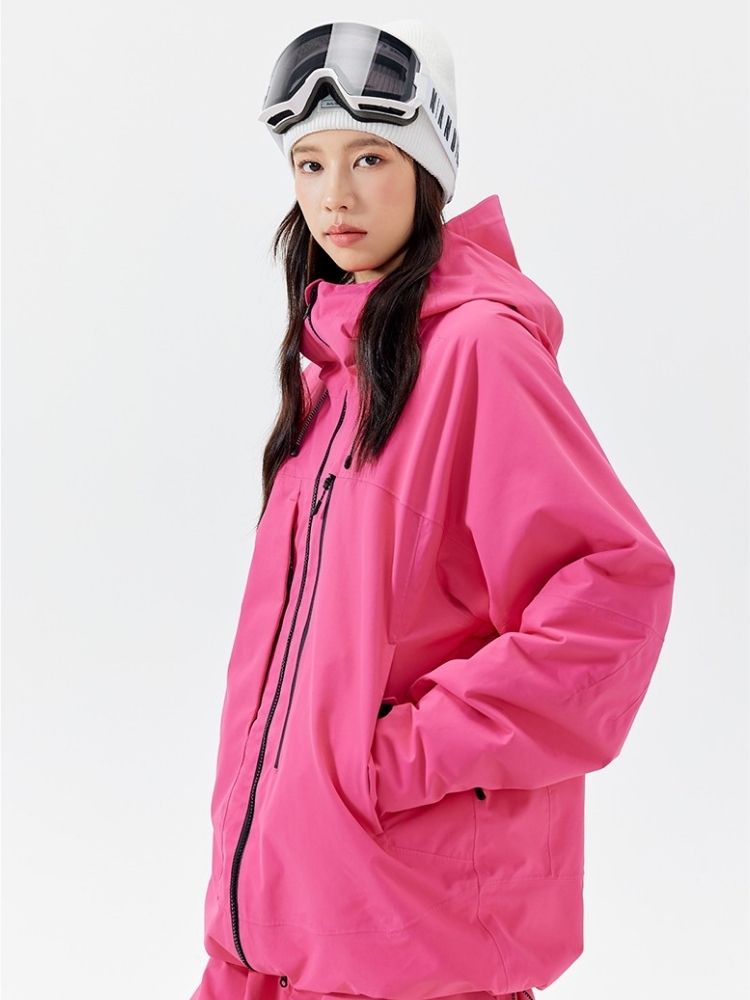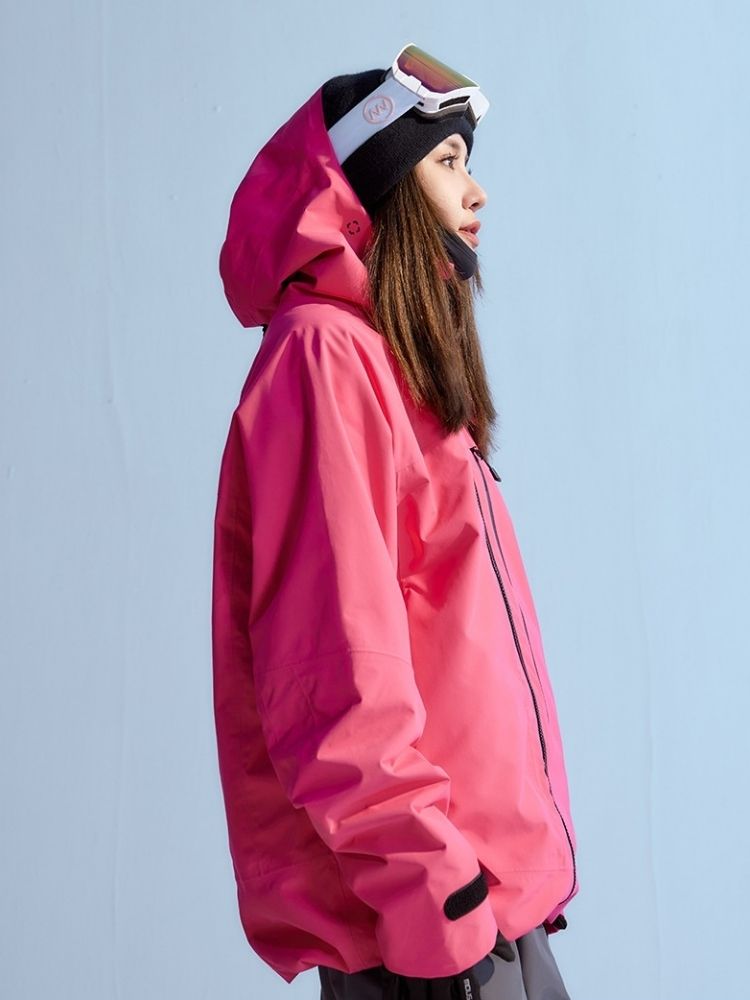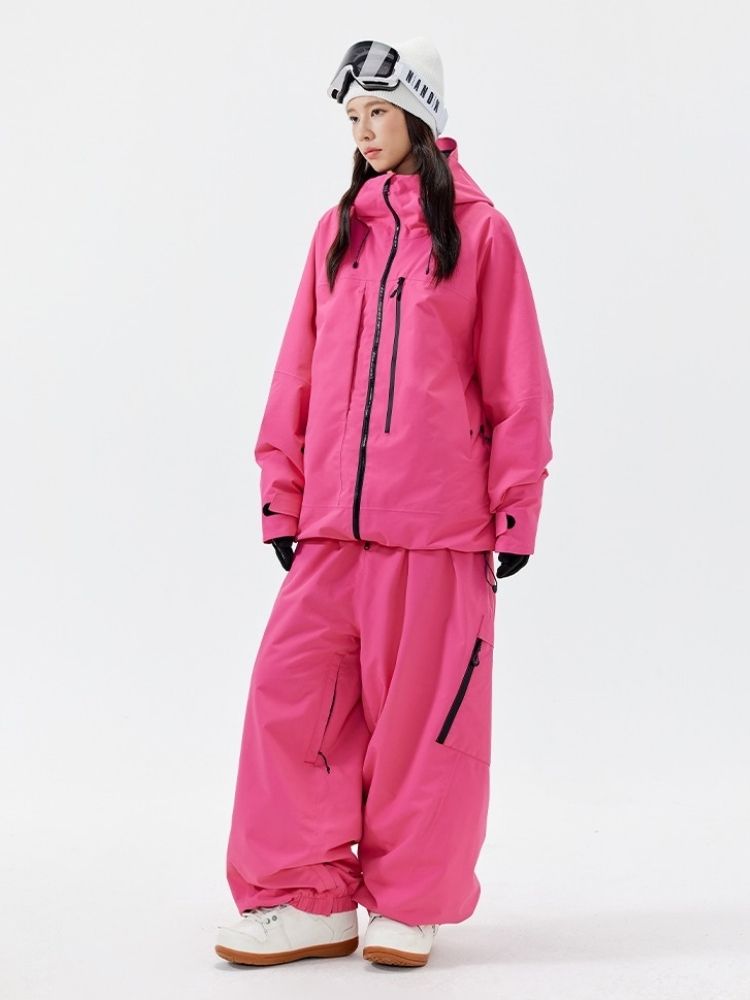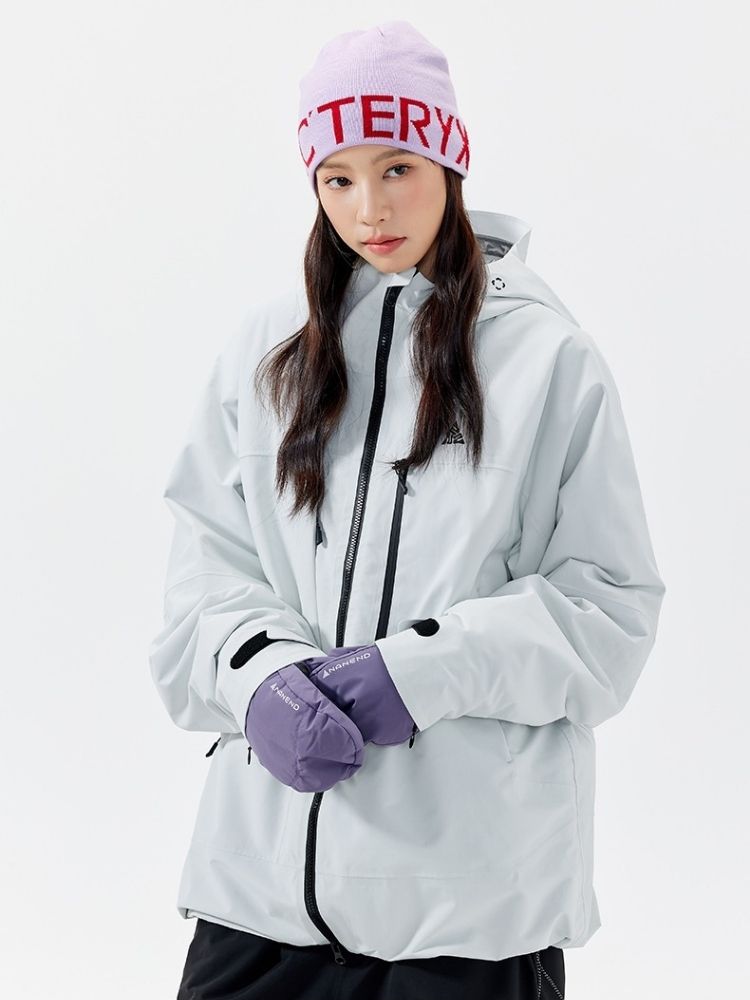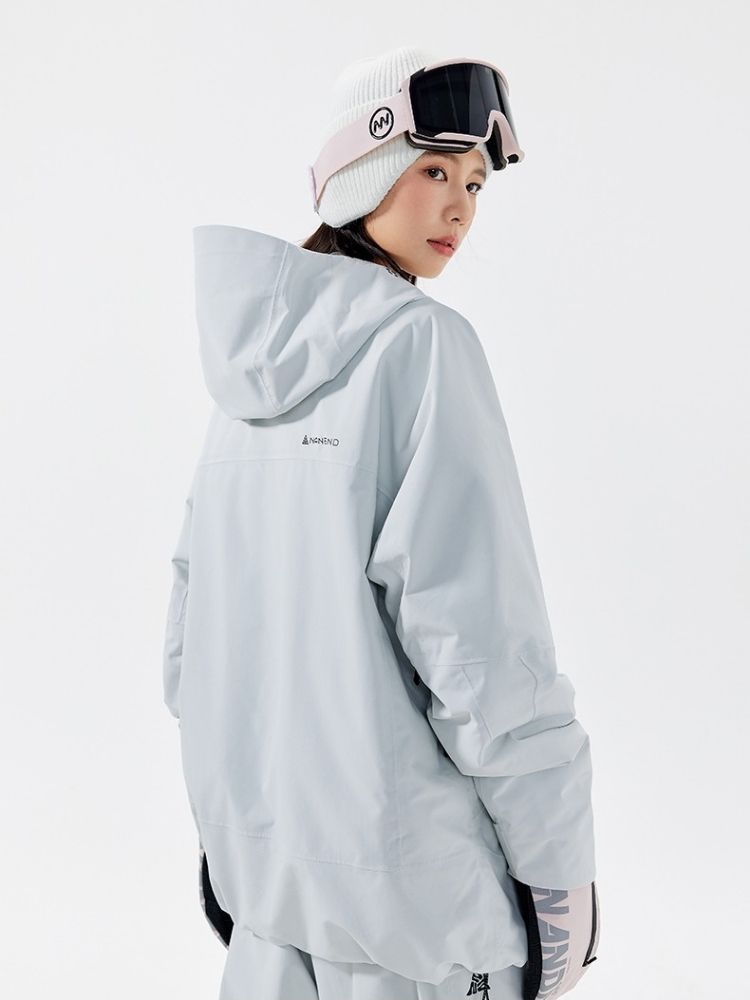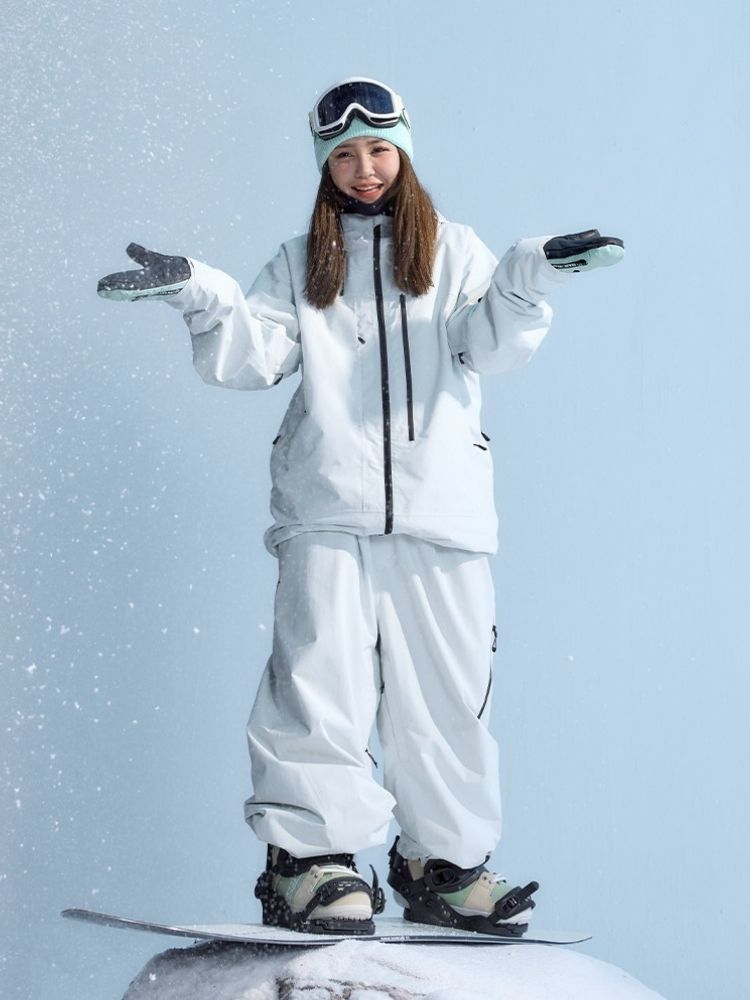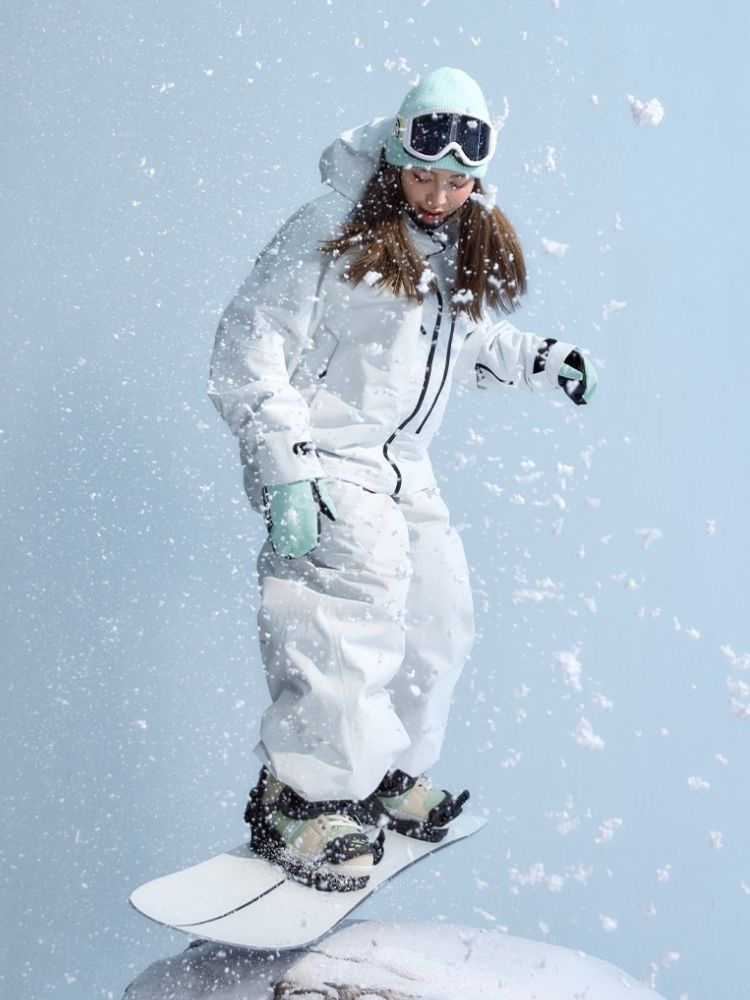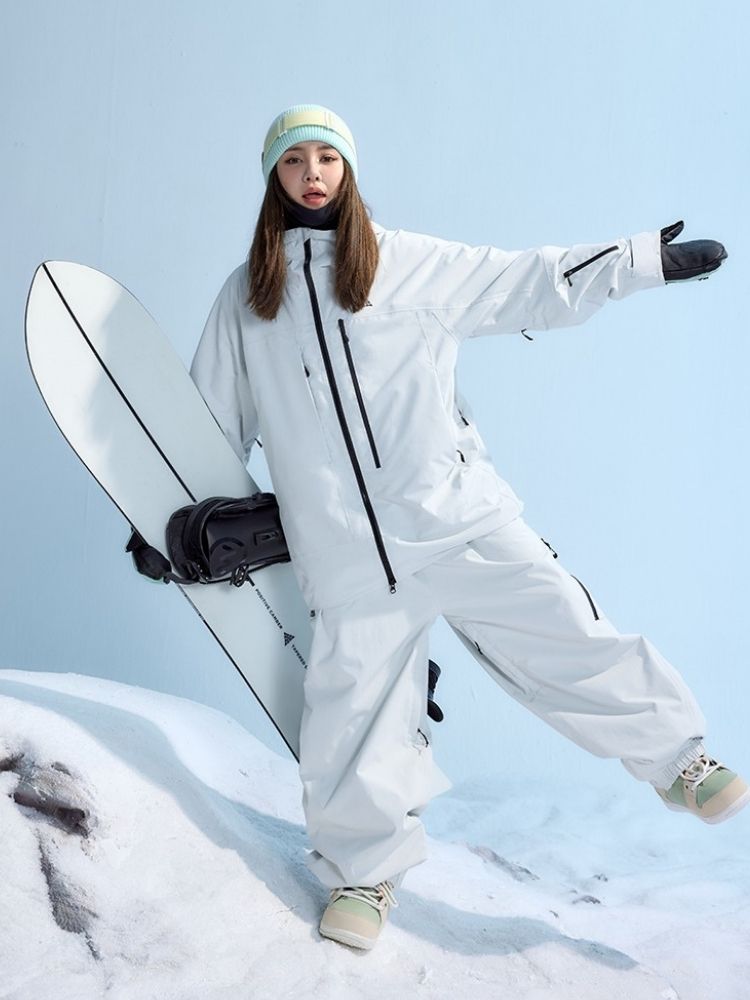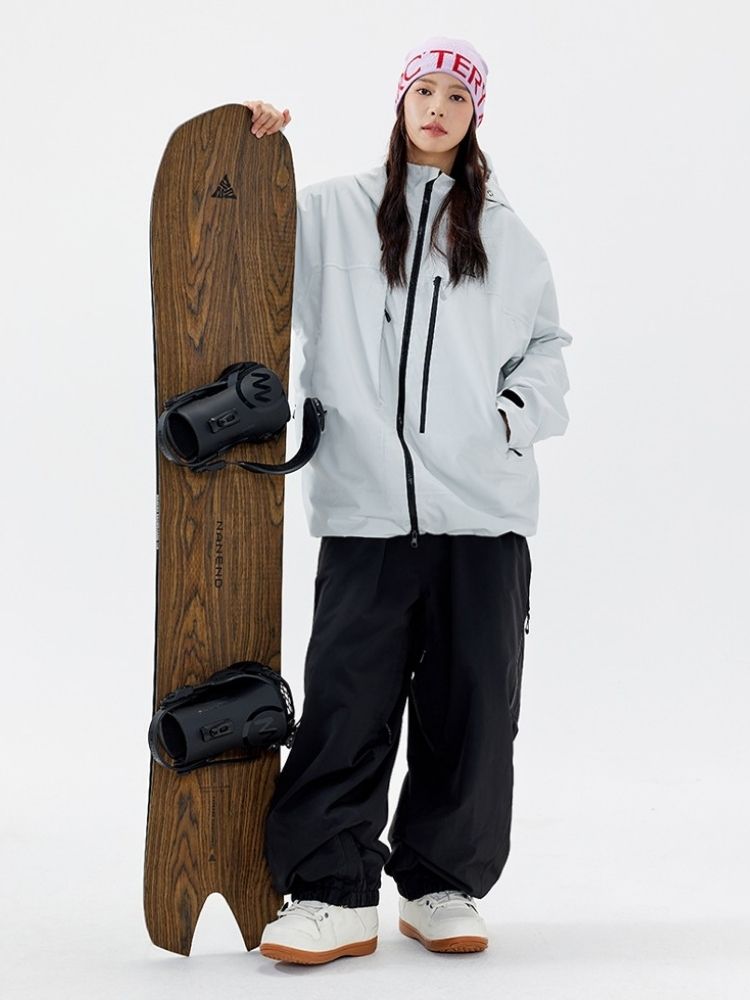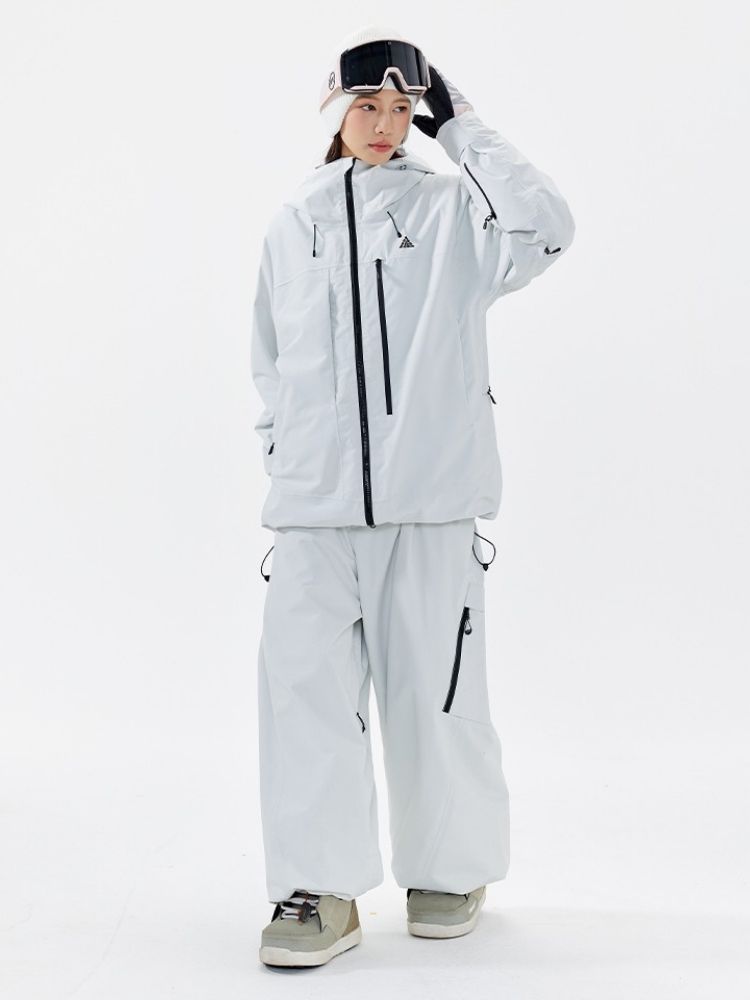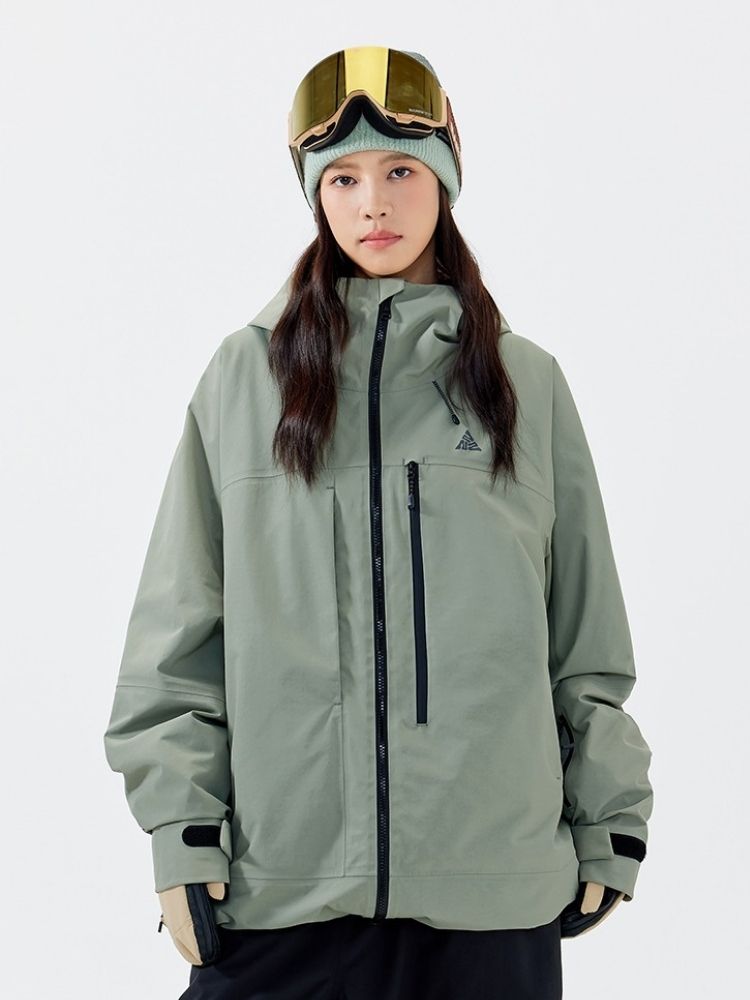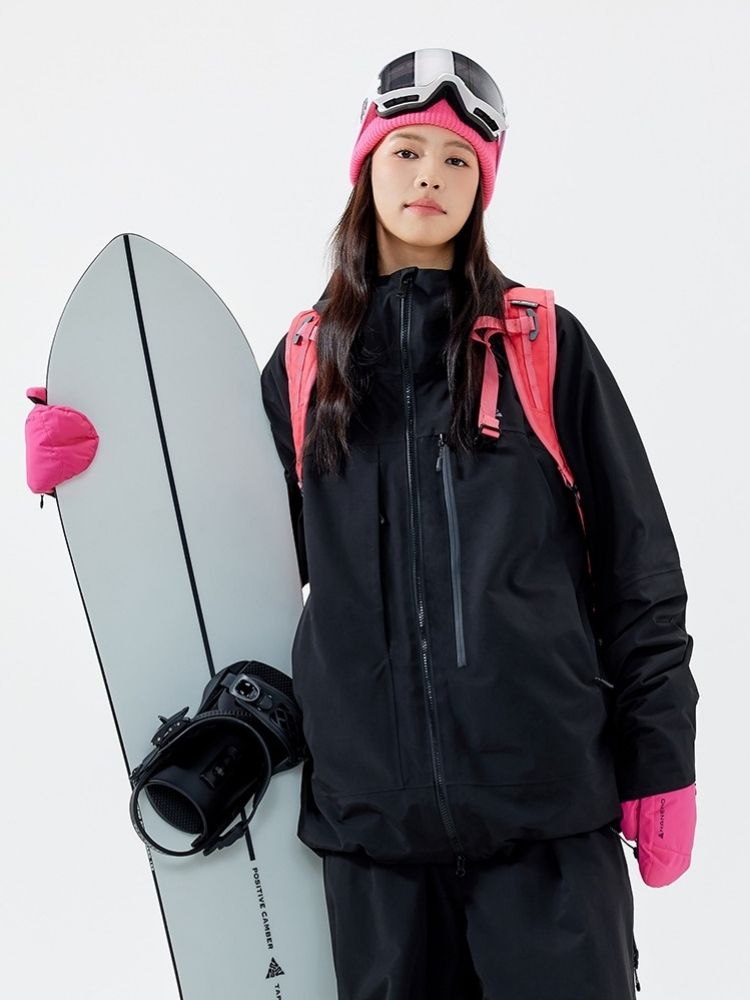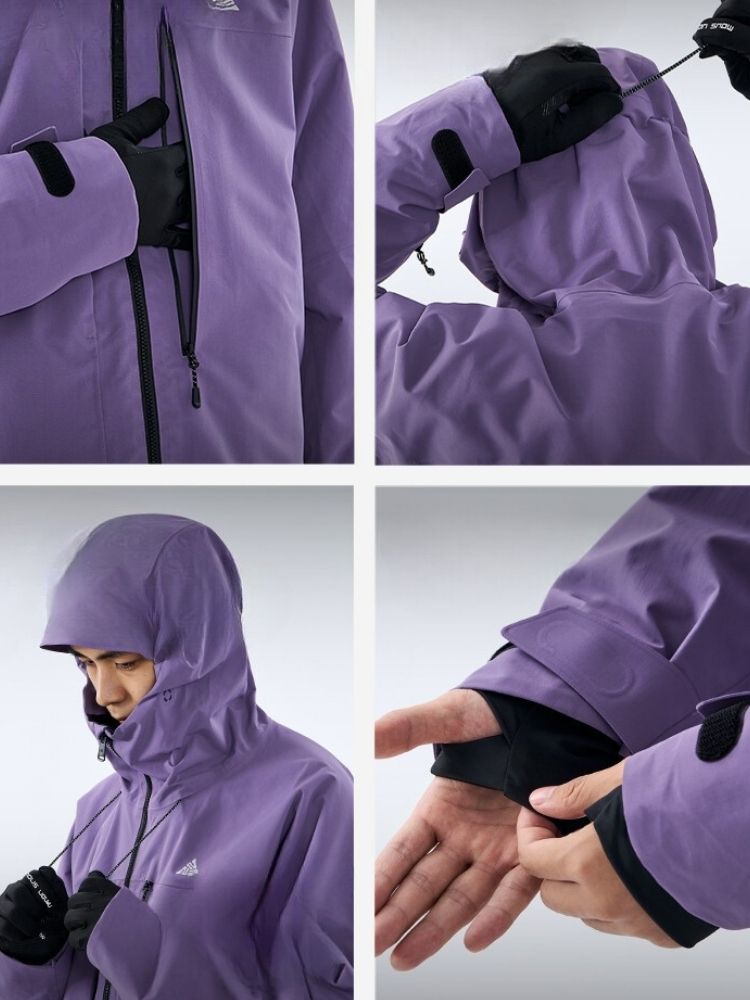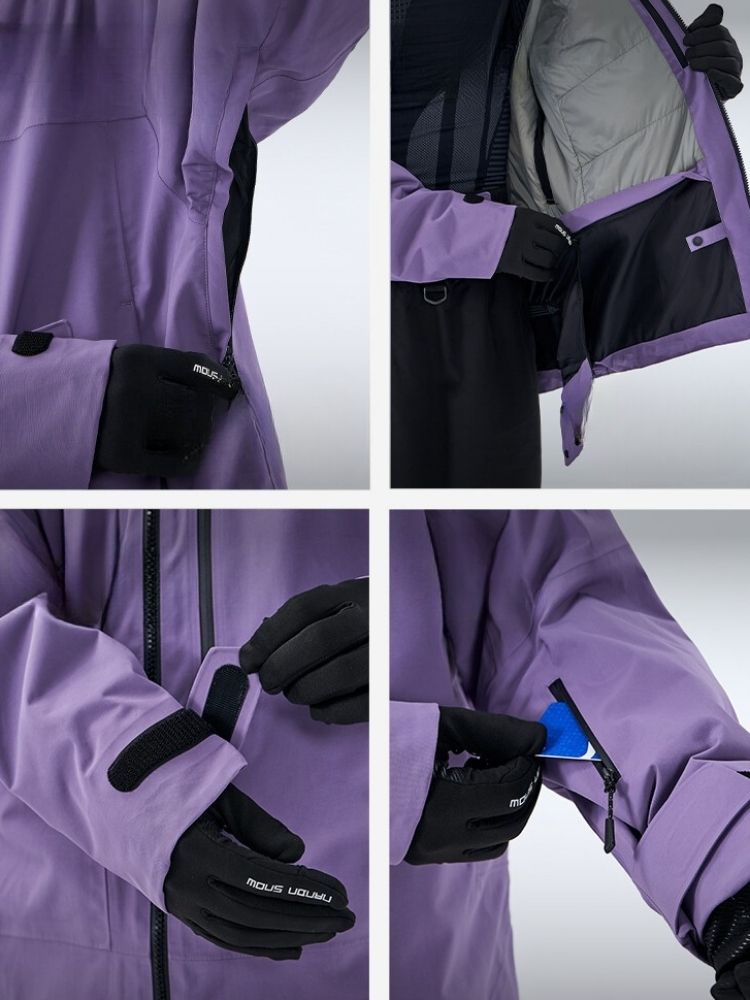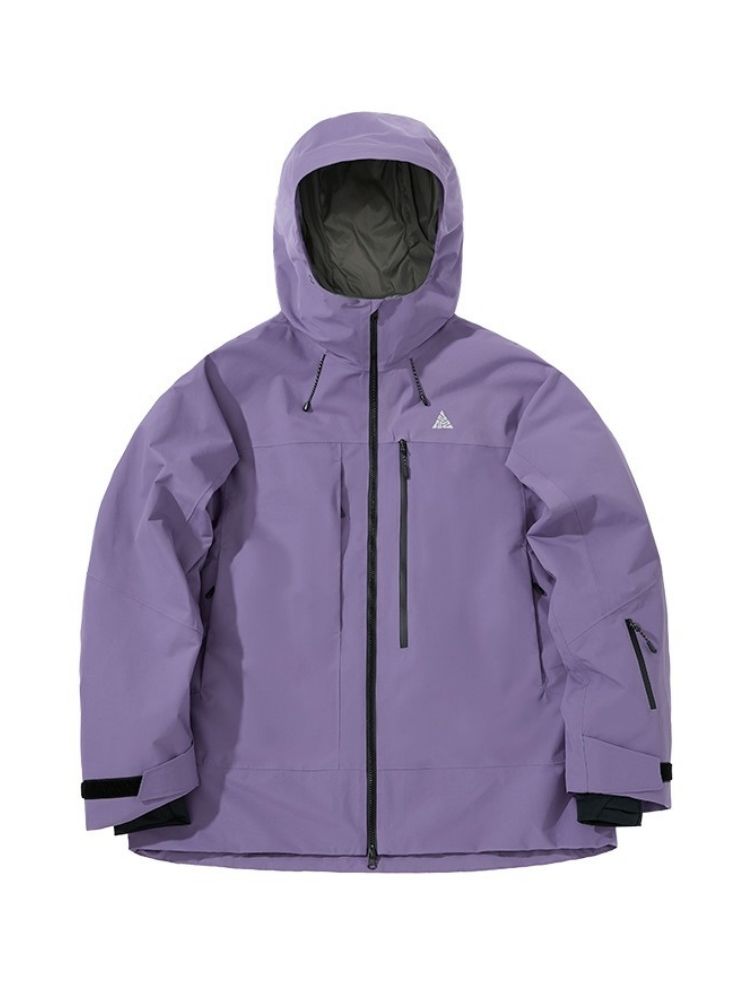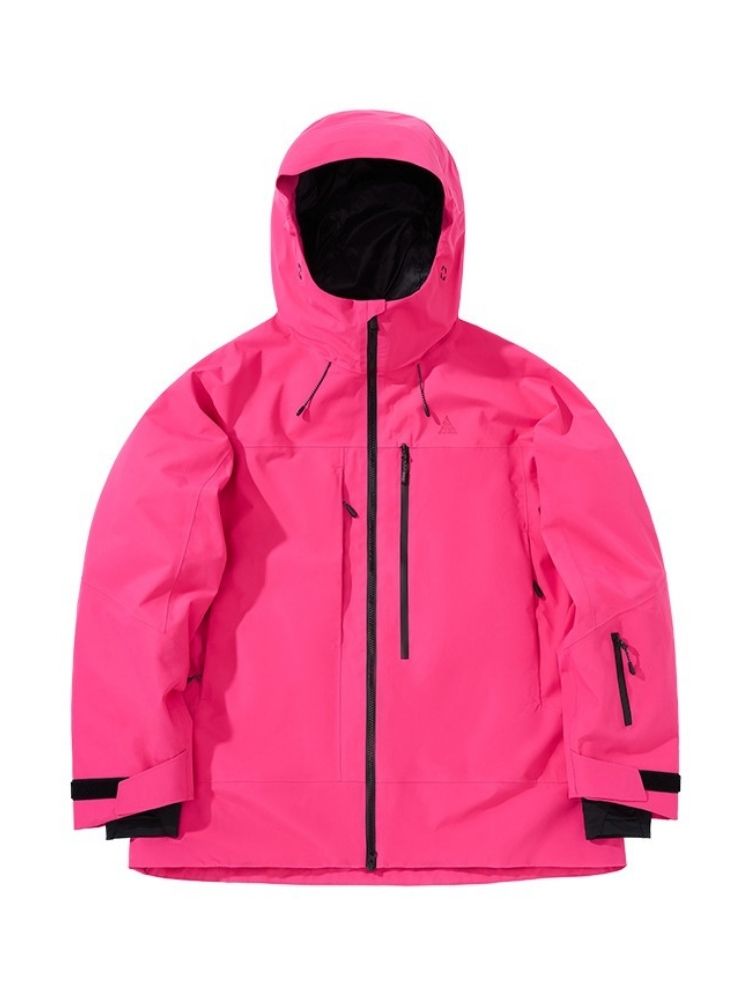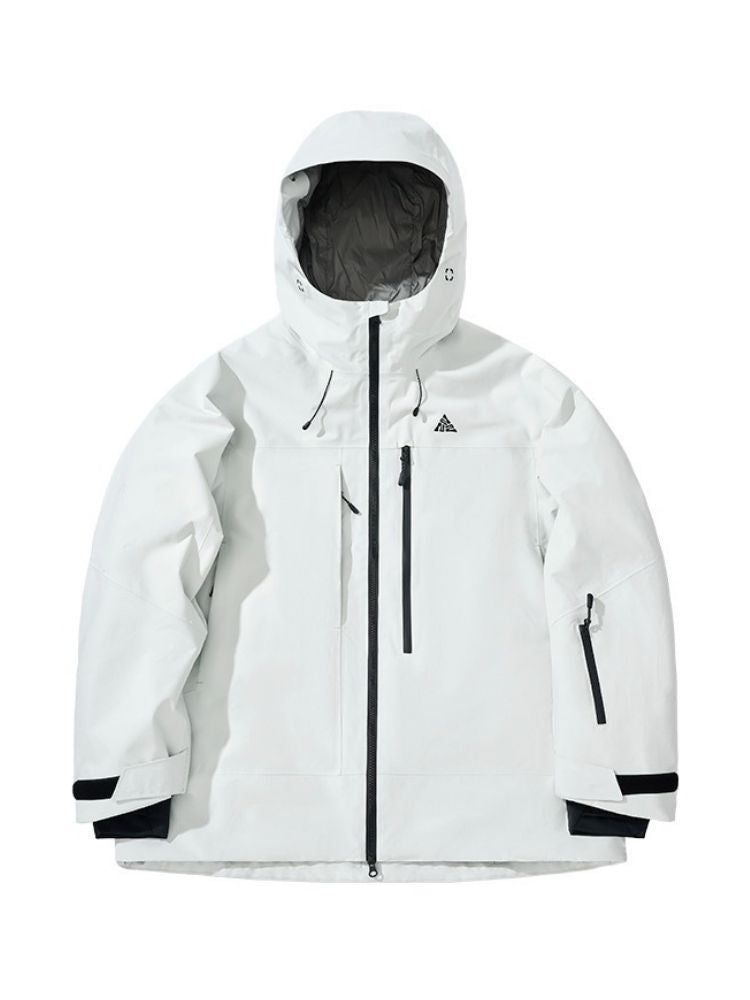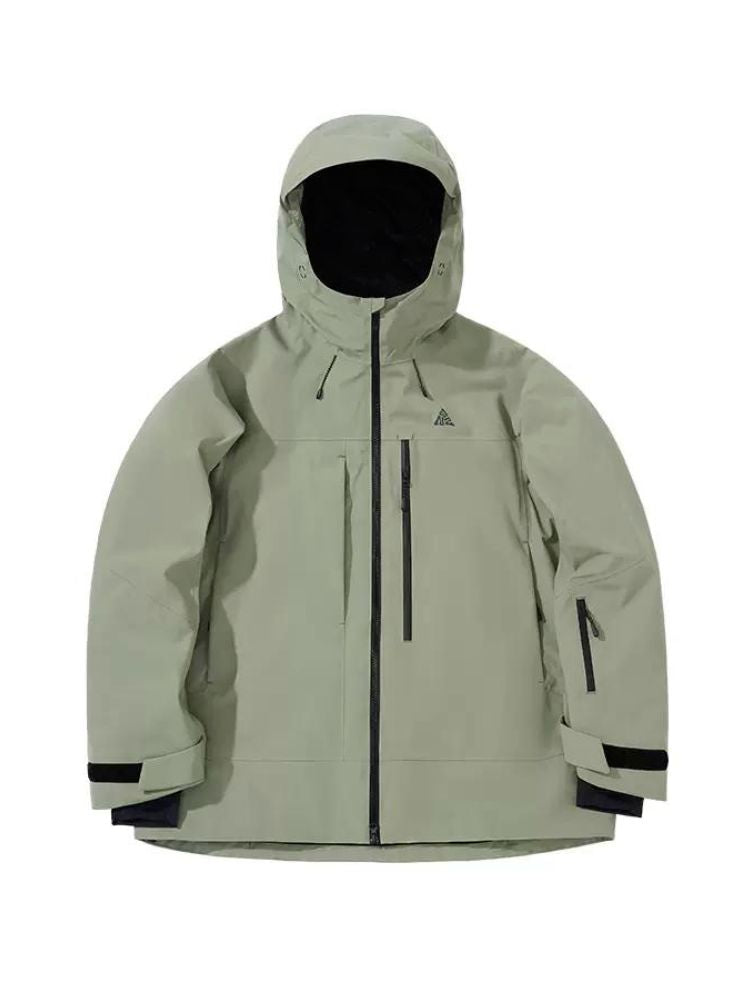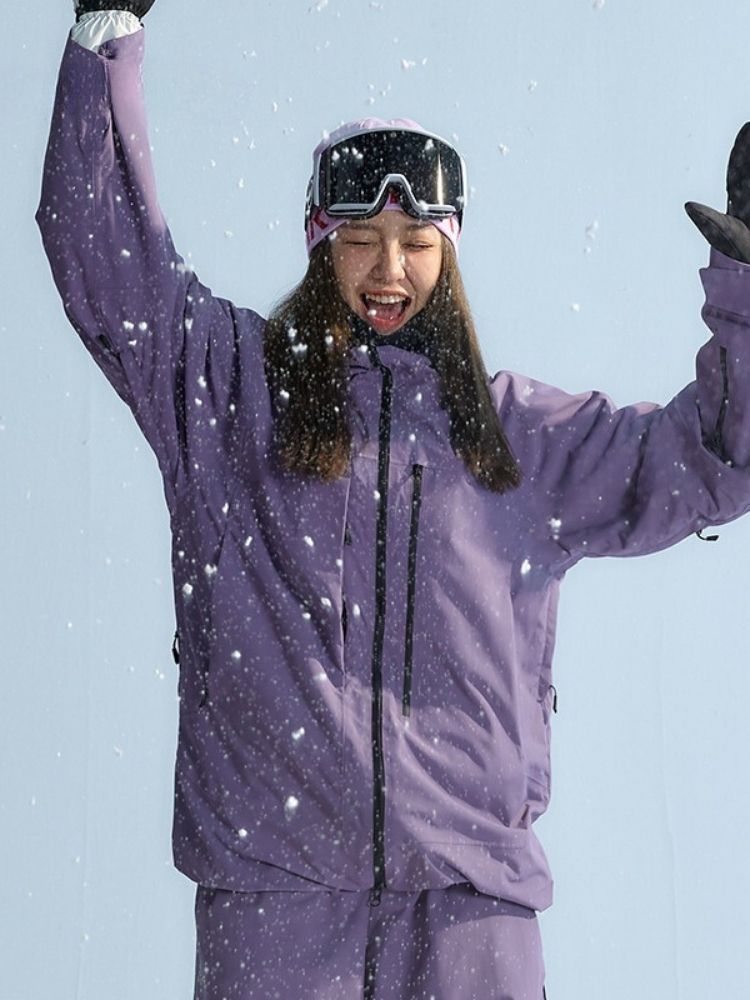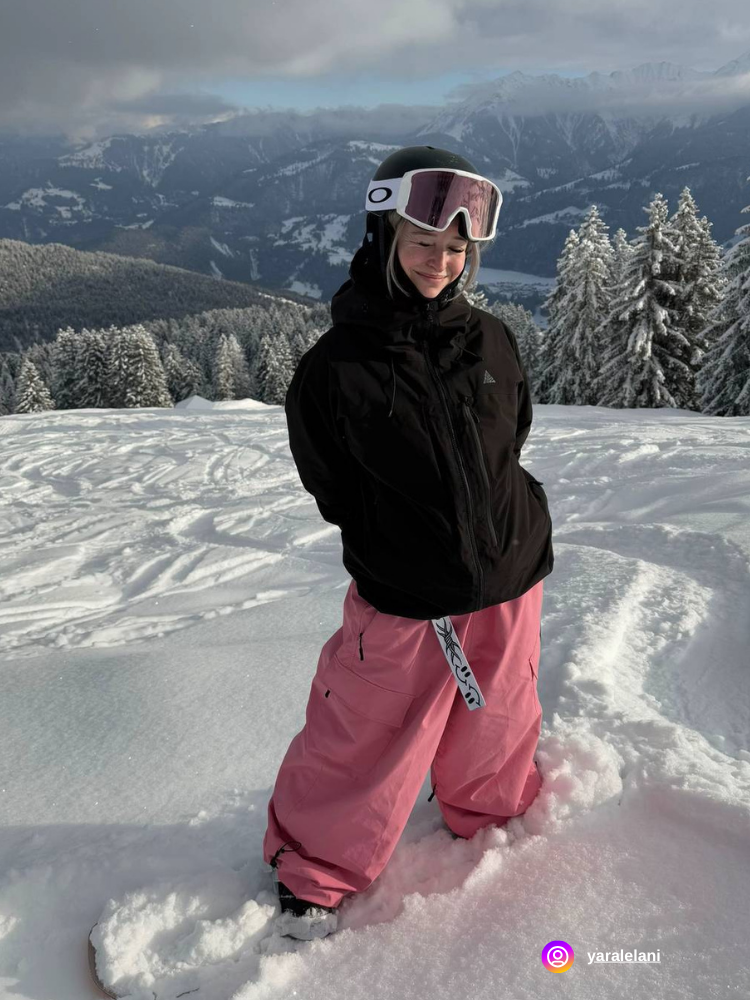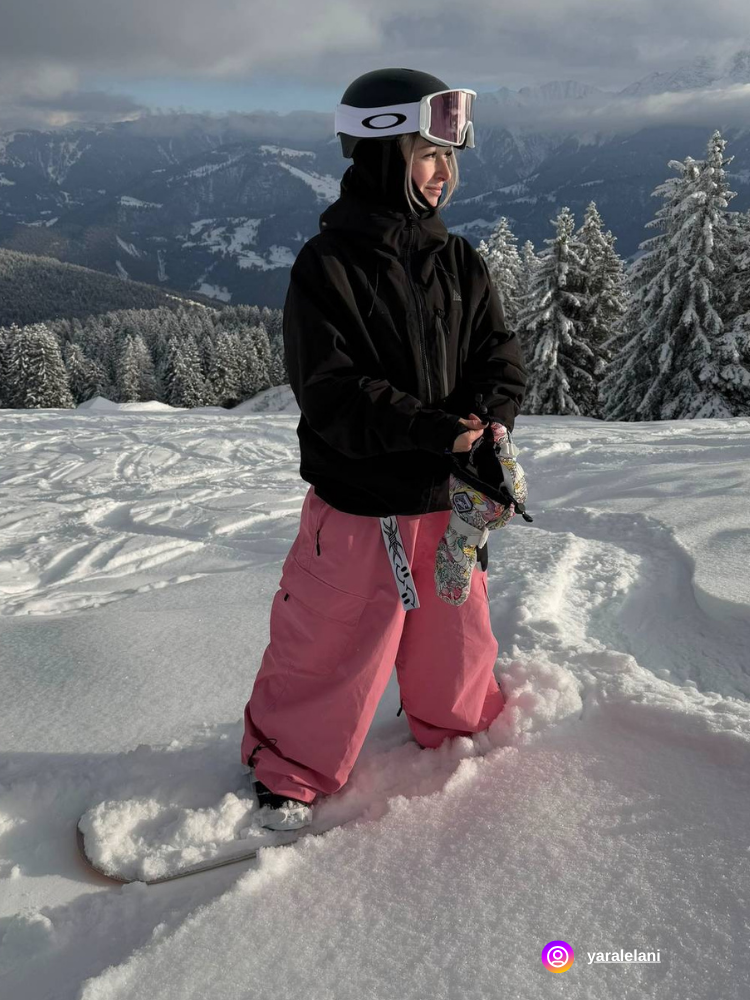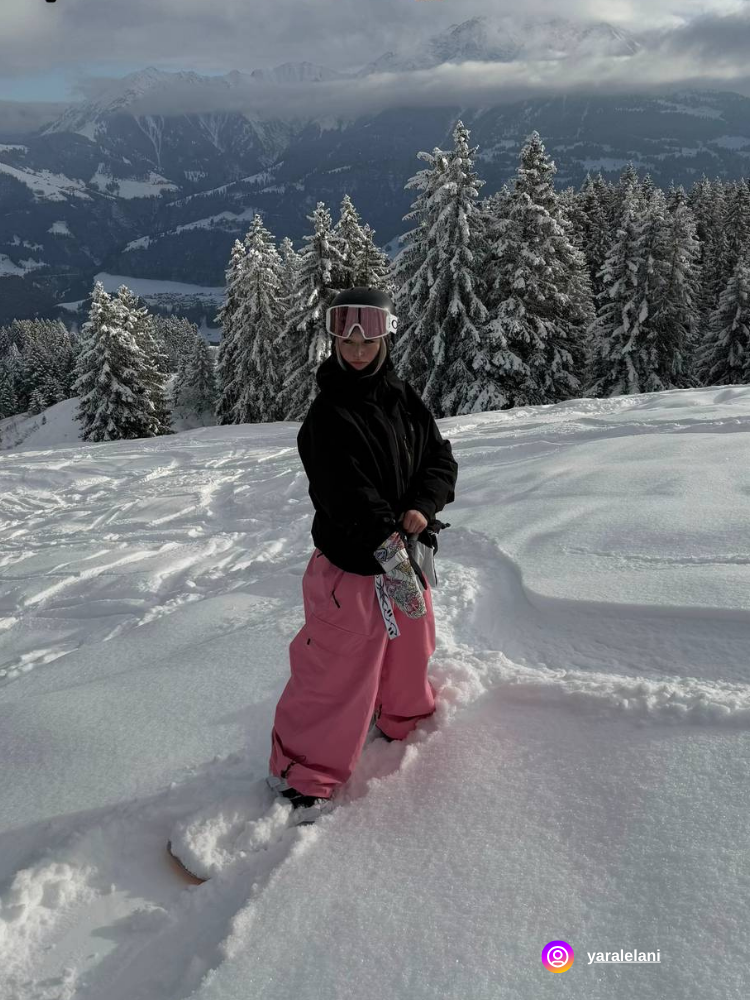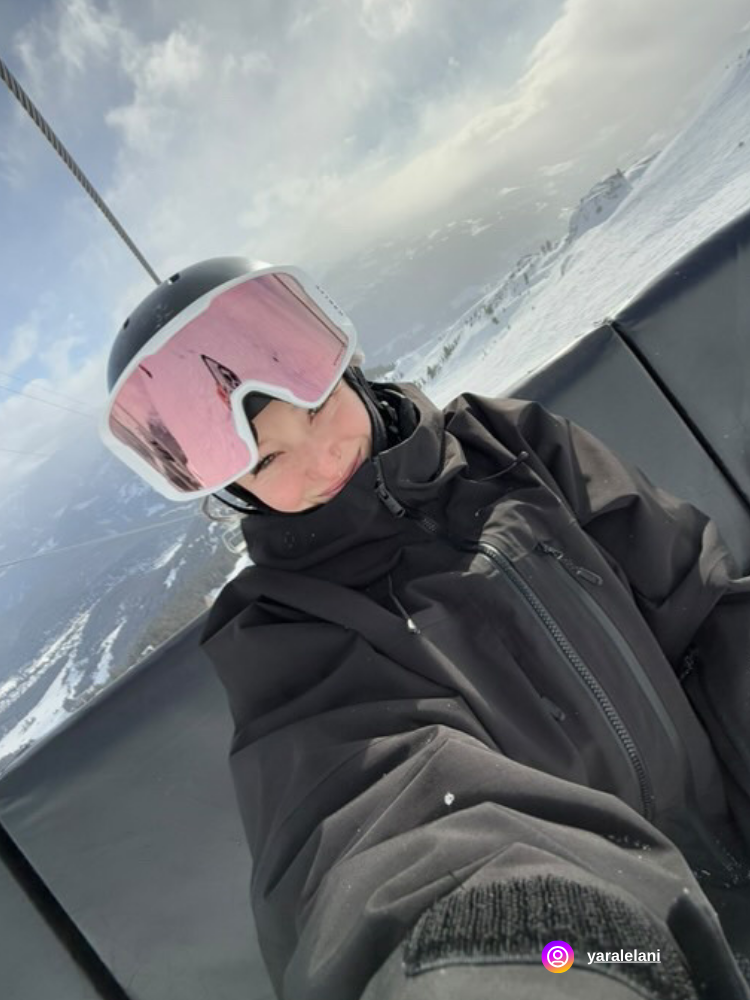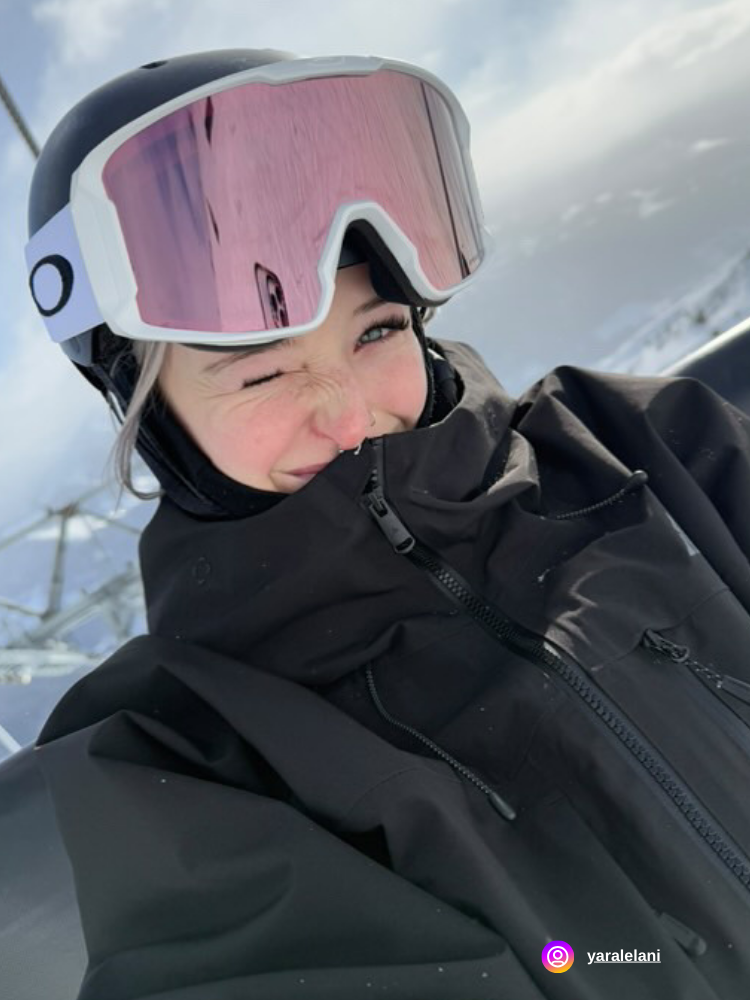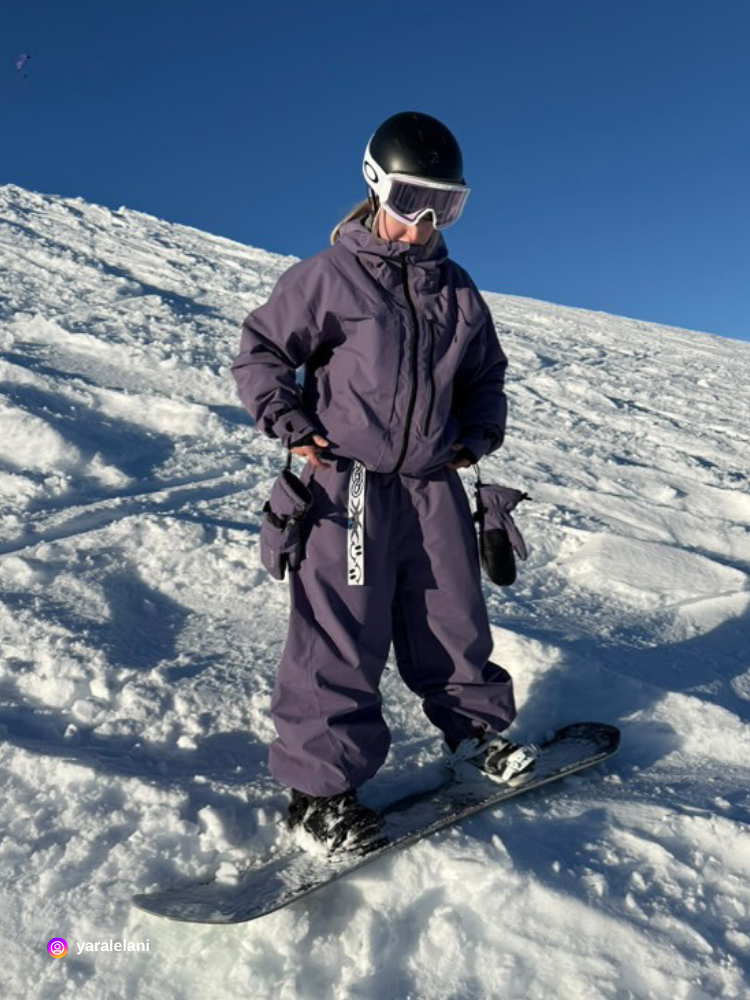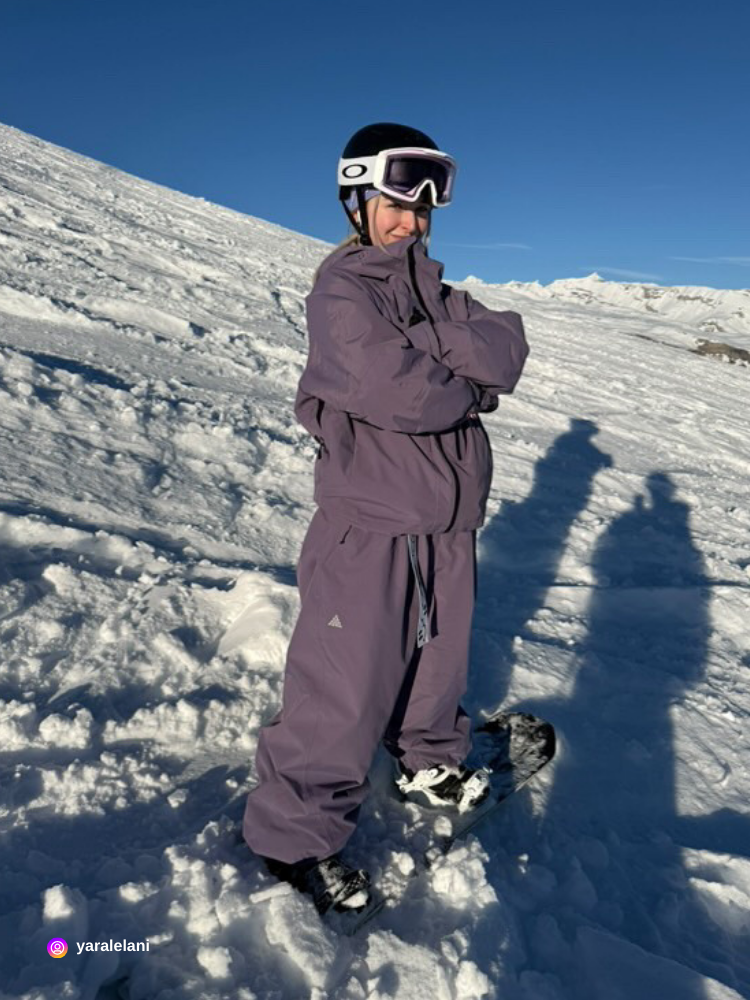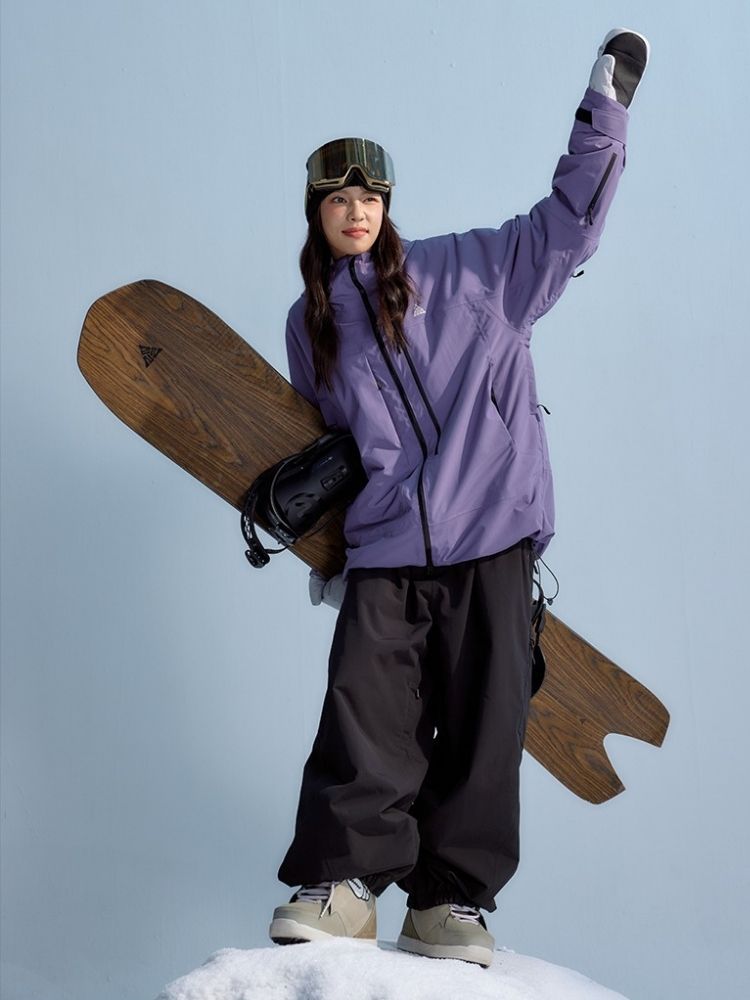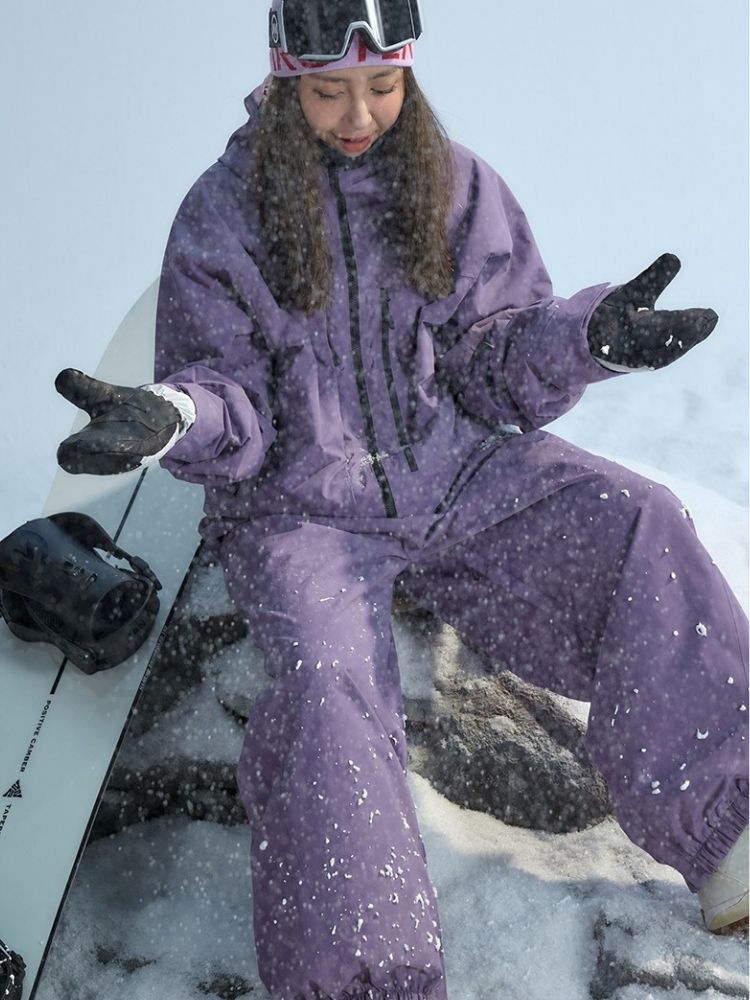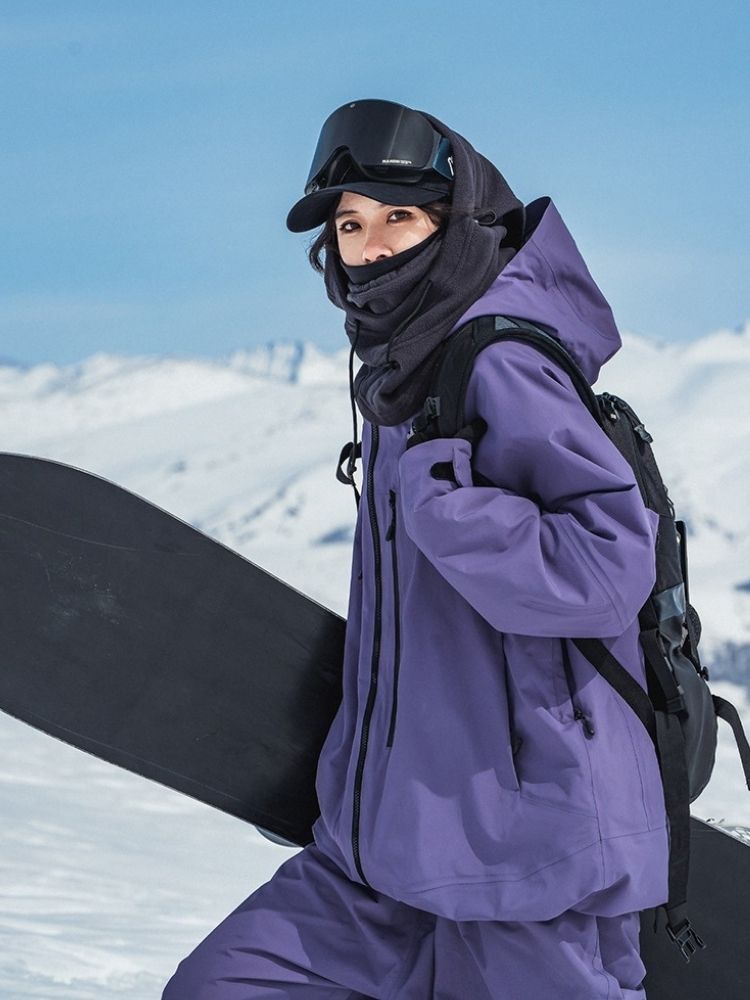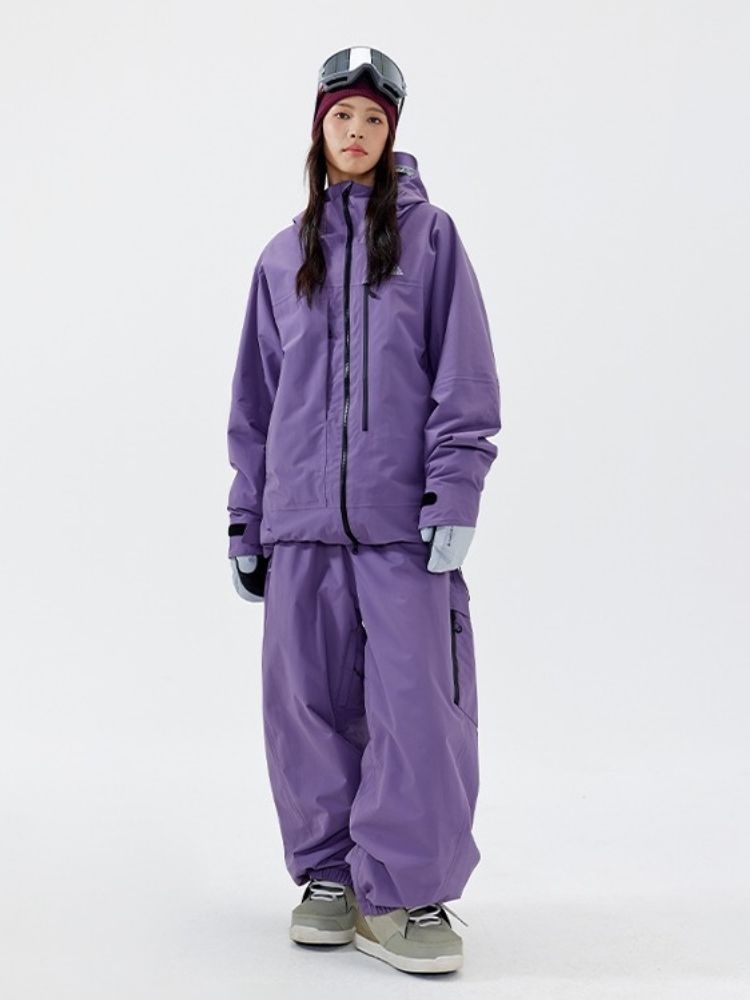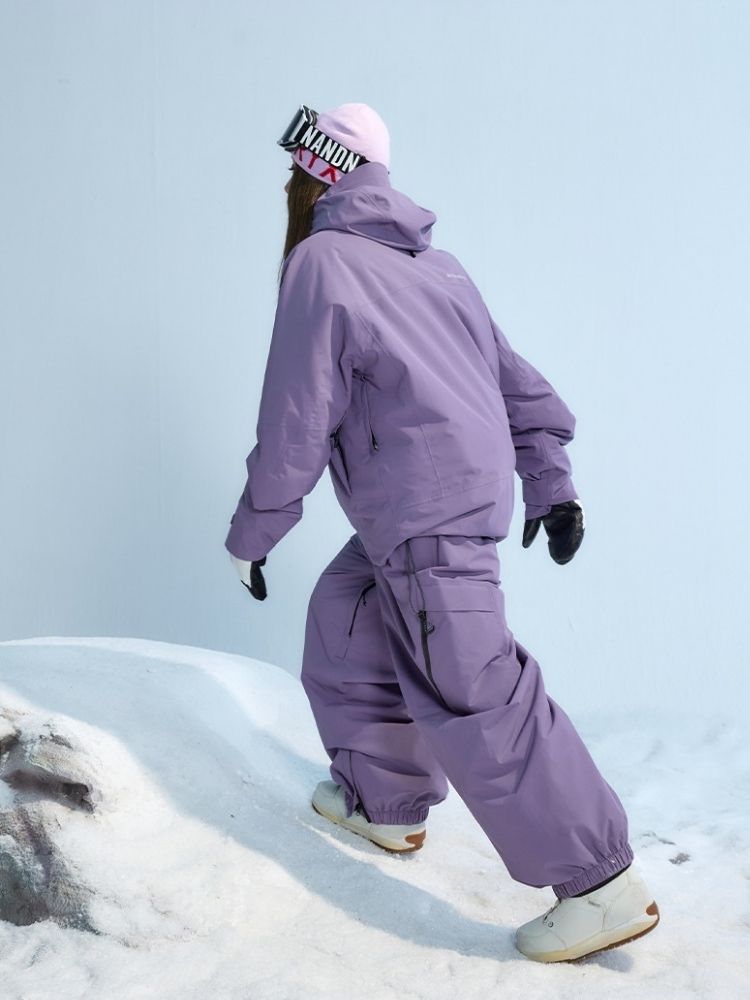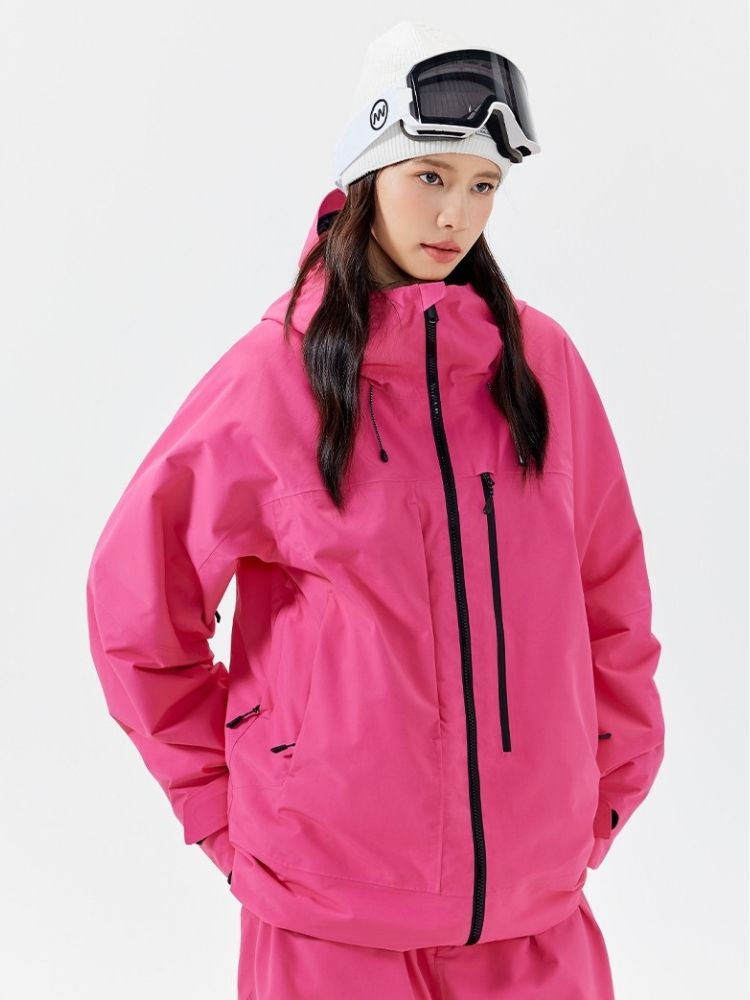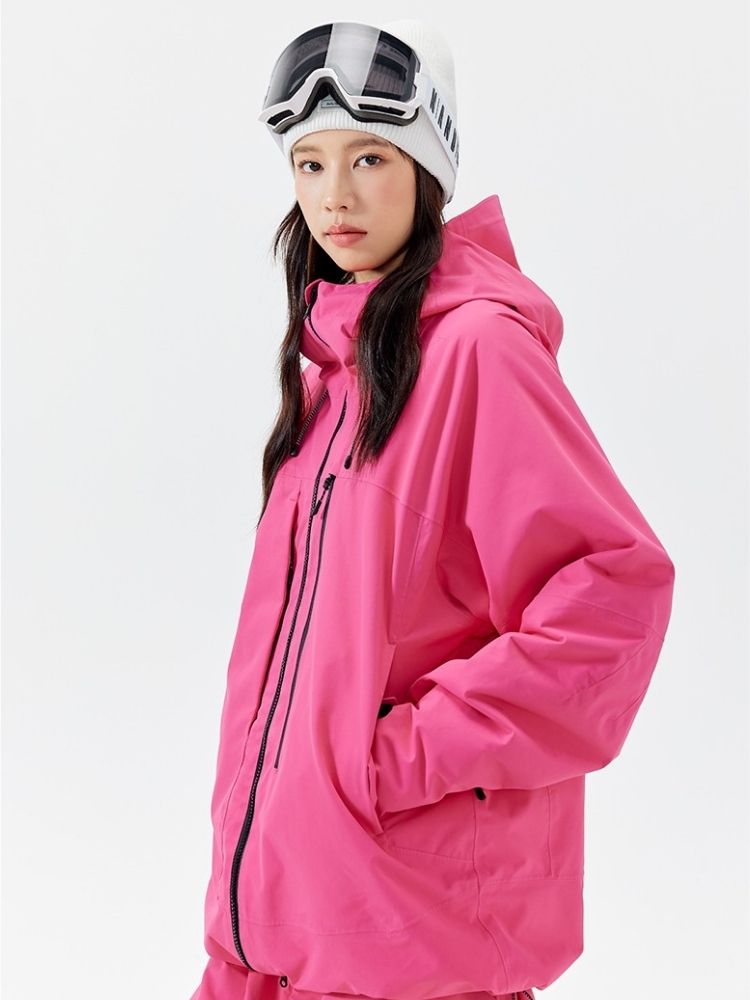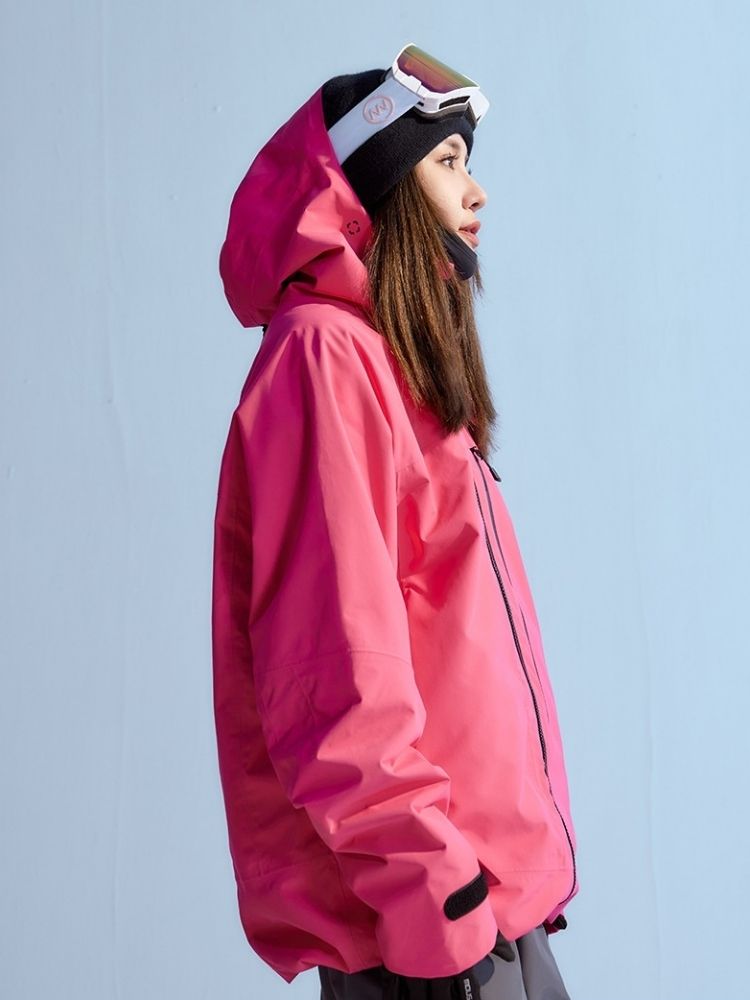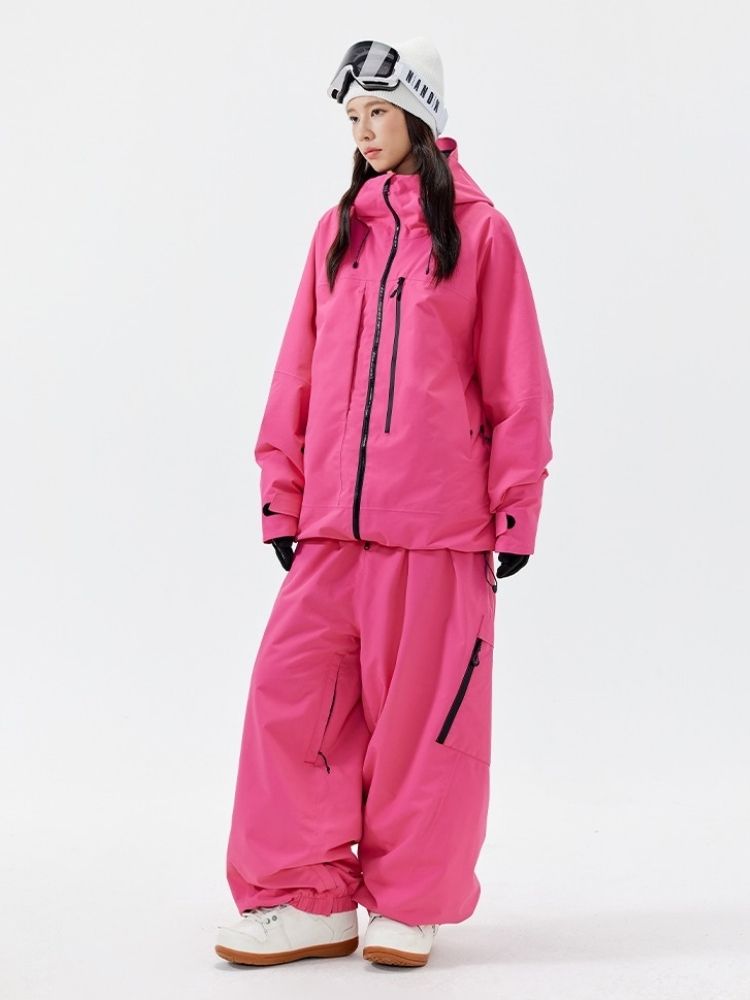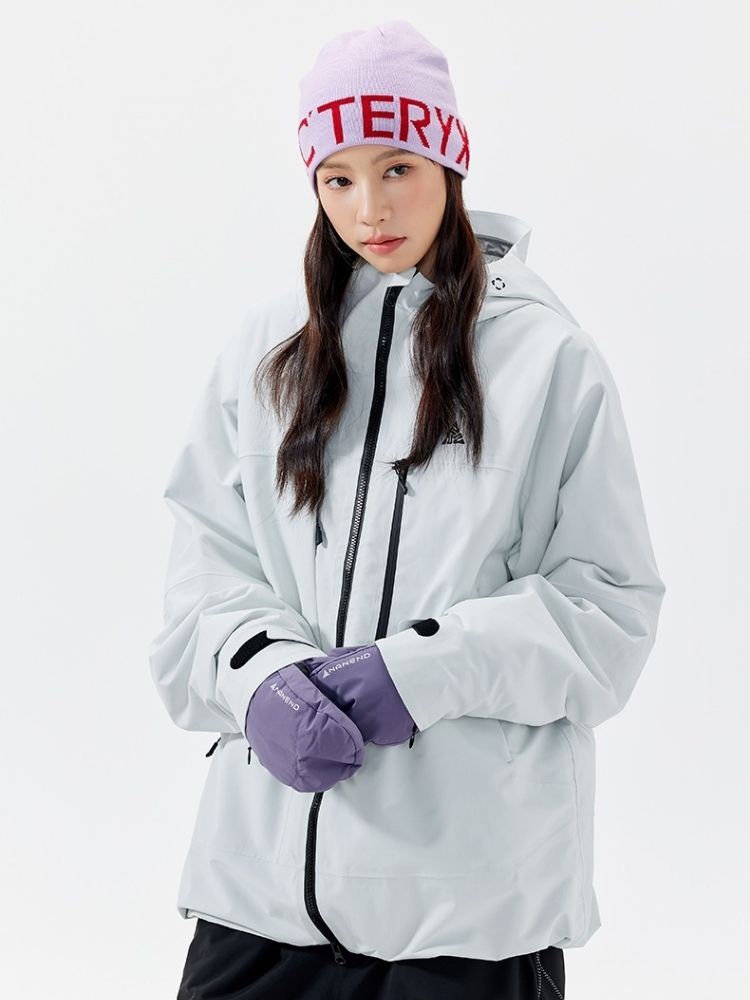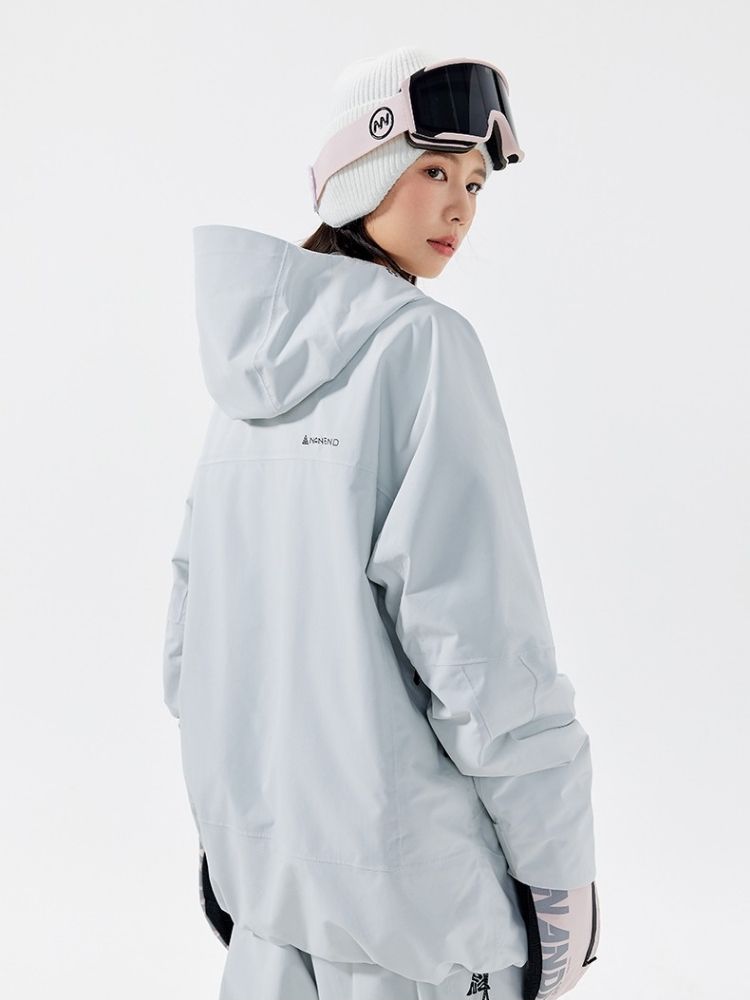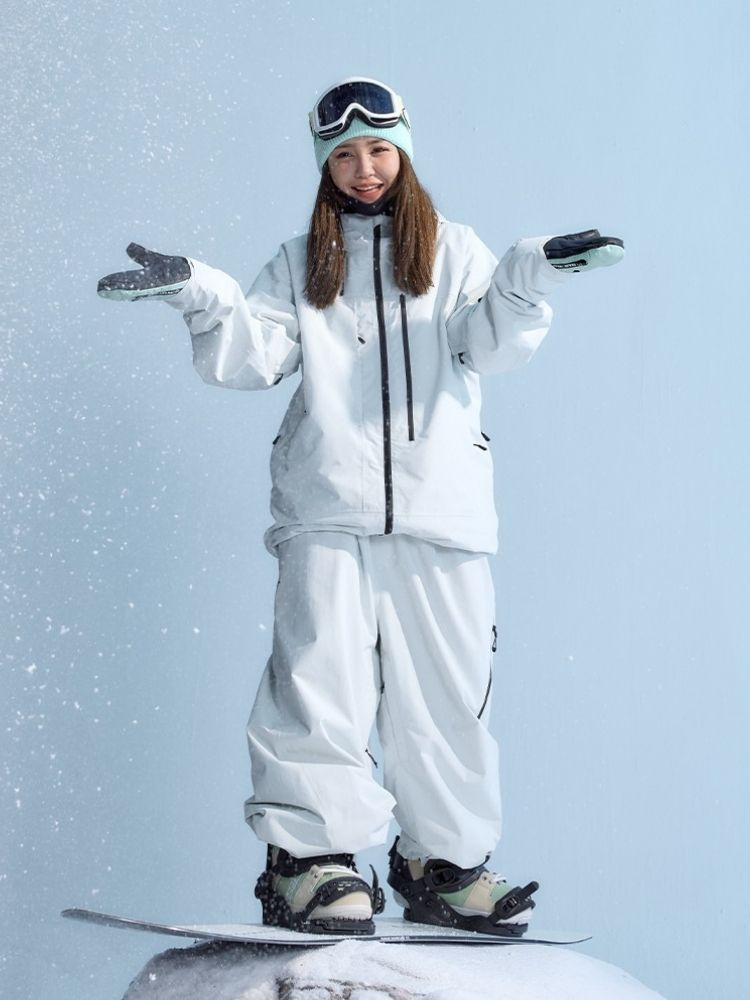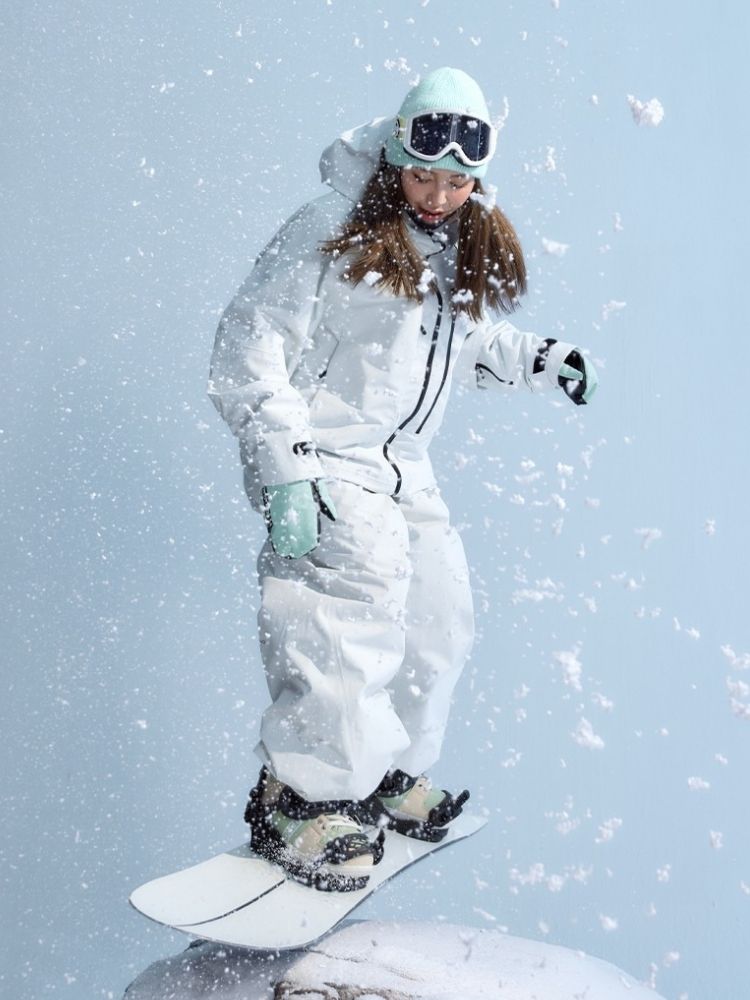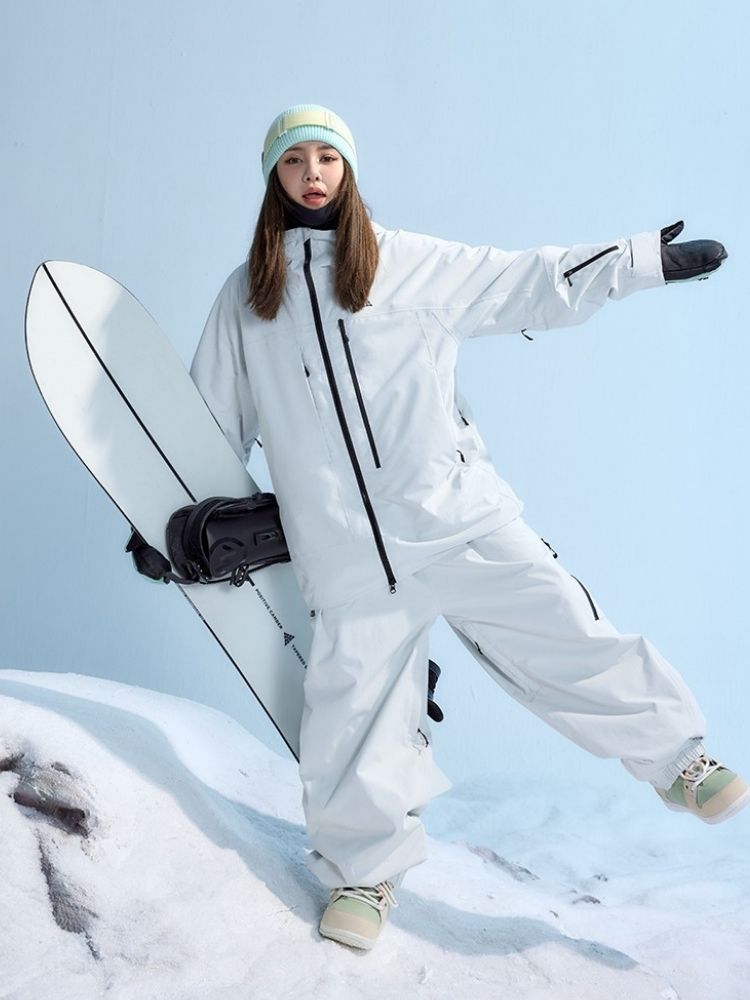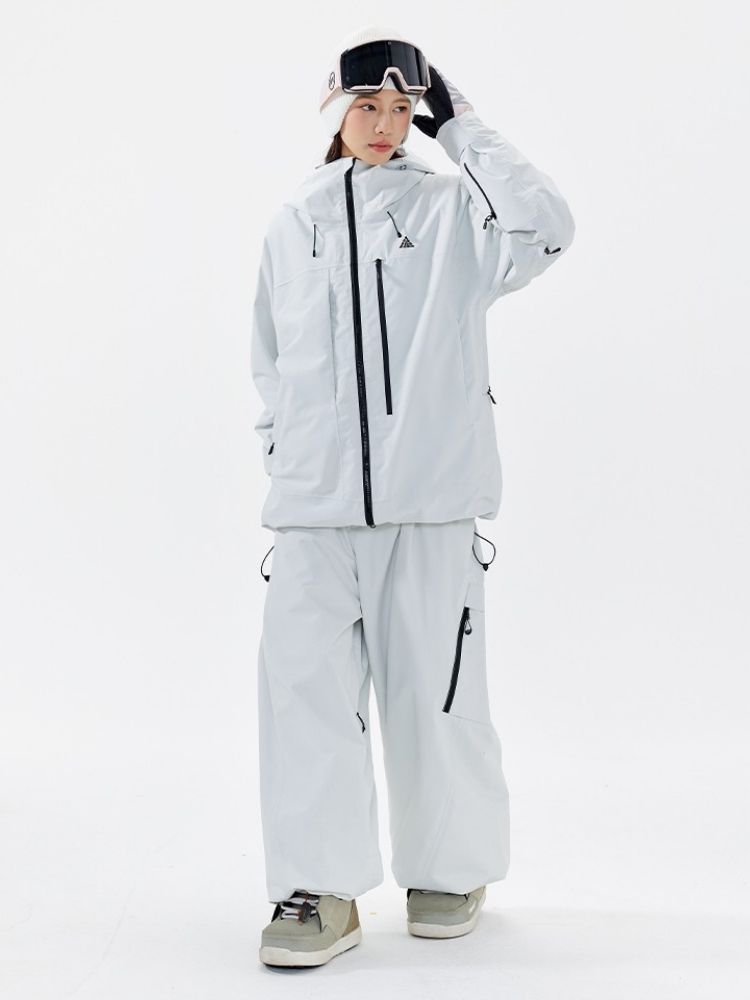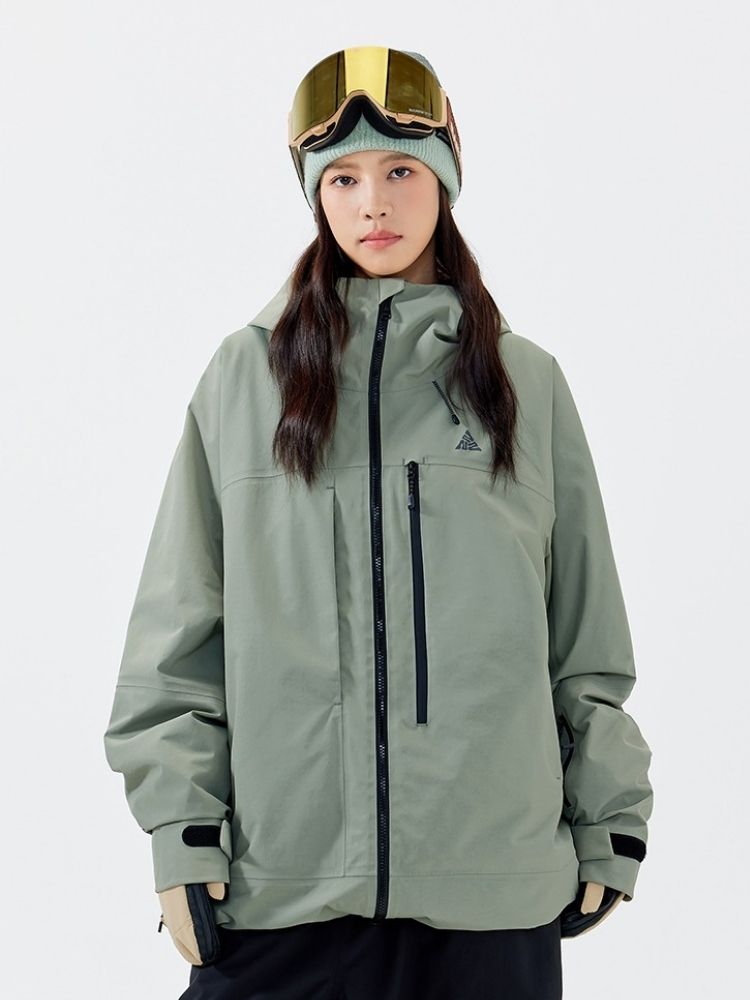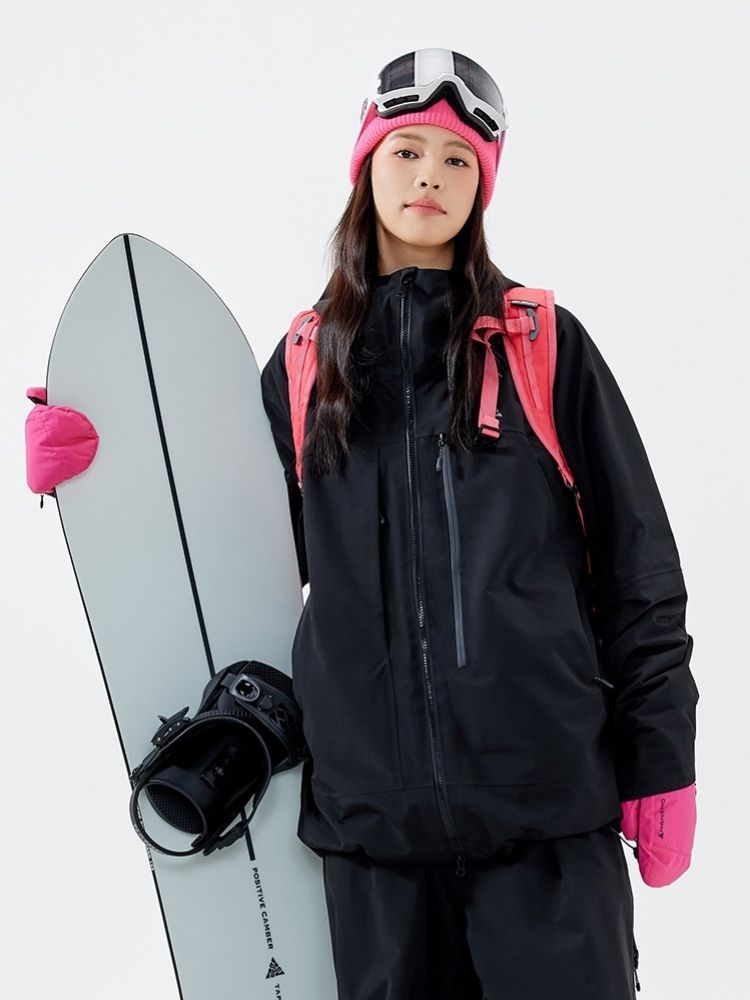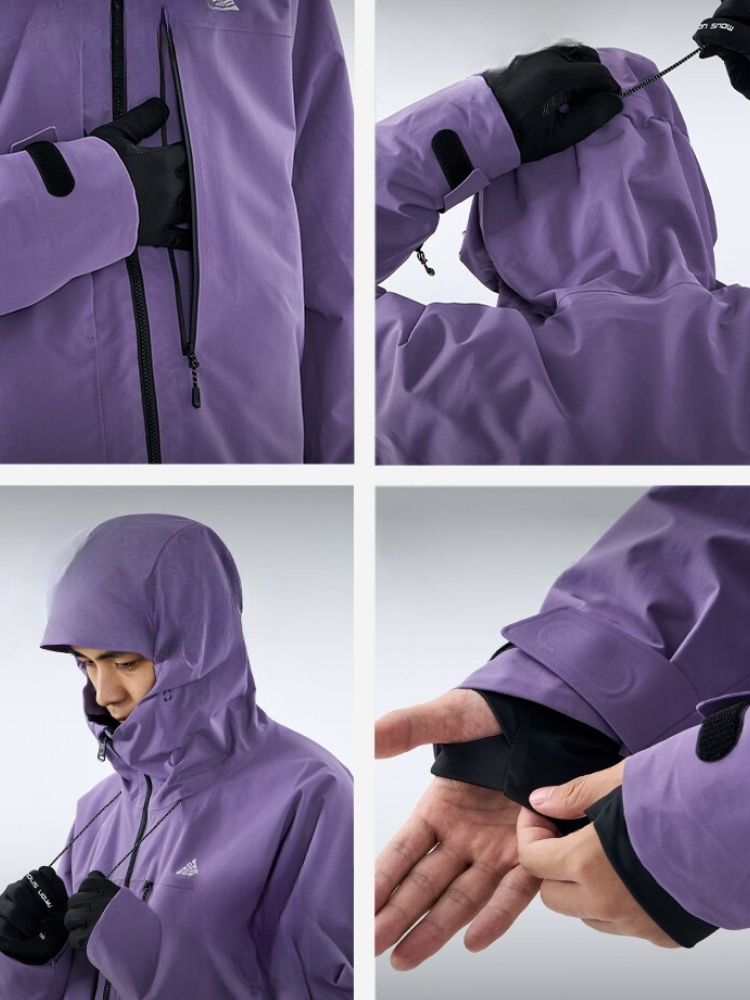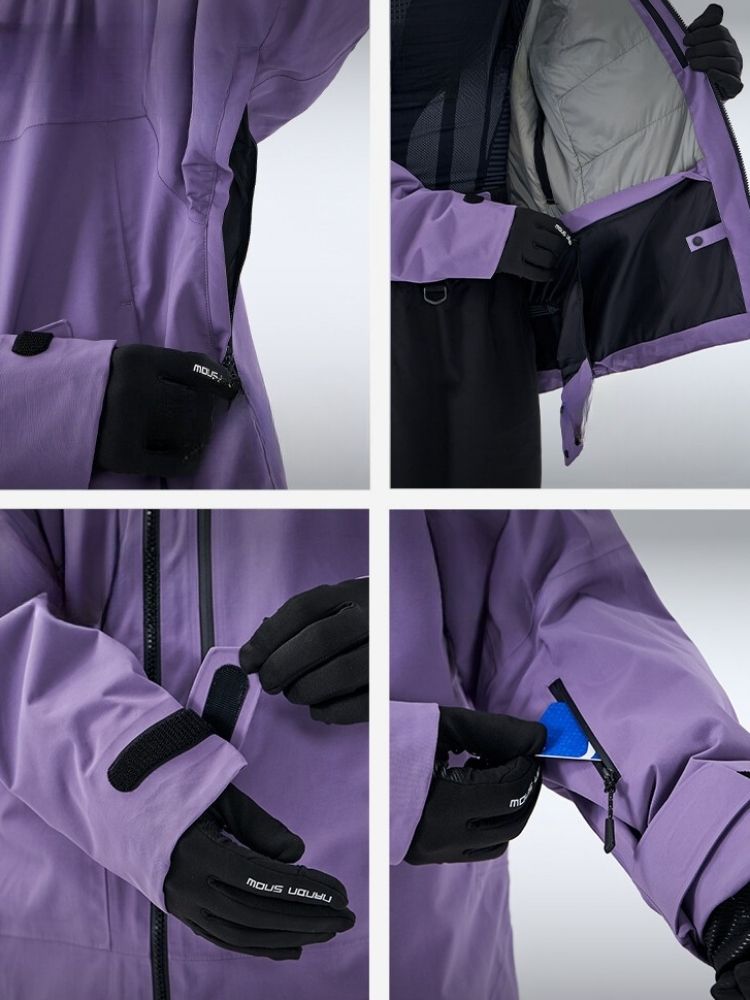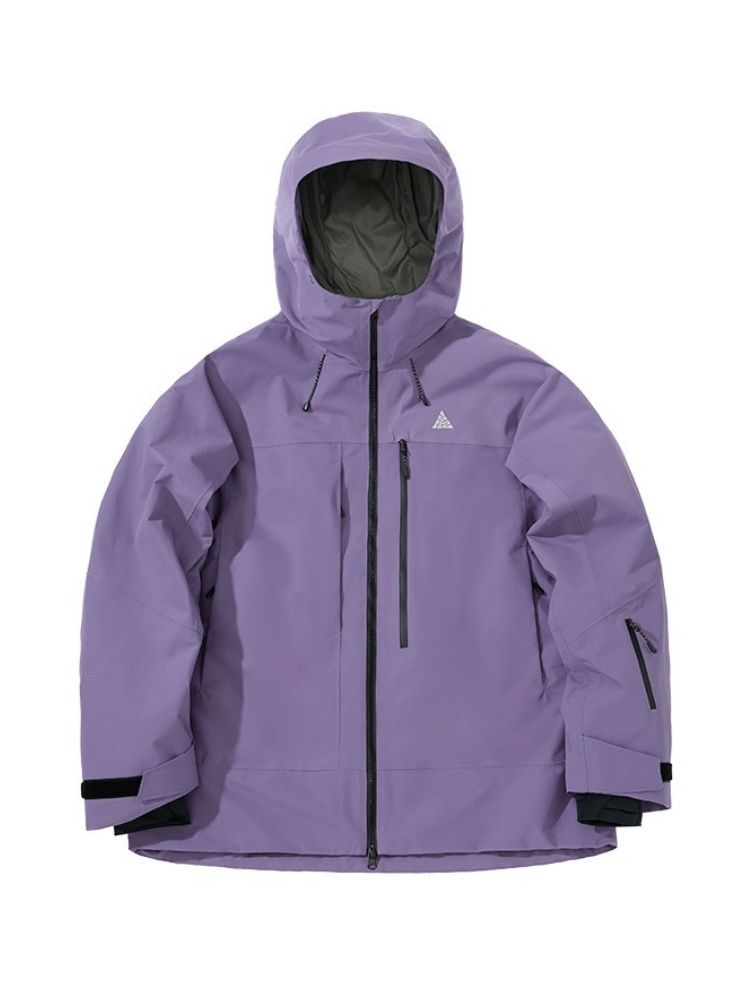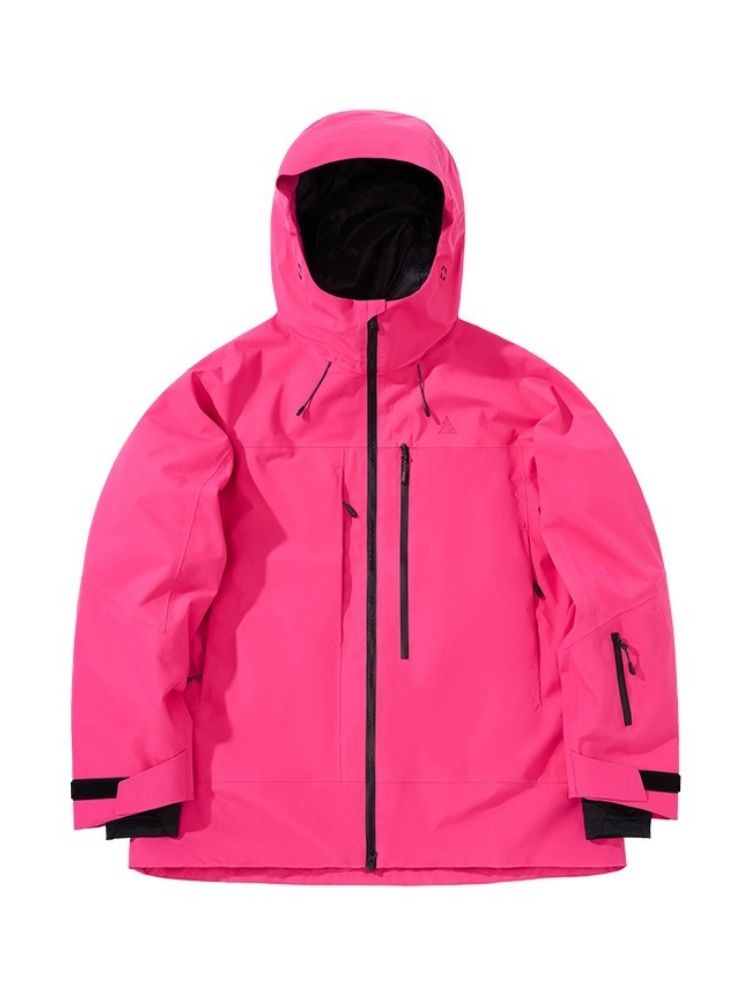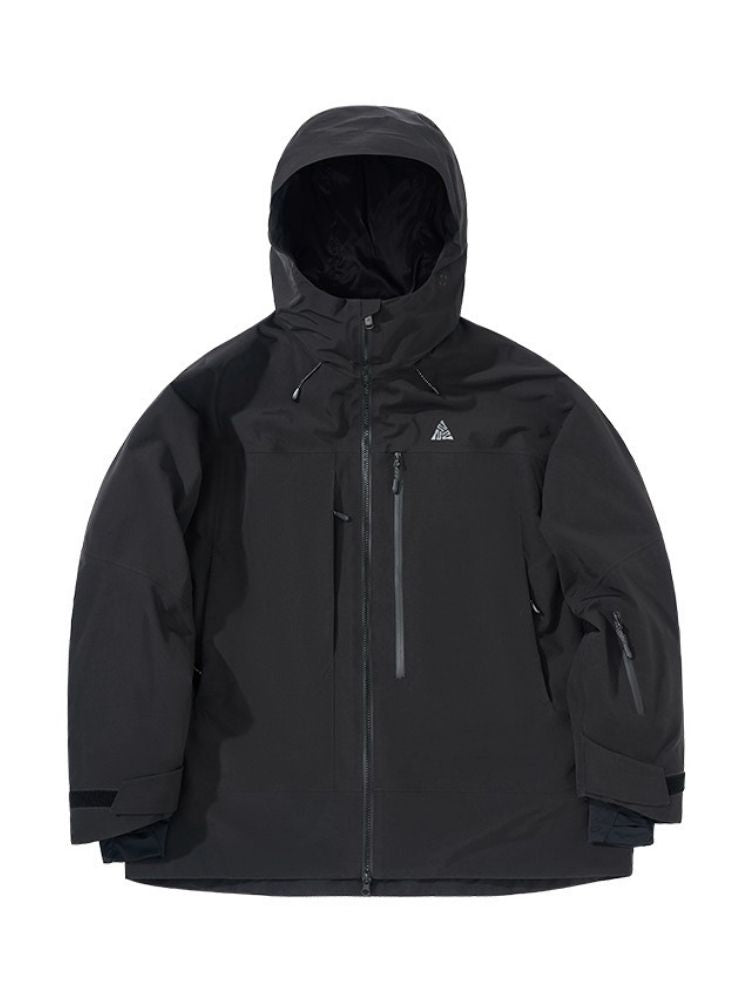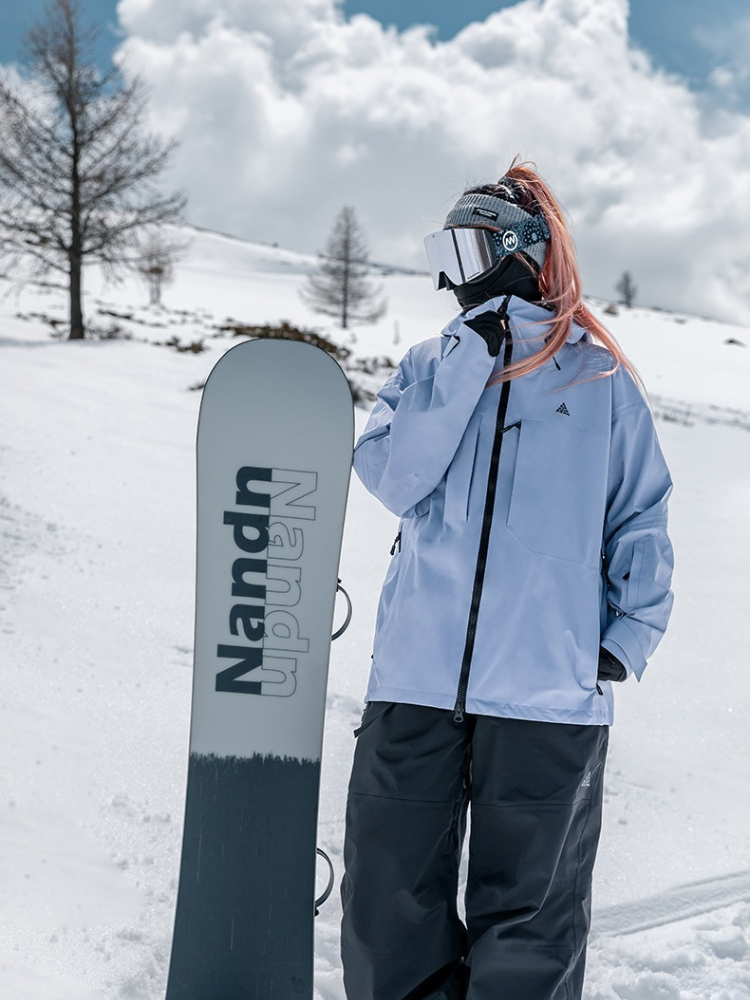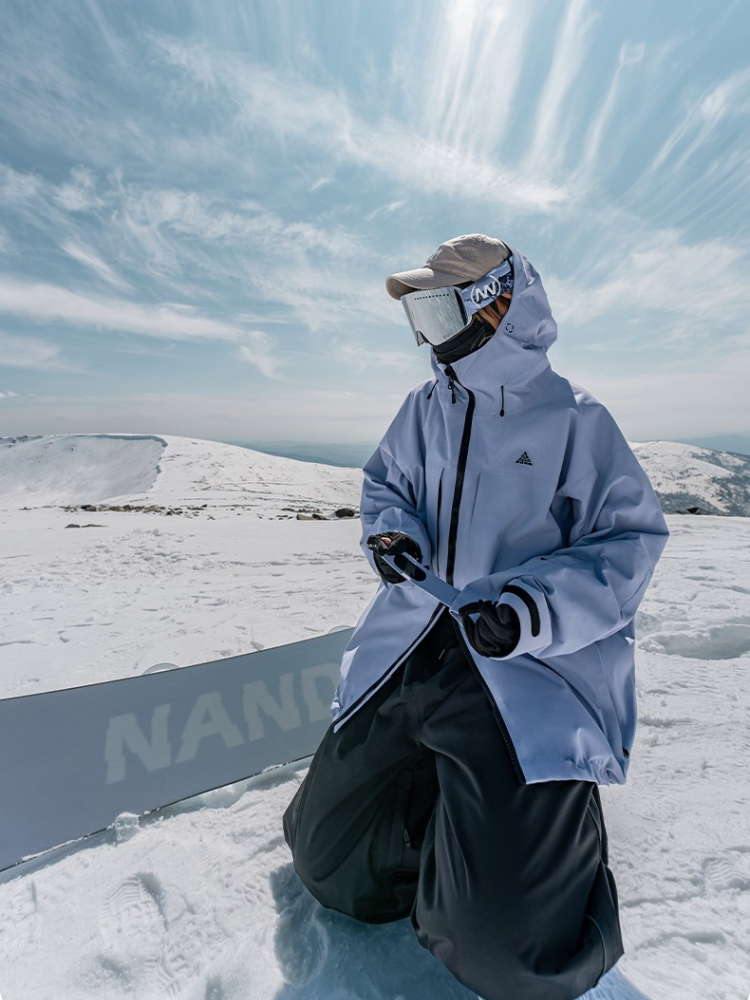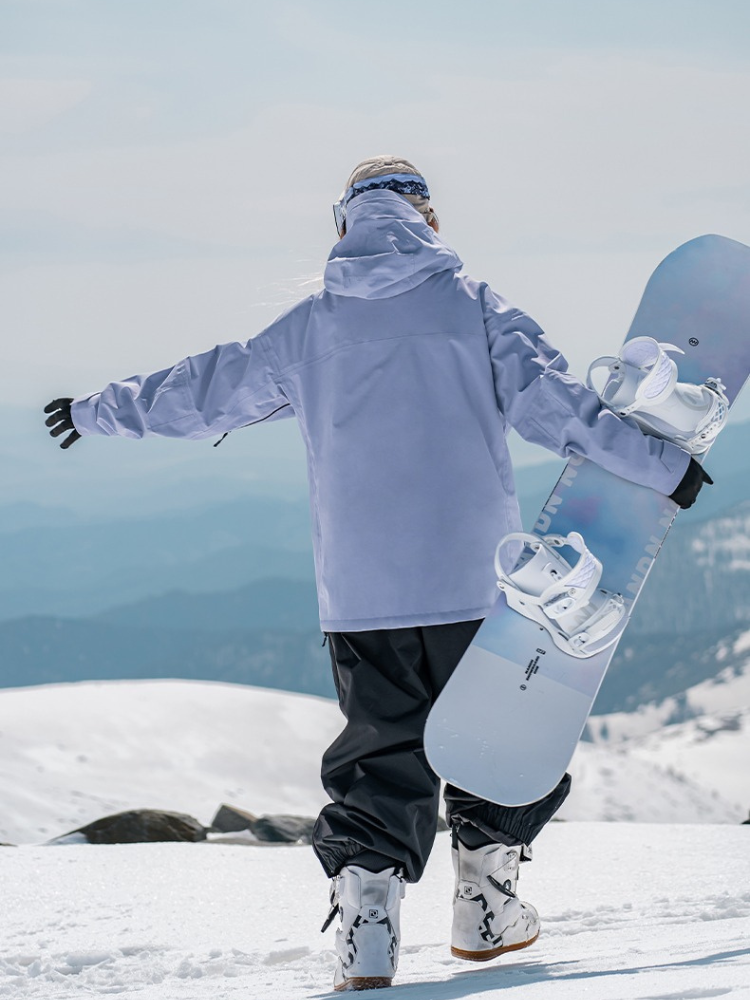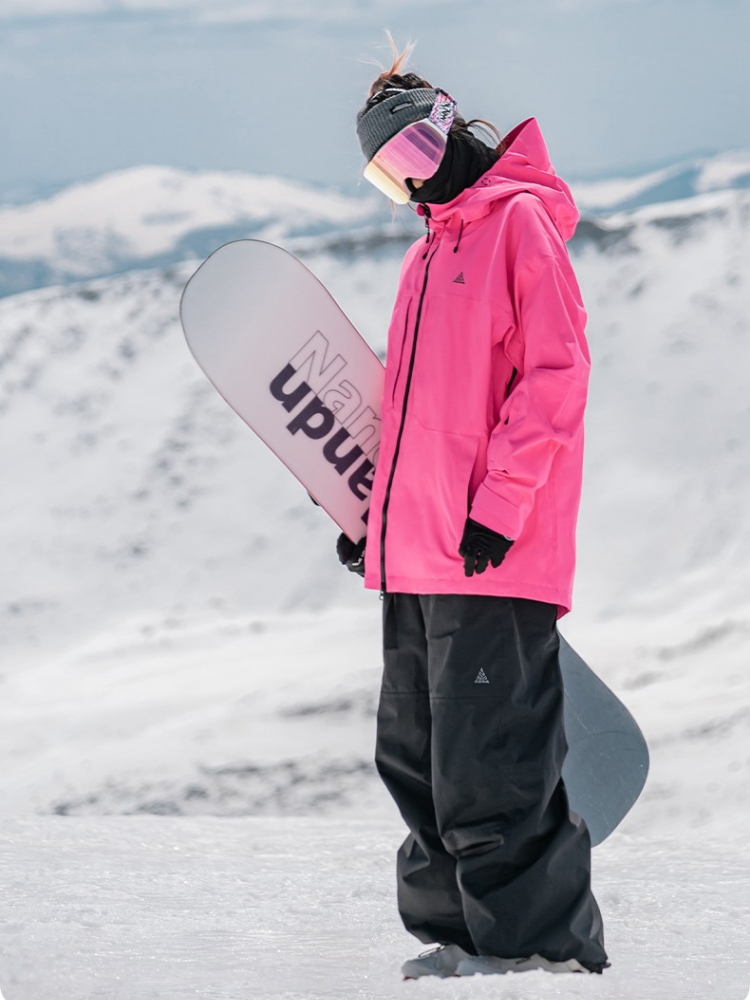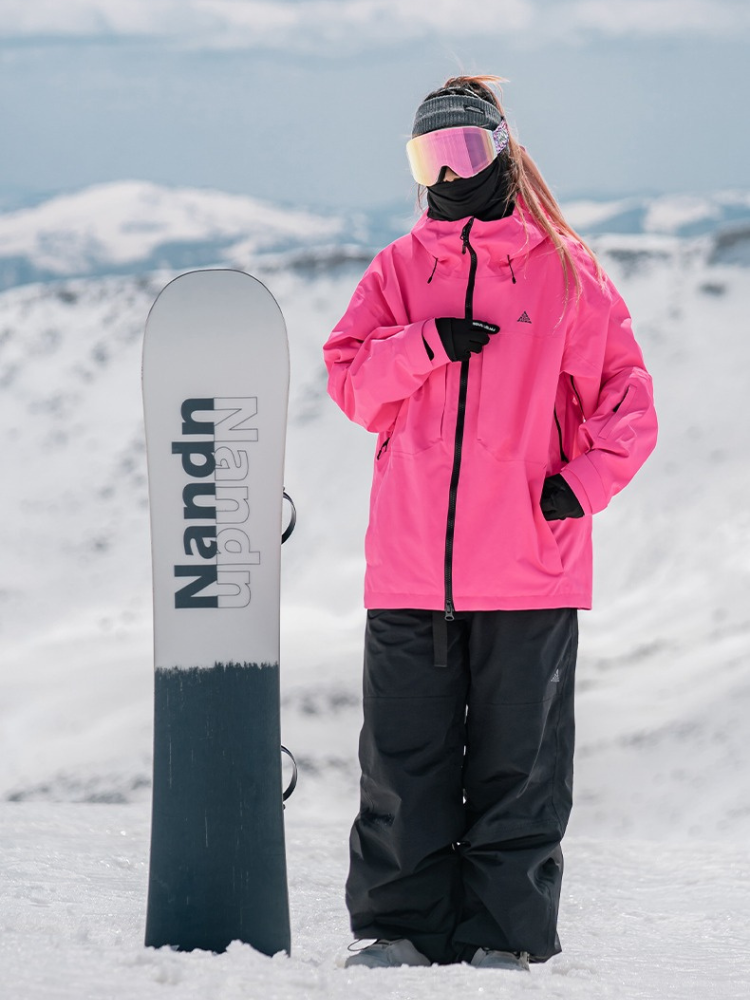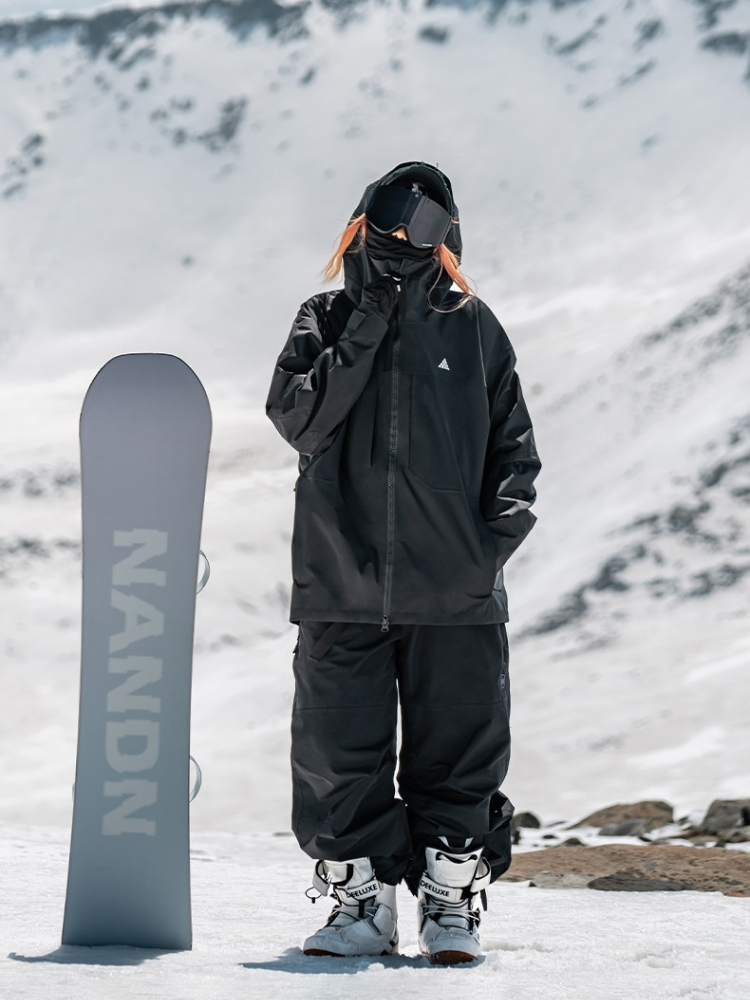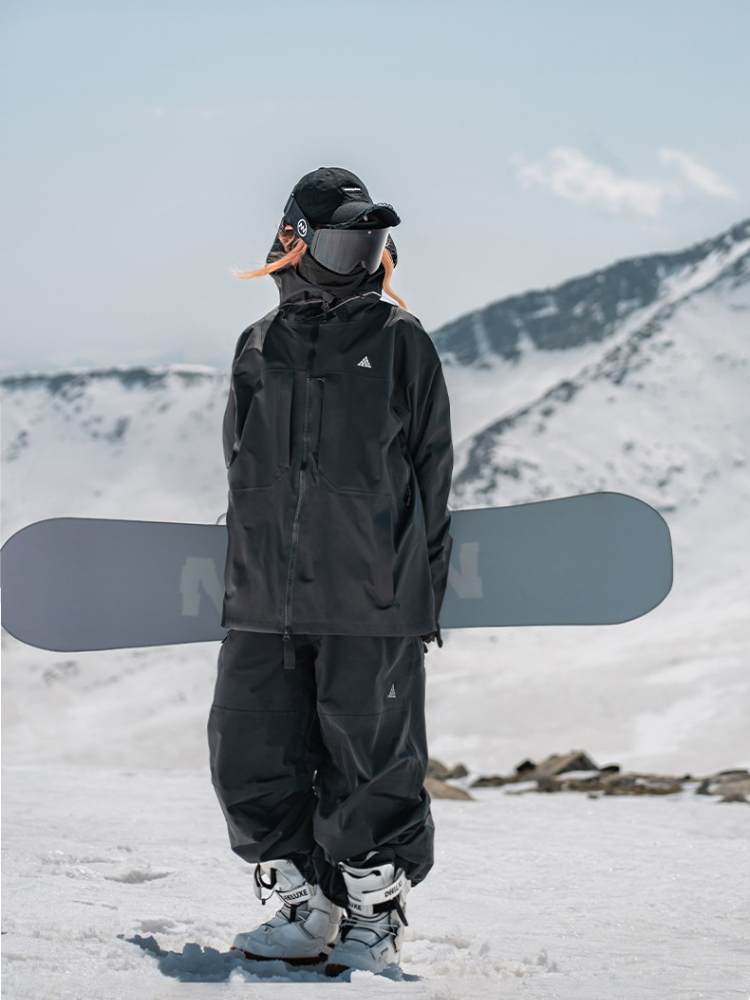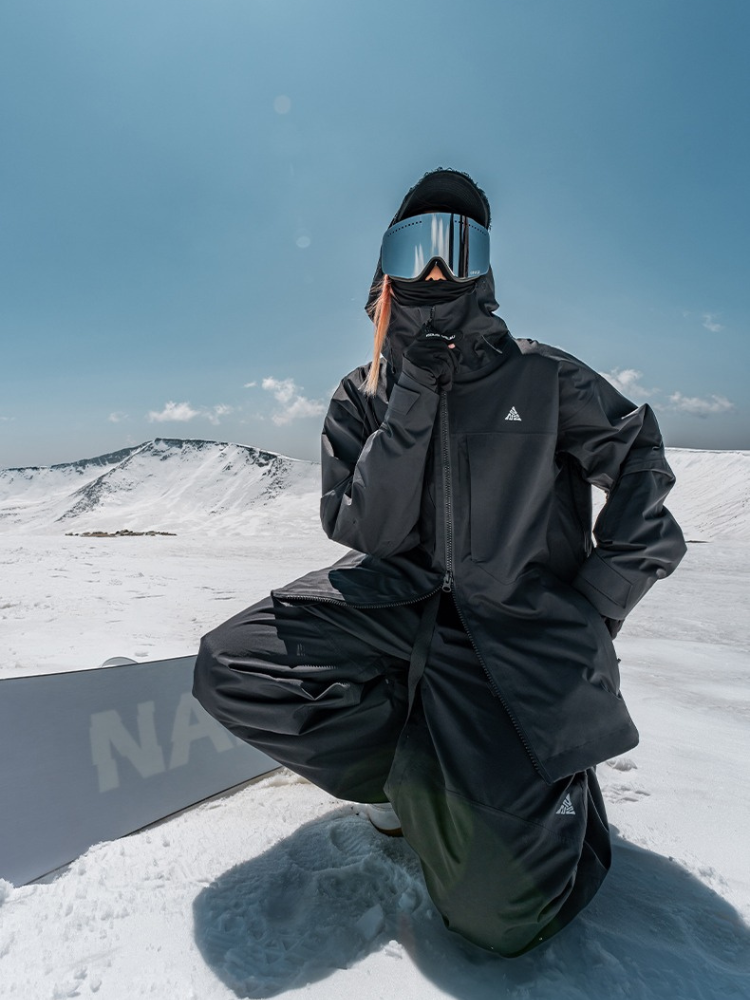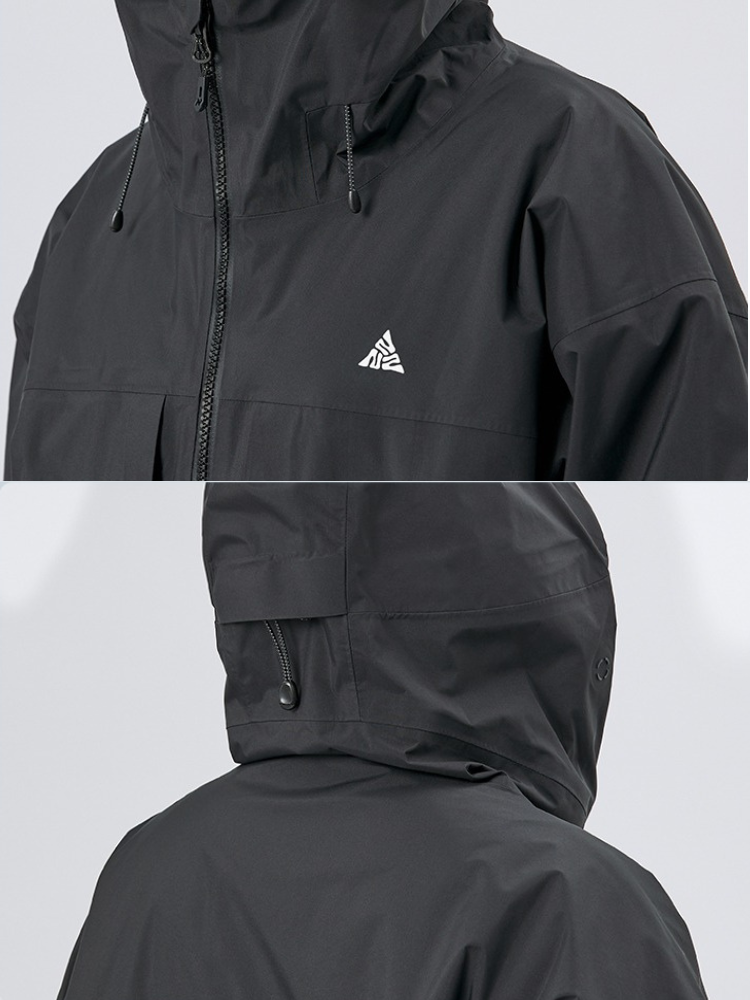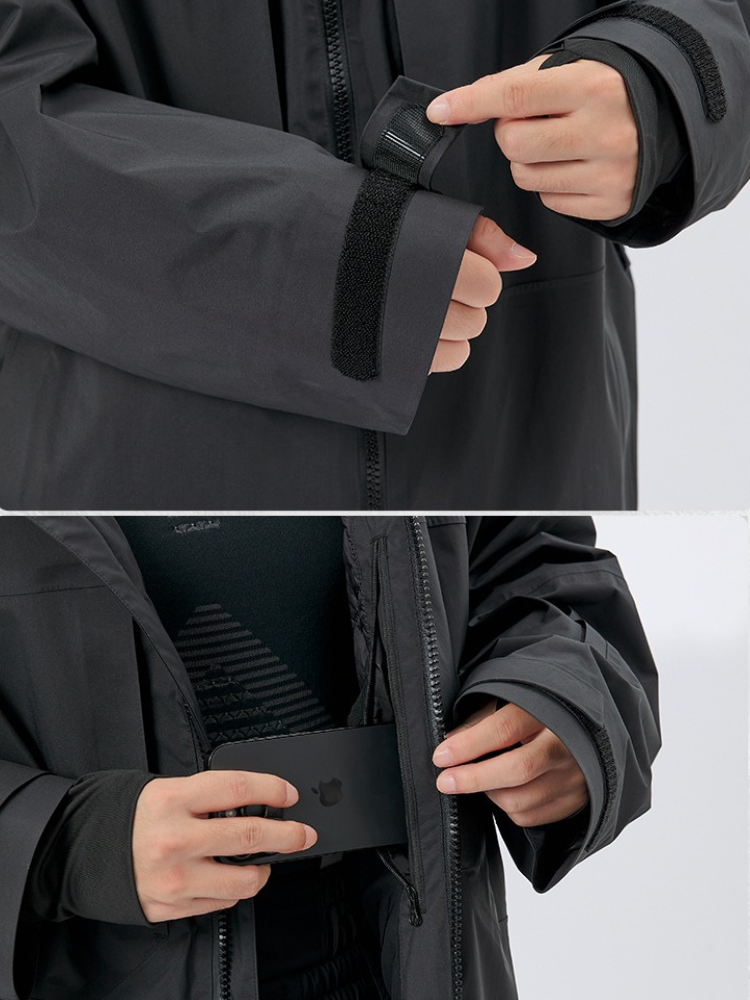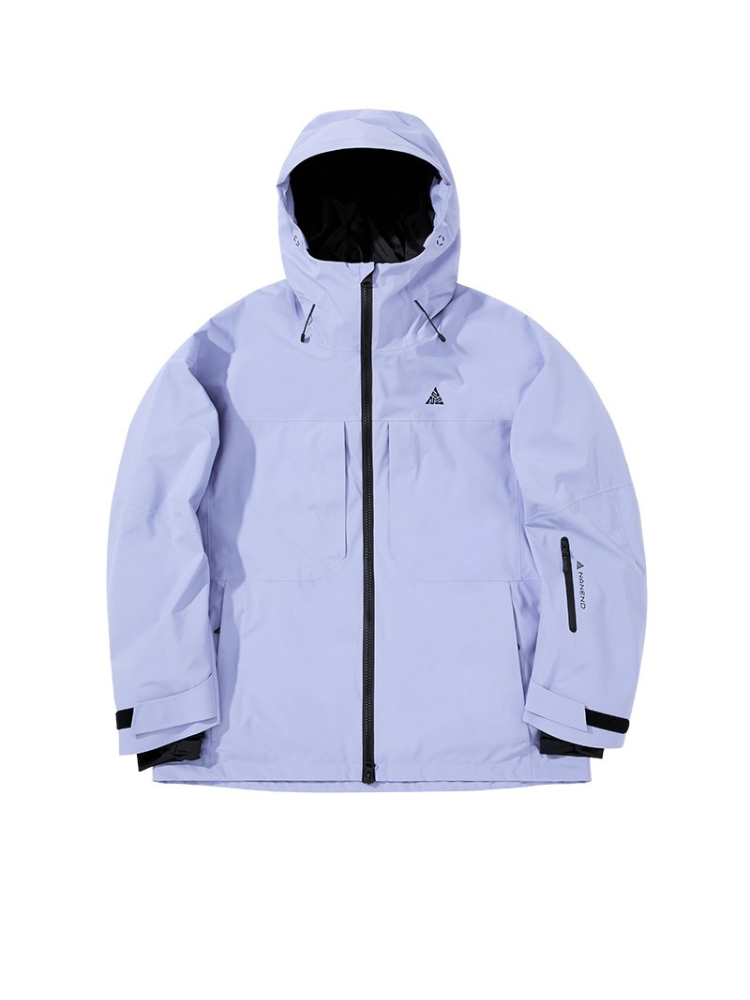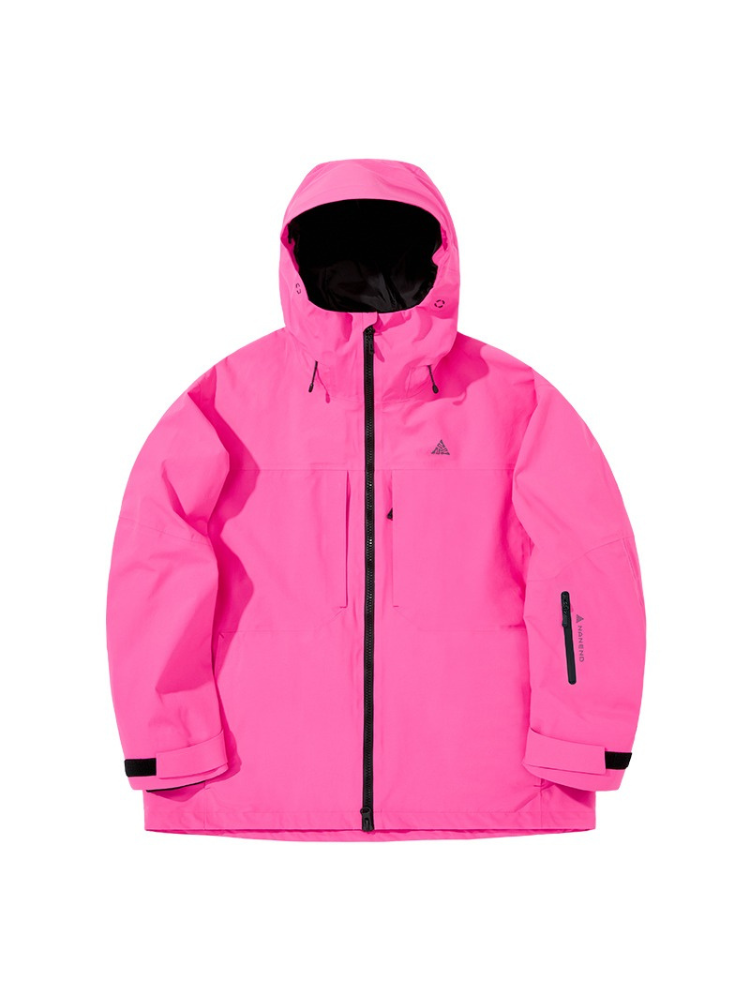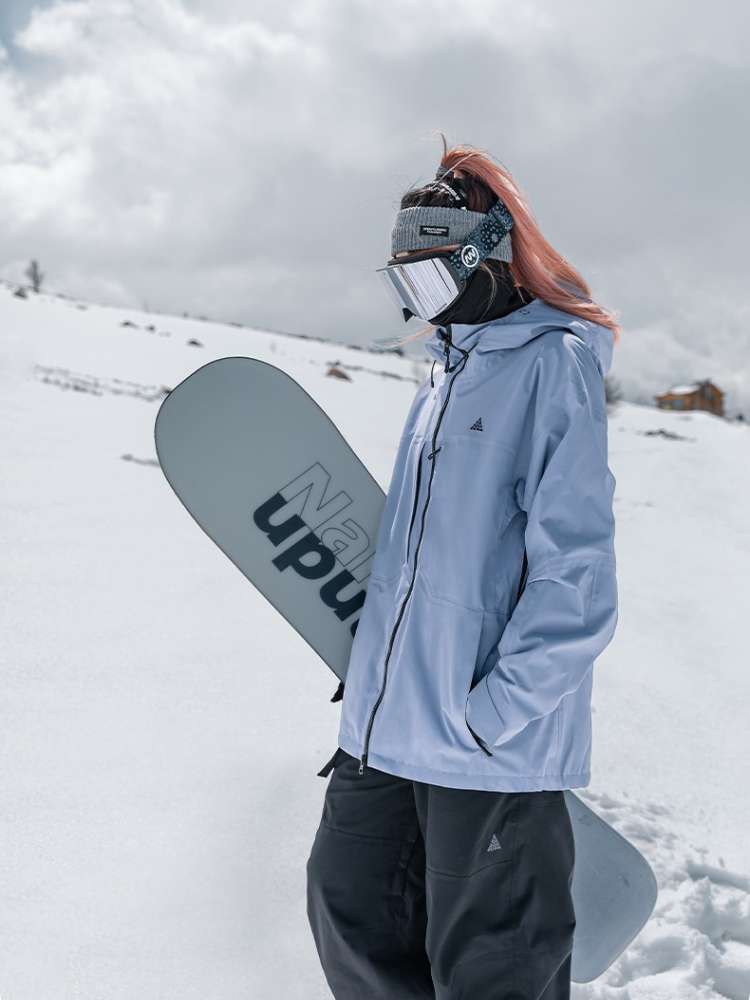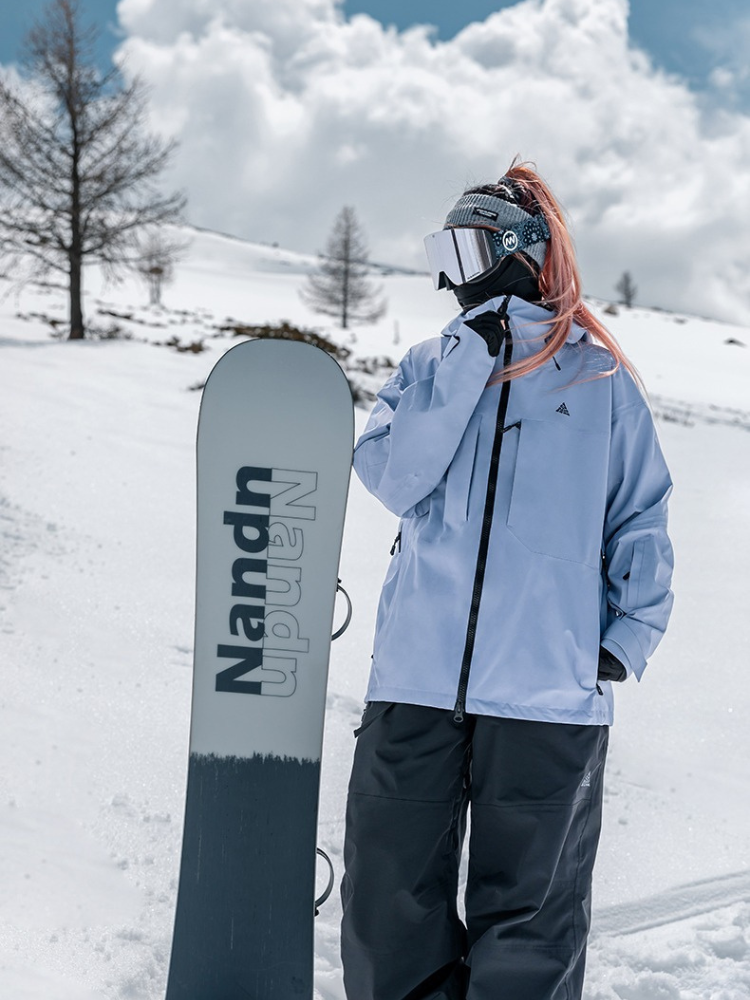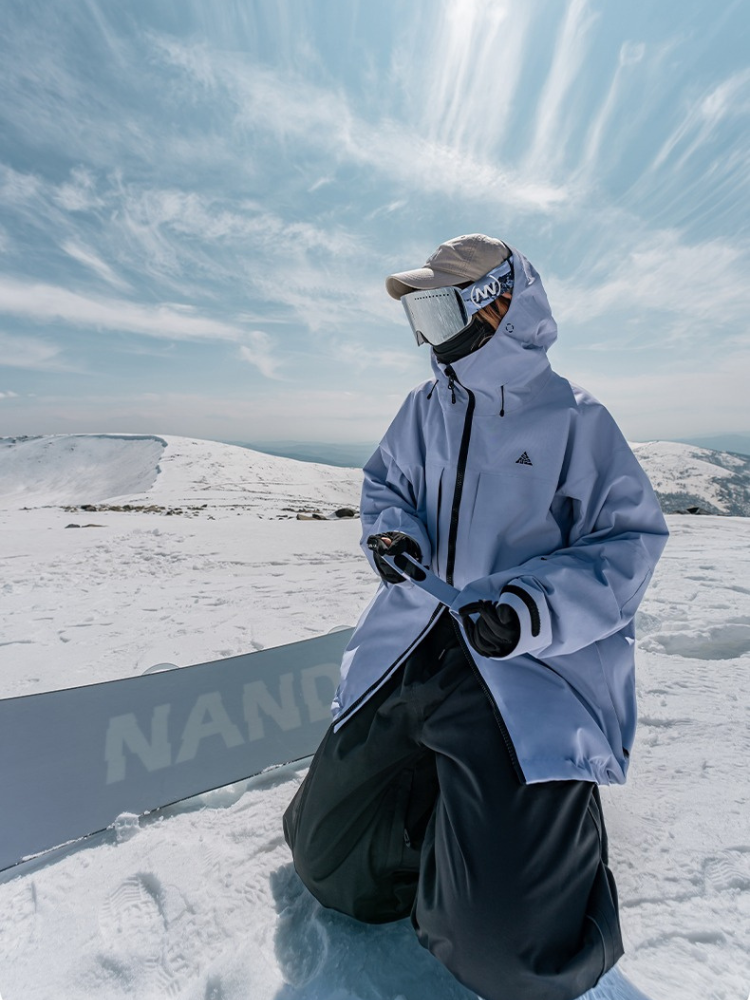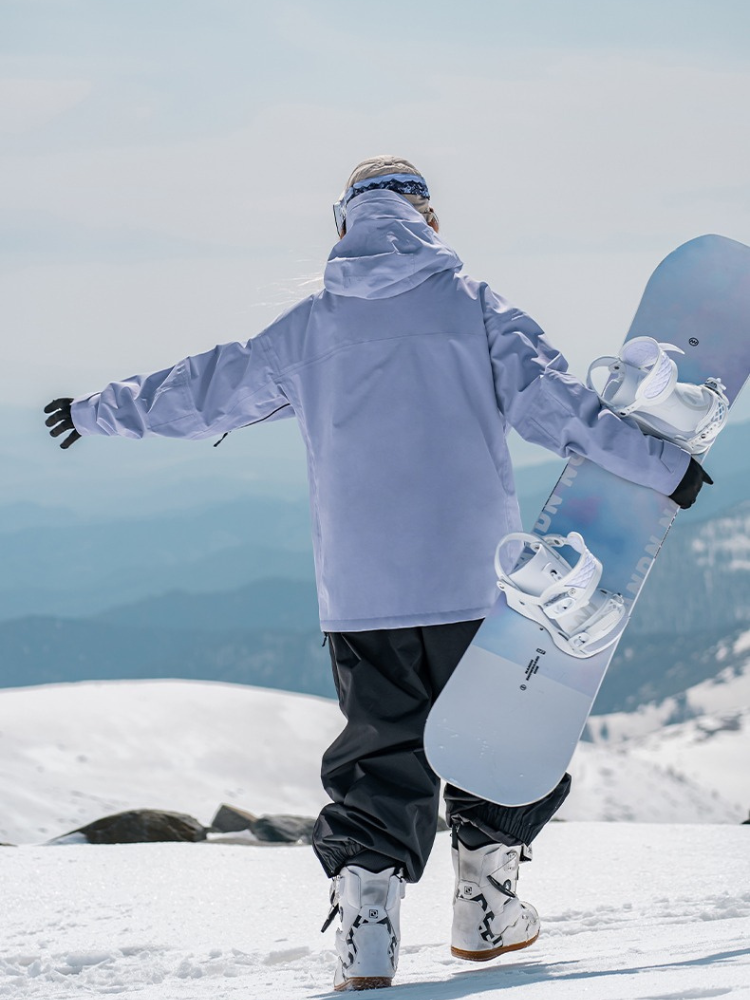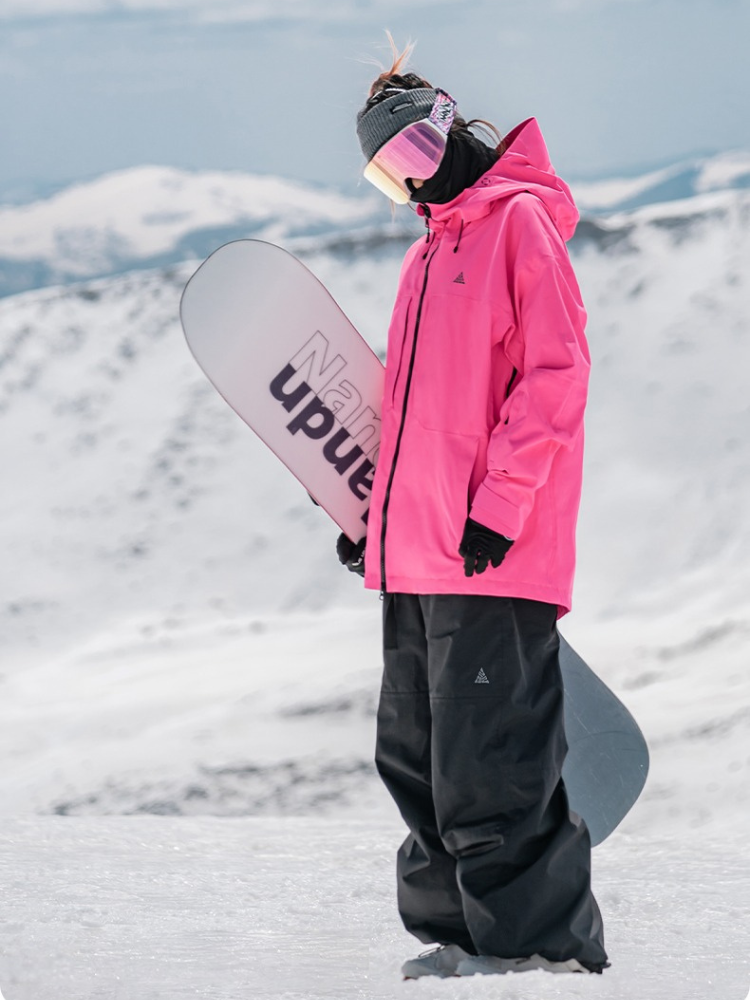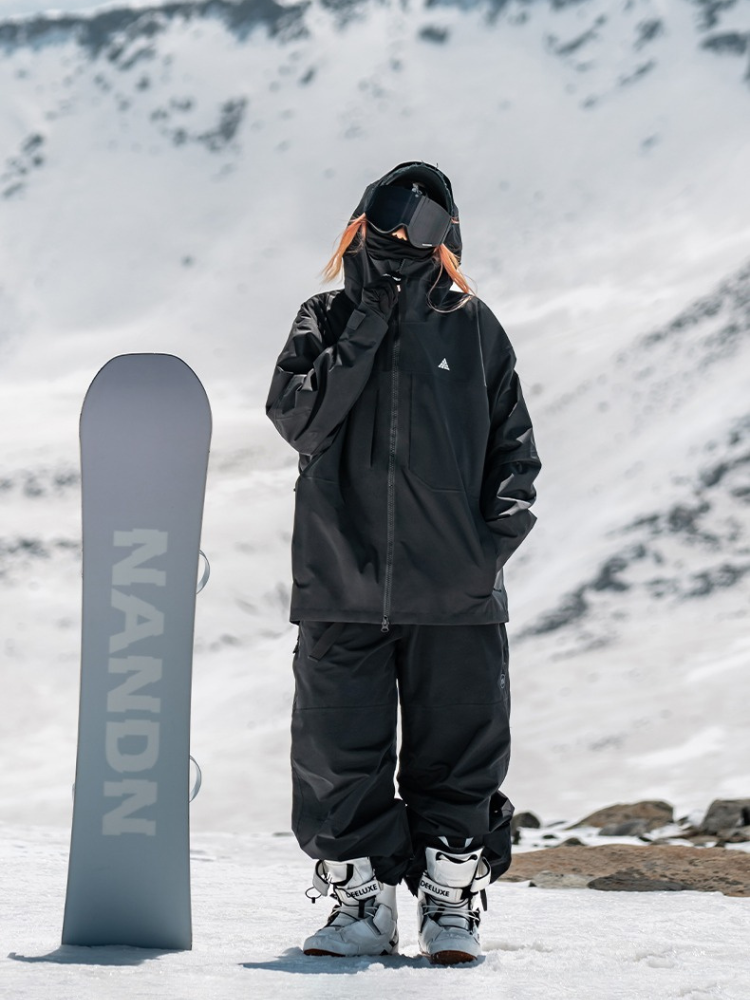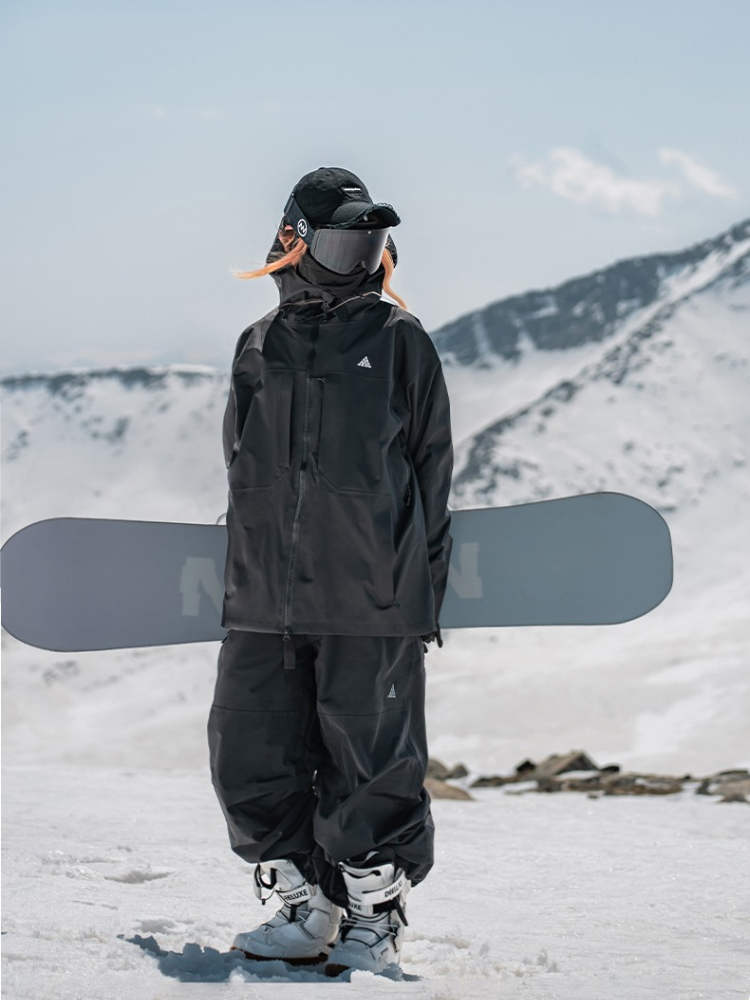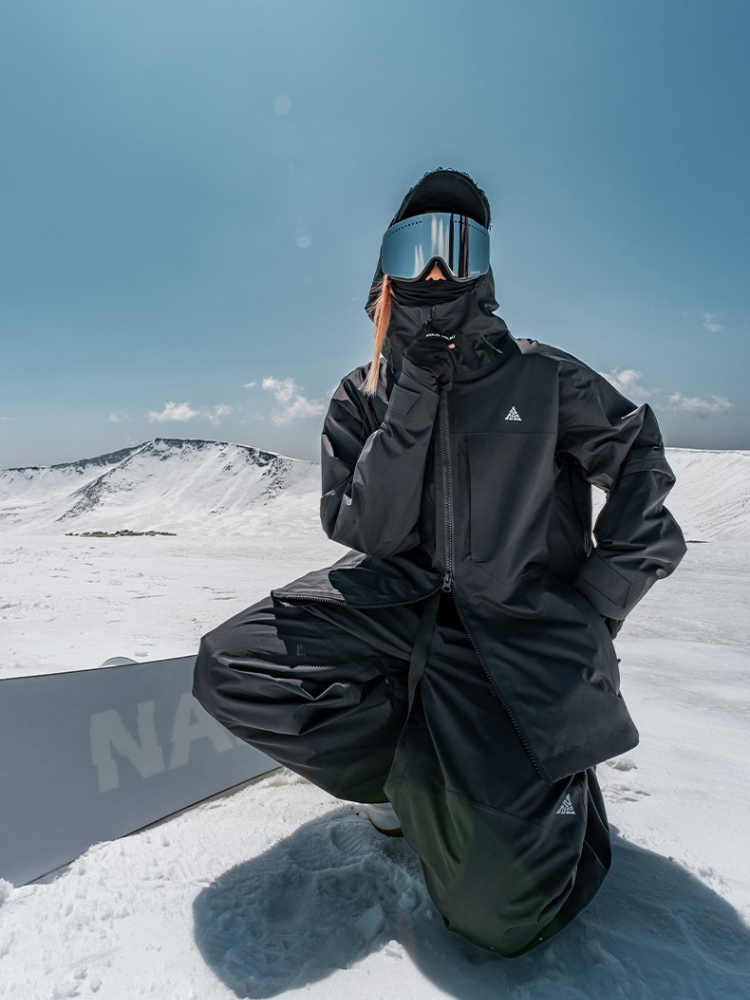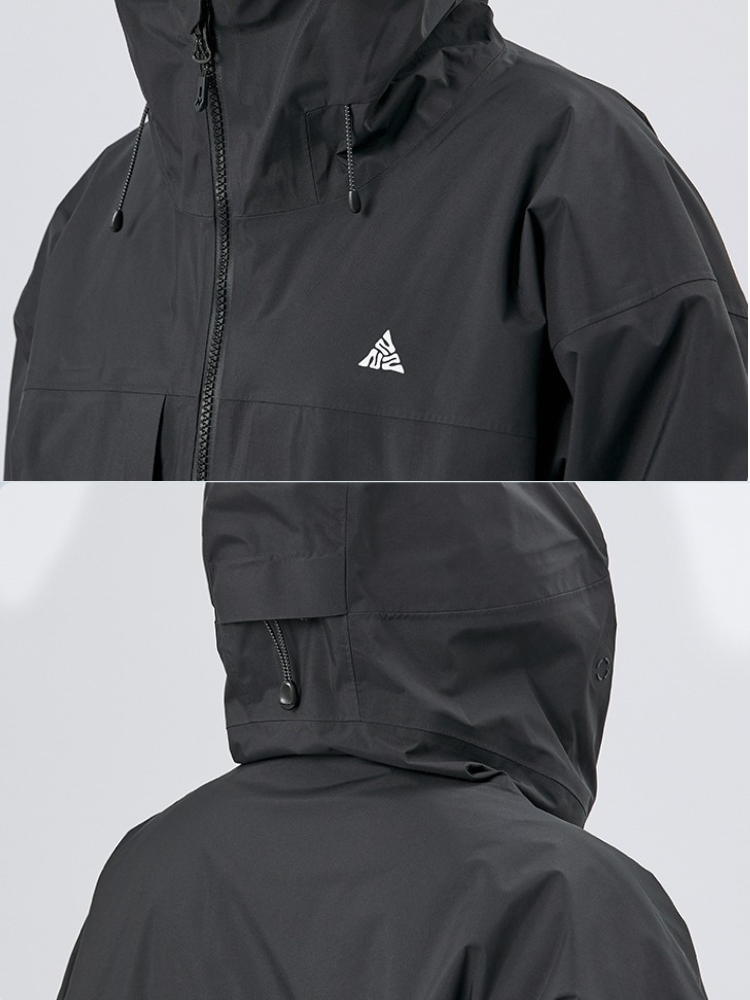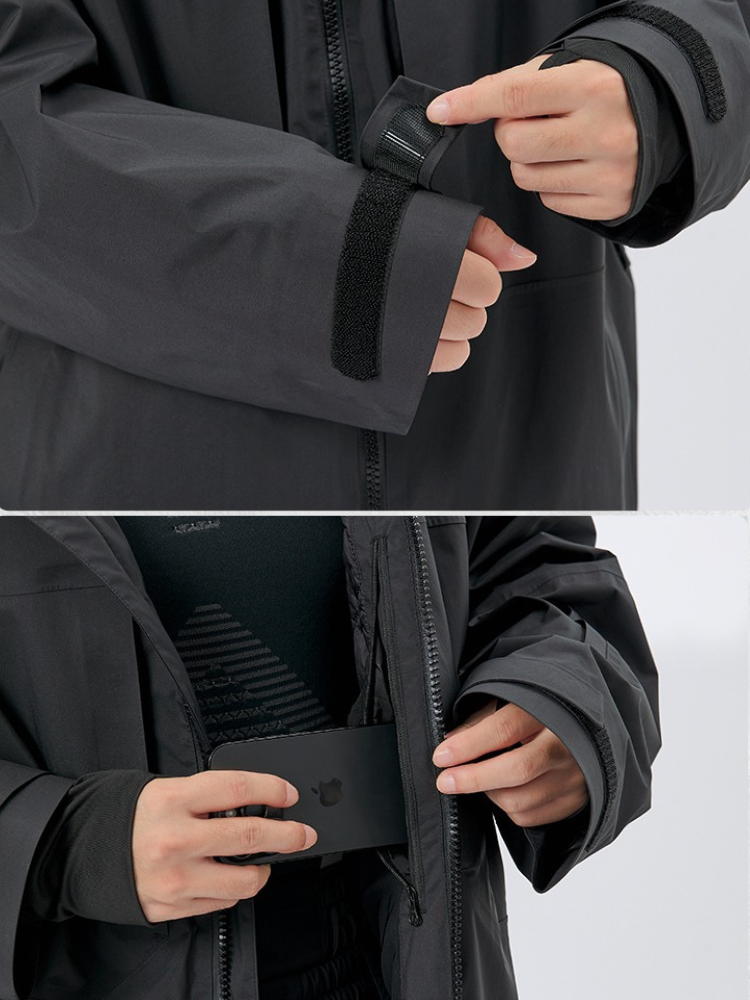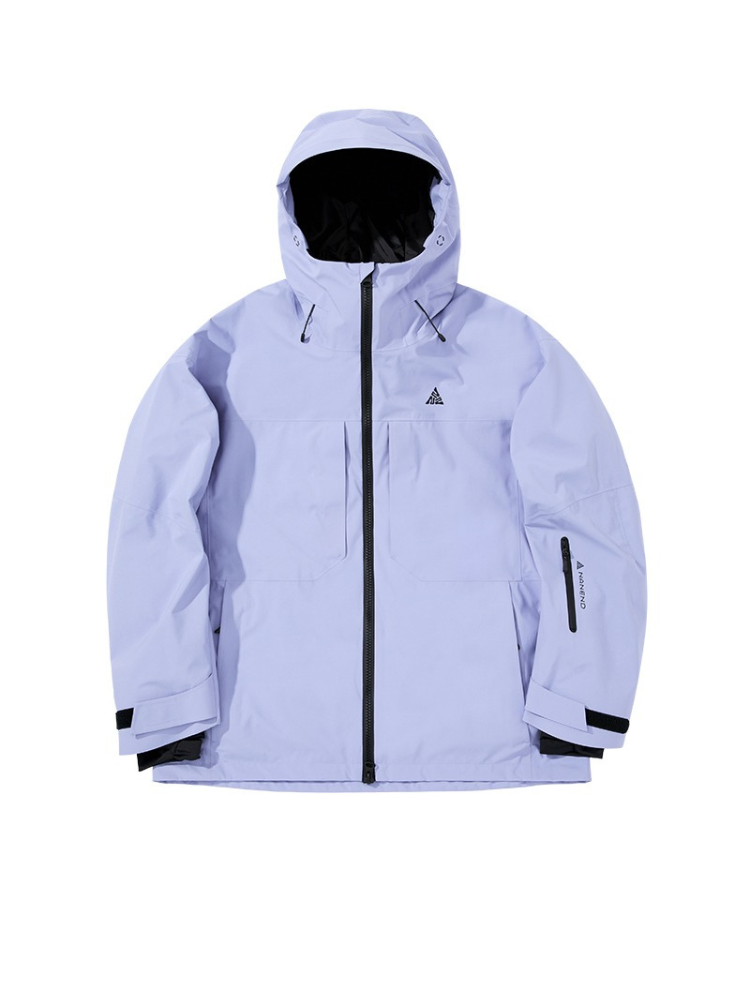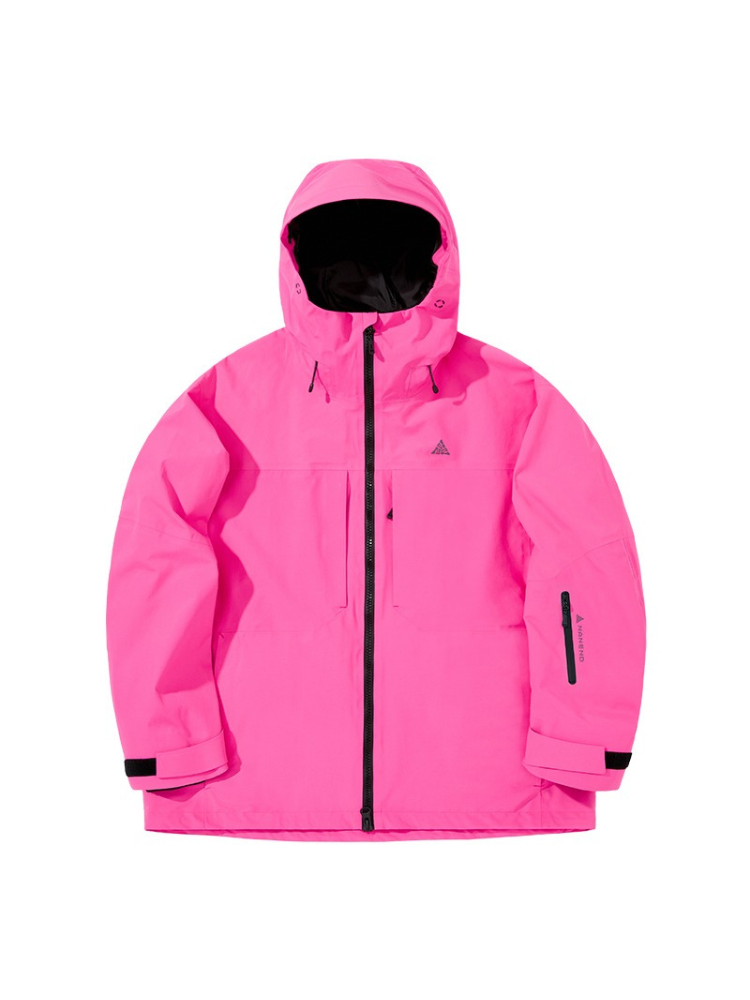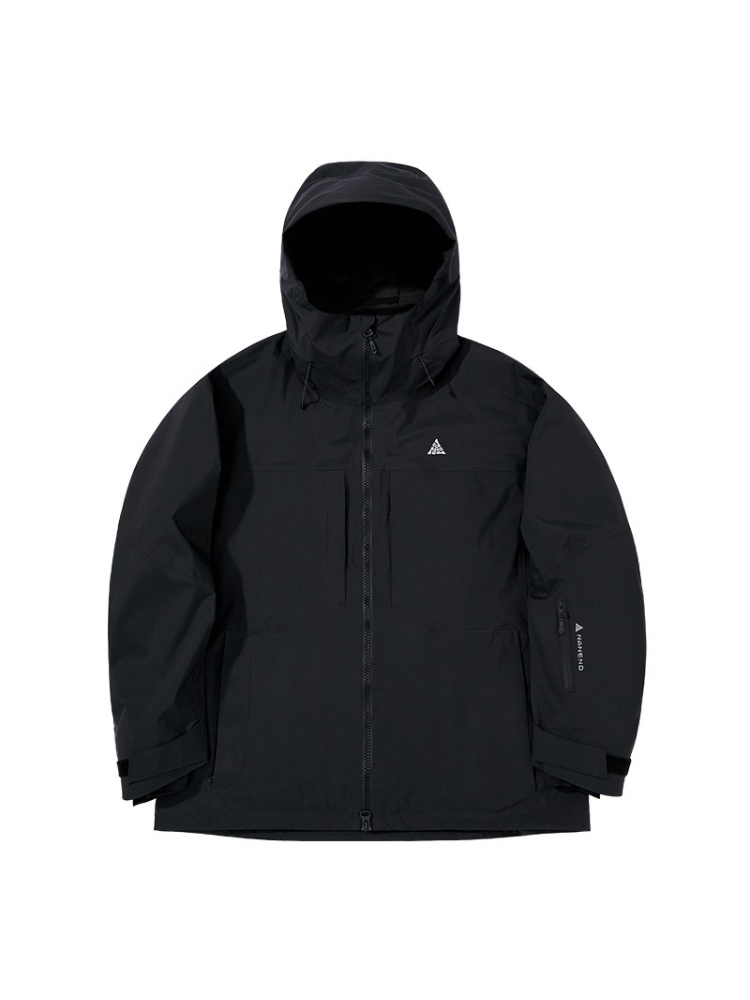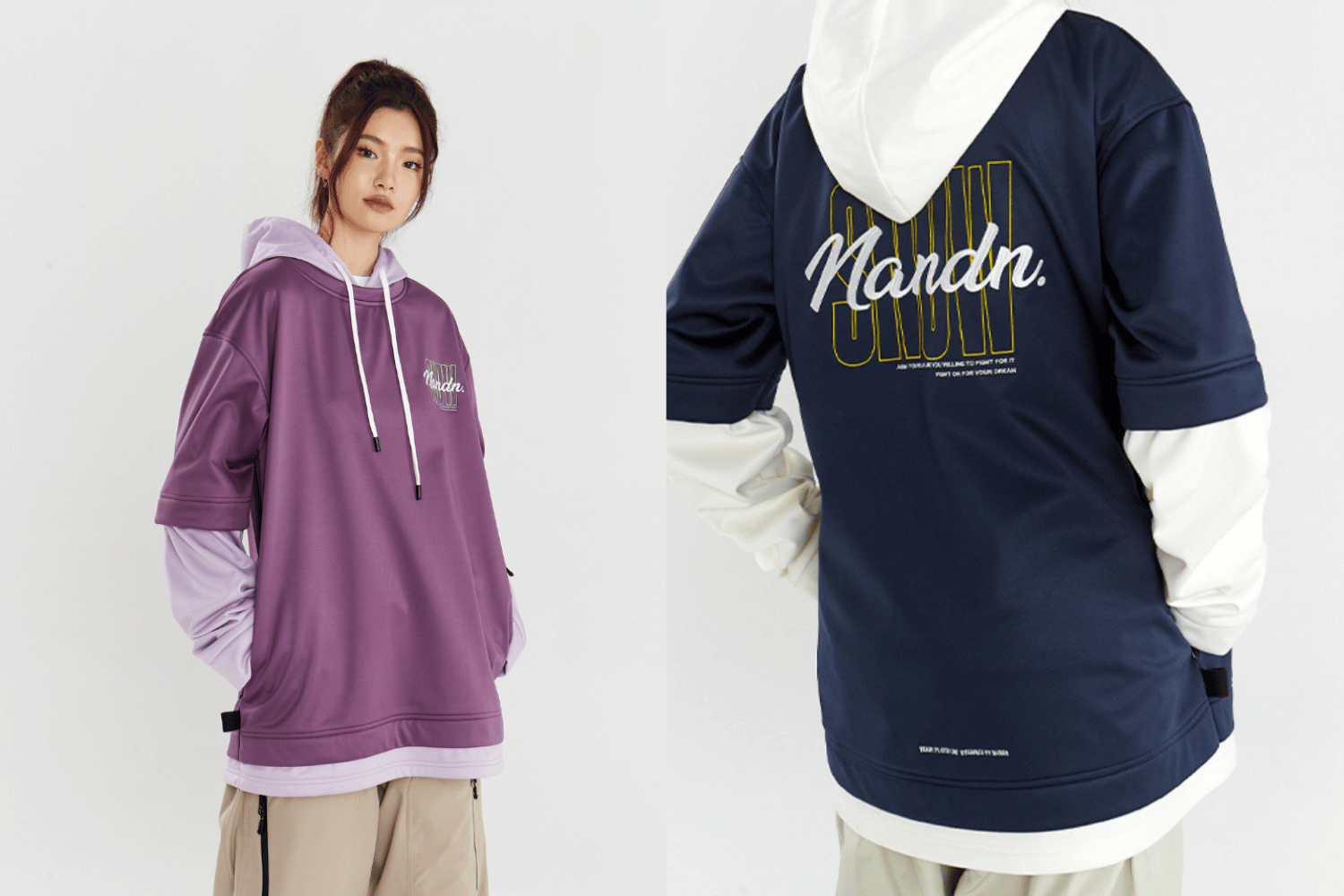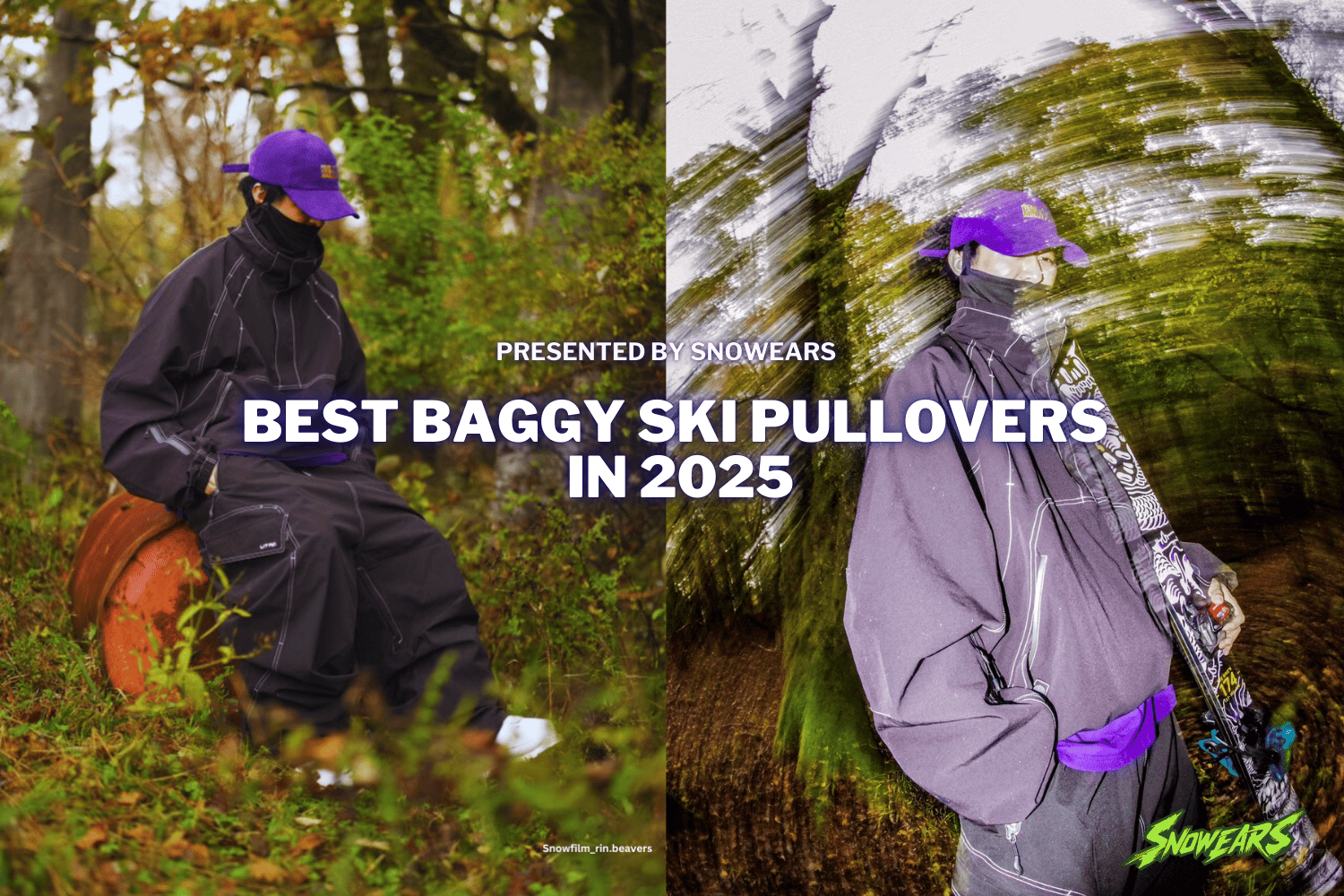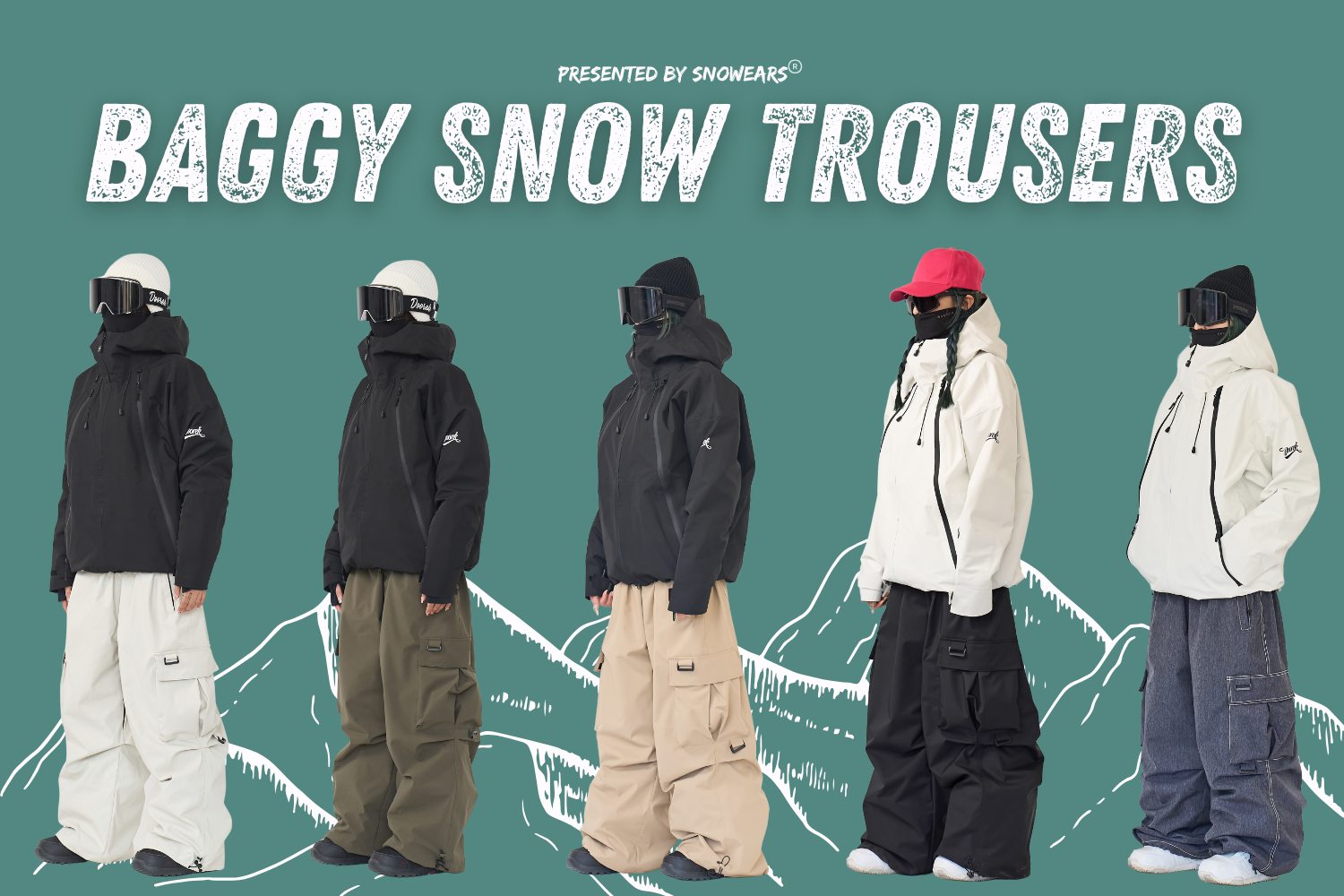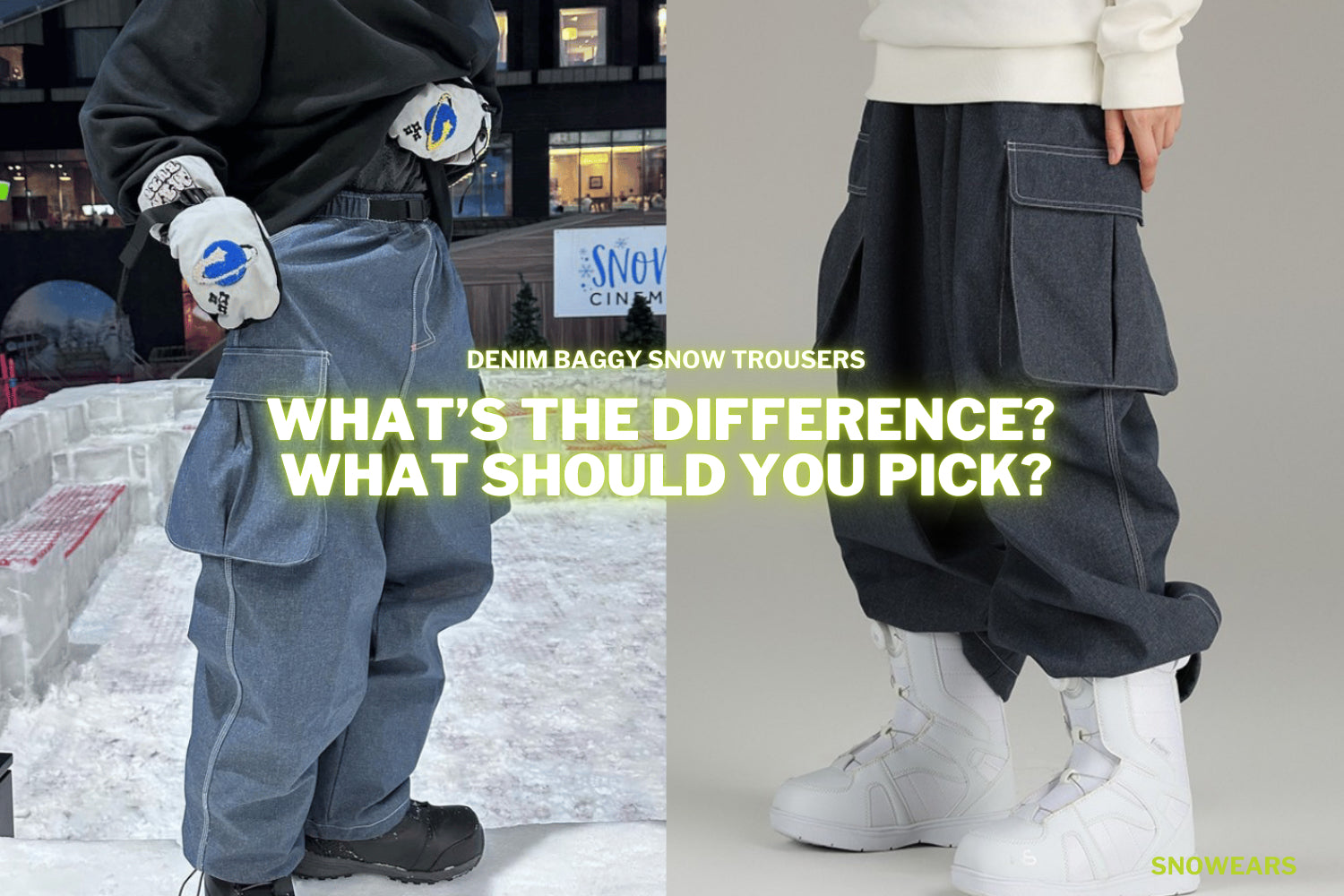Best Women’s Ski Jackets 2025: Top Picks for Warmth & Weather Protection
Cecilia Wong
August 20, 2025
Best Women's Ski Jackets of 2025 | Snowears
Pre-intro
I tested 10 products and found the LITAN Gateway Shell Pullover Jacket to be the best women's ski jacket
Intro
I’ve tested enough outerwear to know what separates the best ski jackets from the rest. That’s why you can trust me to cut through the noise and steer you to pieces that actually perform.
My top pick this season is the LITAN Gateway Shell Pullover Jacket. It stands out for its balance of protection and mobility, proving why it deserves the spotlight among the best women’s ski jackets. In testing, it handled storm days like a true shell while staying light enough for long tours—a rare combination that puts it ahead of many best ski shell jackets.
Of course, the “best” depends on what you need. If warmth is your priority, the best insulated ski jackets might suit you better. Budget-conscious skiers will appreciate options in the best budget ski jackets category. Style-driven riders chasing fresh looks can lean on Winter Ticket Ski Jackets, while those shopping for the best men’s ski jackets will find equally capable picks.
In short, there’s a jacket here for every skier. Keep reading to find the one that’ll keep you comfortable, dry, and stoked all season long.
- Introduction
- Best Overall Women's Ski Jackets
- Best Budget Women's Ski Jackets
- Best Insulated Resort Ski Jacket
- Most Versatile
- Best For Ski Touring
- Best For Cold Days
- Best Ventilation
- Best For Freeride
- Most Eco-Friendly Shell
- Best Women's Ski Jacket Under $100
- What To Consider When Buying Women's Ski Jackets?
- Conclusion
Table of Content
#1 - Best Overall Women's Ski Jackets
LITAN Gateway Shell Pullover Jacket
The Litan Gateway Shell Pullover Jacket stands out for its minimalist design and technical performance. With a durable waterproof shell, streamlined pullover fit, and practical features like large chest storage and adjustable hood, it’s a jacket that thrives in mixed conditions.
It’s light enough for sidecountry laps but tough enough for resort storms—ideal for skiers who want versatility without bulk.
Pros
- Reliable waterproofing and wind resistance
- Lightweight build keeps movement unrestricted
- Pullover style with a big chest pocket adds functional storage
- Adjustable hood fits over helmets easily
Cons
- Pullover entry isn’t as convenient as a full zip
- Lacks insulation
Detailed review
The Litan Gateway Shell Pullover Jacket is made for skiers who want a dependable outer layer without extra weight. Its waterproof shell holds strong in storms, while the pullover design reduces zippers and seams that can fail over time.
The large chest pocket is both functional and stylish, offering space for small essentials without restricting motion.
A weatherproof shell built for serious skiers who want lightweight freedom and storm-ready protection.
Score: 4.6/5
That said, it’s a true shell—no insulation—so pairing it with quality base and midlayers is a must in freezing conditions. The pullover entry takes some getting used to, but rewards you with a cleaner, more protective fit once on.
For riders chasing powder, hitting the resort, or dipping into the backcountry, the Gateway Pullover delivers balanced performance in a sleek package.
#2 - Best Budget Women's Ski Jackets
Doorek GlideFlow Shell Baggy Ski Pants
The Doorek GlideFlow Shell Baggy Ski Pants strike that rare balance between street-inspired freeride style and true mountain-ready protection. Built with a waterproof-breathable shell, a relaxed unisex fit, and functional pocketing, they’re dialed for park laps, powder stashes, and everything in between.
Lightweight enough for layering yet rugged enough to take hits, these pants deliver both confidence and freedom of movement.
Pros
- Stylishly oversized fit with a full range of motion
- Durable waterproof shell keeps snow and slush out
- Versatile for both skiing and snowboarding
- Well-placed pockets for essentials
Cons
- Not insulated
- A baggy fit may feel excessive for those preferring a tailored cut
Detailed review
The Doorek GlideFlow Shell Baggy Ski Pants are designed with a freeride spirit—loose, comfortable, and unfussy, yet serious where it counts. Their shell construction sheds snow and moisture, making them ideal for long park sessions or deep storm days when paired with a solid base layer. The relaxed cut isn’t just about style; it gives you unrestricted motion, whether you’re tweaking grabs or navigating tree lines.
Playful, protective, and purpose-built for all-day riding—an easy go-to for skiers and snowboarders who want baggy style without compromising performance.
Score: 4.5/5
While the pants don’t come insulated, that’s part of the versatility—layer light for spring laps or bulk up with thermals when temps plunge. The oversized aesthetic won’t be for everyone, but if you’re after a modern look that performs in real mountain conditions, the GlideFlow hits the sweet spot.
These pants prove you don’t need to sacrifice protection for style—you get both in a package that feels right at home on rails, cliffs, and powder pillows alike.
#3 - Best Insulated Resort Ski Jacket
Doorek 3L Baggy Realm Down Ski Jacket
The Doorek 3L Baggy Realm Down Ski Jacket combines a waterproof 3-layer shell with down insulation for unmatched protection in brutal cold. Its oversized fit delivers freeride flair, but the bulk makes it less ideal for lightweight touring.
Pros
- 3L waterproof shell with premium down insulation for unmatched weather protection
- Baggy freeride fit allows layering and unrestricted movement
- Reinforced durability in high-wear zones
- Style-forward design with streetwear crossover appeal
Cons
- A heavier build reduces packability and breathability
- Overkill for warmer days or long backcountry ascents
Detailed review
The Doorek 3L Baggy Realm Down Ski Jacket is engineered for riders who won’t compromise when the mountain gets rowdy. The 3-layer waterproof construction is paired with lofty down fill, creating a rare hybrid that excels in both storm protection and thermal efficiency.
Reinforced panels in high-friction areas add confidence when threading tight trees or carrying skis on your shoulder.Its defining feature, though, is the fit.
The baggy silhouette not only serves up freeride style points but also allows layering flexibility and unrestrictive movement—ideal when the day calls for deep powder stashes or back-to-back lift rides.
All-weather fortress with lofty warmth and street-ready style, but too heavy for fast-paced touring.
Score: 4.6/5
Still, the same insulation and heft that make it unbeatable in midwinter blizzards hold it back in warmer or high-output scenarios. Touring skiers will find it too warm and heavy to justify the uphill grind.
For dedicated resort skiers and anyone chasing big storm cycles, however, the Baggy Realm is a jacket that delivers both performance and presence.
#4 - Most Versatile
NANEND Arc 3L RECCO® Shell Ski Jacket
The NANEND Arc 3L RECCO® Shell Ski Jacket is built for skiers who want maximum protection without excess weight. A 3-layer waterproof fabric, taped seams, and integrated RECCO® reflector make it a fortress in harsh conditions. The freeride fit balances layering space with mobility, though the fabric feels rigid at first.
Pros
- 3L waterproof shell with taped seams
- RECCO® reflector for added safety
- Freeride fit with helmet-compatible hood
- Durable build for long-term use
Cons
- Fabric is stiff until broken in
- No insulation—requires layering
Detailed review
The NANEND Arc 3L RECCO® Shell Ski Jacket sits at the intersection of freeride style and uncompromising technical performance. Its 3-layer fabric and taped seams shrug off heavy snow and sideways winds, while the helmet-compatible hood and high collar keep you sealed from exposure.
On storm days, it feels like wearing a shield.Practical features stand out: pit zips for dumping heat fast, large pockets that don’t interfere with harnesses or hip belts, and a RECCO® reflector integrated for extra mountain safety. The cut is freeride-inspired—roomy enough for a midlayer, but not sloppy—so it feels agile whether you’re carving corduroy or dropping into powder lines.
A sleek, storm-ready shell with technical precision and freeride edge. Perfect for resort laps and big-mountain pushes, but not the warmest for deep winter standstills.
Score: 4.6/5
Like most hard shells, the Arc can feel stiff right out of the box. A few days of riding softens it up, leaving behind a jacket that’s as tough as it is reliable. Since it’s uninsulated, pairing it with a solid midlayer is key for sub-zero resort laps.
For skiers who prioritize storm protection, safety, and longevity, this jacket is an investment piece designed to handle seasons of hard use without compromise.
#5 - Best For Ski Touring
Ortovox Mesola Jacket
The Ortovox Mesola Jacket is purpose-built for ski touring efficiency. Its merino softshell design wicks sweat fast, regulates warmth, and resists odor, making it ideal for long days on the skintrack. Reinforced Dermizax NX panels add wind and light snow protection without compromising breathability.
While it’s not designed for full-on storm riding, its lightweight build, packability, and comfort make it a standout choice for dedicated backcountry skiers.

Pros
- Exceptional breathability for uphill touring
- Merino lining feels soft, warm, and odor-resistant
- Packs down small for stashing in a pack
- Functional details like cuff design and two-way zipper
Cons
- Not intended for storm-level weather protection
- Requires layering in harsher conditions
Detailed review
Ortovox’s Mesola Jacket is designed for skiers who want to move efficiently in the backcountry. The merino wool softshell places fine, non-itchy fibers against the skin, which keeps sweat under control while adding a cozy, odor-resistant feel.
Reinforced Dermizax NX panels on the hood, chest, shoulders, and upper arms shield against wind and light snow without killing breathability. The result is a jacket that stays dry and comfortable on big climbs and transitions seamlessly to the descent.
A touring-focused softshell that thrives on high-output missions, with unmatched breathability but limited storm protection.
Score: 4.3/5
Its lightweight design means it packs down easily when the sun comes out, but it still holds warmth during cold ascents. For hotter missions, chest pockets double as vents to further regulate airflow.
While the Mesola isn’t meant to be your sole defense in a storm, pairing it with a shell or light puffy covers the gap. Testers praised its elastic cuffs that tuck under gloves, and the two-way zipper that makes it harness-friendly for technical touring. Add in climate-neutral construction, and you’ve got a jacket that balances sustainability with performance.
#6 - Best For Cold Daysc
NANEND 3L Chill Insulated Jacket
The NANEND 3L Chill Insulated Ski Jacket combines a fully waterproof 3-layer shell with built-in insulation, making it ideal for cold resort laps and storm days. It’s protective, durable, and comfortable without bulky layering—but less suited to high-output touring.
Pros
- 3L waterproof shell with insulation
- Warm without heavy layering
- Pit zips, powder skirt, and helmet hood
- Durable freeride fit
Cons
- Too warm for touring
- Heavier than true shells
Detailed review
The NANEND 3L Chill Insulated Ski Jacket delivers a rare mix of toughness and warmth that makes it a top choice for serious resort riders. The 3-layer waterproof shell defends against sideways snow and dripping lift rides, while the integrated insulation keeps you toasty even when the mercury drops into single digits.
Unlike many insulated jackets, the Chill avoids a puffy or restrictive feel thanks to its refined freeride cut, giving it both comfort and style points. Functional features seal the deal: pit zips prevent overheating on bootpacks, a helmet-compatible hood shields from gusts, and a powder skirt keeps snow from sneaking in. The jacket feels purpose-built for storm days and long chairlift sessions, removing the constant hassle of stacking layers.
A stormproof insulated shell that balances warmth, protection, and freeride style. Excellent for resort skiers and cold-weather riders, but overkill for ultralight missions.
Score: 4.6/5
Where it’s less versatile is in high-output scenarios. On backcountry tours or warmer spring afternoons, the built-in insulation may run hot compared to a true shell. But for the majority of skiers—especially those who ski cold resorts or chase powder days—the Chill stands out as a dependable, premium insulated jacket that combines warmth, weatherproofing, and rugged build quality in one package.
#7 - Best Ventilation
NANDN 3L Ultimate Insulated Snow Jacket
The NANDN 3L Ultimate Insulated Snow Jacket is a fortress against winter’s worst. Combining a fully waterproof 3-layer shell with advanced synthetic insulation, it keeps riders warm, dry, and confident whether hammering resort laps or charging powder lines. Heavy-duty construction and smart features seal the deal, though breathability takes a backseat for those who tour.
Pros
- 3L waterproof shell with premium insulation
- Exceptional warmth without bulky layering
- Helmet-compatible hood and powder skirt
- Rugged build built for seasons of use
Cons
- Runs hot for uphill or spring conditions
- Slightly heavier than minimalist shells
Detailed review
The NANDN 3L Ultimate Insulated Snow Jacket lives up to its name. A fully seam-sealed 3-layer shell guarantees stormproof protection, while its insulation delivers consistent warmth that eliminates the need for heavy midlayers. Resort riders will appreciate details like pit zips, a helmet-ready hood, and a powder skirt that locks in heat and keeps snow out.
Built for the coldest, stormiest days when only maximum protection will do. Not the lightest for uphill pushes, but unbeatable in warmth and durability.
Score: 4.6/5
Where it sacrifices is breathability. On warmer bluebird days or backcountry skin tracks, it can feel overbuilt. But for skiers who ride lifts, chase powder storms, and want a jacket that shrugs off seasons of abuse, the Ultimate Insulated is exactly that—ultimate.
#8 - Best For Freeride
Scott Vertic Ripstop 3-Layer Jacket
The Scott Vertic Ripstop 3-Layer Jacket is designed for skiers who split time between storm laps inbounds and tours beyond the ropes. Its durable ripstop fabric, waterproof/breathable construction, and freeride-oriented cut provide confidence in a wide range of conditions.
While sizing runs large and the shell lacks stretch, the overall package balances protection, breathability, and value for riders who want one jacket to cover most scenarios.

Pros
- Technical features tailored for skiers, including a built-in goggle wipe
- Ripstop face fabric feels tough without compromising breathability
- Strong price-to-performance ratio
Cons
- Generous sizing may overwhelm slimmer body types
- Less stretch than competing shells
Detailed review
The Scott Vertic Ripstop 3-Layer Jacket proves that freeride flair doesn’t have to come at the expense of function. Testers praised its ability to shed rain, snow, and heavy wind without ever feeling swampy inside, even during high-output skin tracks.
The burly ripstop face fabric adds durability compared to softer shells, making it a reliable partner for tree runs, rail slides, and sidecountry missions alike. Storage is dialed, with pockets placed where skiers need them, and little touches—like the built-in goggle wipe—add everyday convenience.
A versatile freeride shell that delivers dependable weather protection and thoughtful details at a solid price, though its roomy fit won’t suit everyone.
Score: 3.7/5
The fit, however, is decidedly roomy. While that translates to easy layering with puffy midlayers on frigid days, it may feel excessive for leaner skiers who prefer a trimmer silhouette. Mobility is also a bit restricted compared to stretch-woven competitors, though most testers found the extra space compensated well.
Ultimately, the Vertic Ripstop 3L shines as a do-it-all freeride jacket: burly enough for blizzards, breathable enough for tours, and stylish enough to wear on or off the mountain.
#9 - Most Eco-Friendly Shell
Patagonia Stormstride Jacket
The Patagonia Stormstride Jacket is designed for backcountry skiers who want sustainability without sacrificing performance. Built from PFAS-free recycled materials in a Fair Trade Certified factory, it combines the durability of a hardshell with the supple feel and breathability of a softshell. Lightweight, packable, and protective, it excels in stormy weather and high-output tours, though pocket space is more limited than some competitors.

Pros
- Eco-friendly build with Fair Trade certification
- Soft, stretchy 3-layer fabric that moves comfortably
- An extended drop-tail hem adds weather coverage
Cons
- Internal pocket runs small for larger items
Detailed review
Patagonia’s Stormstride Jacket is a purpose-built shell for backcountry travel, blending technical performance with standout sustainability. Testers consistently praised the fabric’s “buttery soft” hand feel, noting it was both quiet and highly breathable, while still shrugging off gusts strong enough to close lifts. The slim fit was flattering yet left enough room for insulating layers, and the drop-tail hem added protection against wind and snow.
A stretchy, eco-conscious hardshell that balances weatherproofing with comfort, but storage limitations hold it back.
Score: 4/5
Instead of a bulky powder skirt, Patagonia opted for a clever shock-cord hem with grippy silicone tape, which kept snow out while maintaining a streamlined feel. Dual external chest pockets offered generous storage—each big enough for a sandwich—while the internal drop pocket proved undersized, best suited for gloves or a Buff rather than skins or a beacon.
A knit polyester backer kept the jacket from feeling clammy even against bare skin, further boosting comfort on high-output climbs. Exceptionally light, packable, and eco-friendly, the Stormstride is best for skiers prioritizing sustainability and breathability in the backcountry.
#10 - Best Women's Ski Jacket Under $100
Wantdo Mountain Hooded
The Wantdo Mountain Hooded jacket is built for skiers who prioritize price above all else. With generous synthetic insulation and a fleece lining, it offers solid warmth and basic weather protection at a fraction of the cost of premium shells.
However, the oversized fit, minimal ventilation, and dated styling keep it from being more than a budget-friendly pick for occasional cold-weather lift laps.

Pros
- Extremely low price point
- Insulated and fleece-lined for dependable warmth
- Multiple pockets for stashing essentials
Cons
- No ventilation; traps heat and moisture
- Boxy, oversized cut with an unflattering fit
- Limited adjustability at the hem lets in drafts
Detailed review
The Wantdo Mountain Hooded jacket is proof that you don’t need to spend big to stay warm on the slopes. Its 240g synthetic insulation and fleece-lined interior provide impressive heat retention, and classic ski features like hand warmer pockets, an internal stash pocket, and a zippered chest pocket keep the basics covered. For skiers on a tight budget or those who only ride a few days a season, that’s often all you need.
An ultra-affordable option that delivers reliable warmth for casual resort days, but its bulk and lack of breathability limit all-around performance.
Score: 2.7/5
But its limitations show up quickly. With no underarm vents, the jacket overheats fast during anything beyond mellow cruising, leaving moisture trapped inside. The oversized, boxy fit adds bulk, restricts mobility, and feels clumsy on the lift. The loose hem also allows cold air to creep in, undermining its warmth. Still, for skiers who want maximum warmth at the lowest possible price, the Wantdo remains a functional—if basic—choice.
What To Consider When Buying Women's Ski Jackets?
Buying a women’s ski jacket isn’t always straightforward. Styles vary widely, and the amount of tech packed into today’s outerwear can make it tough to know what’s really worth paying attention to. While fit and personal preference play a big role, it helps to understand the basics before heading into a shop or browsing online.
For that reason, we’ve outlined a few key points below—things like weather protection, insulation, and features—that can make all the difference between a jacket that just gets you by and one that truly performs on the mountain.
Best Uses: Resort and Backcountry
Ski jackets are built with purpose—resort, backcountry, or both—so we’ve tagged each pick with a “best for.” Resort shells focus on durability, waterproofing, and room for layers. Insulation isn’t essential, but it helps on long lift rides in cold regions. With little concern for weight, these jackets often run longer, looser, and more stylish without losing protection.

For touring, low weight and packability matter most. Stretch fabrics improve mobility uphill, but a premium hardshell is still best when storms roll in. Freeride shells are cut roomy, while touring designs fit closer for efficiency, though both prioritize movement.
Ski Jacket Types
Ski jackets come in three main styles: shell, insulated, and 3-in-1. Your best choice depends on your skiing style and budget. Shells are versatile and popular with both resort and backcountry skiers. Insulated jackets shine in cold resort conditions. And 3-in-1s are budget-friendly, giving you multiple layering options in one piece.
Shell Jackets
Shells excel at wind and weather protection but require layering for warmth. Premium designs use high-end membranes like Gore-Tex for top breathability, while budget shells are heavier and less efficient. Frequent skiers will appreciate the upgrade.
Insulated Jackets
These combine a shell with built-in synthetic fill, making them warm and weather-ready. They’re great for resort skiing, especially on cold chairlift rides, but tend to be heavier and less breathable. Moderate insulation is usually the sweet spot for season-long comfort.

3-in-1 Jackets
These pair a shell with a zip-in midlayer, offering strong value and flexibility. You can wear them together, separate, or mix as needed. Downsides are bulk, limited breathability, and less range of motion, but for casual or budget-minded skiers, they’re hard to beat.
Jacket Layers: 2L vs. 3L
Ski jackets are typically built with 2-layer (2L) or 3-layer (3L) construction. A 2L bonds the shell to a waterproof membrane with a separate liner, while a 3L integrates all three into one streamlined piece. Price reflects the difference—2L jackets, like REI’s $299 Powderbound, cover the entry to midrange market, while most 3L designs run $400 and up.

2L jackets are durable, affordable, and great for resort skiing, but they’re heavier and less breathable. 3L jackets cut weight, vent better, and handle harsh weather with ease, which makes them the clear choice for backcountry missions. For lift-served riders, 2L is plenty; for touring or mixed conditions, go 3L.
Waterproofing
Most ski jackets are waterproof, whether it’s a $200 entry-level model or a premium Gore-Tex shell. This protection comes from waterproof membranes and DWR coatings, which shed snow and block moisture. Backcountry softshells are the main exception, trading weatherproofing for breathability.

Budget options work fine in light snow but can soak through in rain or slush. Midrange 2-layer shells balance cost and protection for resort skiers. For more breathability, 3-layer jackets shine in the backcountry. At the high end, Gore-Tex hardshells deliver the best defense in brutal storms.
Breathability
For resort skiers, breathability is rarely a deal-breaker. While you might sweat on a run, pit zips and layering usually handle excess heat. But for uphill missions or long backcountry tours, ventilation is critical.

Lightweight shells with advanced 3-layer fabrics excel here, offering airflow without sacrificing full protection. Stretchy, thinner face fabrics also breathe better than stiff hardshells. On warmer days, softshells and hybrids push performance even further, prioritizing breathability over maximum weather resistance.
Durability
Ski jackets take a beating, so fabric strength matters. Denier (D) measures thickness: higher numbers mean tougher builds. Resort shells often exceed 100D for maximum protection. Midweight options around 80D, balance durability and mobility. Backcountry shells prioritize weight savings, with thinner 40D fabrics common.

In general, expect burlier fabrics for resort use and lighter, less durable designs for touring.
Weight
For most resort skiers, weight isn’t a dealbreaker. Even heavier options feel fine for full days on the hill. Budget jackets often add ounces by using bulkier fabrics in place of premium materials, which makes them durable but less refined.

Backcountry skiers, however, benefit from lighter builds that reduce fatigue on long climbs. Weight also ties to packability, which isn’t critical inbounds but is key for touring where space is limited.
Common Features
Hoods
While most skiers don’t rely on their hood for downhill laps, it can be invaluable in high winds or stormy weather. A helmet-compatible design seals the gap between your collar and helmet, keeping snow and wind out on frigid lift rides. Look for easy adjustability that won’t block your vision, and test it with your helmet before buying. If you’ll also wear the jacket casually, make sure the hood sits comfortably without one.
Pockets
Plenty of storage is a must if you ski without a pack. Standard hand pockets pair with a zippered chest pocket—great for stashing a phone or wallet where your body heat helps preserve battery life. Some jackets even add insulation here. Internal dump pockets are another favorite, offering a warm spot for gloves, goggles, or skins between laps. On resort-focused models, a sleeve pocket provides quick access to ski passes and RFID gates.
Powder Skirts
Powder skirts (or snow skirts) help seal out snow on deep days or during falls. This elasticized fabric wraps the waist and usually snaps shut at the hem. You’ll find them on most resort and backcountry shells, though weight-conscious designs sometimes leave them out. Detachable skirts are also common, making it easy to transition from skiing to casual use.
Jacket-to-Pant Attachments
Many brands add simple jacket-to-pant systems that secure the powder skirt to matching pants. They improve protection against snow but aren’t essential for most skiers. Just note that they typically only work with pants from the same brand, and many companies skip the feature altogether.

Pit Zips
Even the best waterproof shells trap heat, so pit zips are essential for active riders. They open wide to dump excess warmth quickly and are especially useful in the backcountry.
Recco
A growing number of ski jackets include a Recco reflector, a passive safety device used by many resort search and rescue teams. It’s a good backup for inbounds skiers but not a substitute for an avalanche beacon.
If you venture into sidecountry or backcountry terrain, you’ll still need a beacon, shovel, probe, and proper training.
Ski Jacket Fit
Fit usually reflects how a ski jacket is meant to be used. Resort shells favor a relaxed cut with extra room for layering and a longer drop-tail hem for added protection on cold chairlifts. Backcountry-focused designs trim things down for mobility and efficiency. They’re streamlined for uphill movement while leaving just enough space for a puffy midlayer on the descent.

Sustainability
Ski jackets are increasingly made with eco-friendly practices, from recycled fabrics to PFAS-free DWR coatings that avoid harmful “forever chemicals.” Bluesign-approved materials and Fair Trade certifications are also becoming more common, ensuring reduced impact and fair labor practices.
Gore’s new ePE membrane is another step forward, offering PFAS-free protection with fewer resources required to produce.

Layering Underneath Your Ski Jacket
Unless you pick a 3-in-1, you’ll want a midlayer. Fleece is affordable and reliable but bulky in heavier weights. Down offers unbeatable warmth and packability yet loses performance when wet. Synthetic insulation bridges the gap, holding warmth in damp conditions and breathing better than down.

Baselayers matter just as much. Synthetic options are light, quick-drying, and budget-friendly, though less soft and more odor-prone. Merino wool is pricier but excels at regulating temperature and resisting odor. For most skiers, lightweight or midweight baselayers strike the best balance of warmth and breathability.
People Also Read
Conclusion
After reviewing the season’s best options, the Litan Gateway Shell Pullover Jacket earns our number one spot. Its lightweight shell design, weather-ready protection, and sleek pullover style strike the ideal balance between performance and modern mountain aesthetics. Built for versatility, it works just as well for long resort days as it does for backcountry missions where packability and mobility matter most.
If you’re looking for one jacket that can handle changing conditions without compromising comfort or style, the Gateway Shell Pullover is the clear winner. Follow the link below to secure yours today, and head into the season ready for whatever the mountain throws your way.
FAQs
Have Any Questions?
We are here to answer all of your queries



